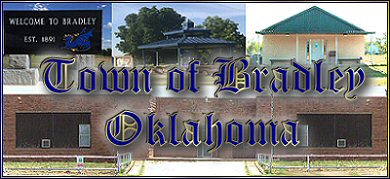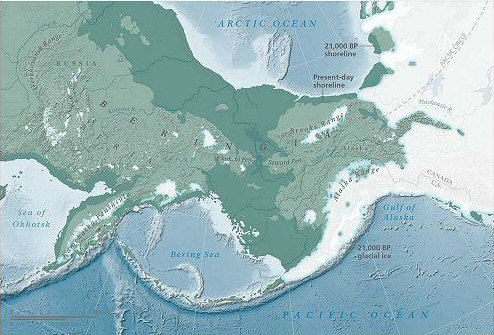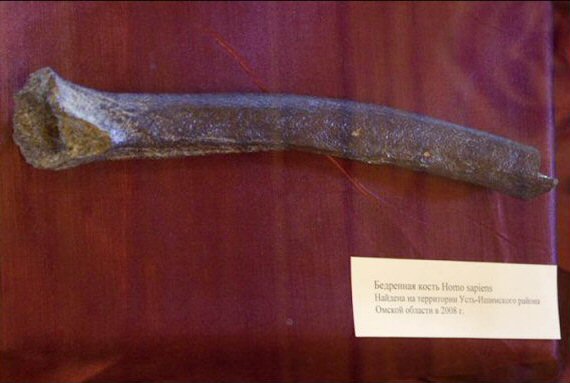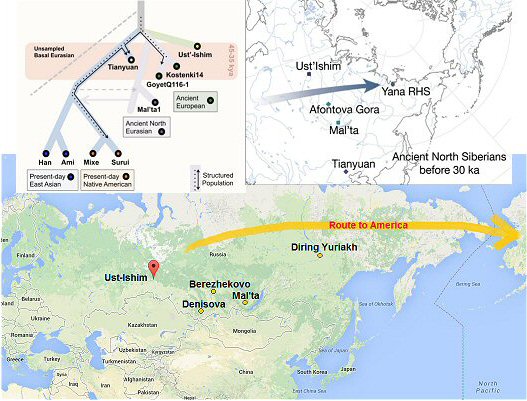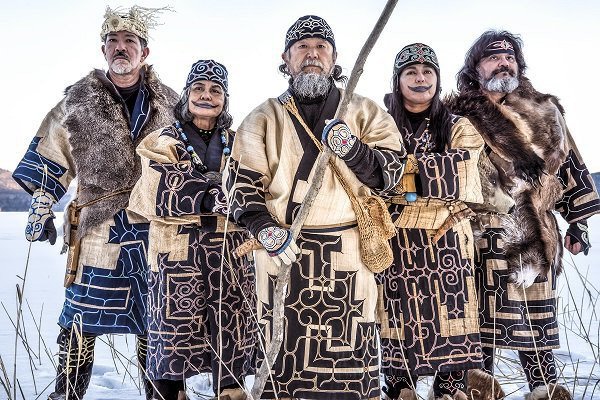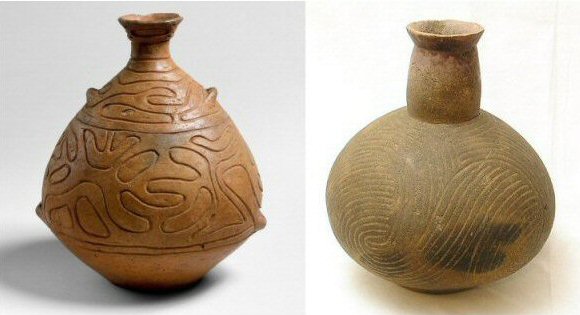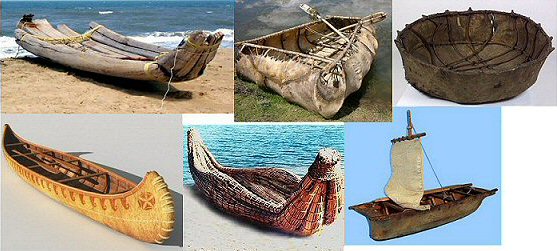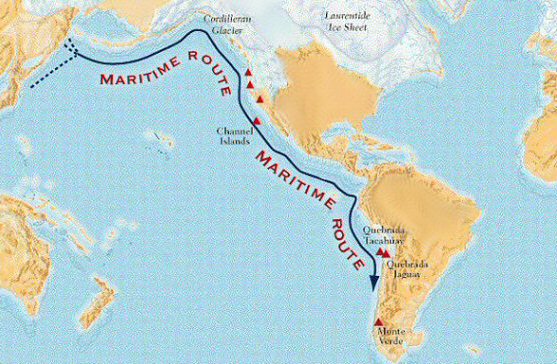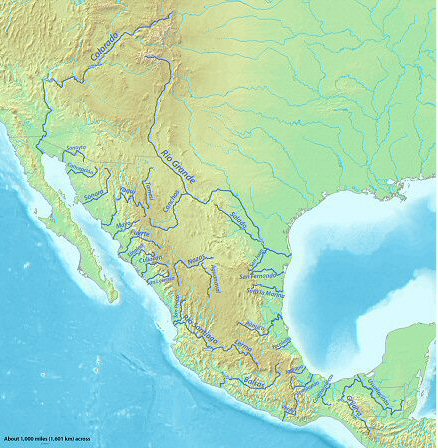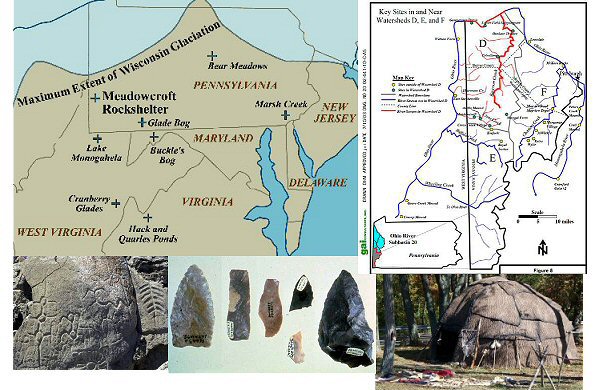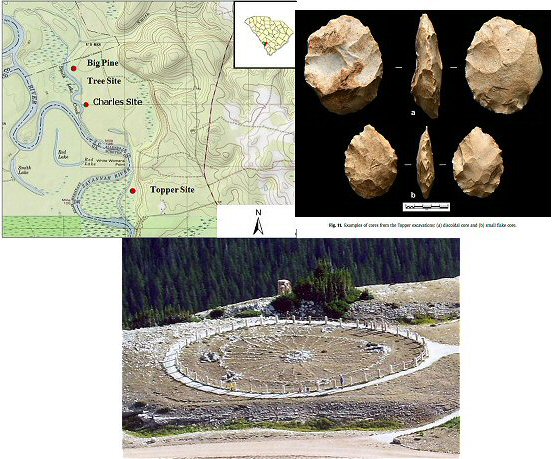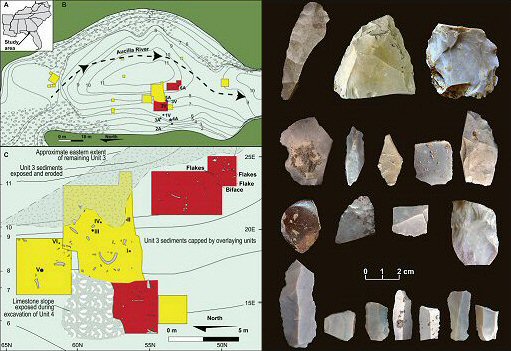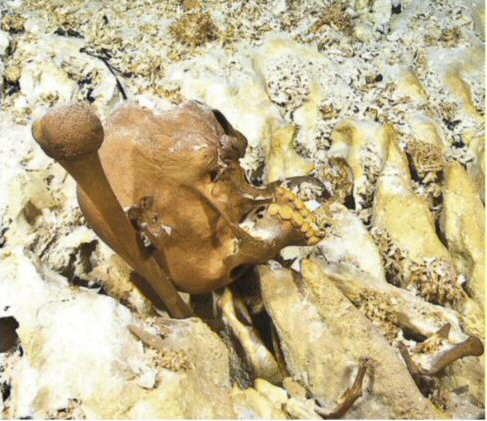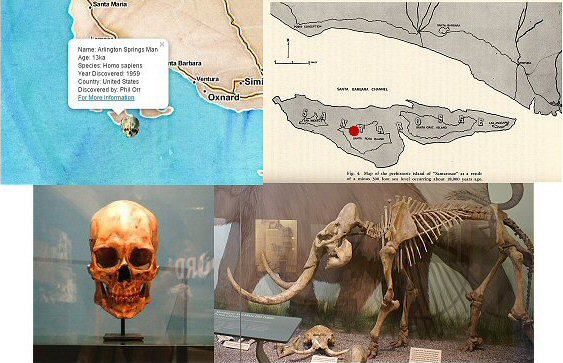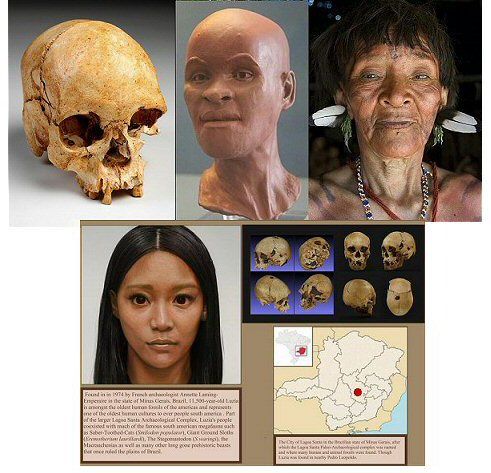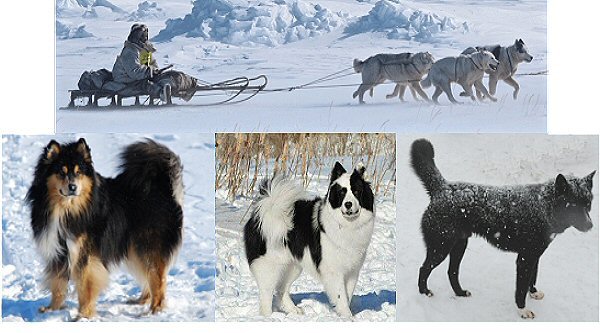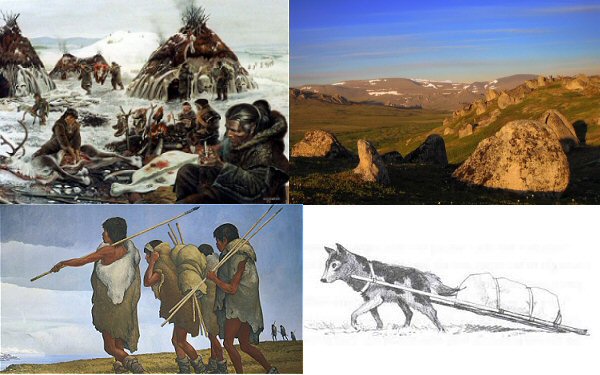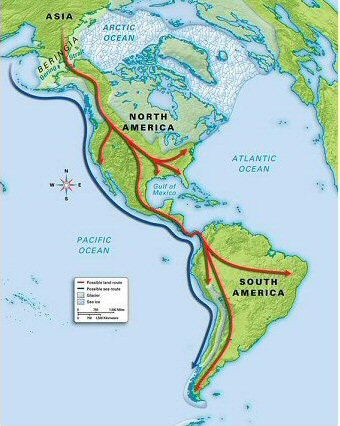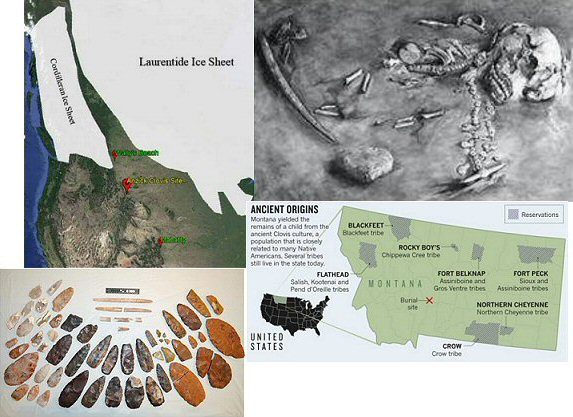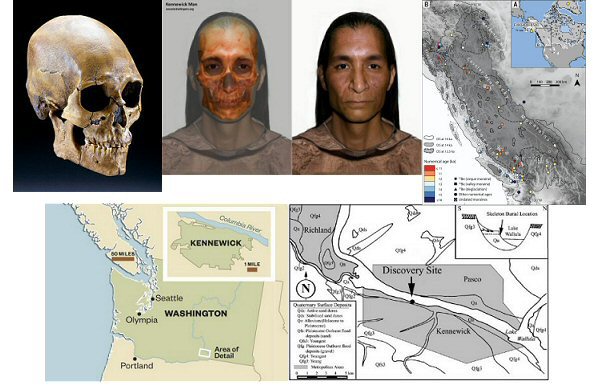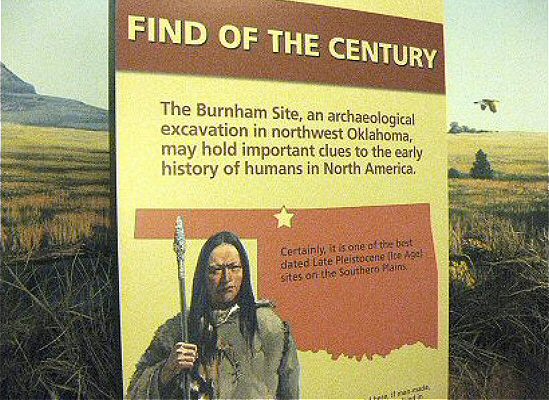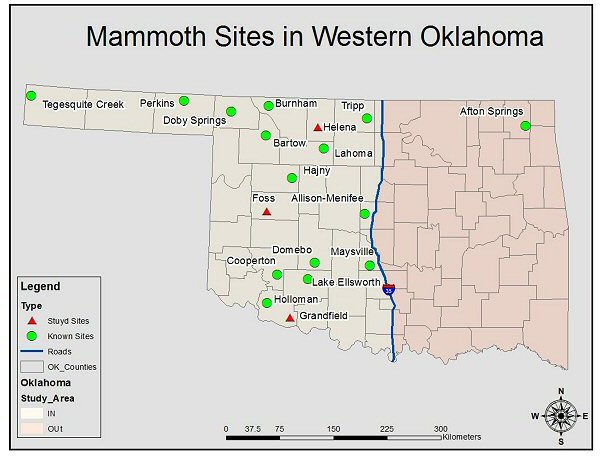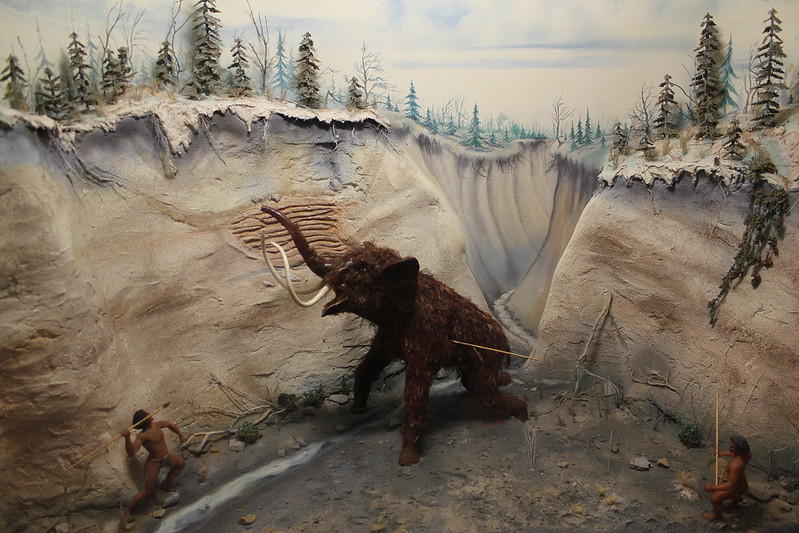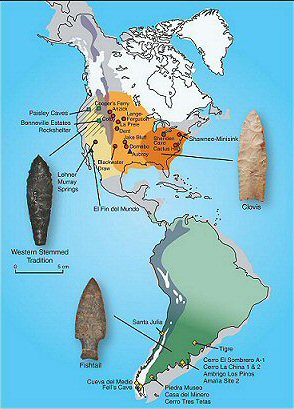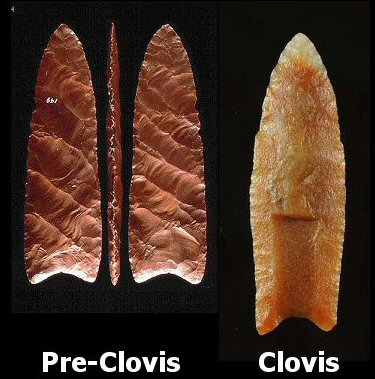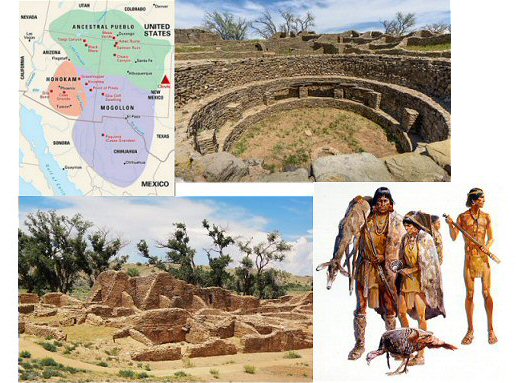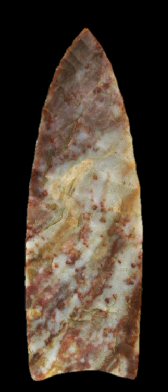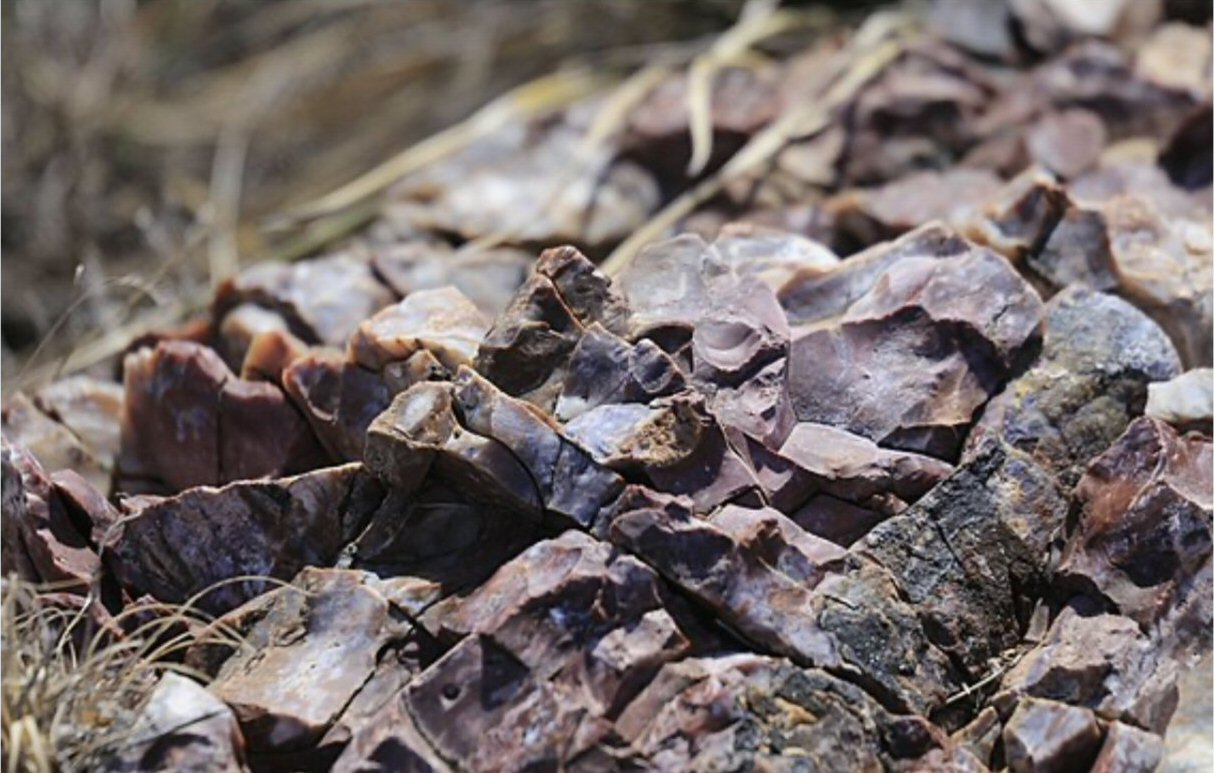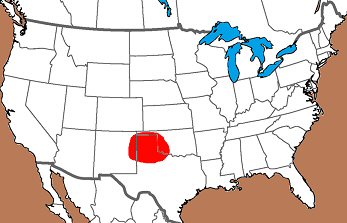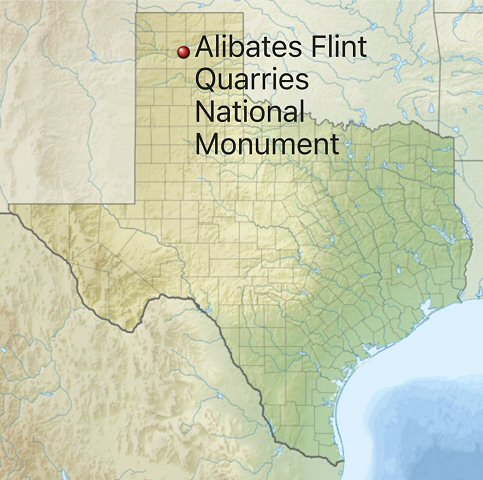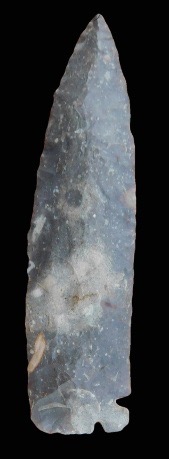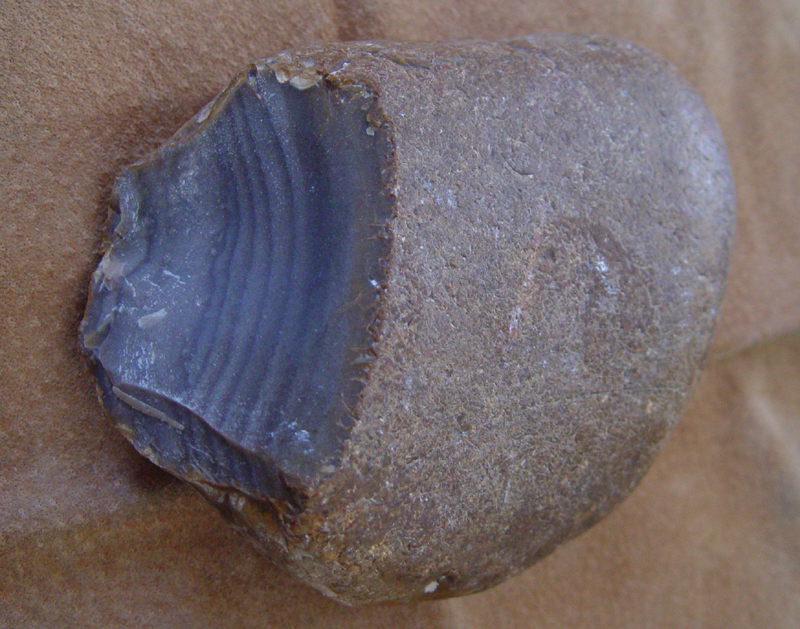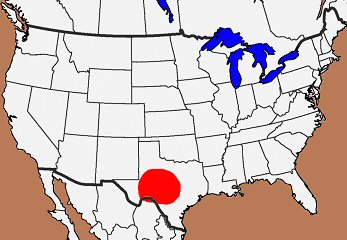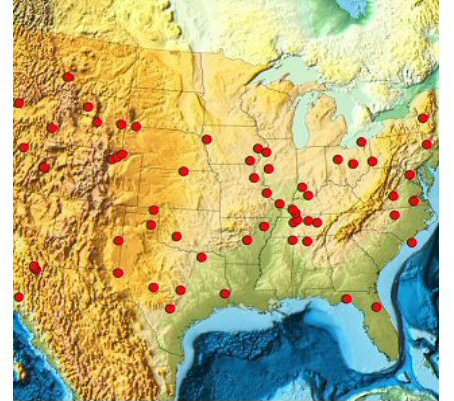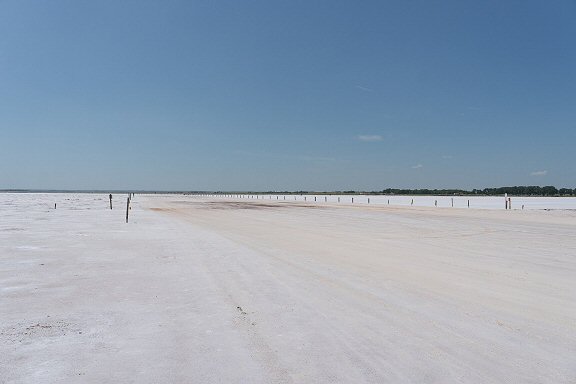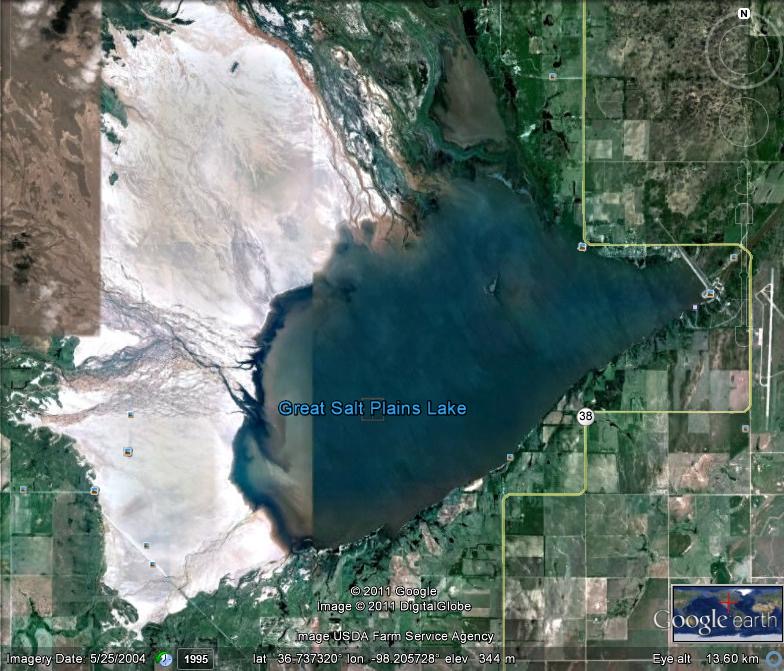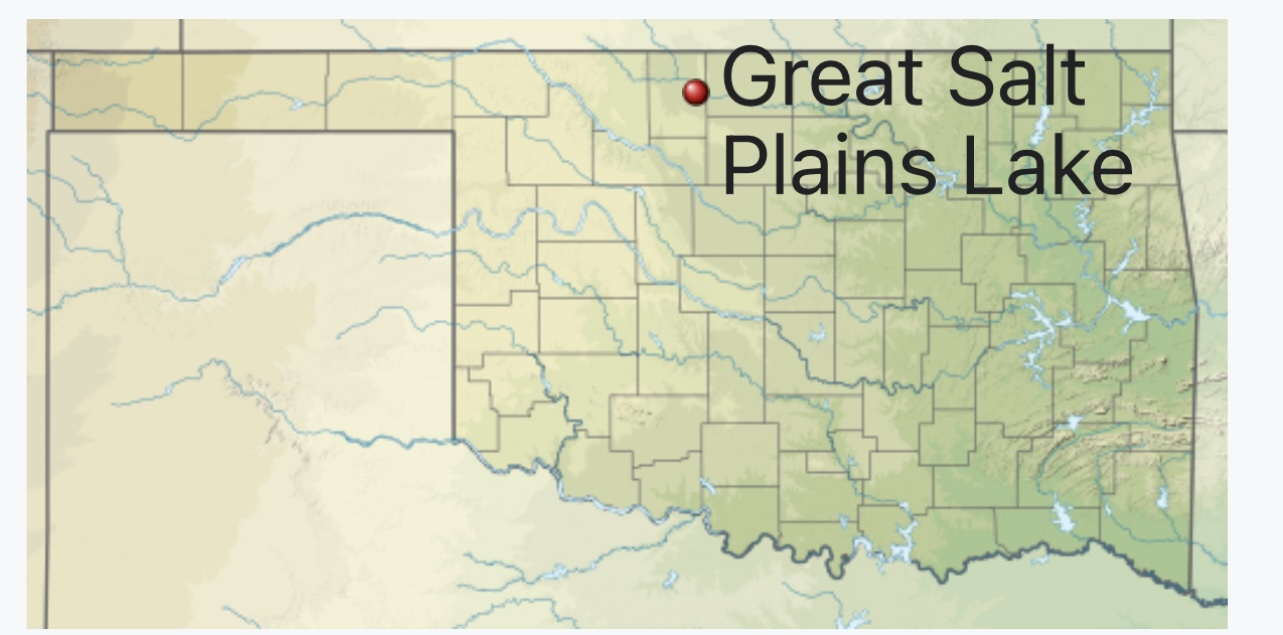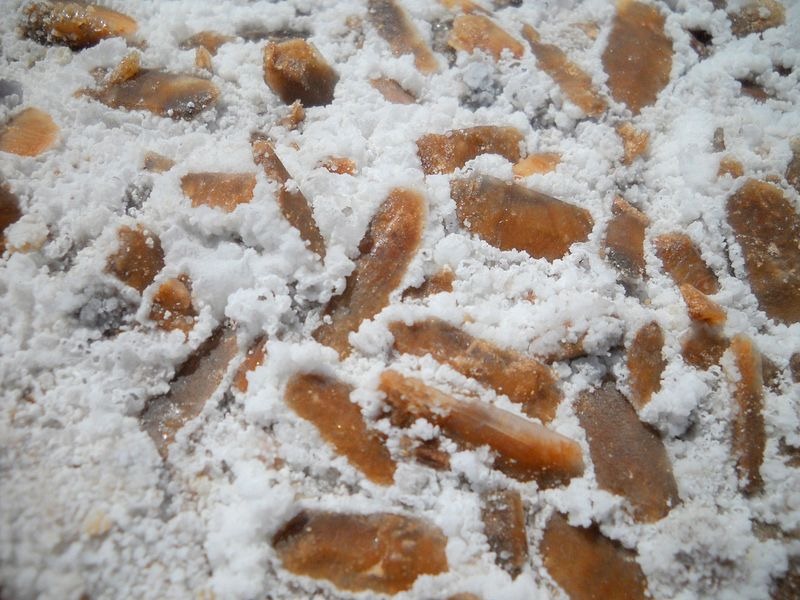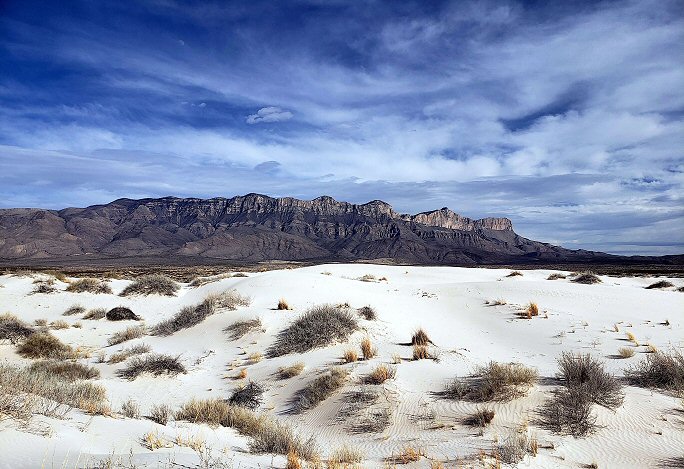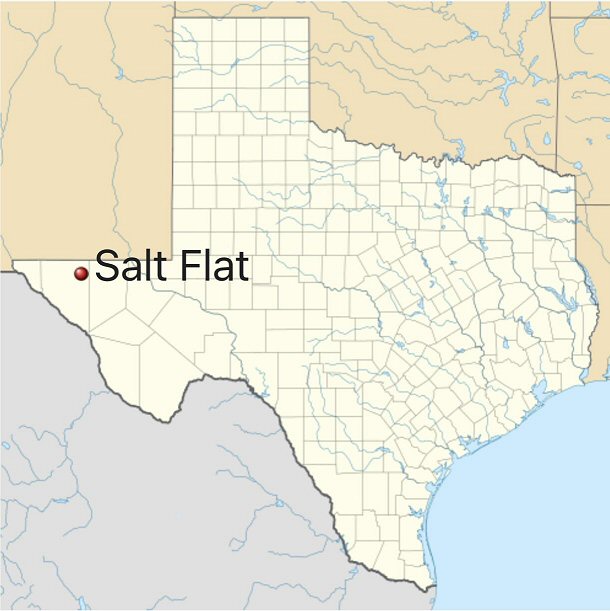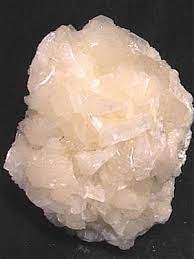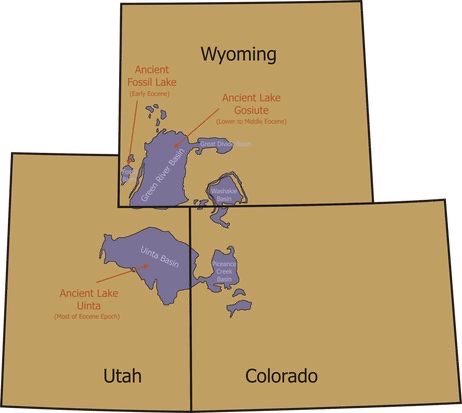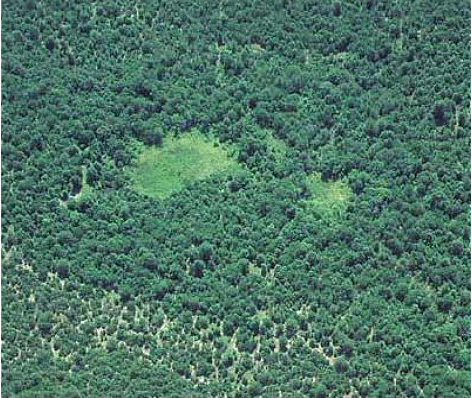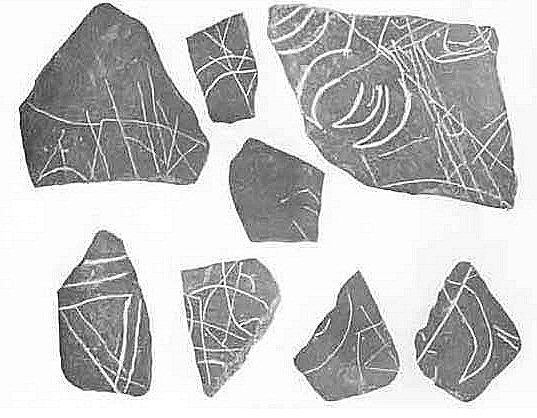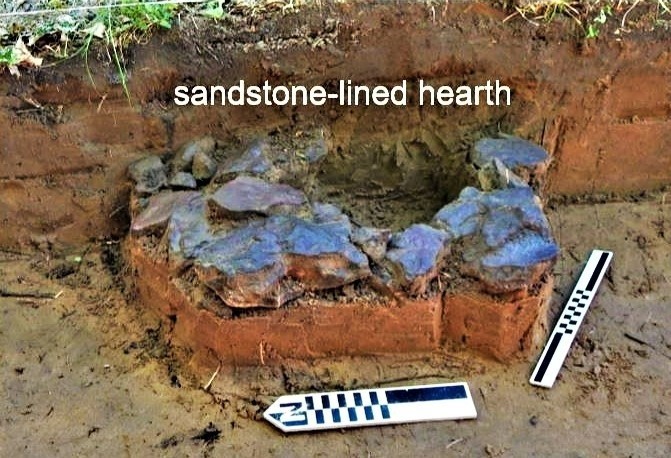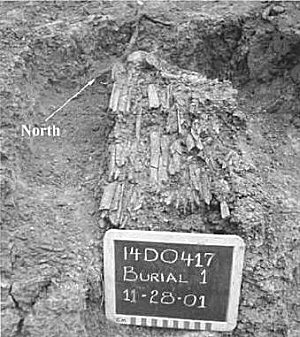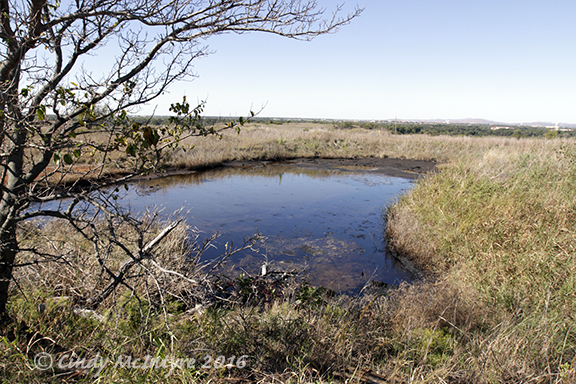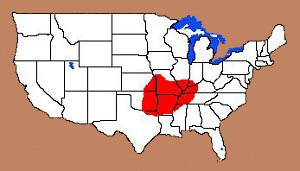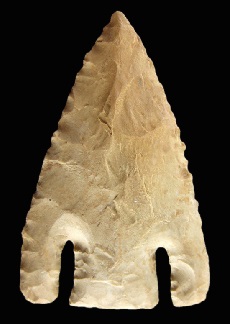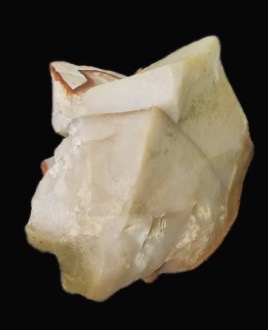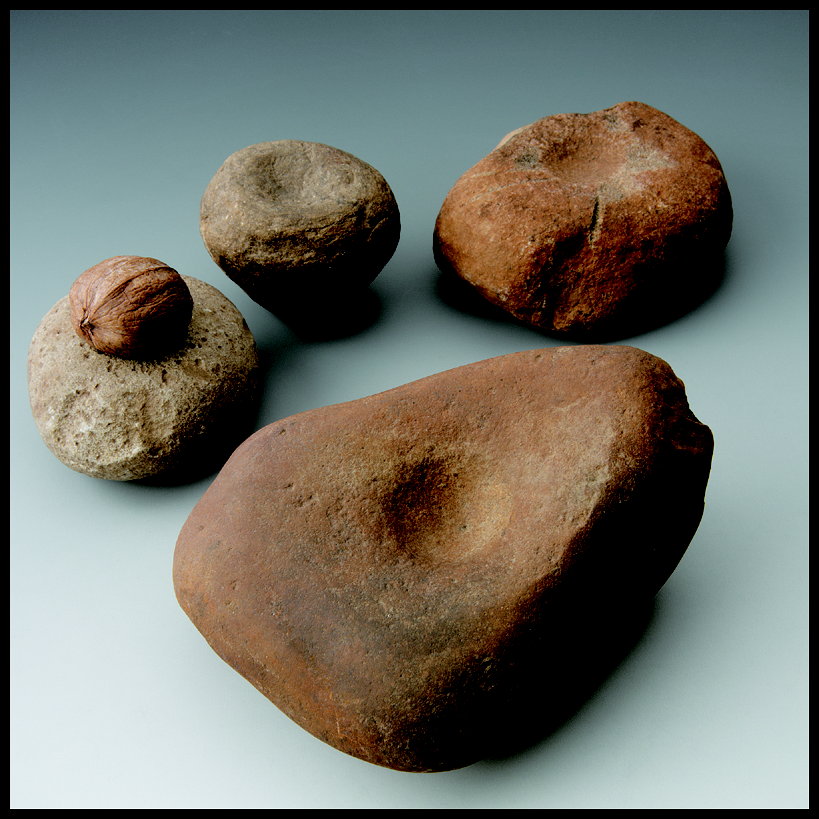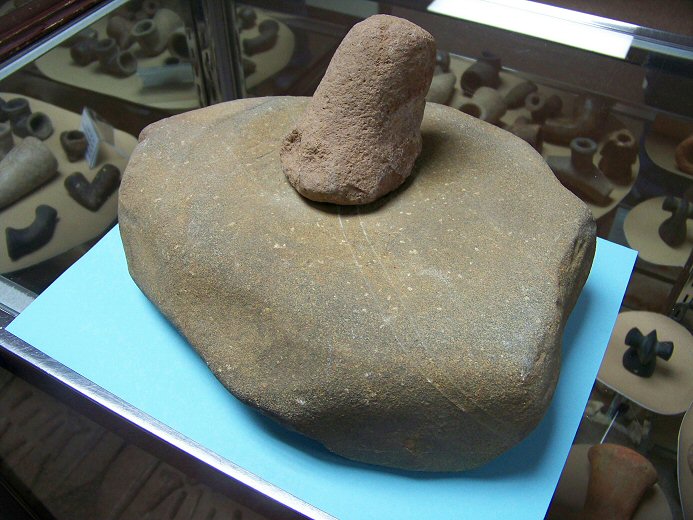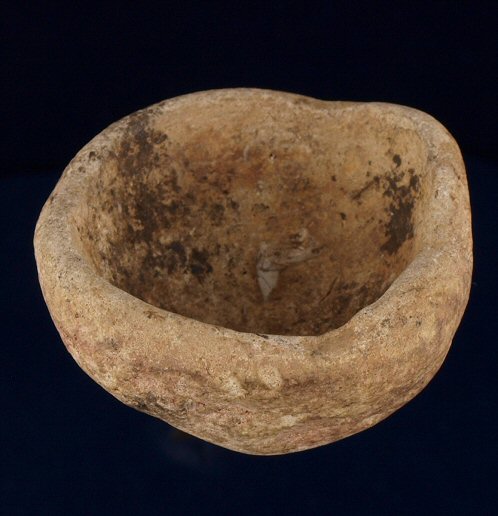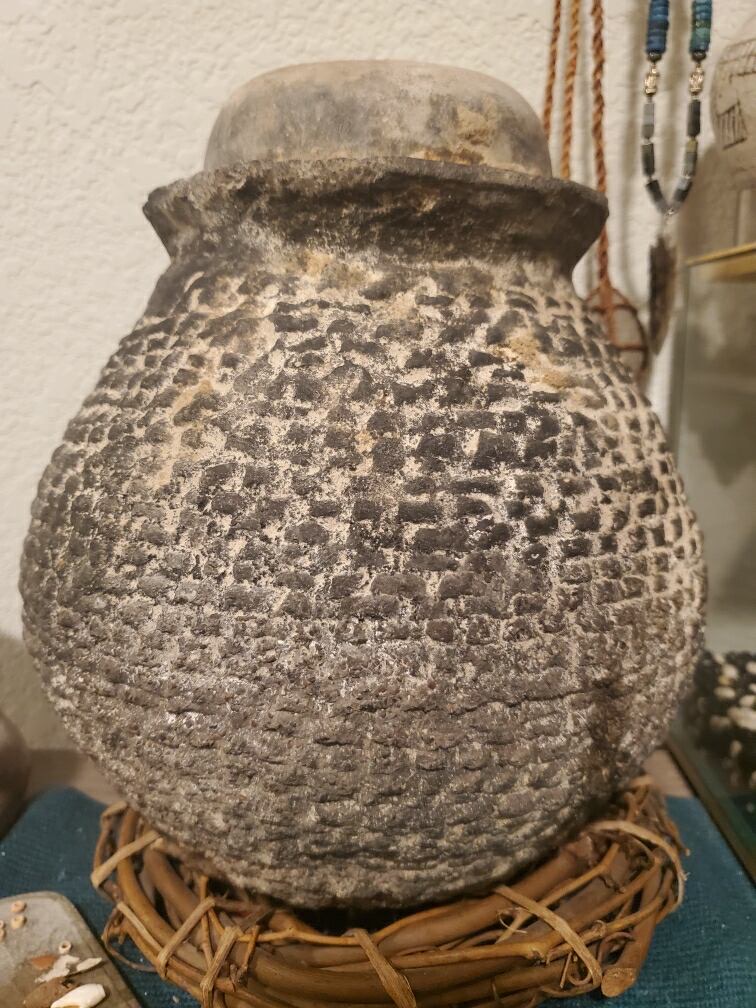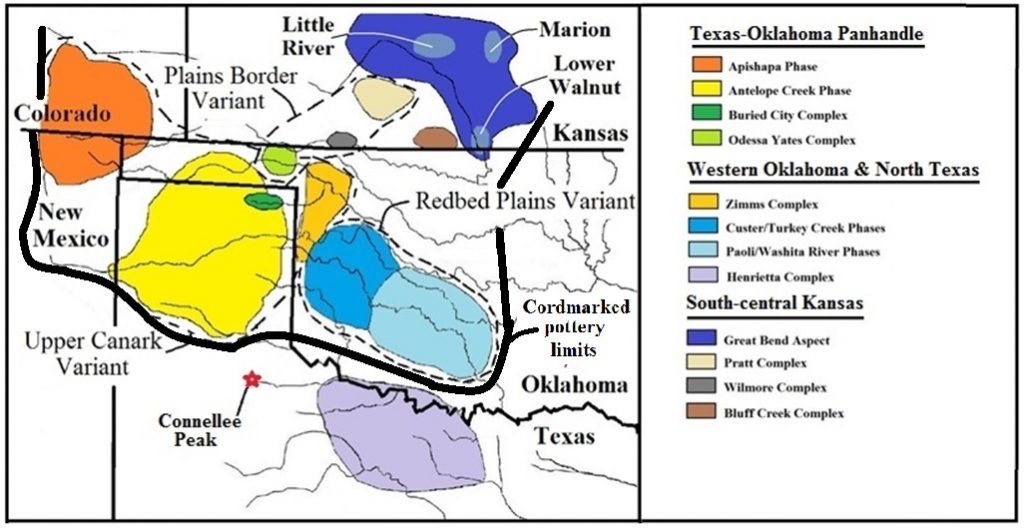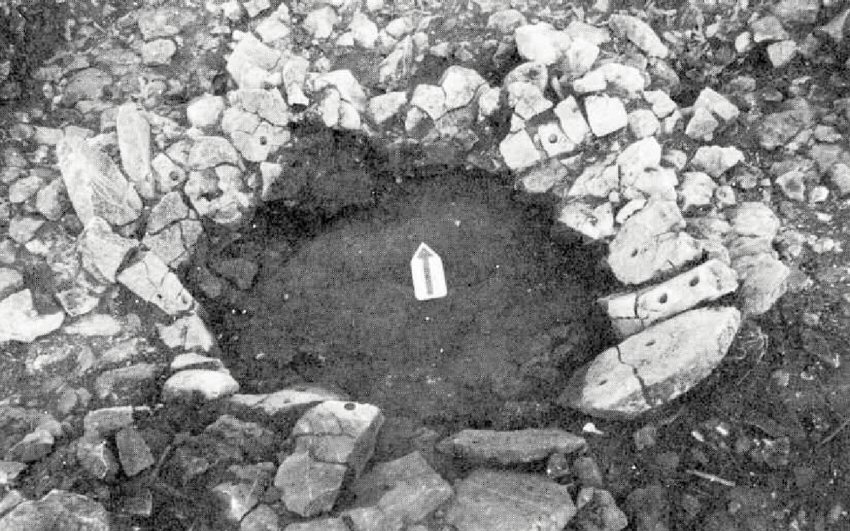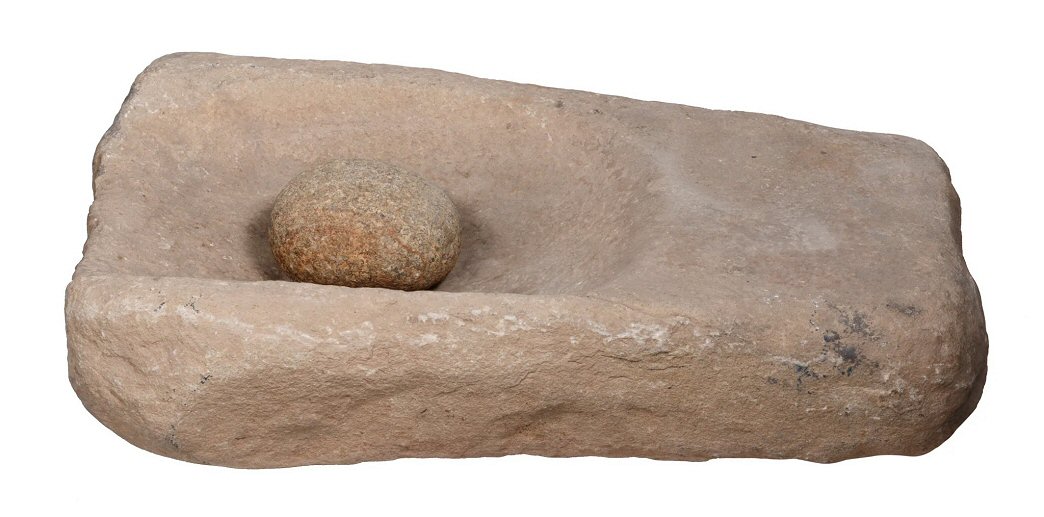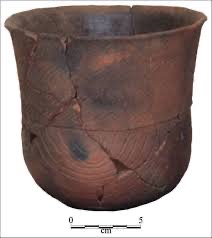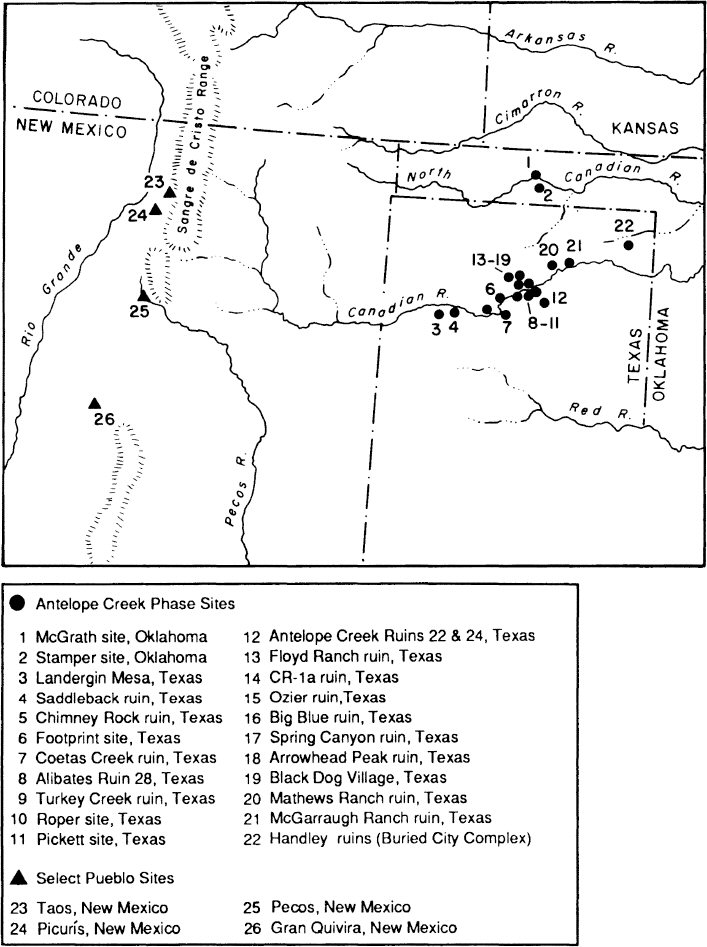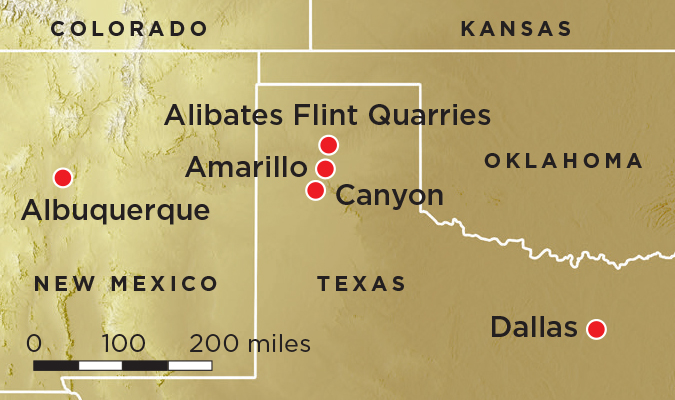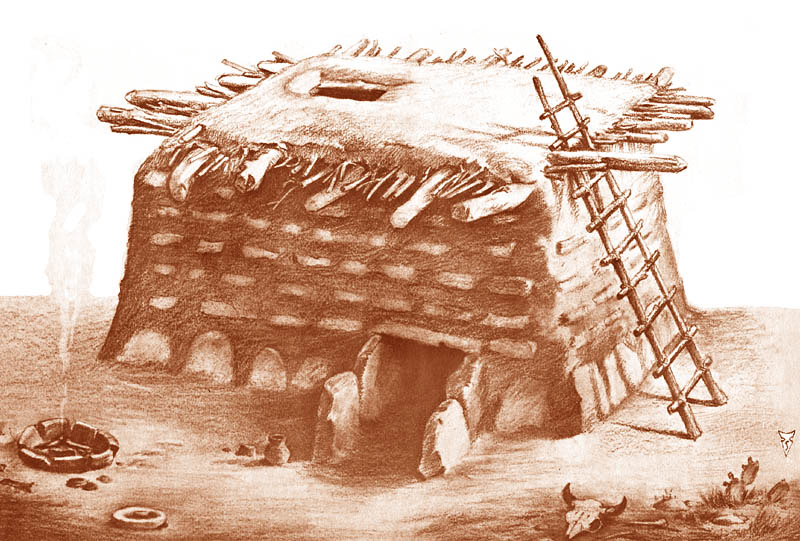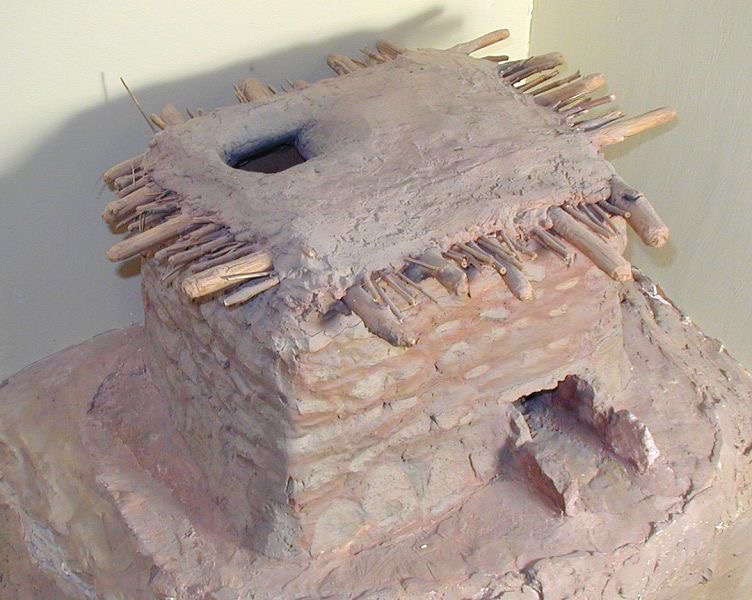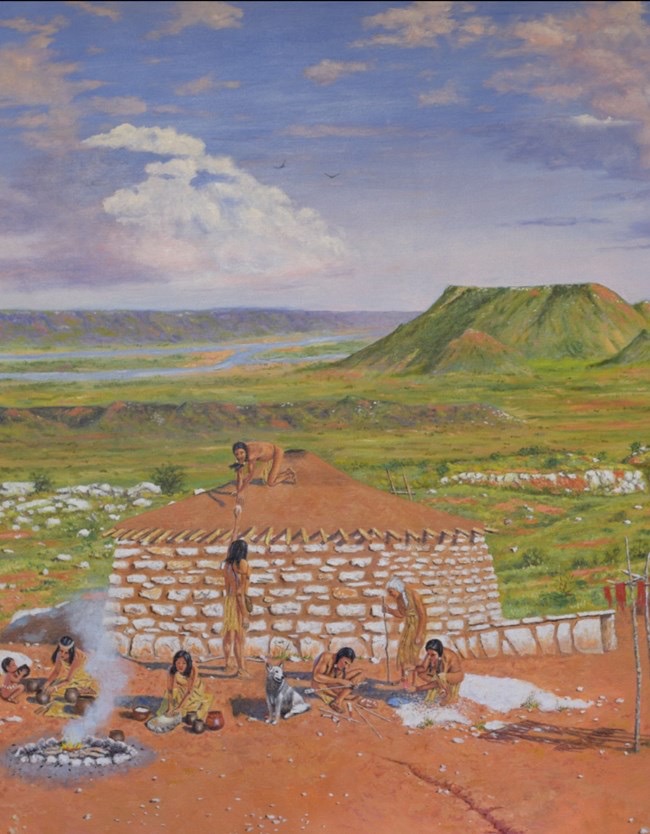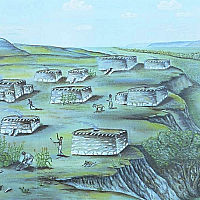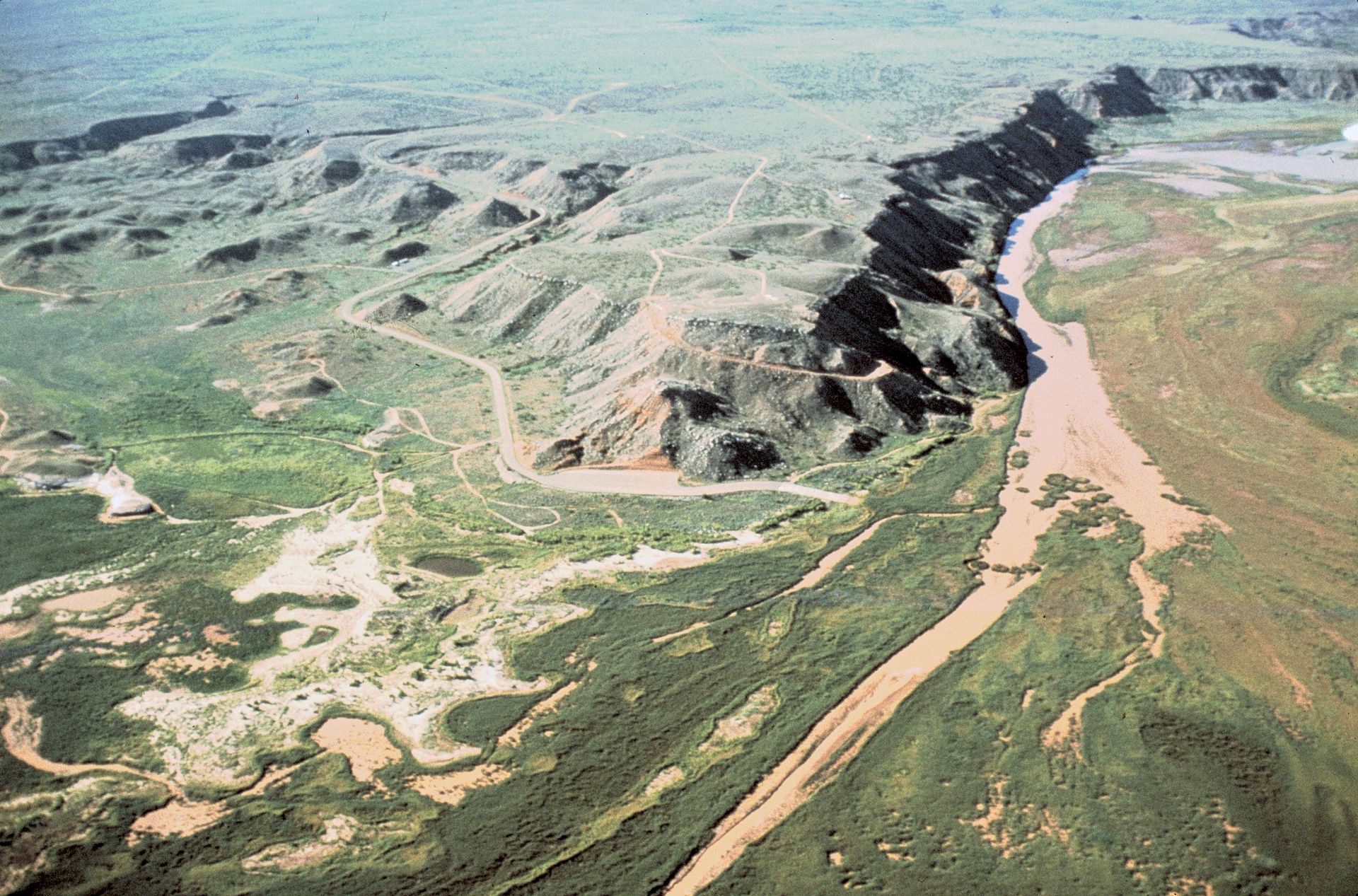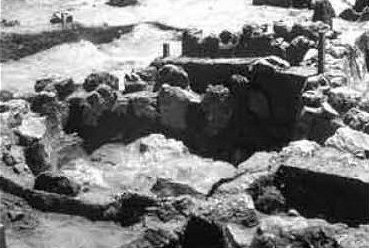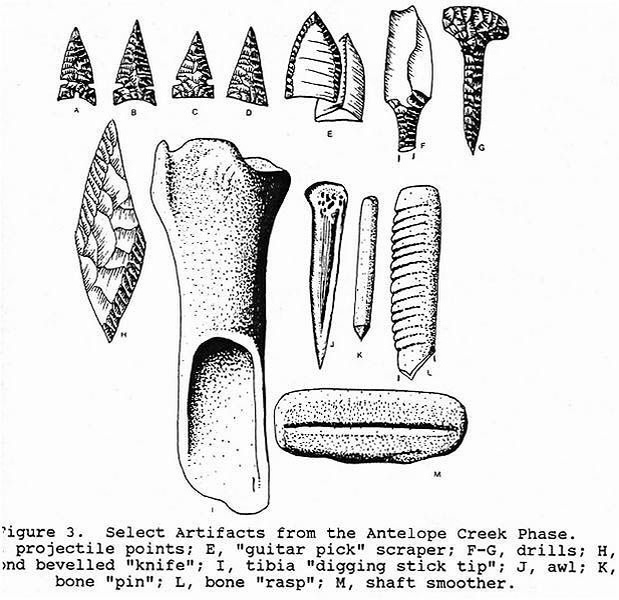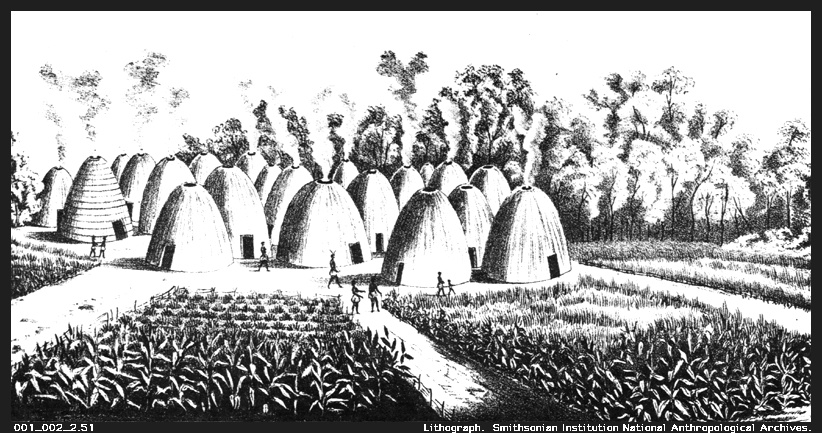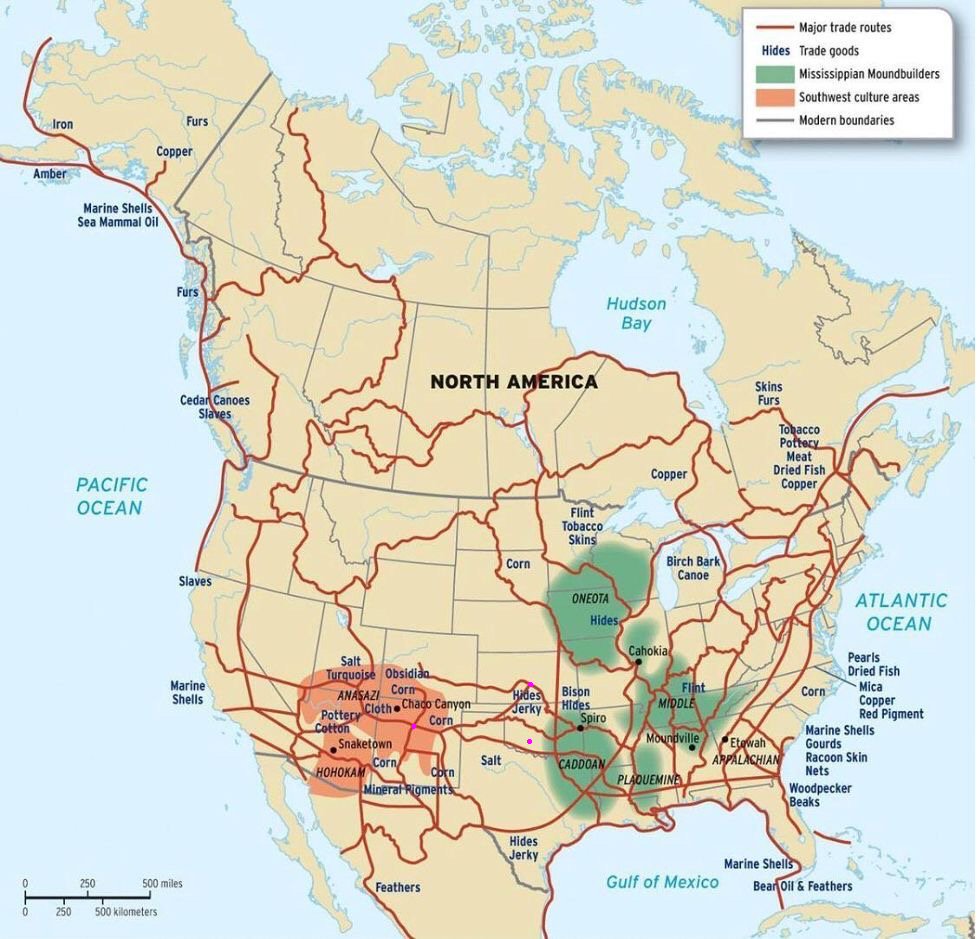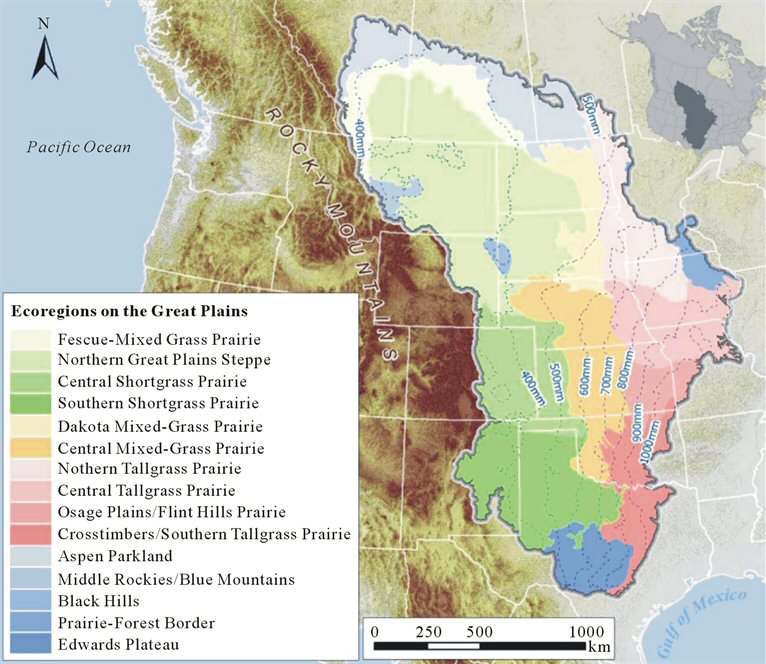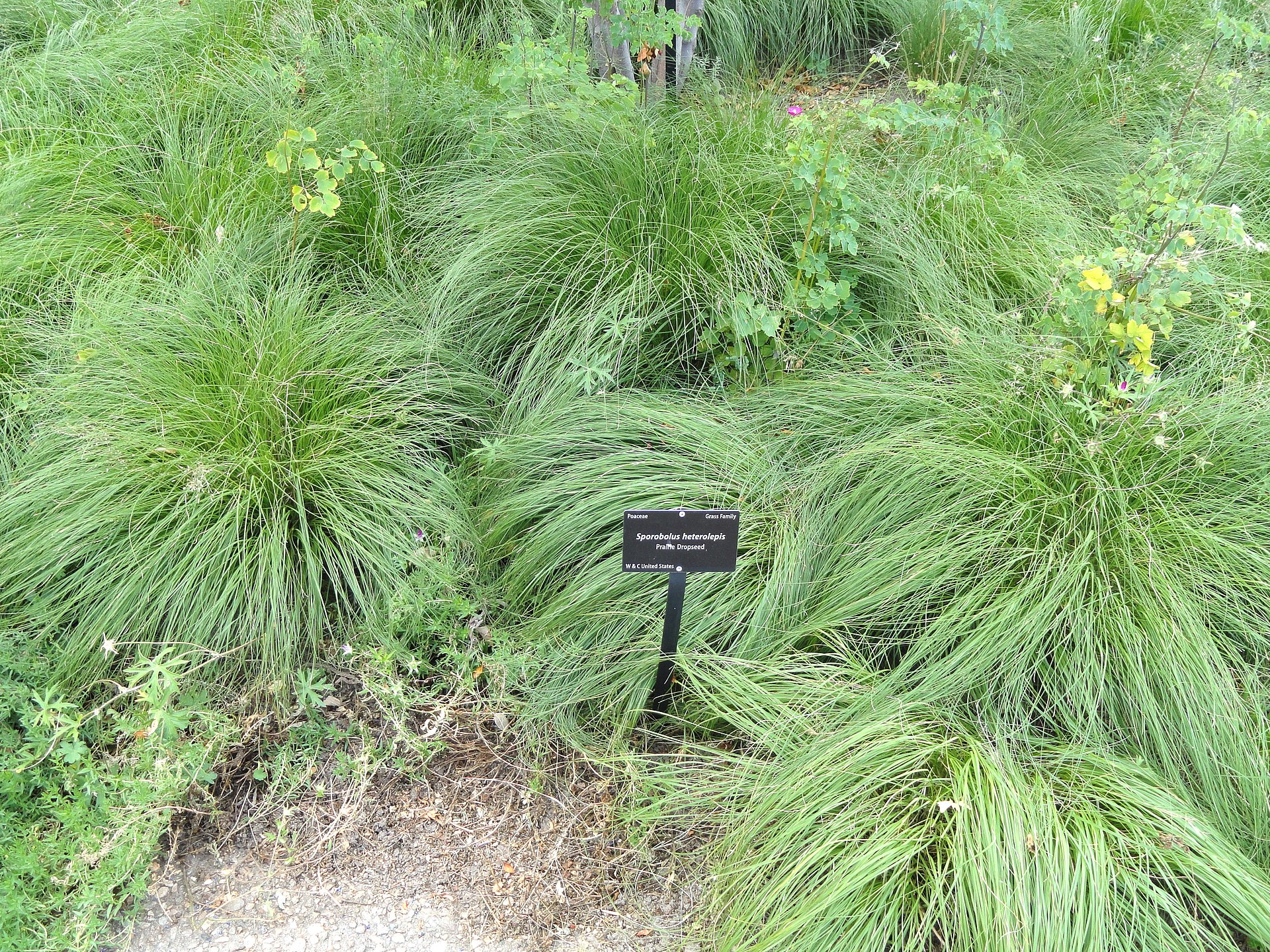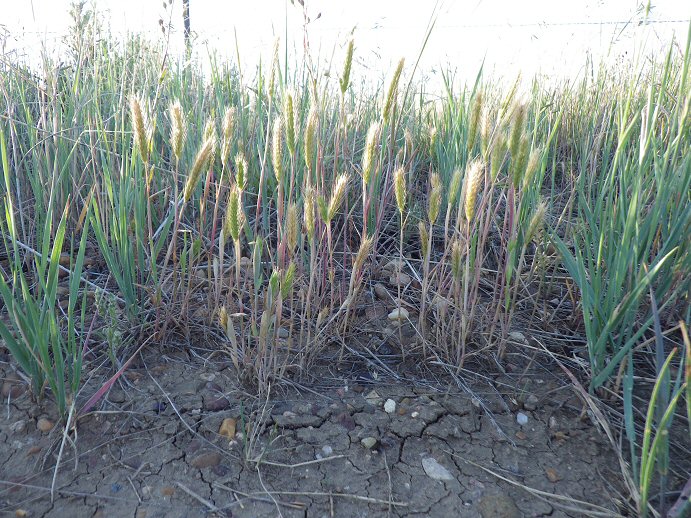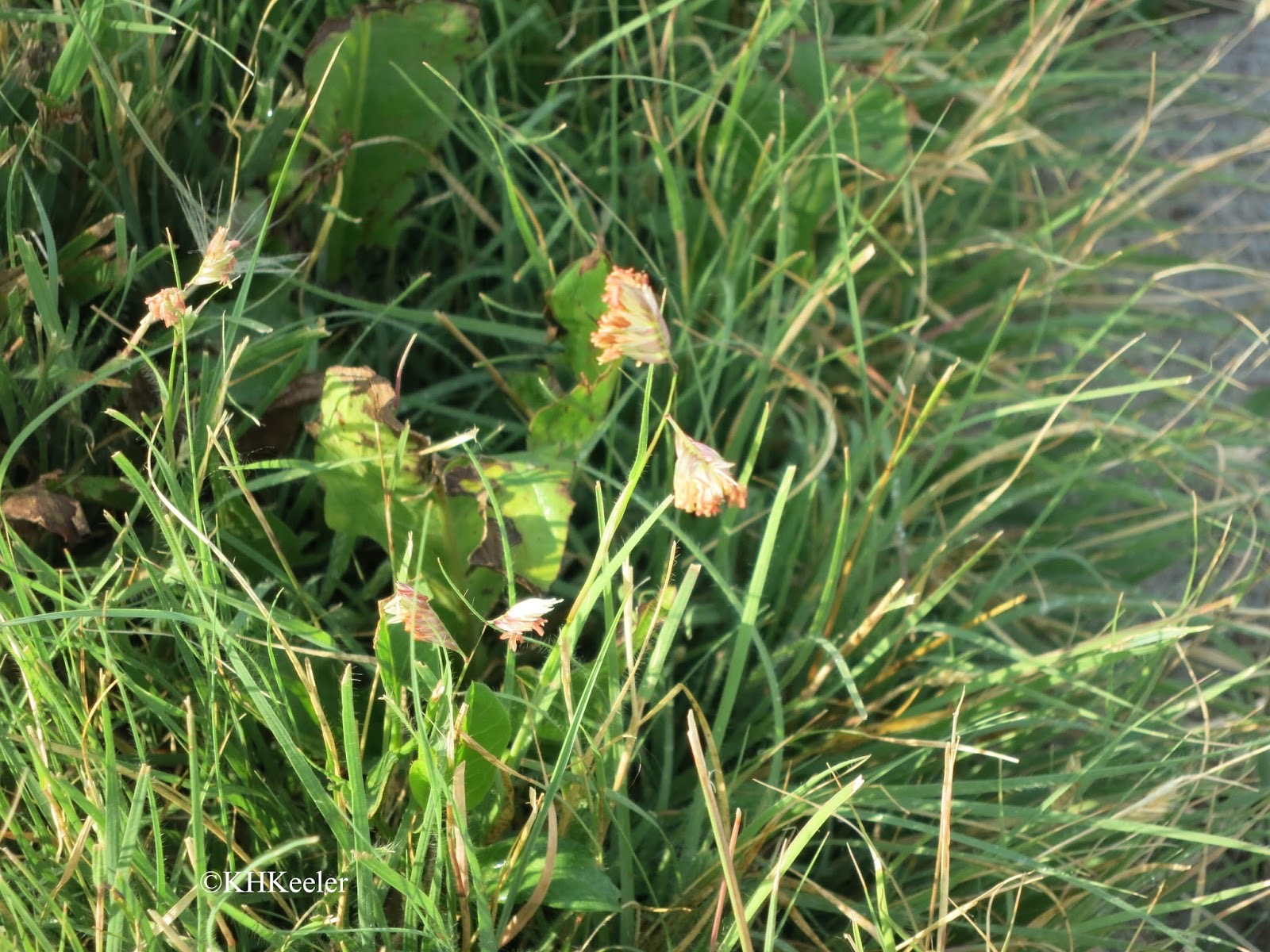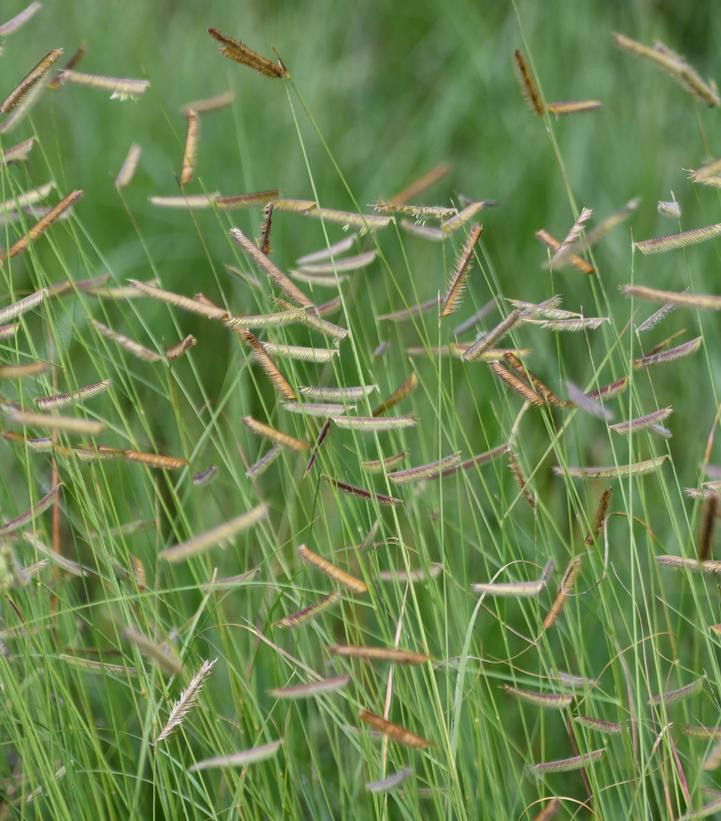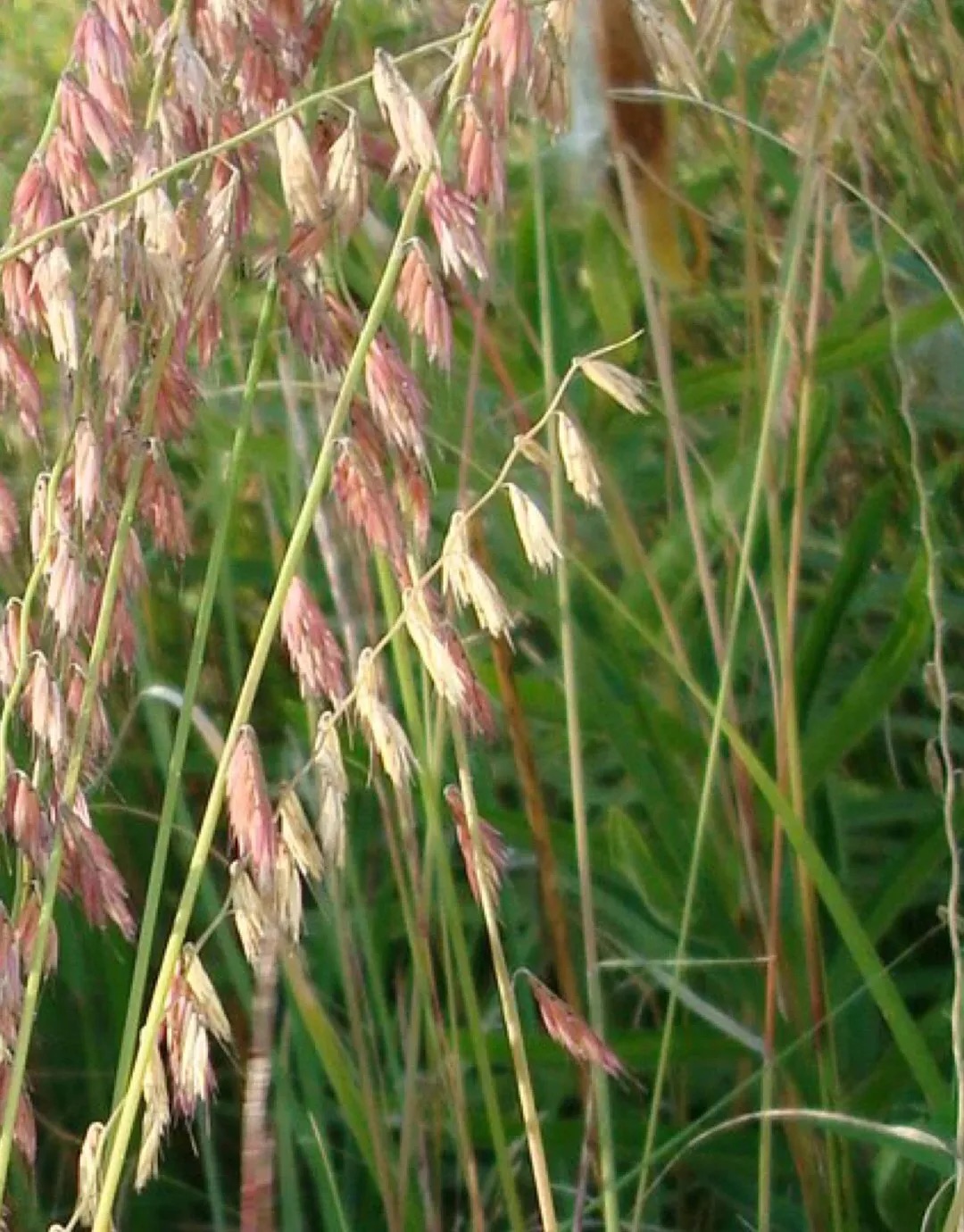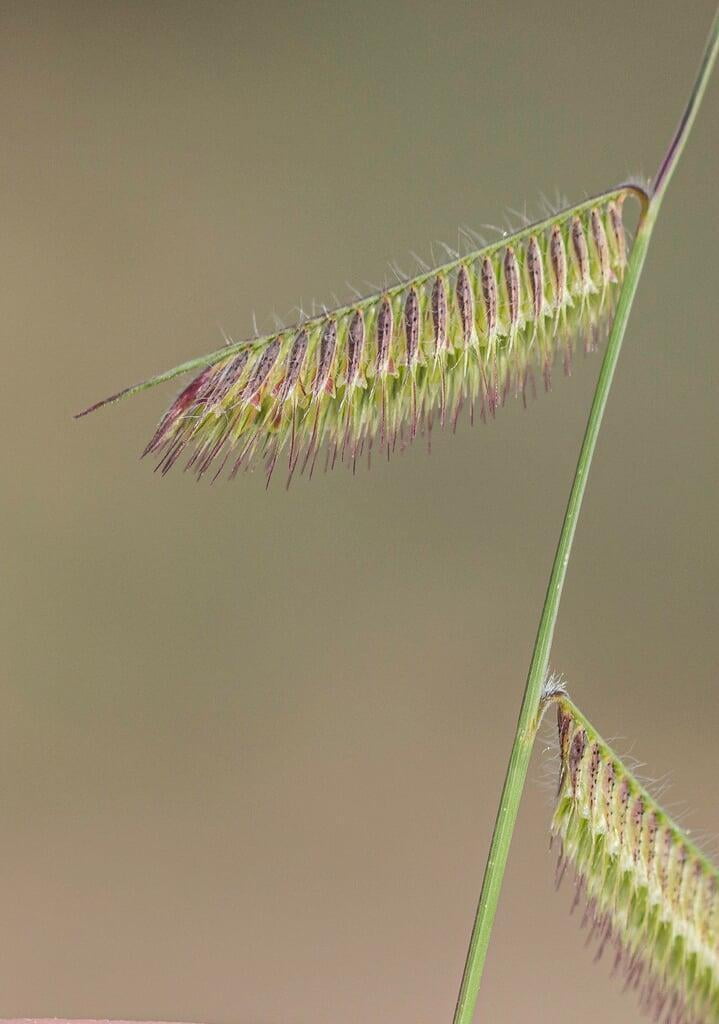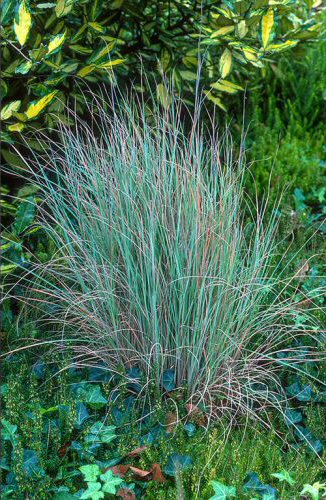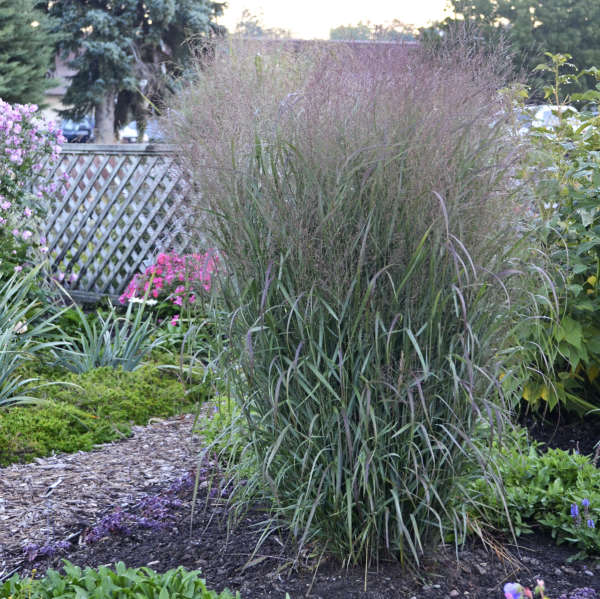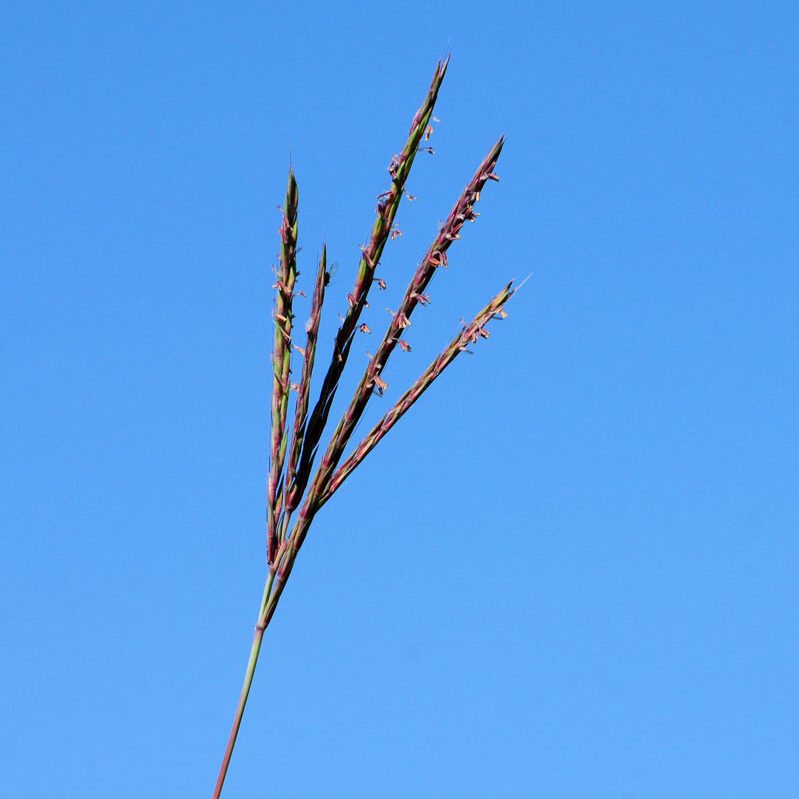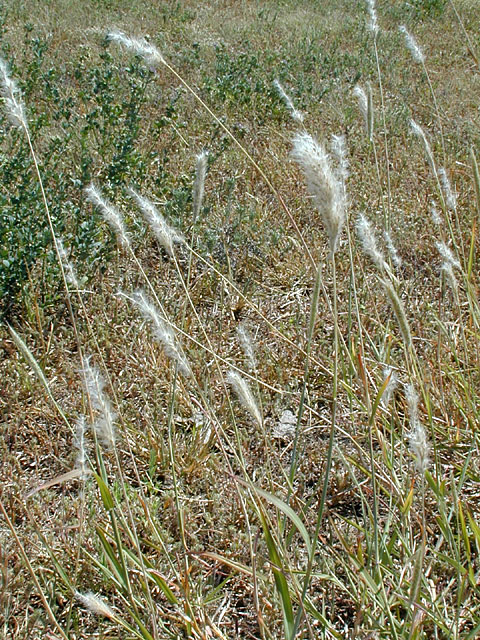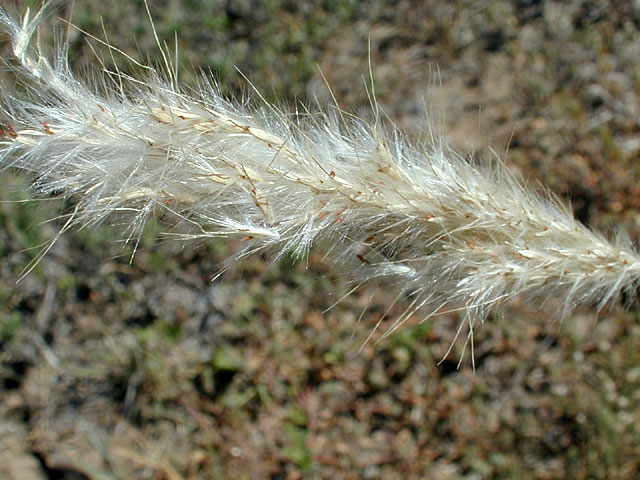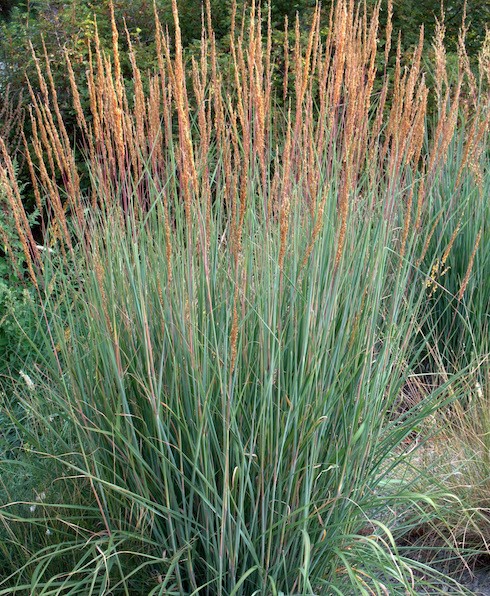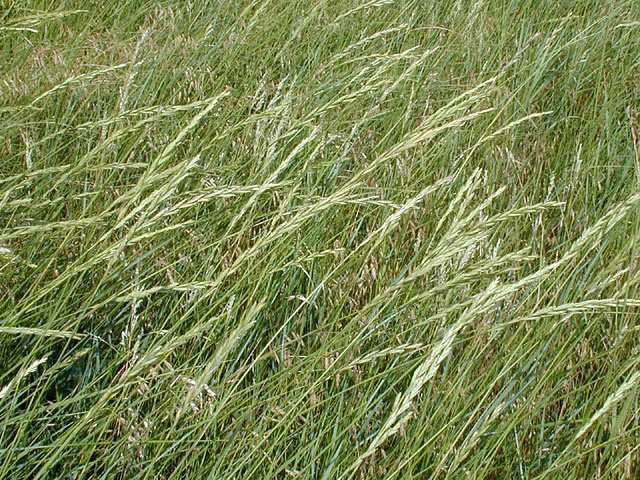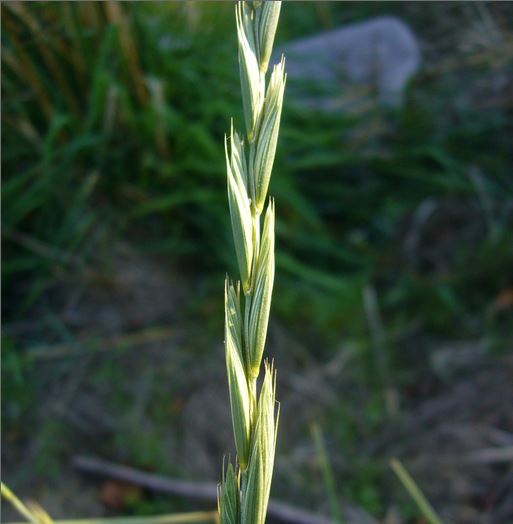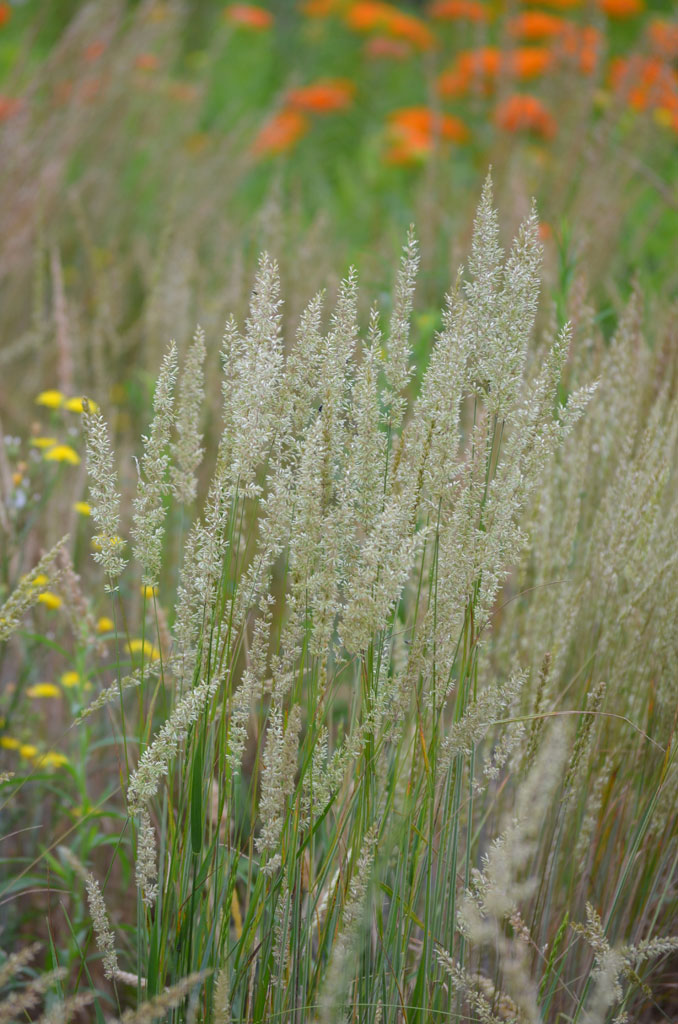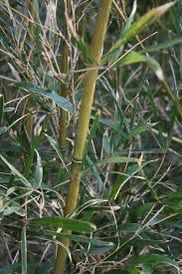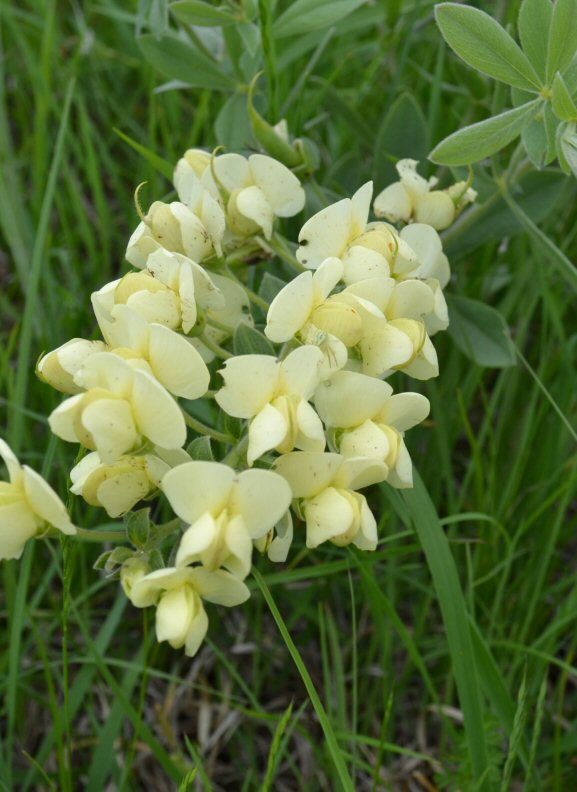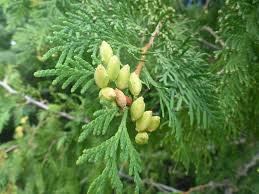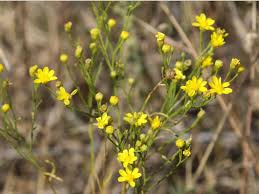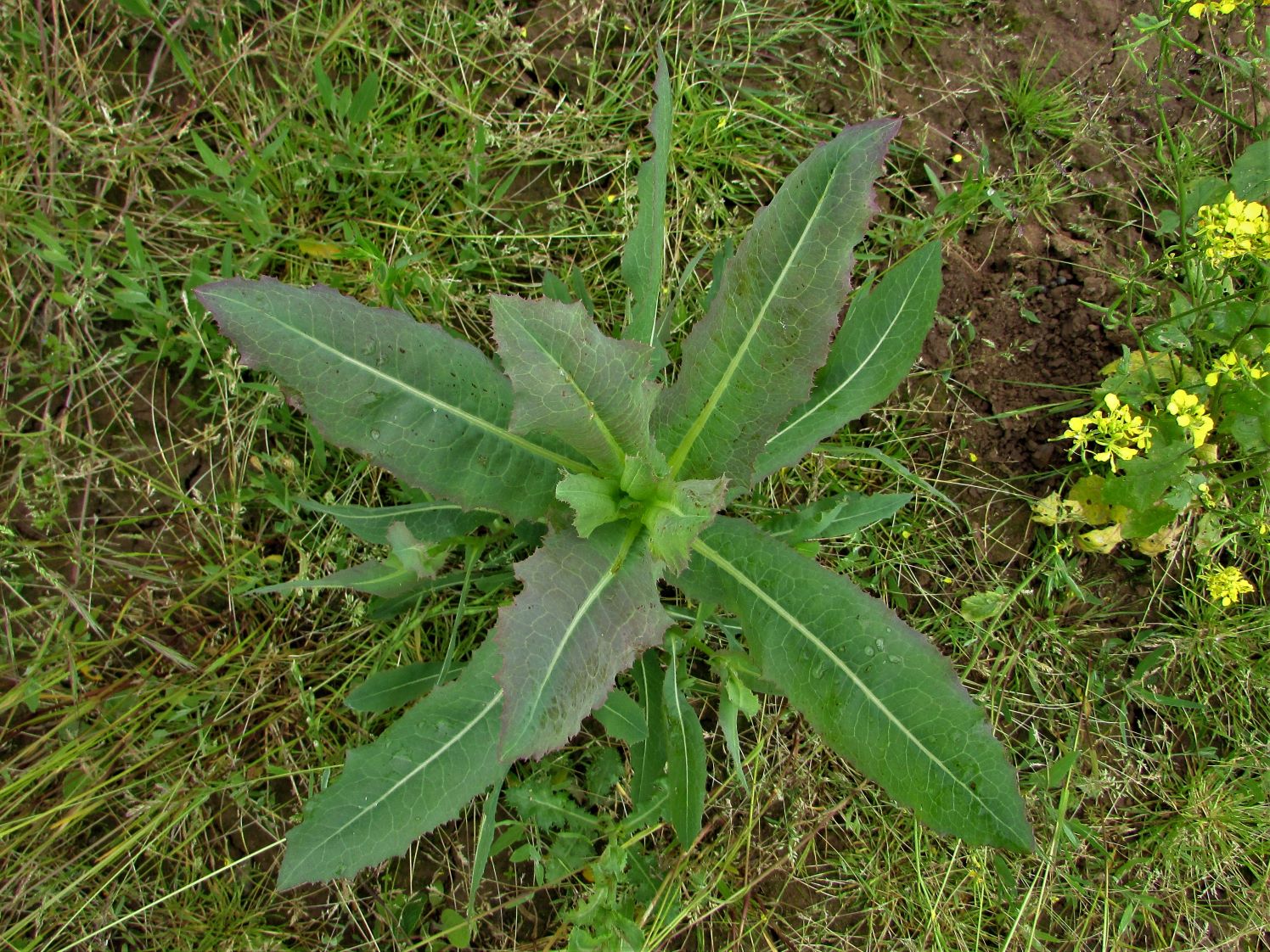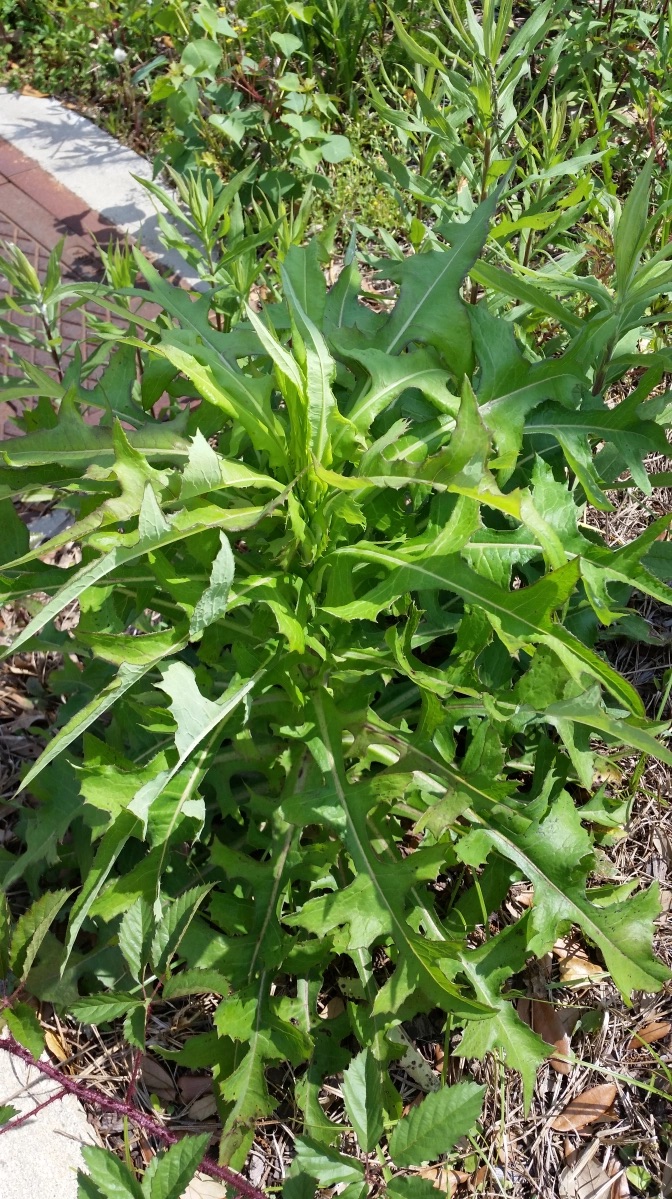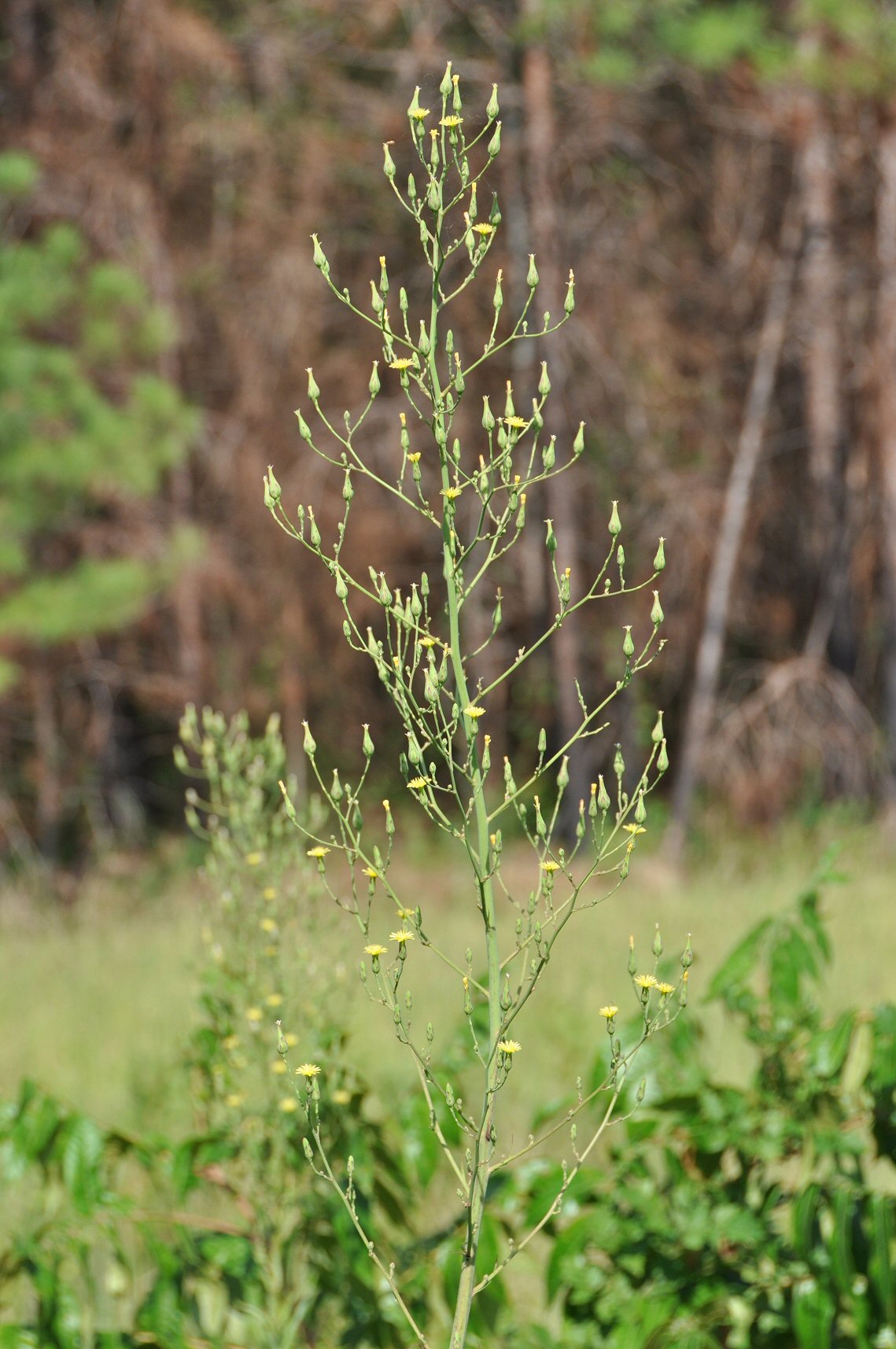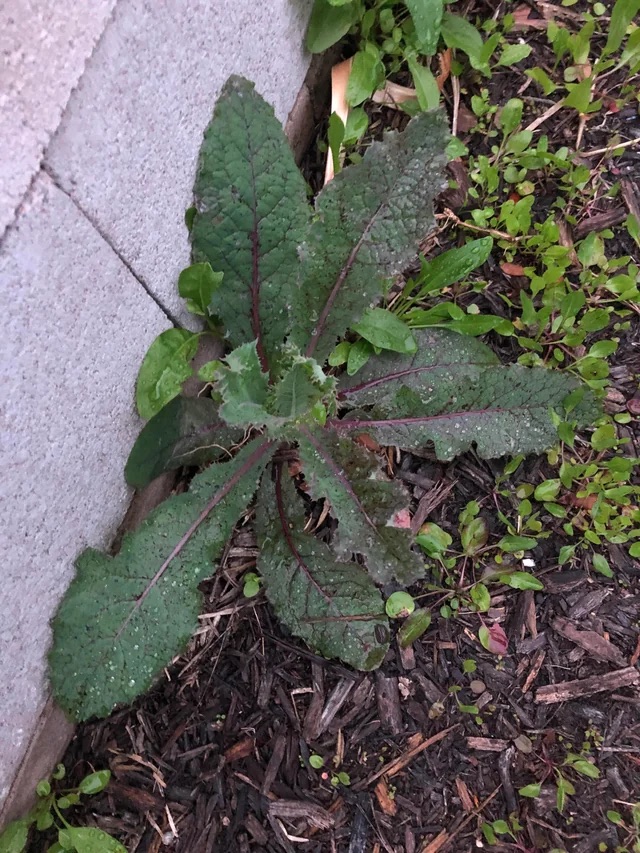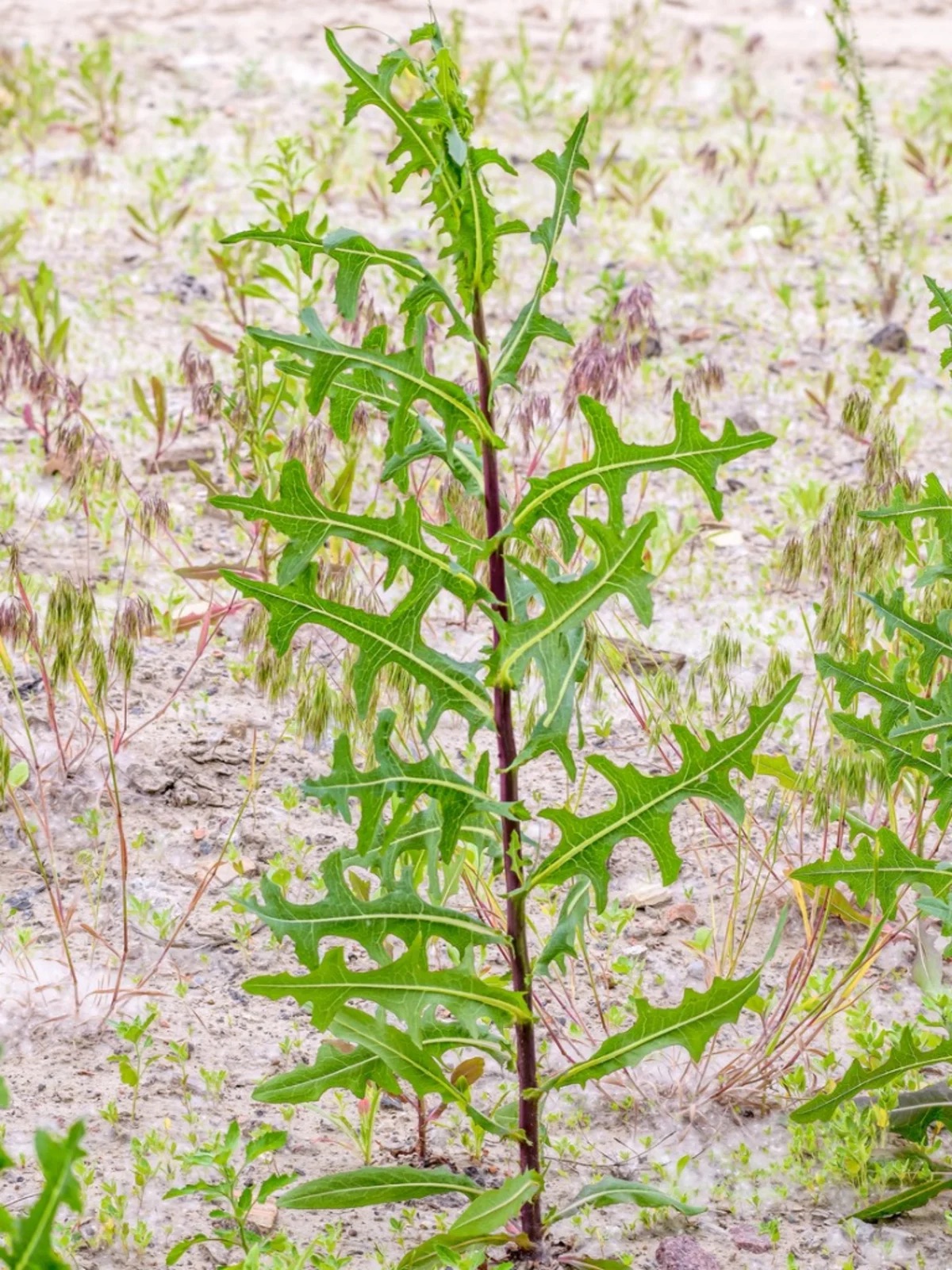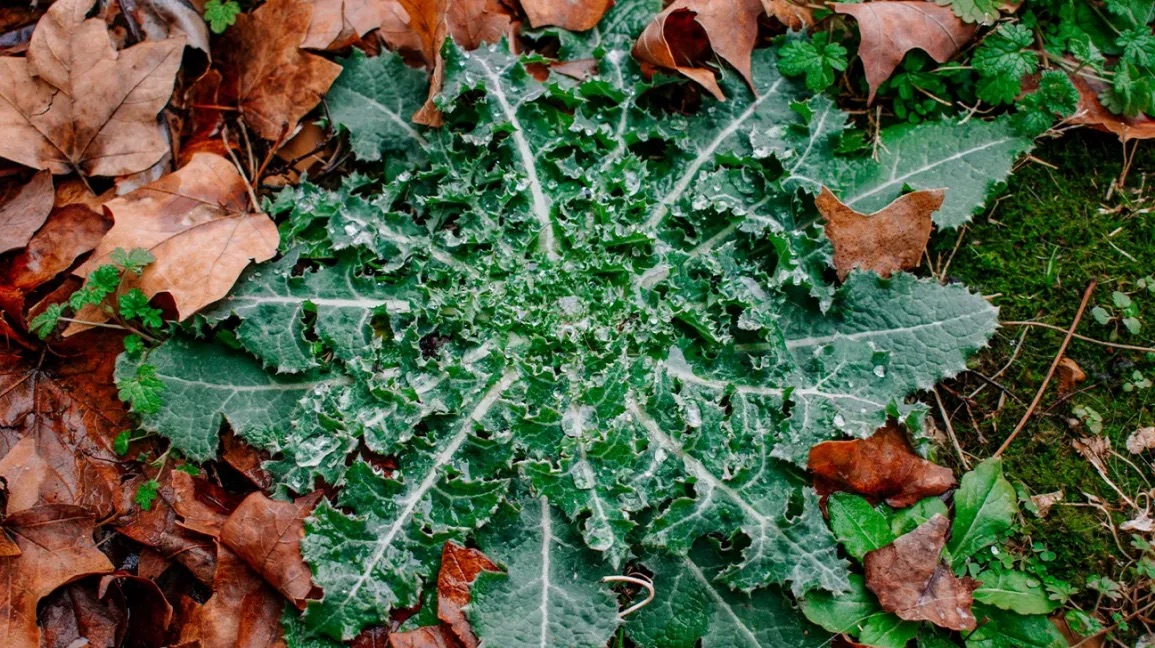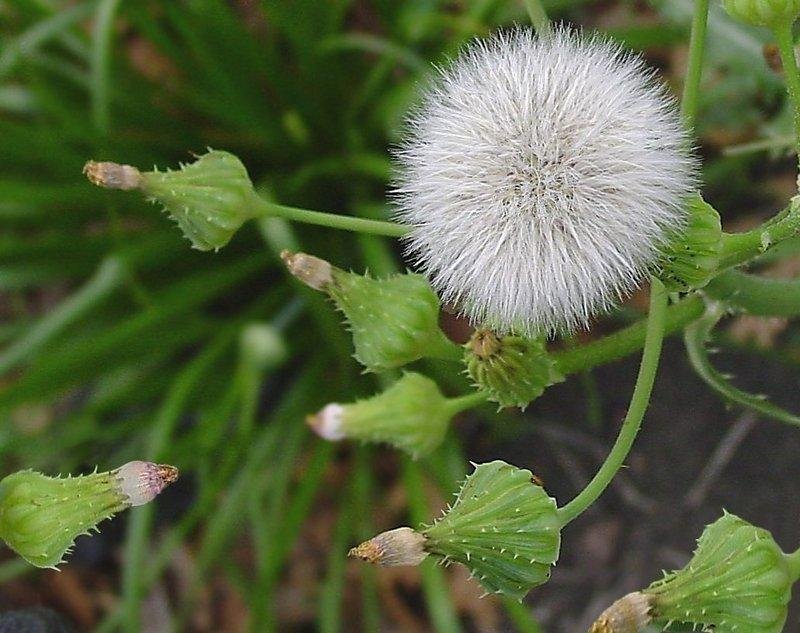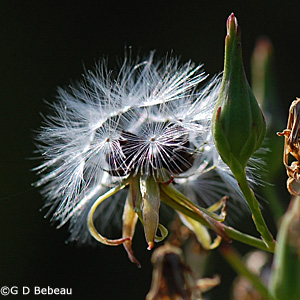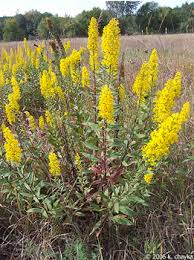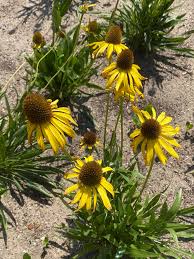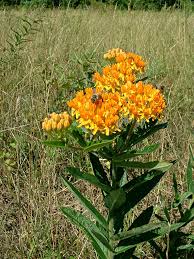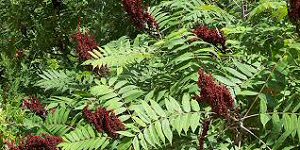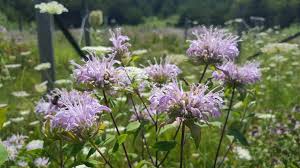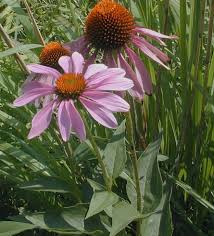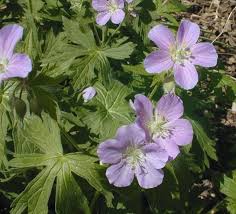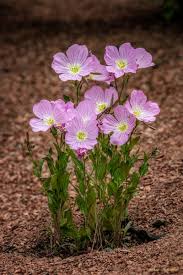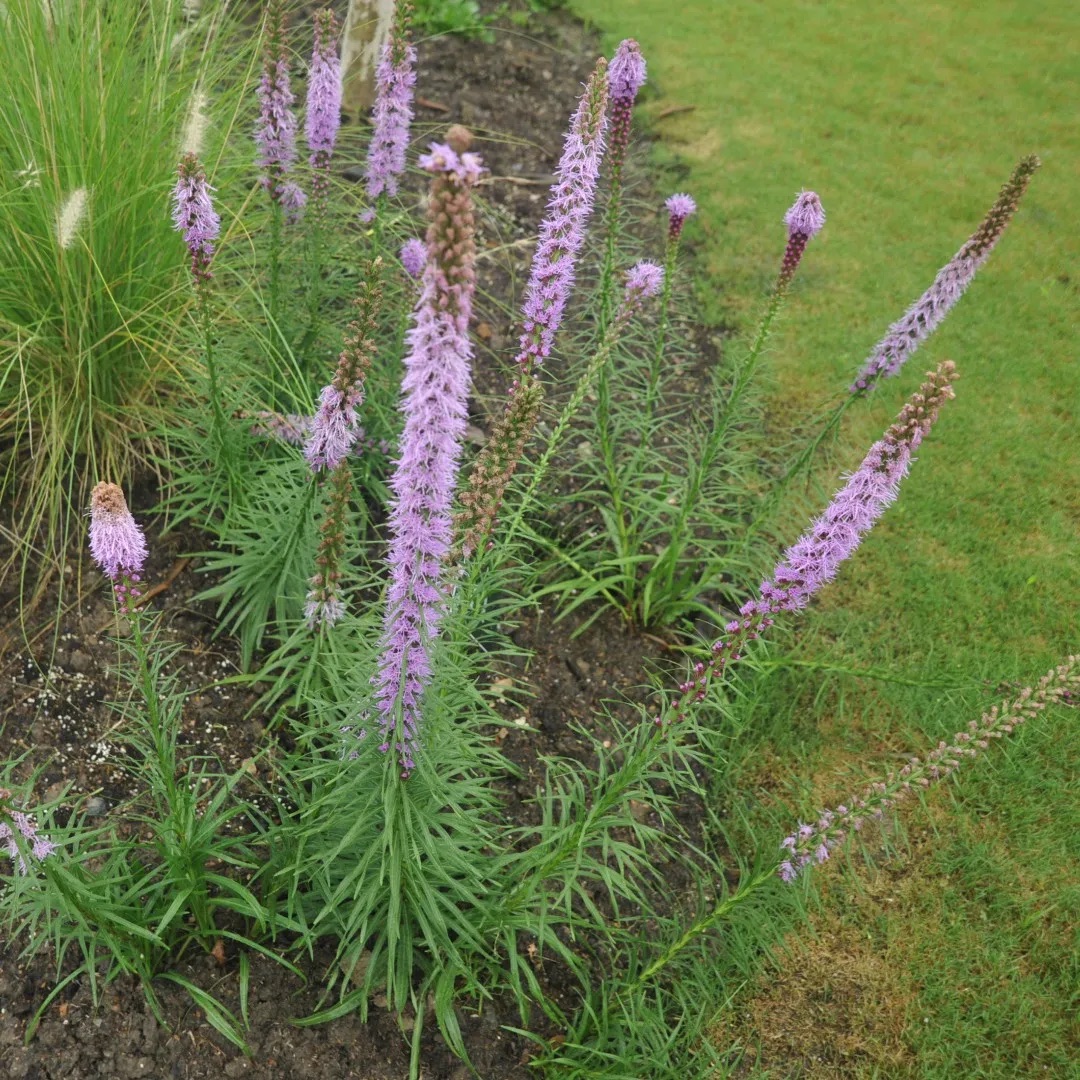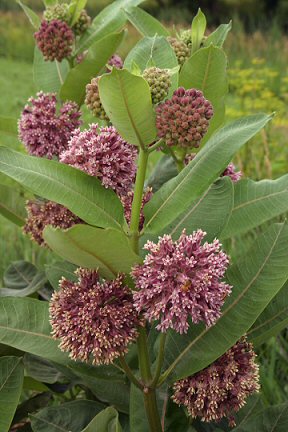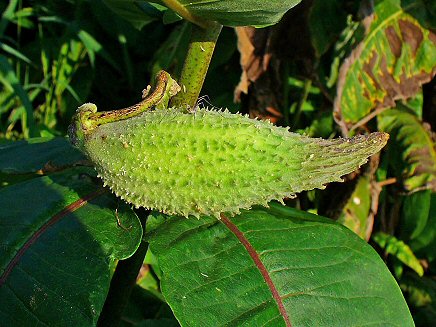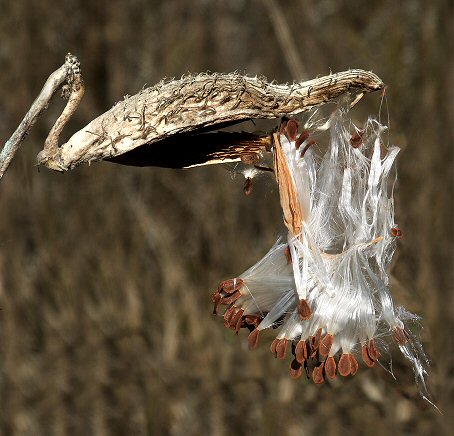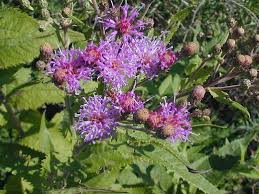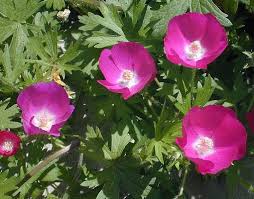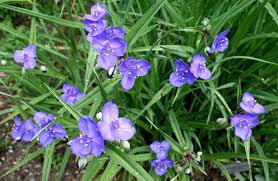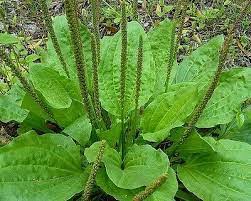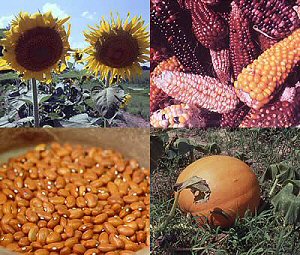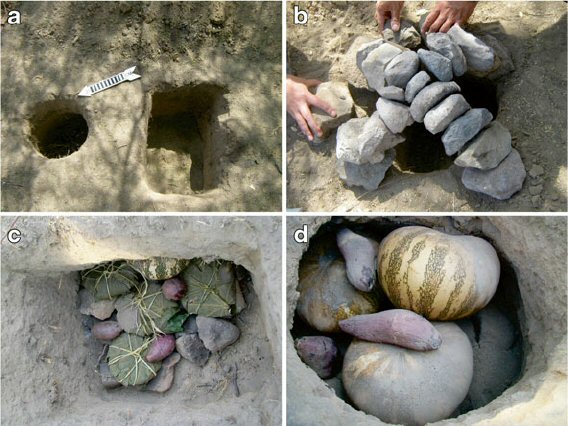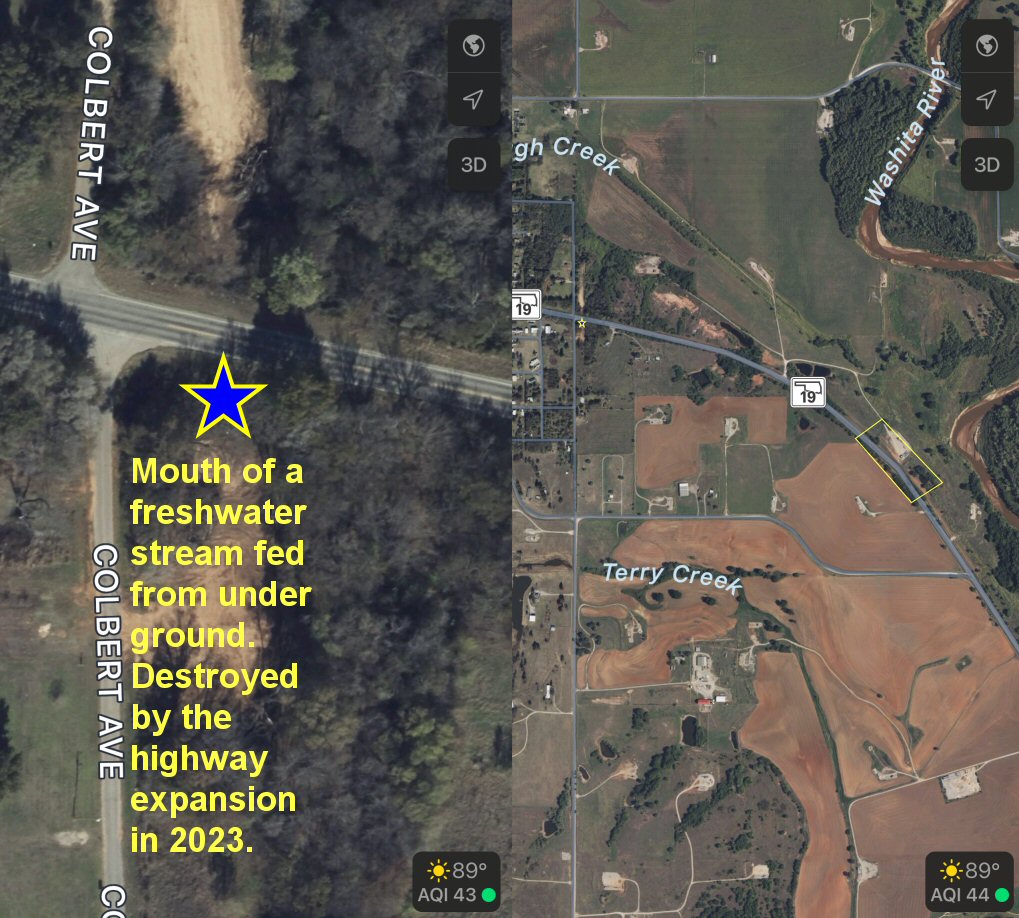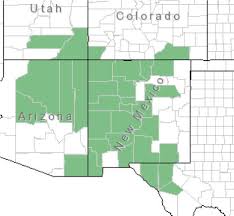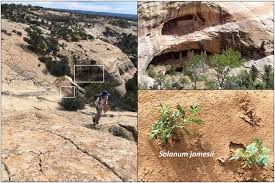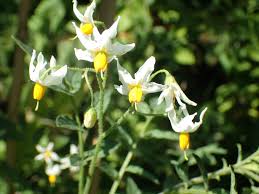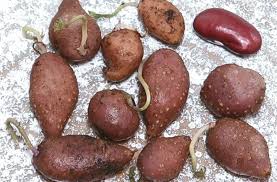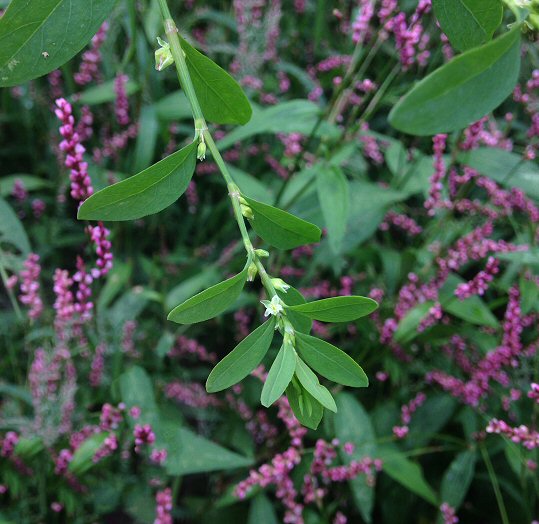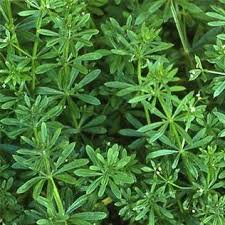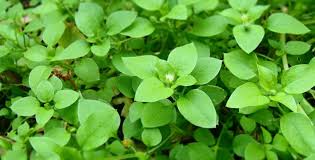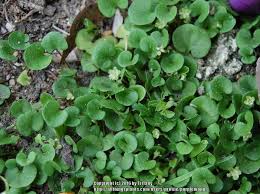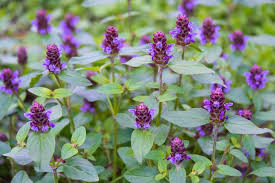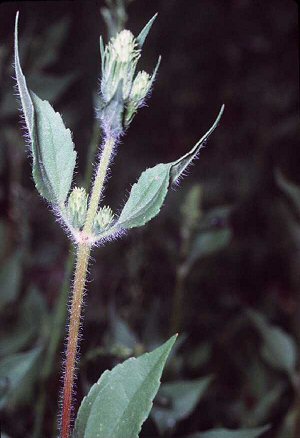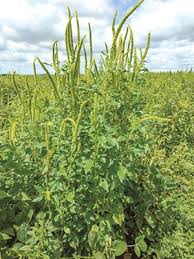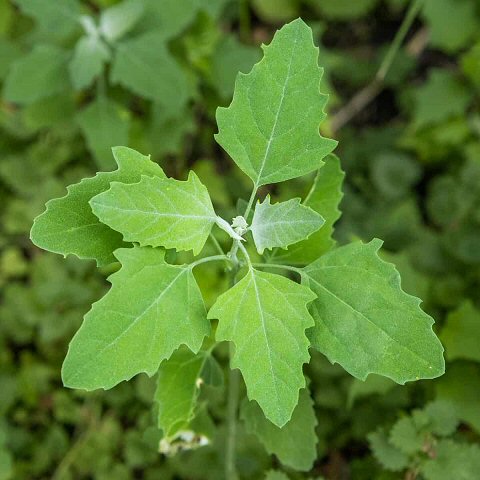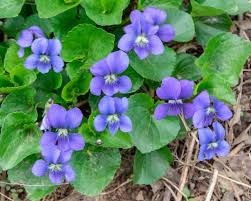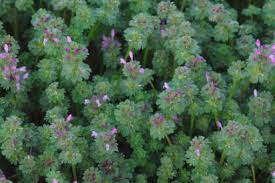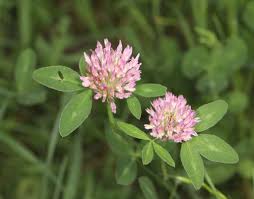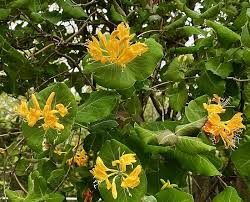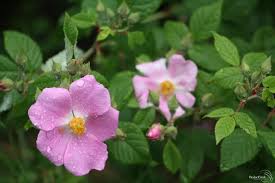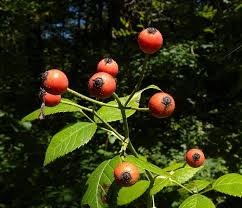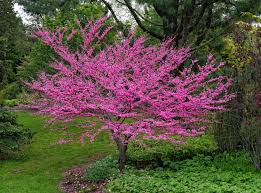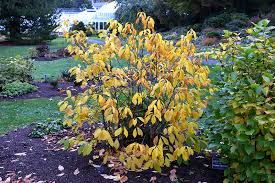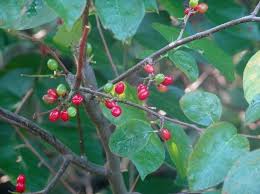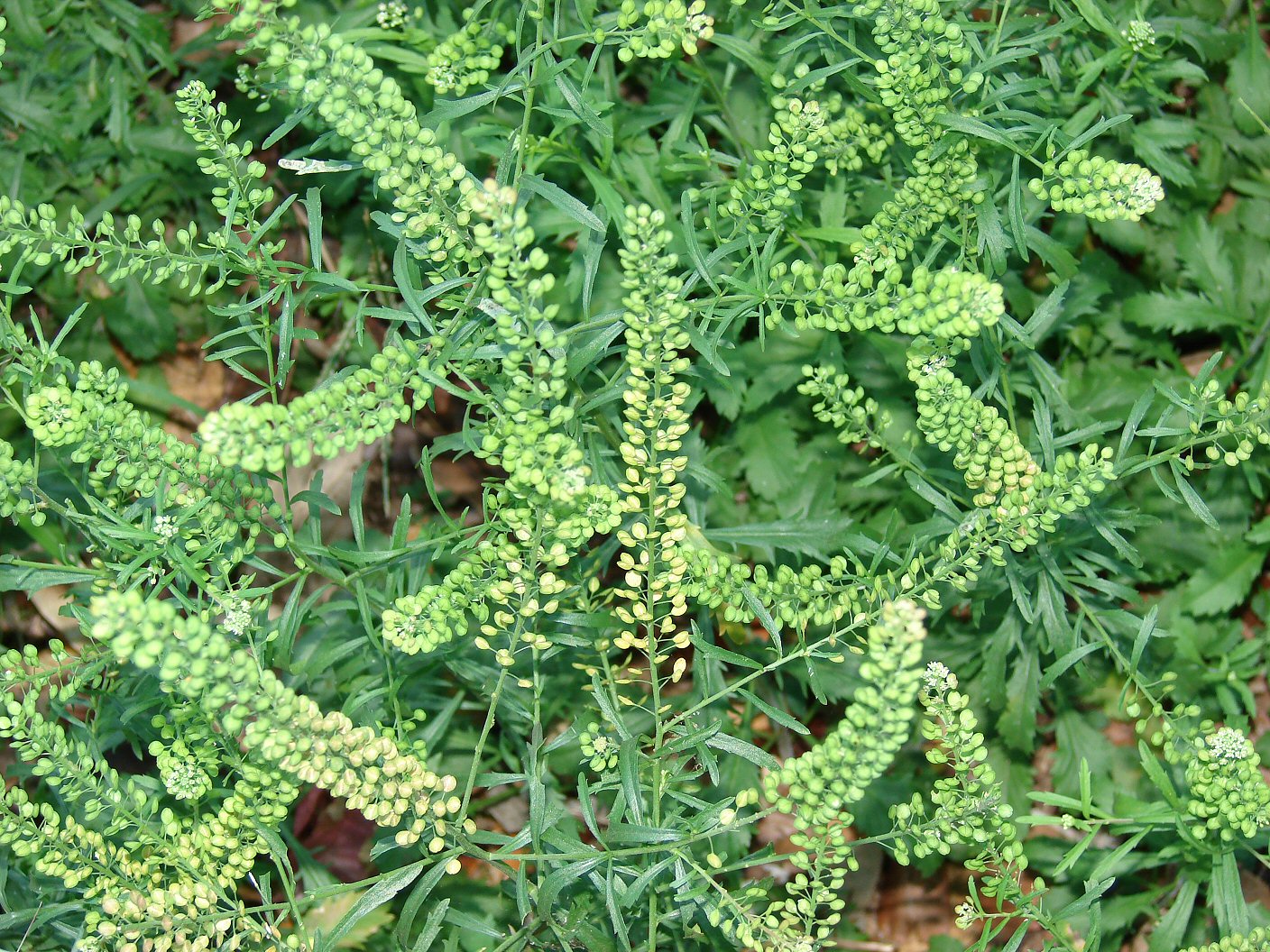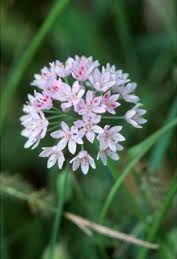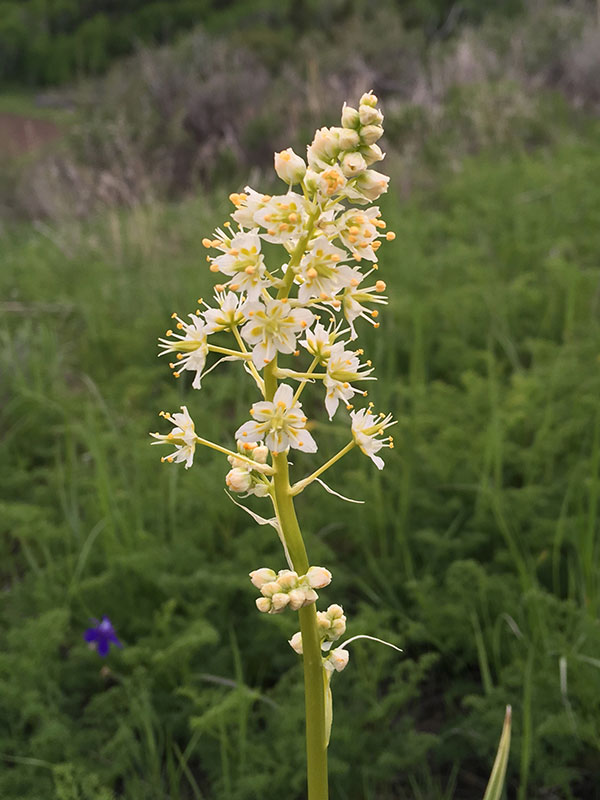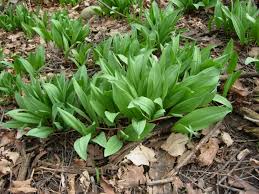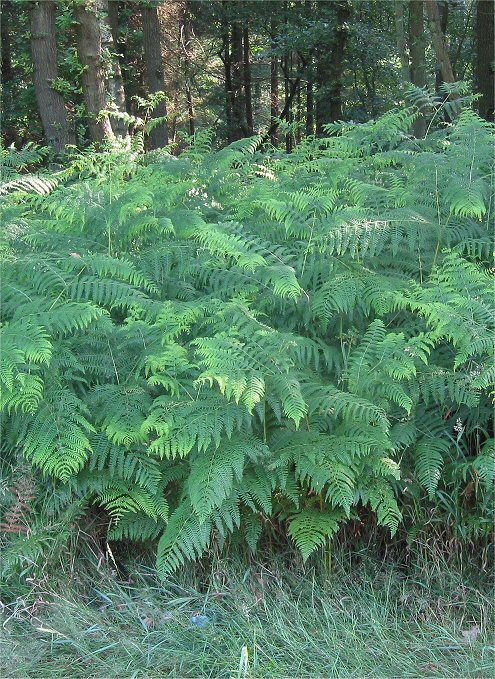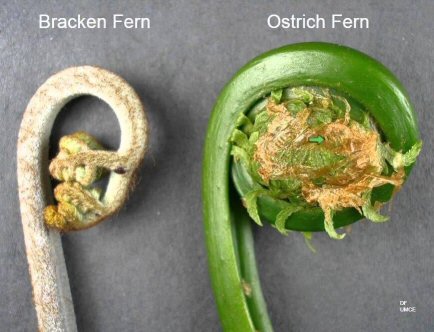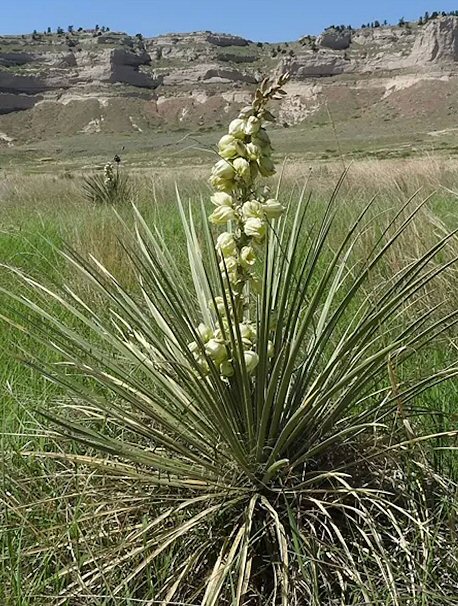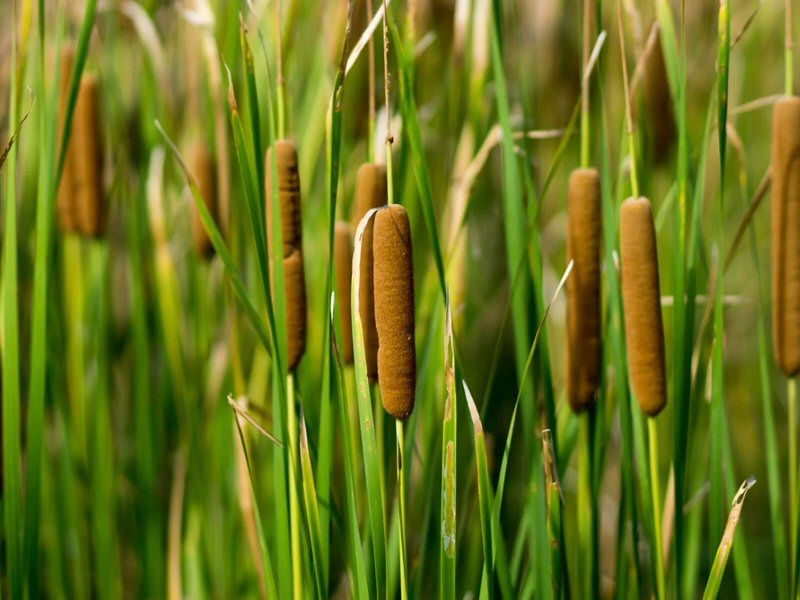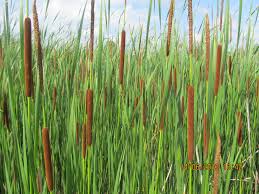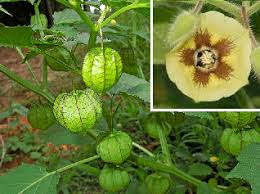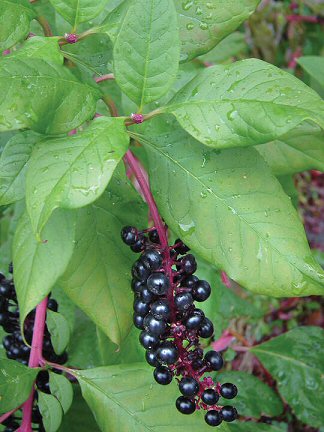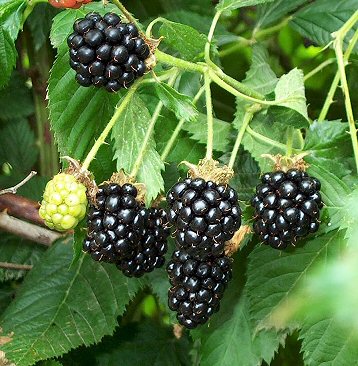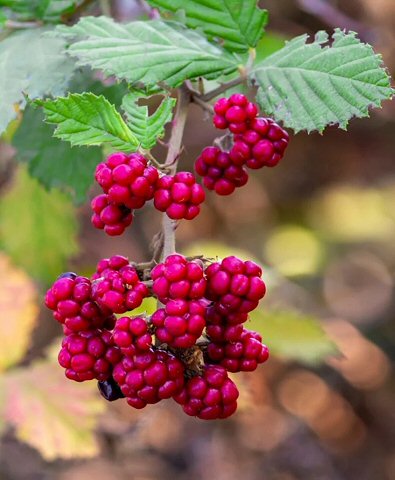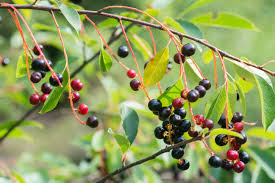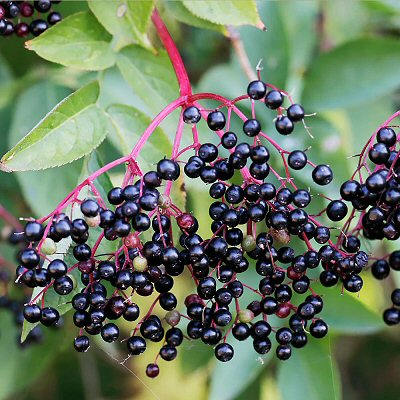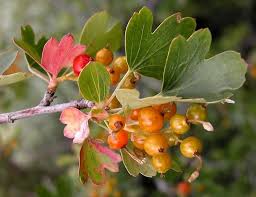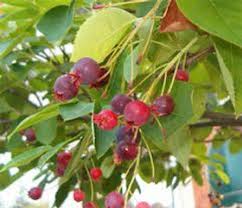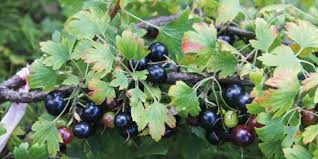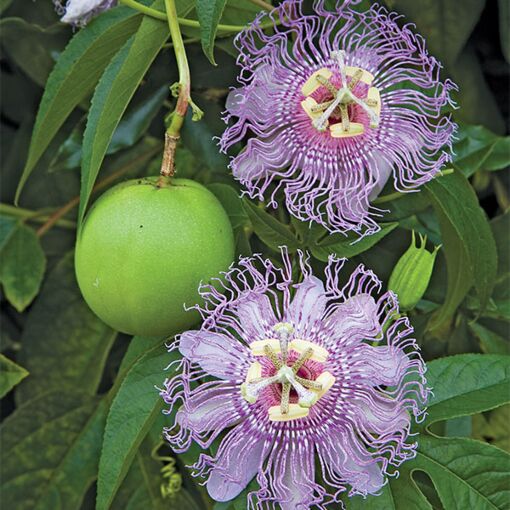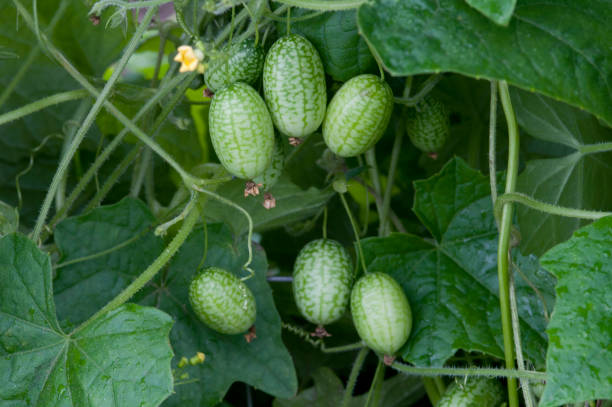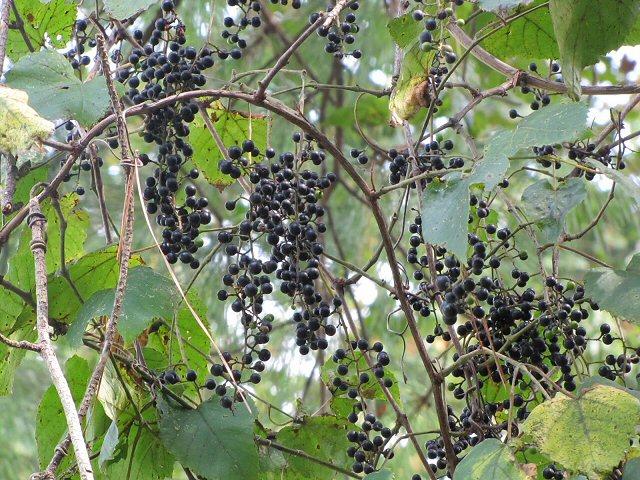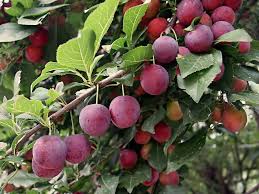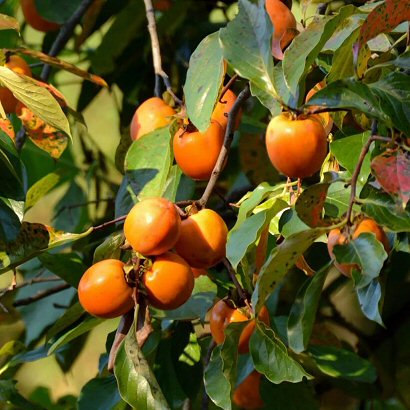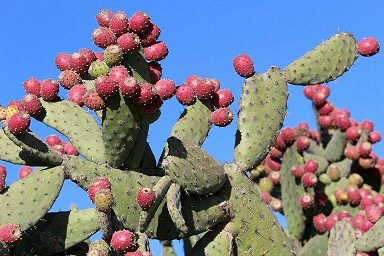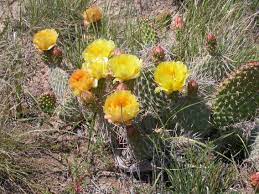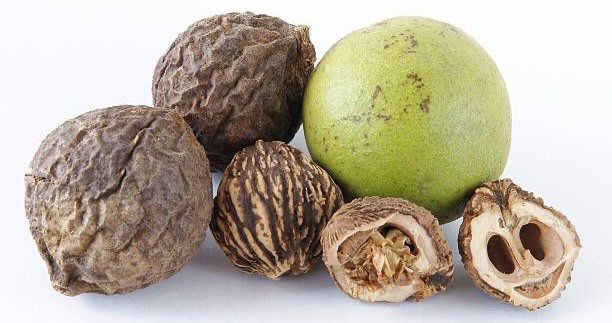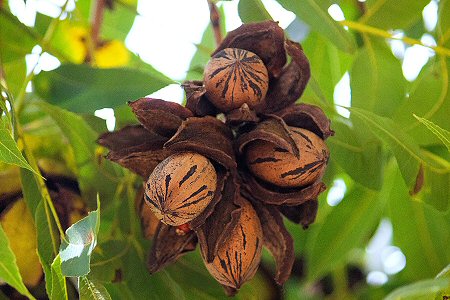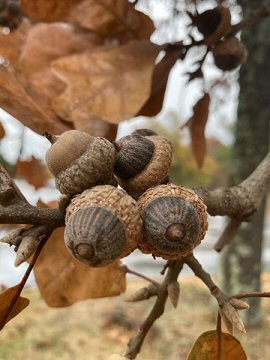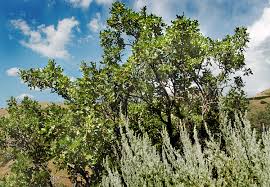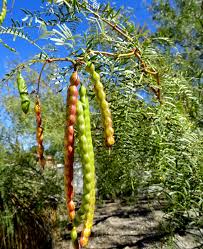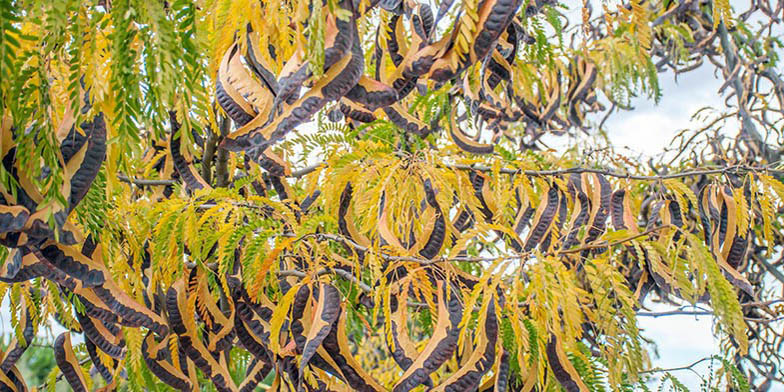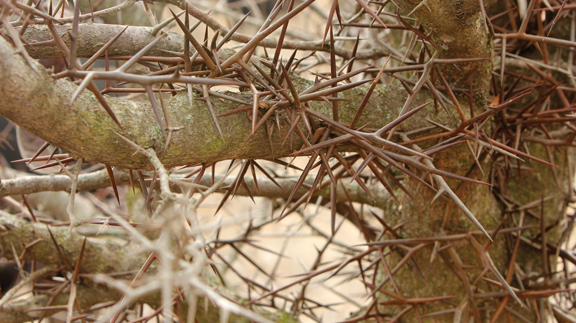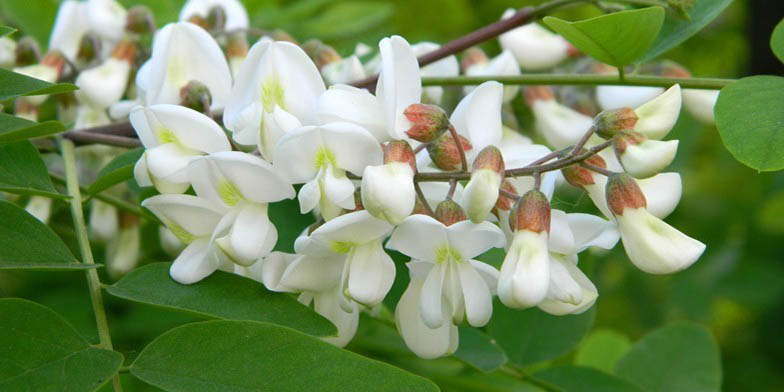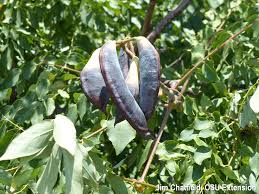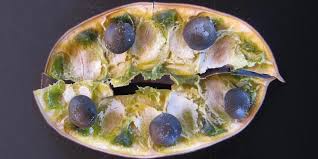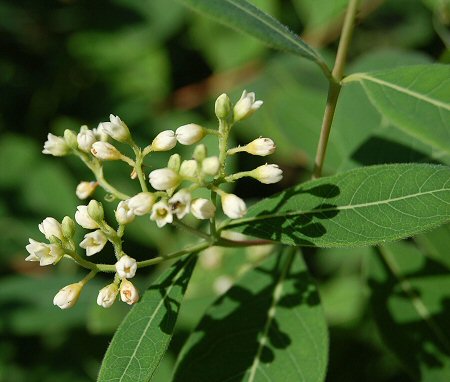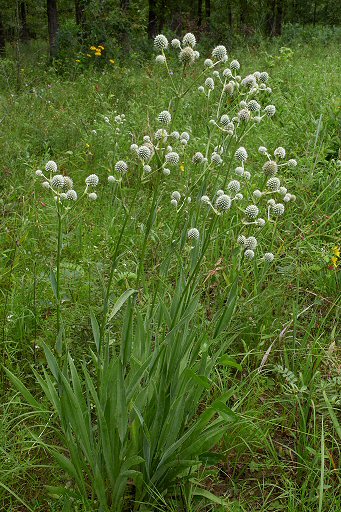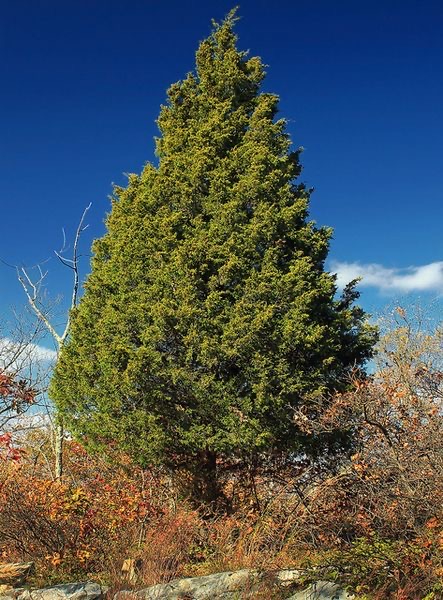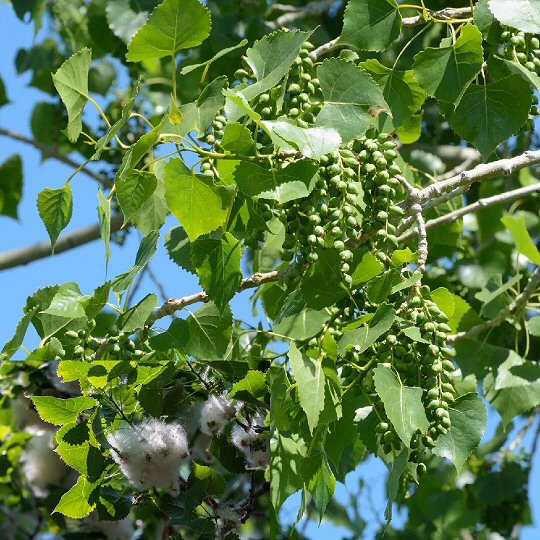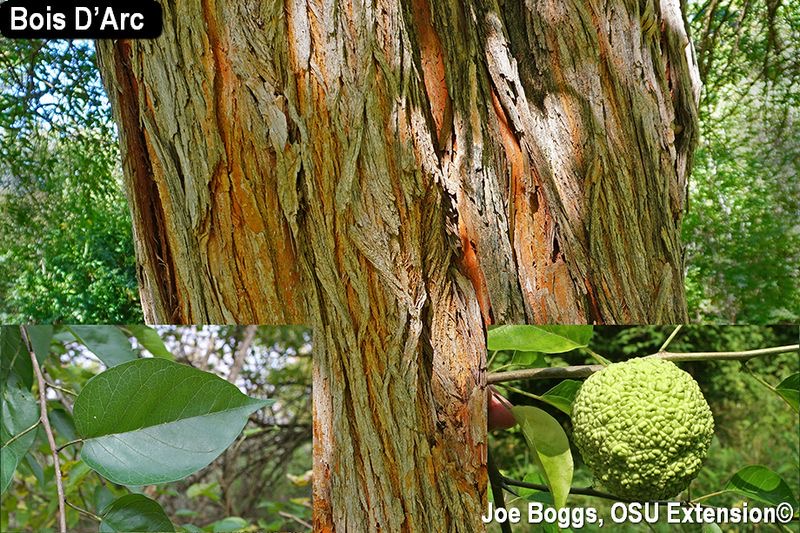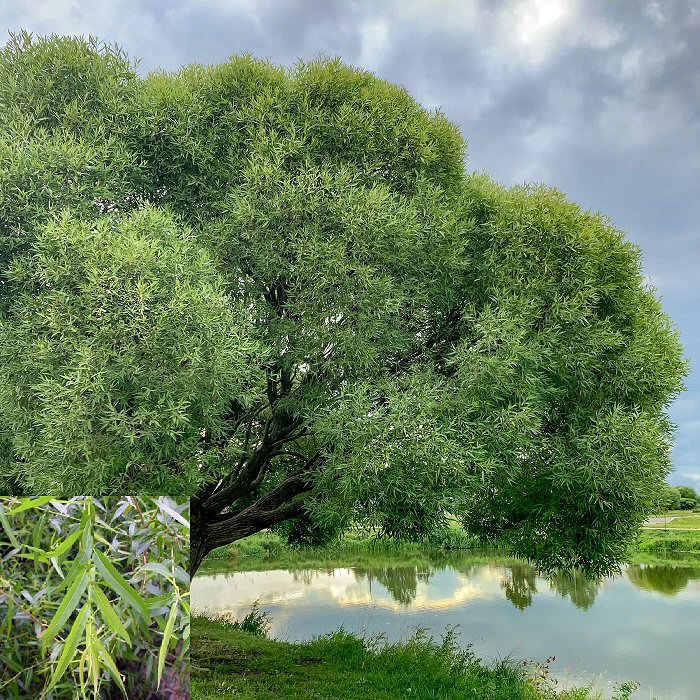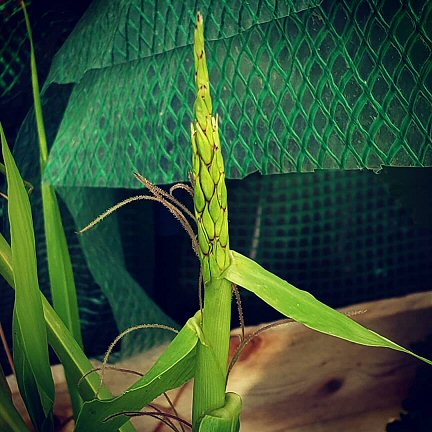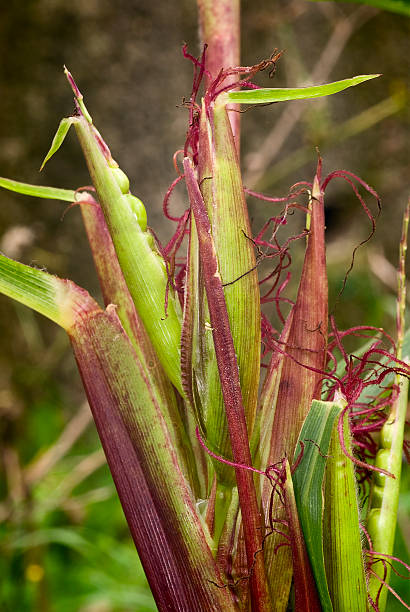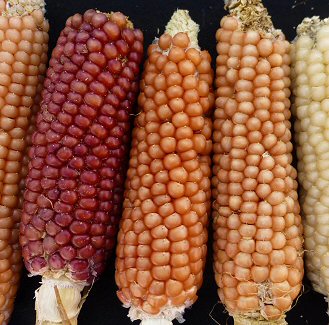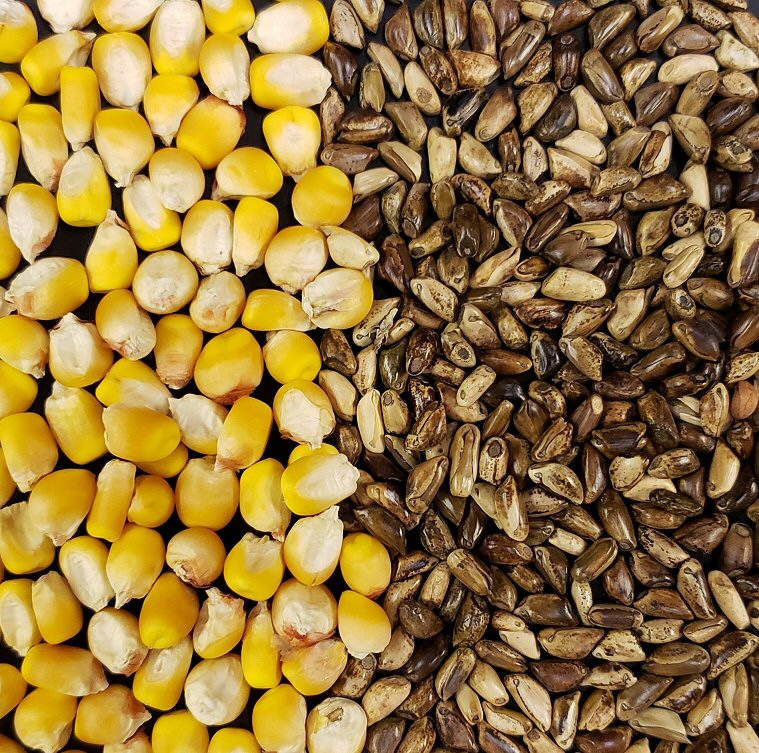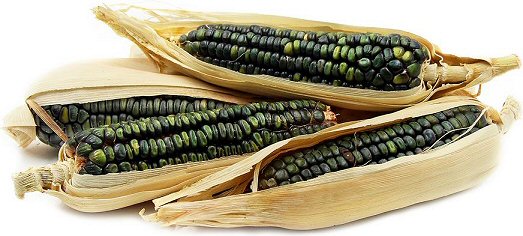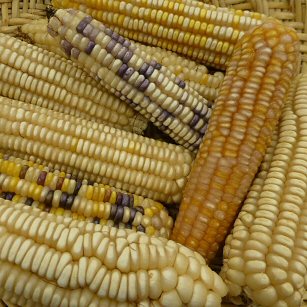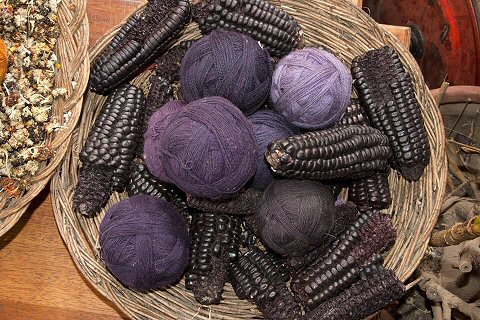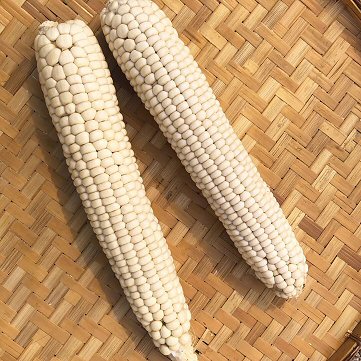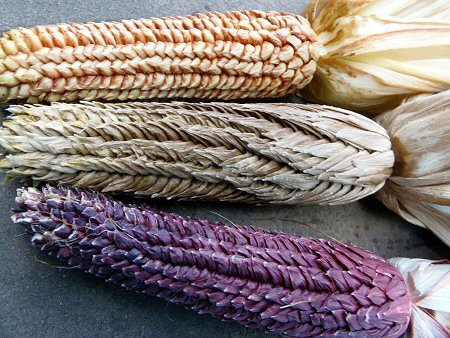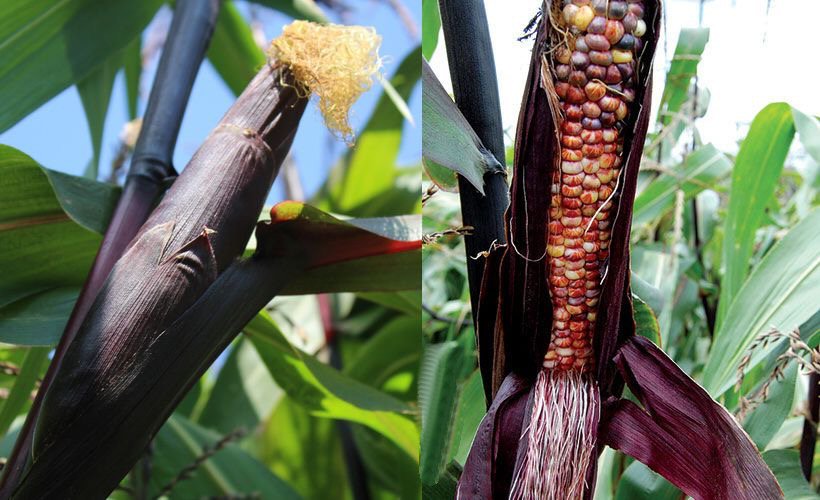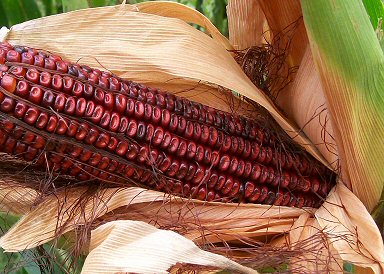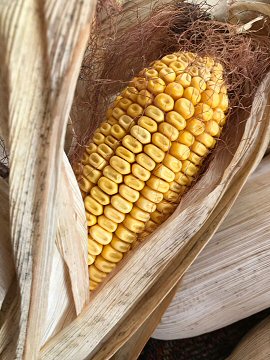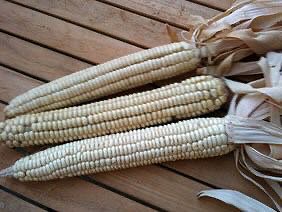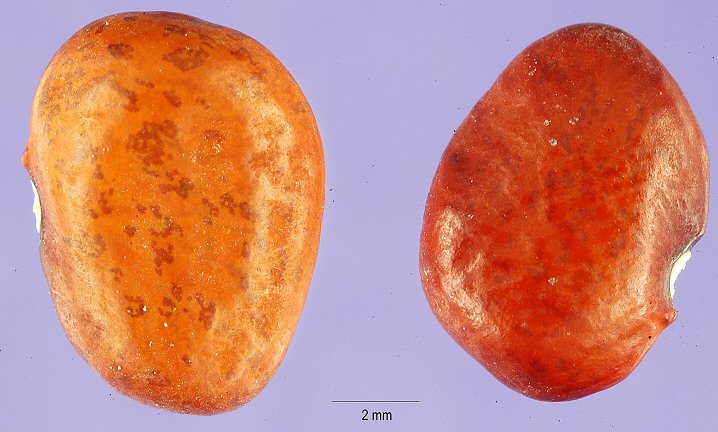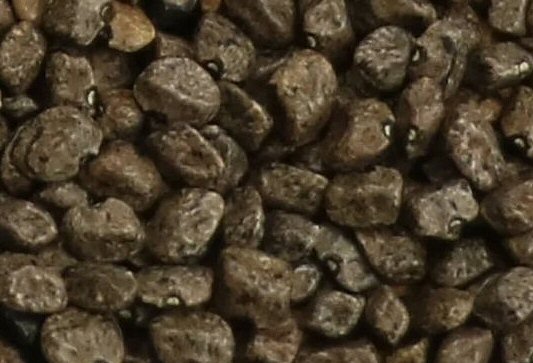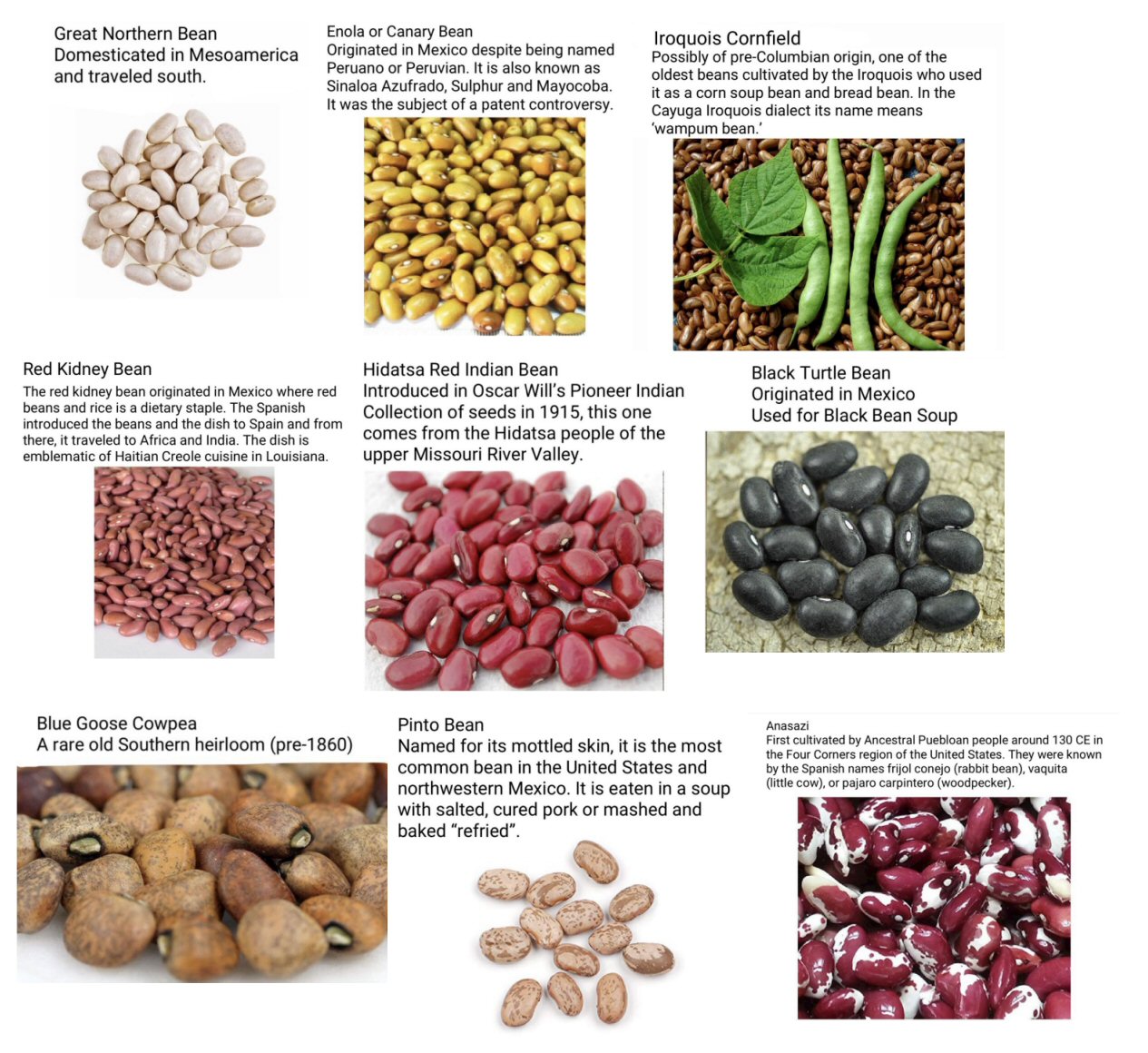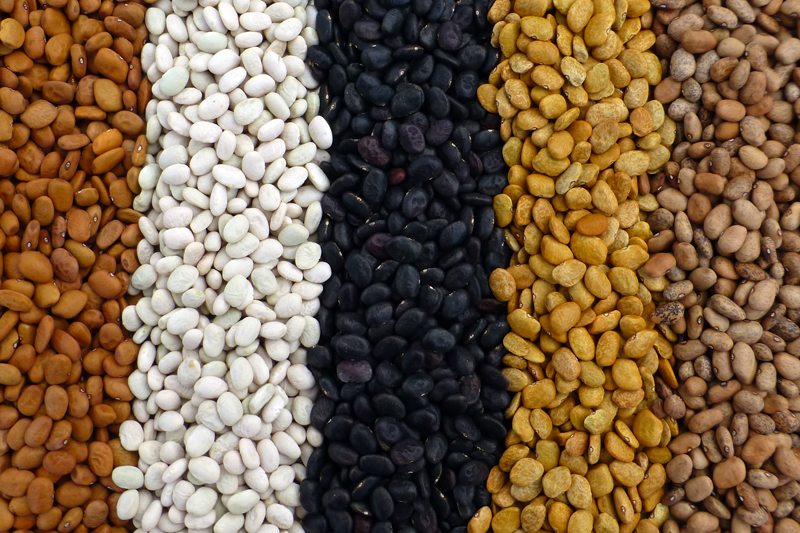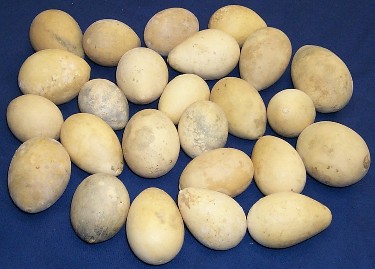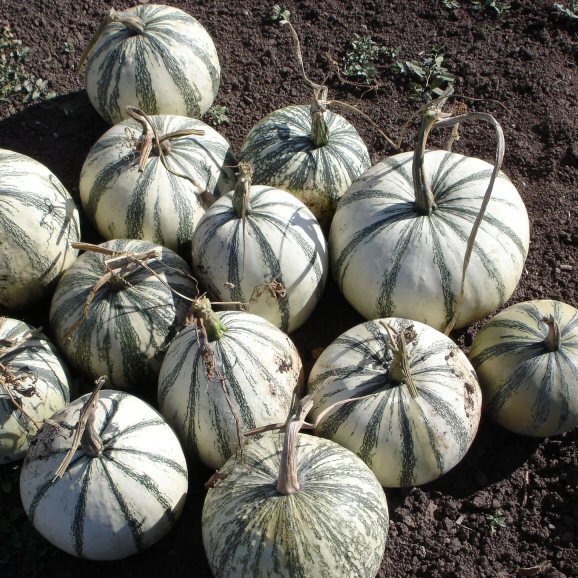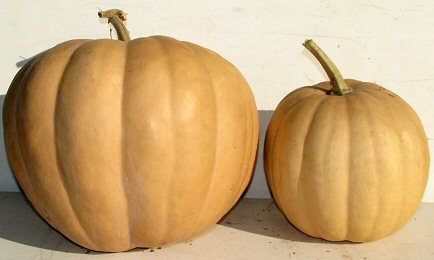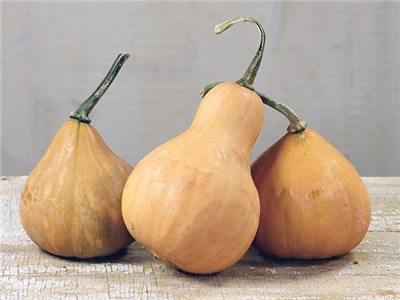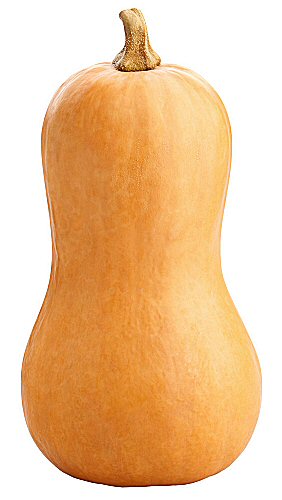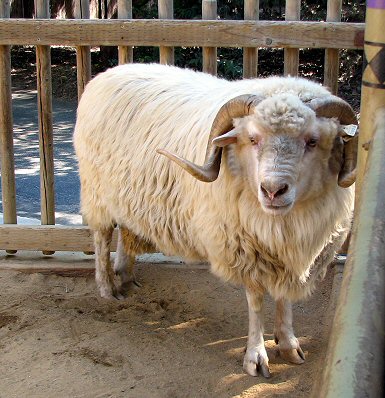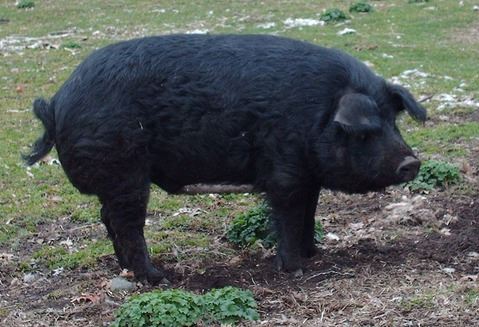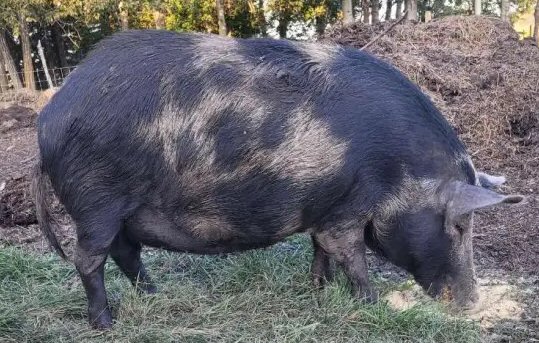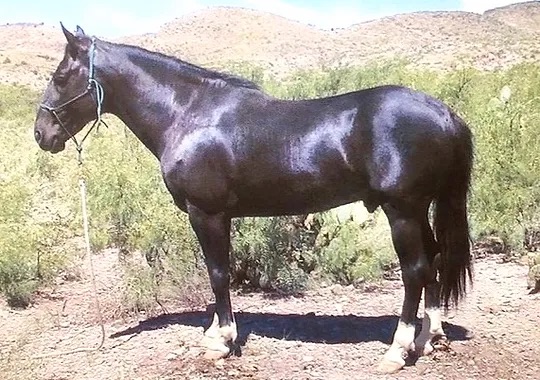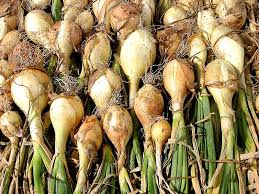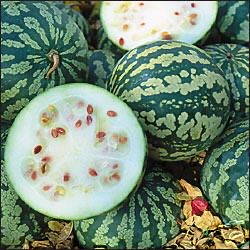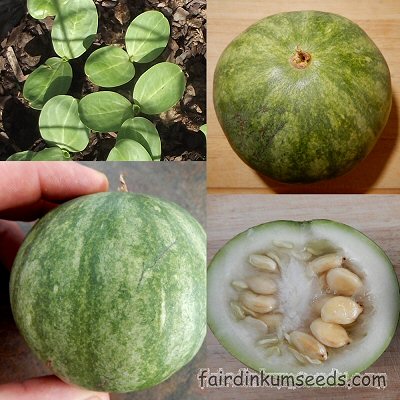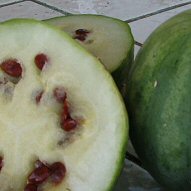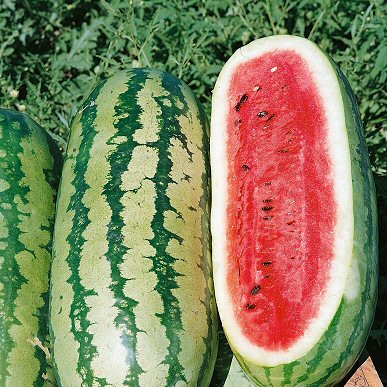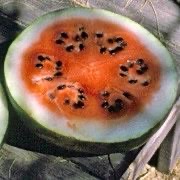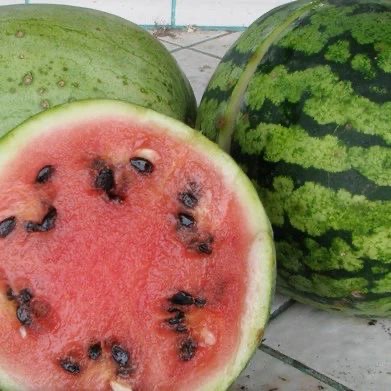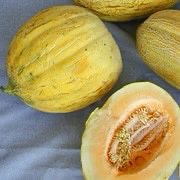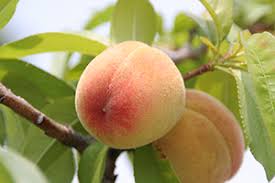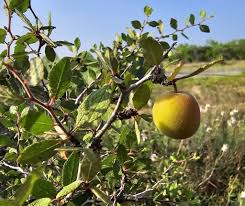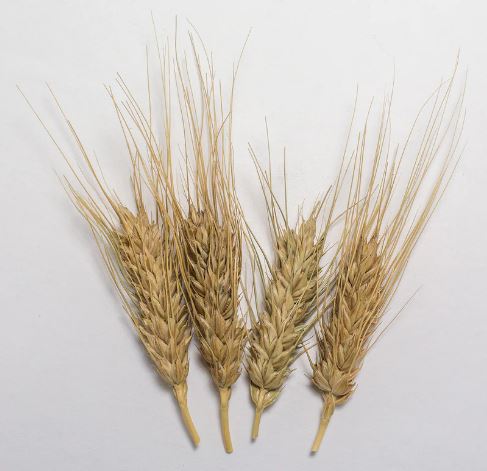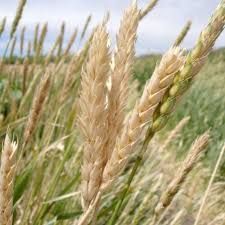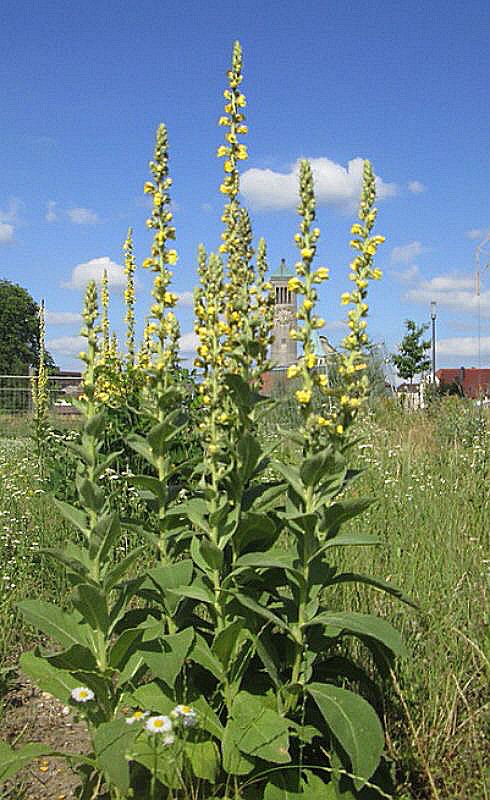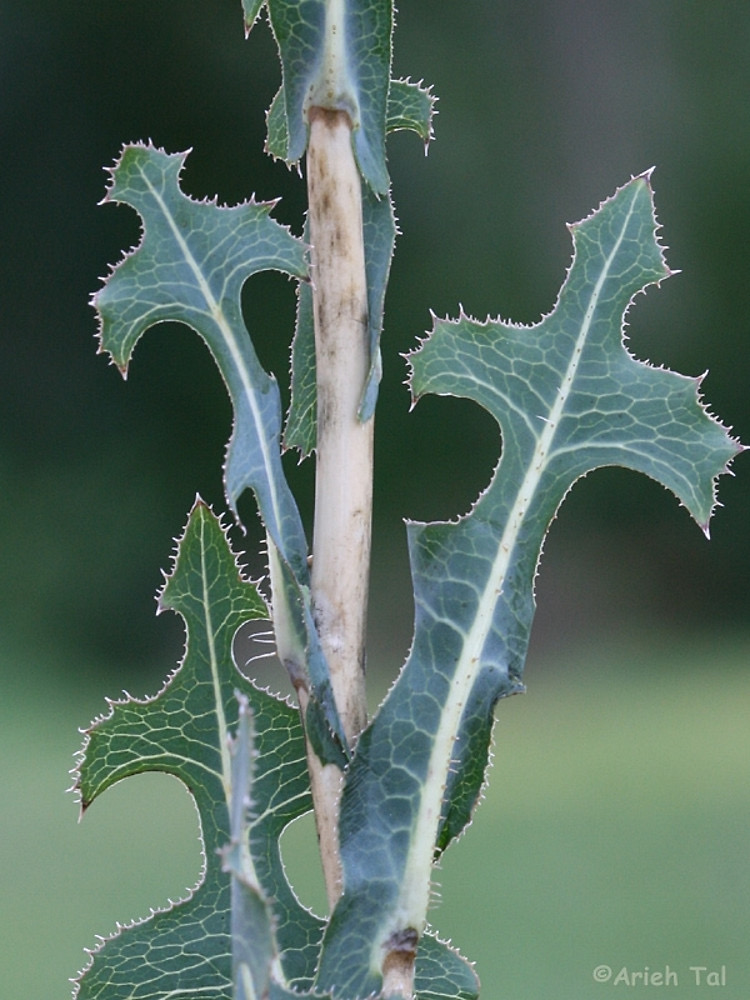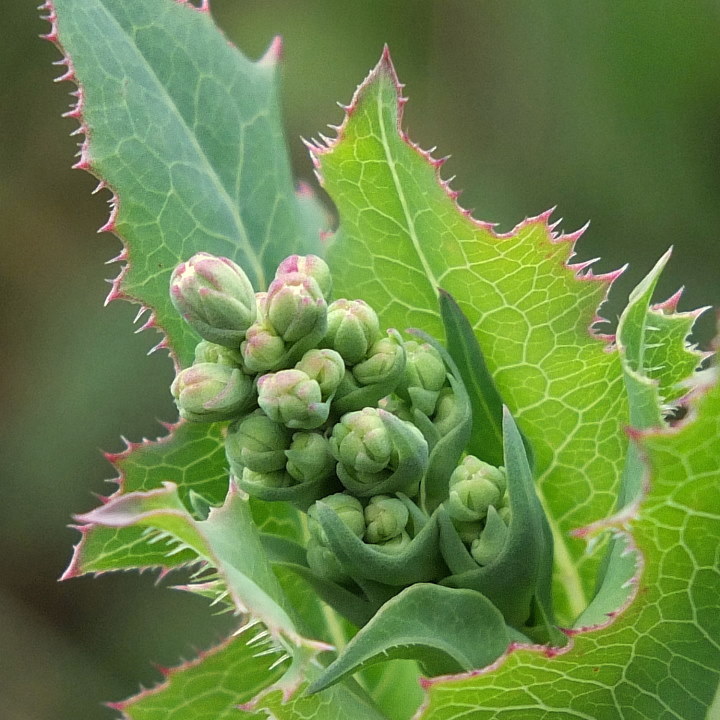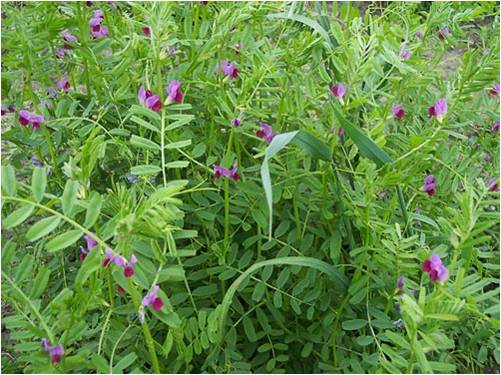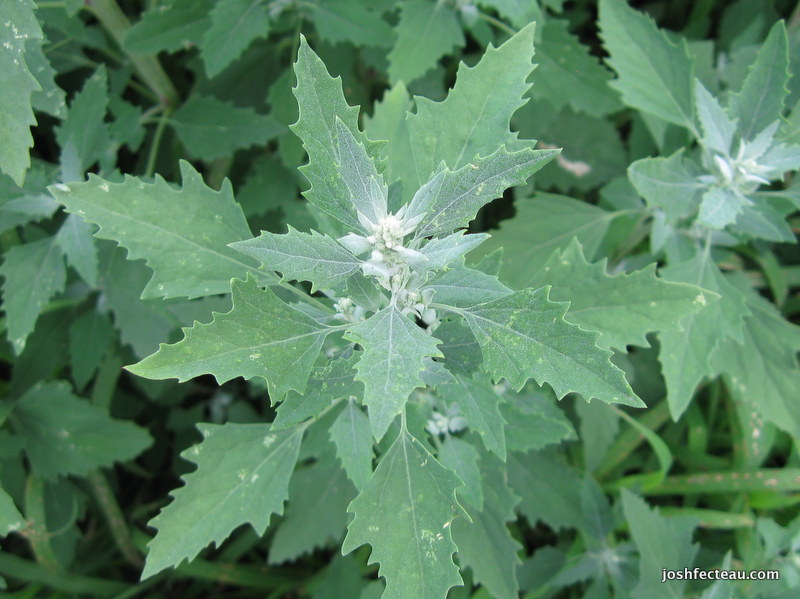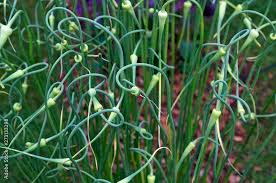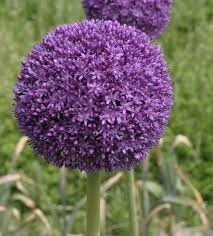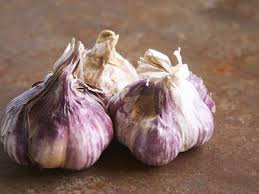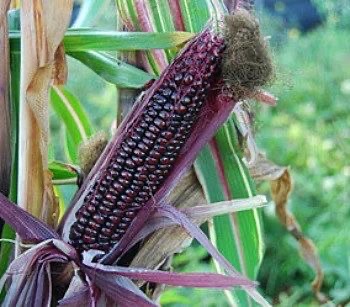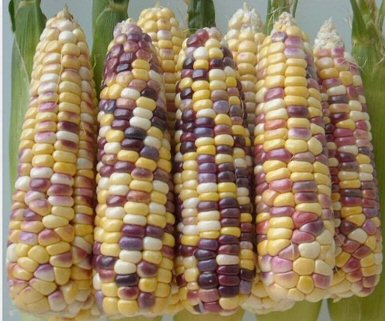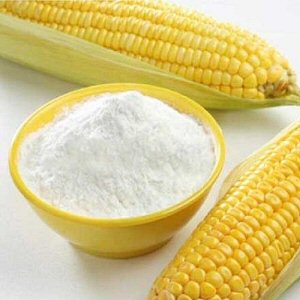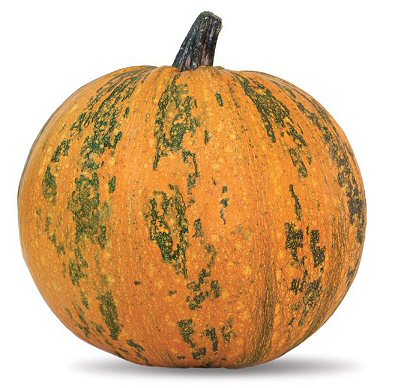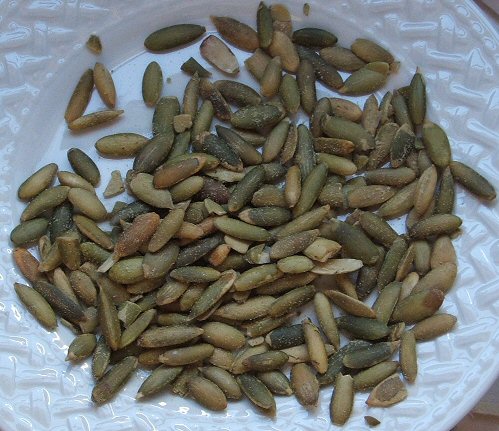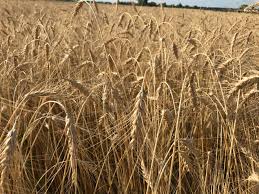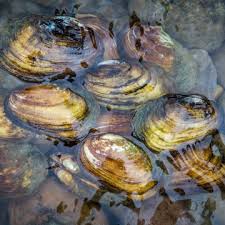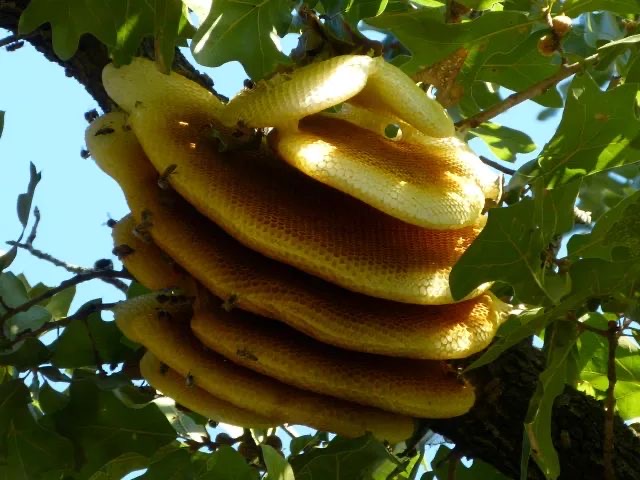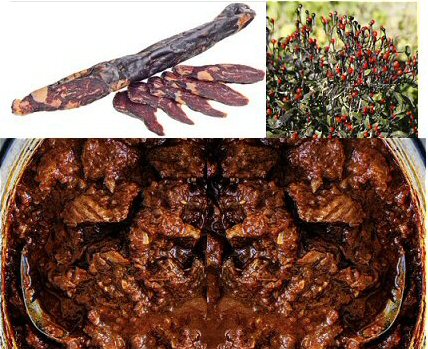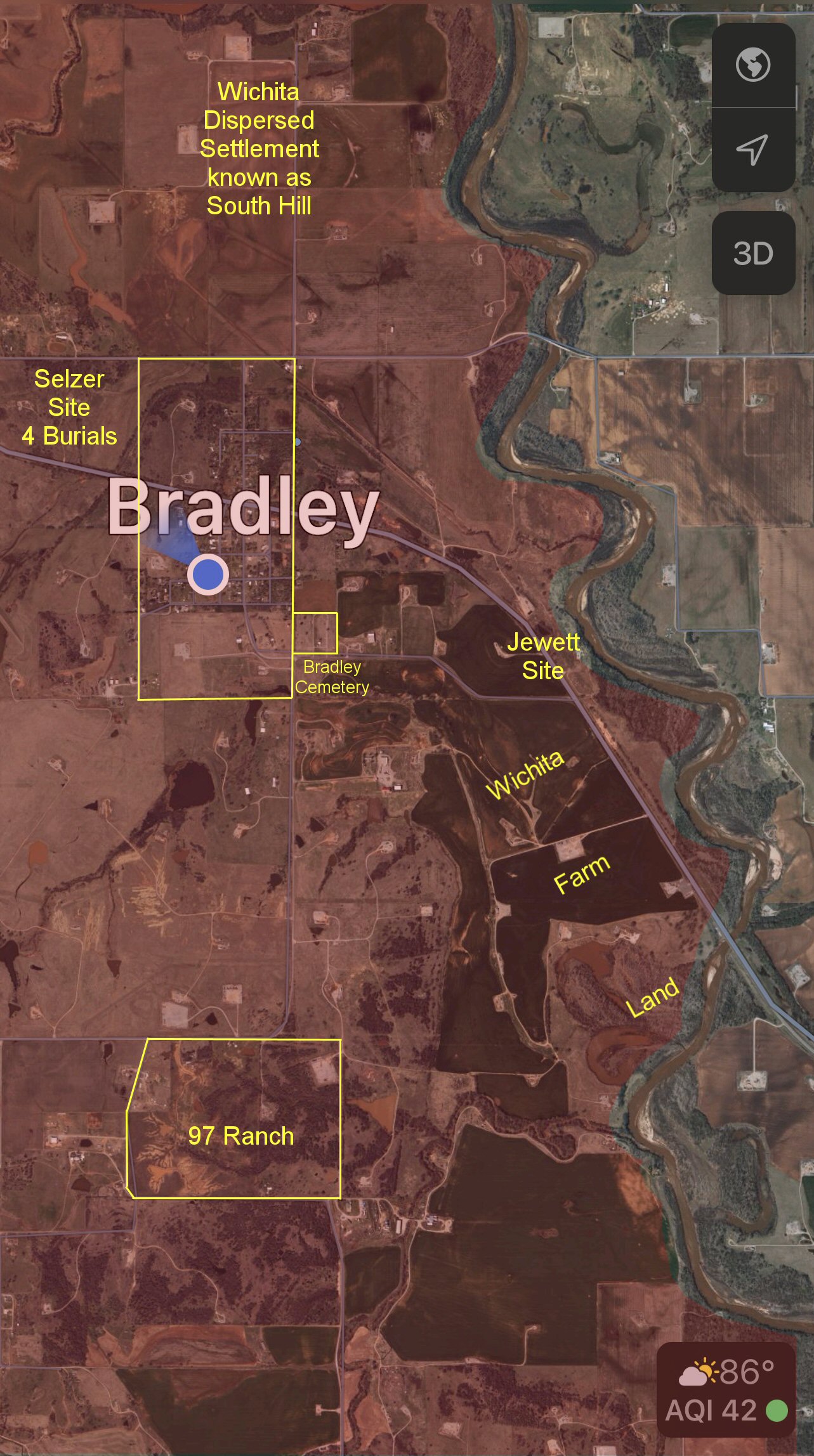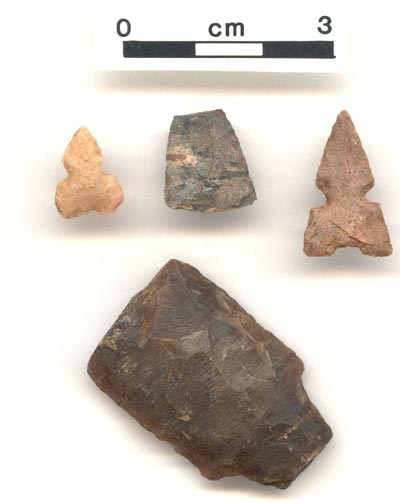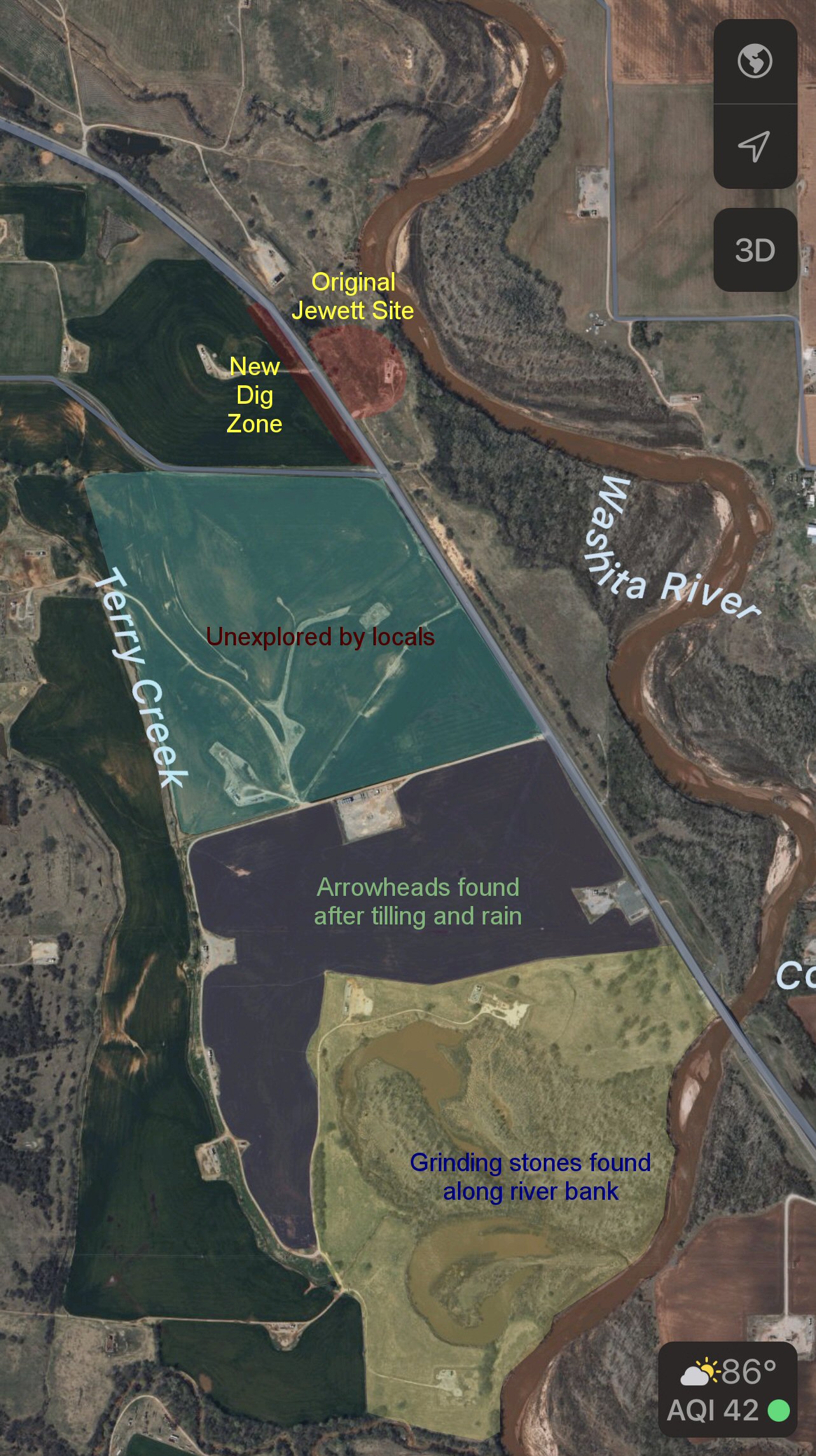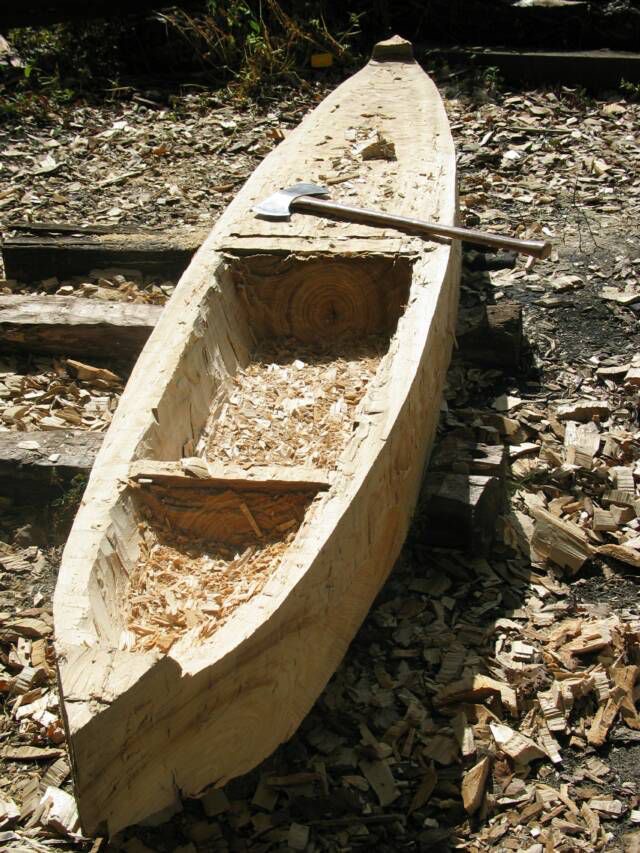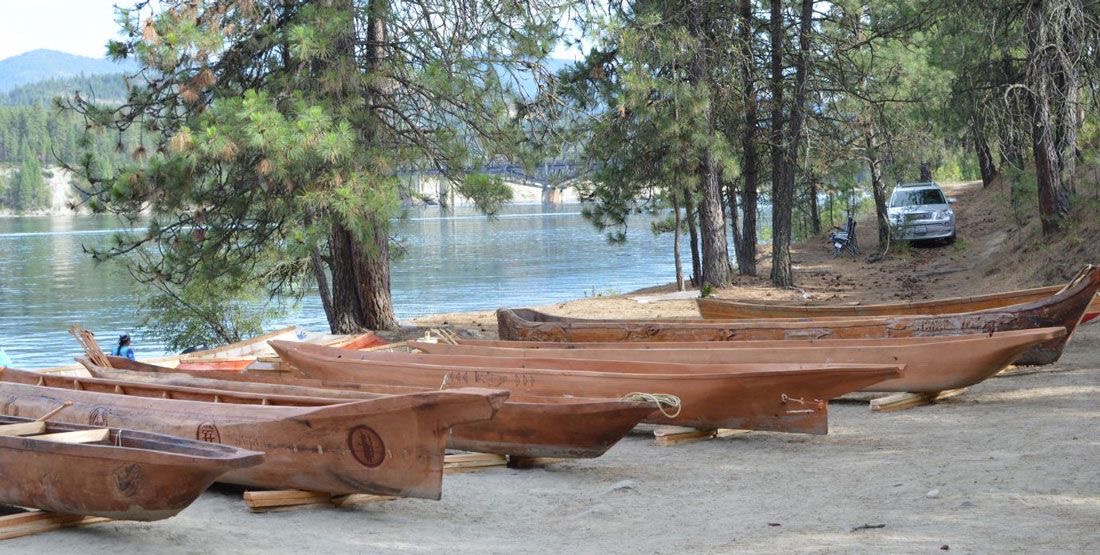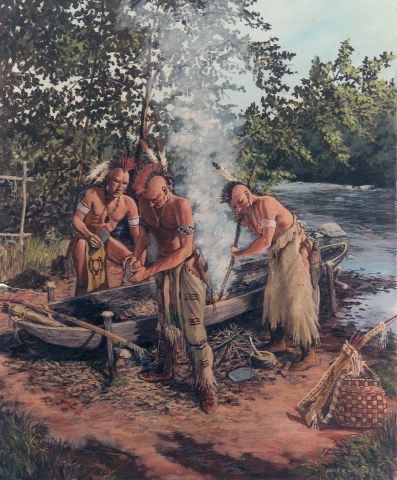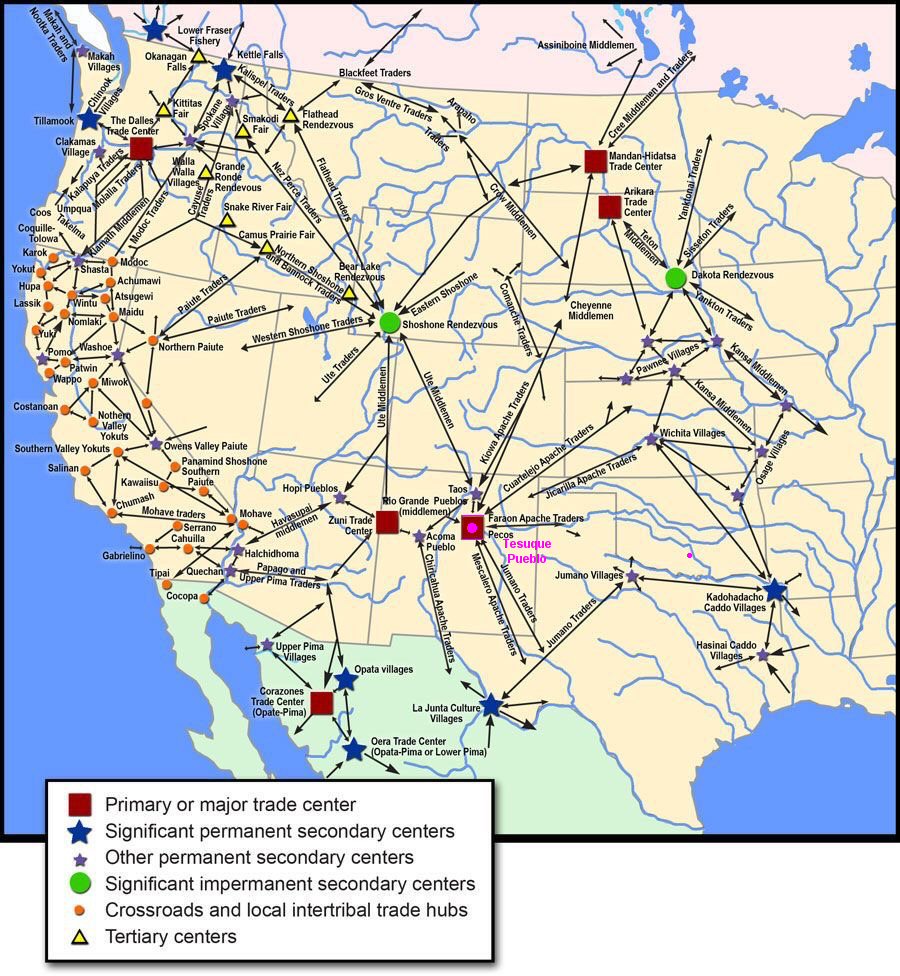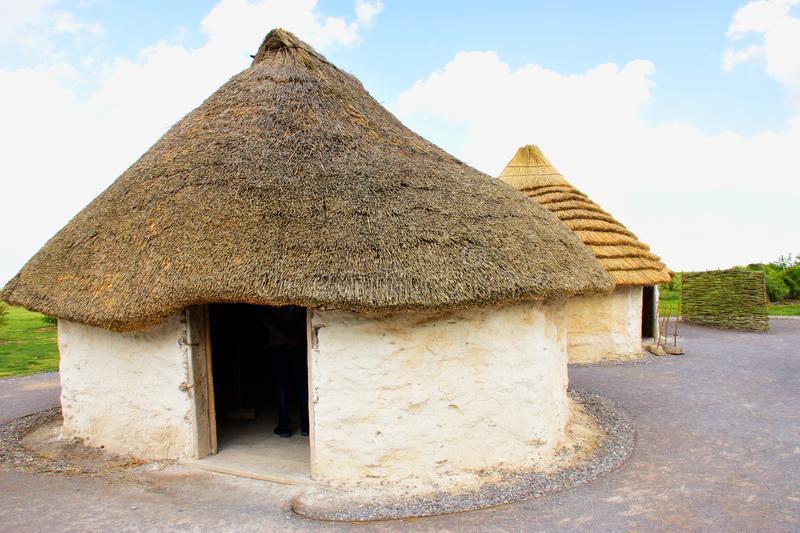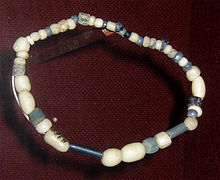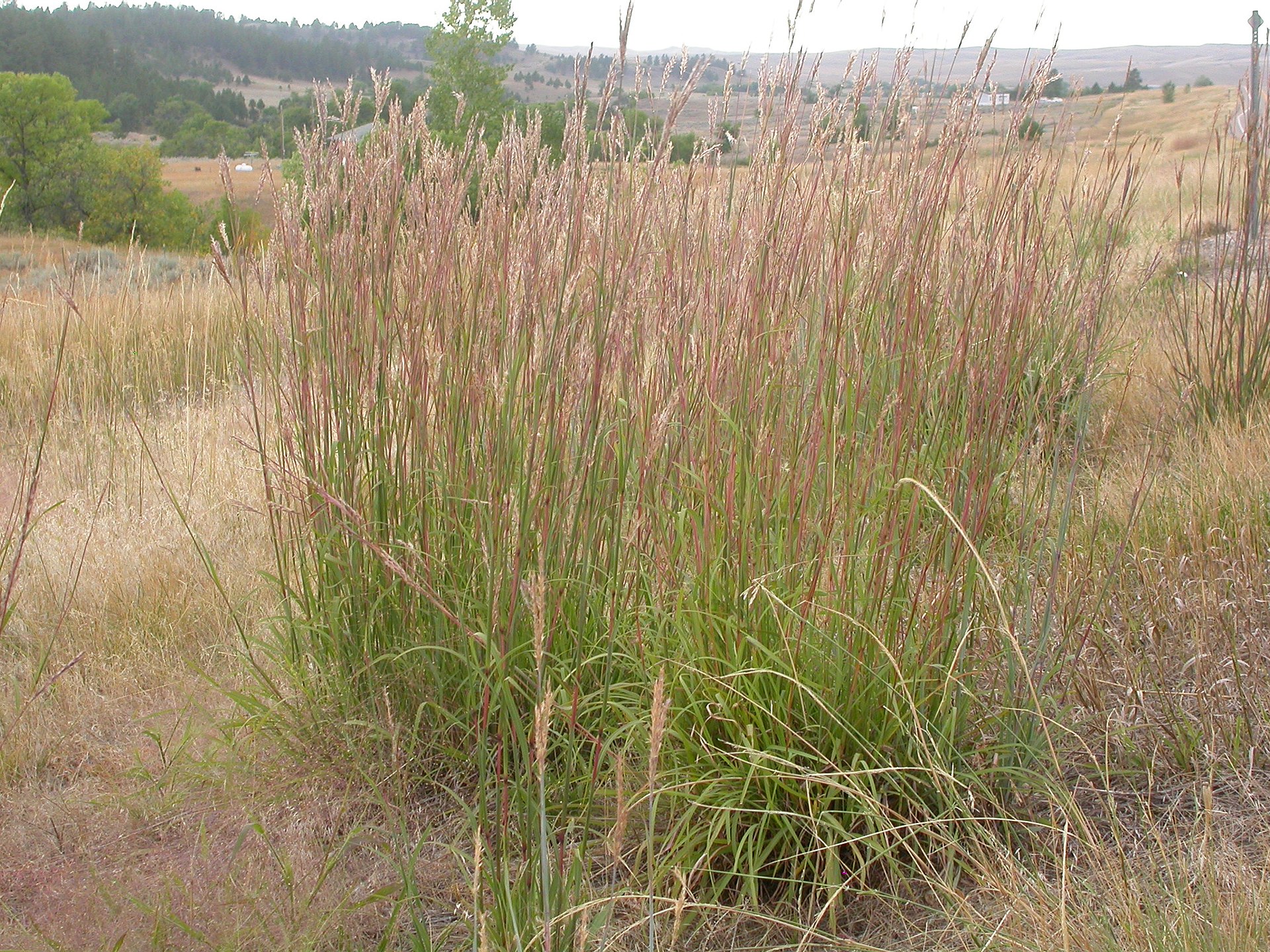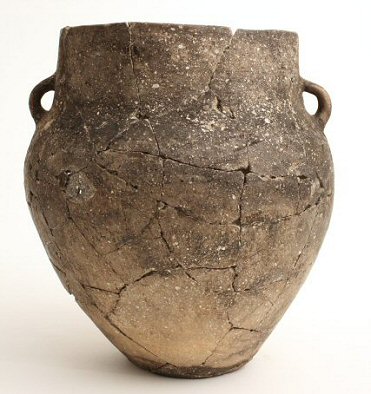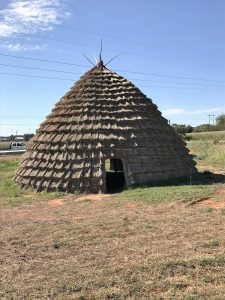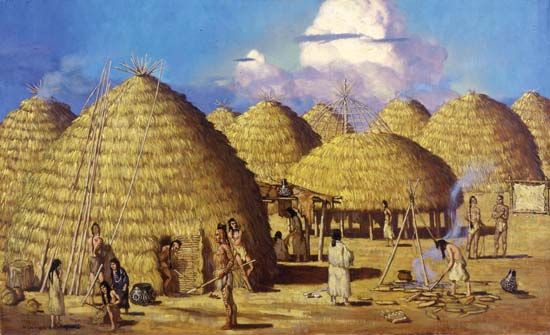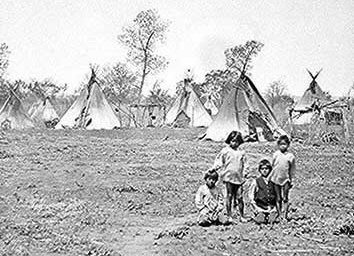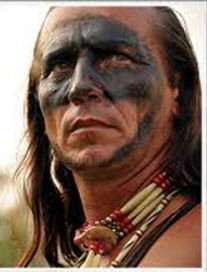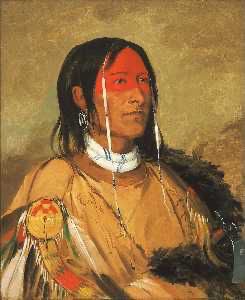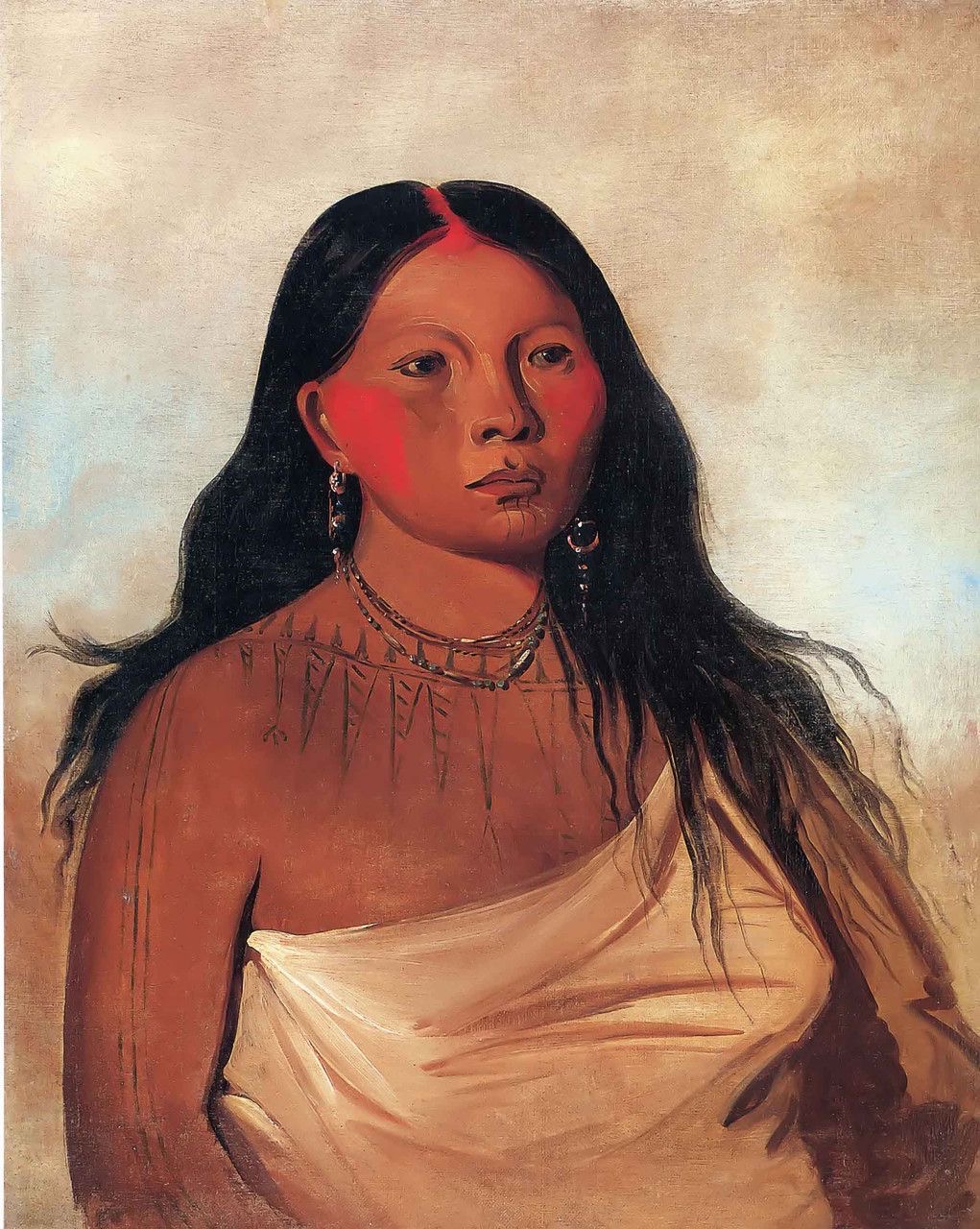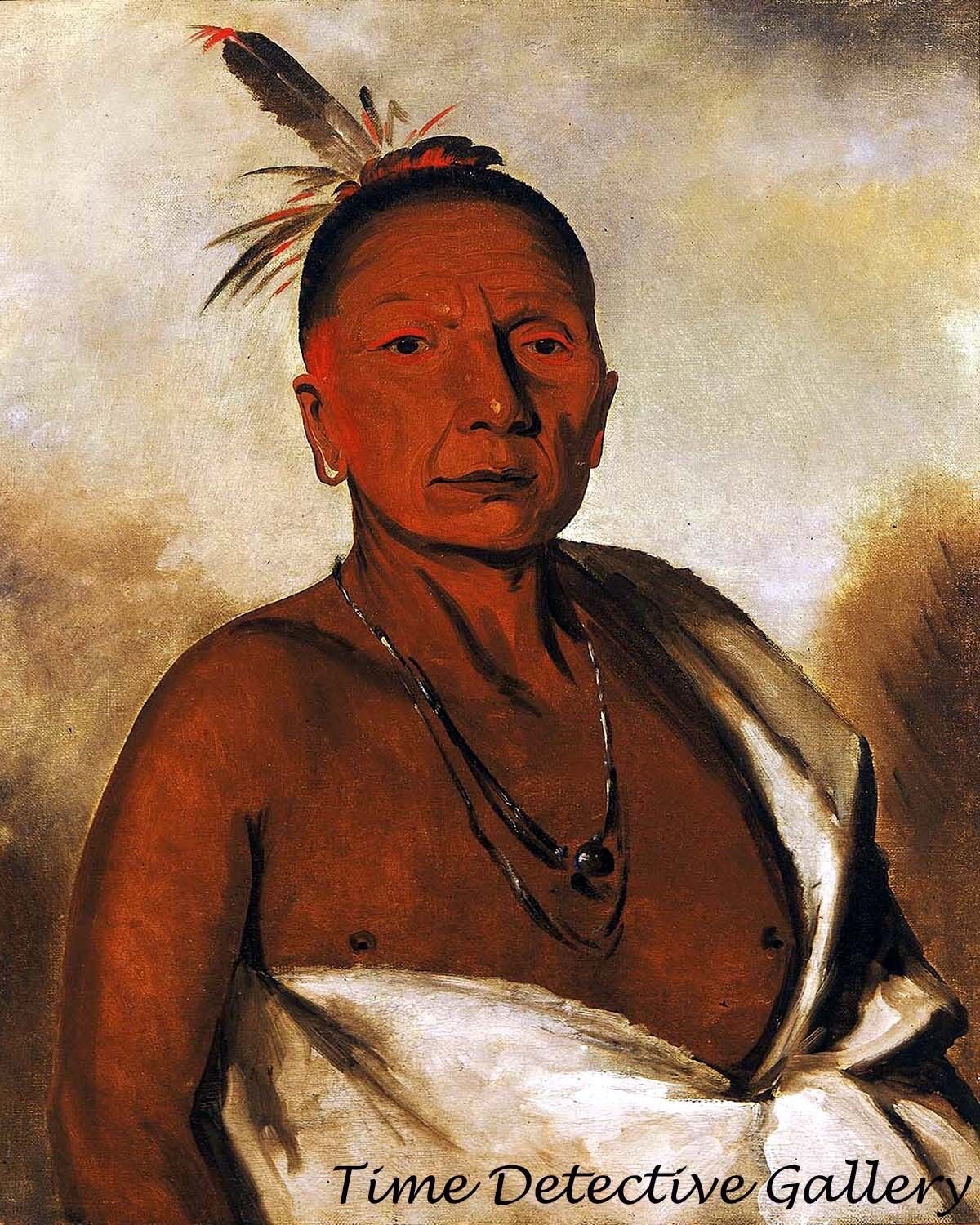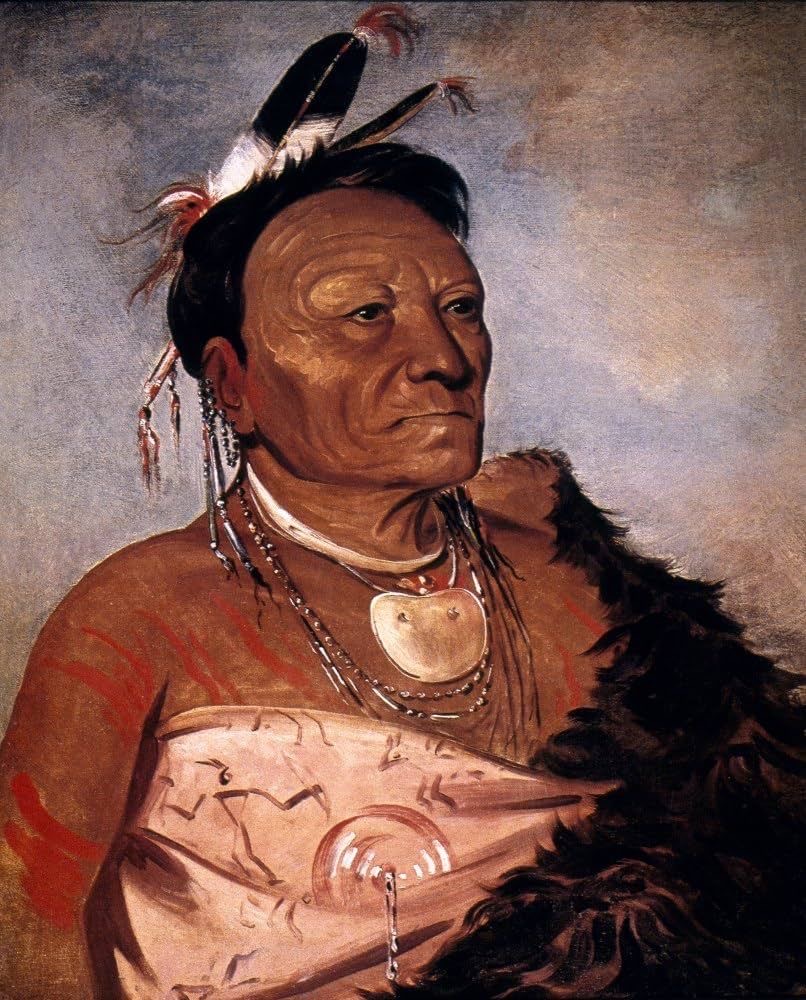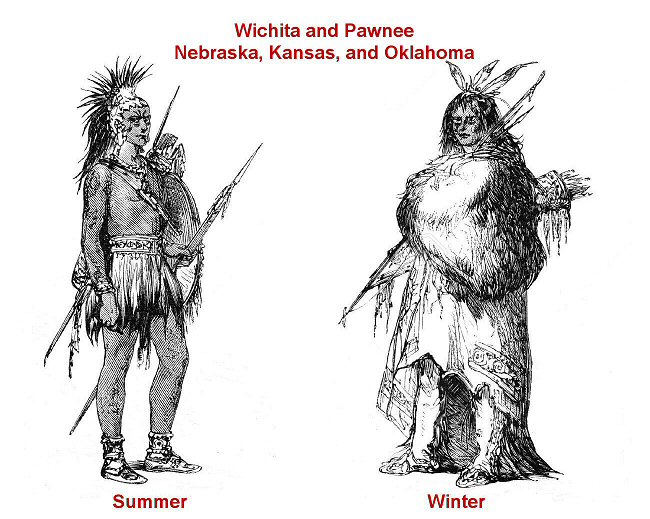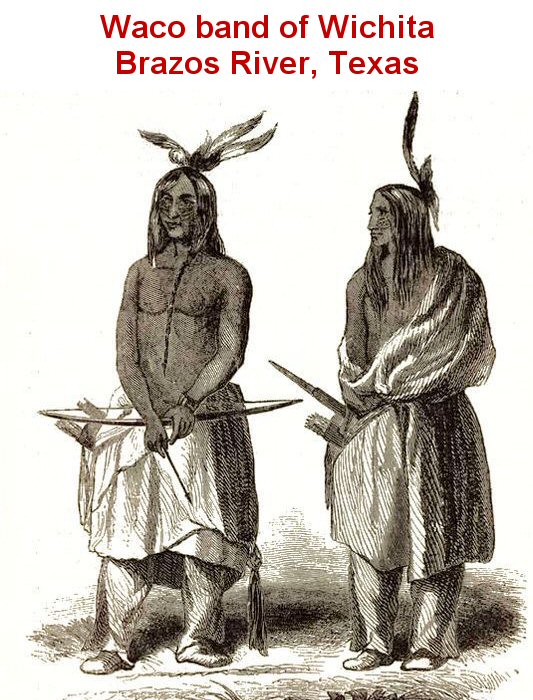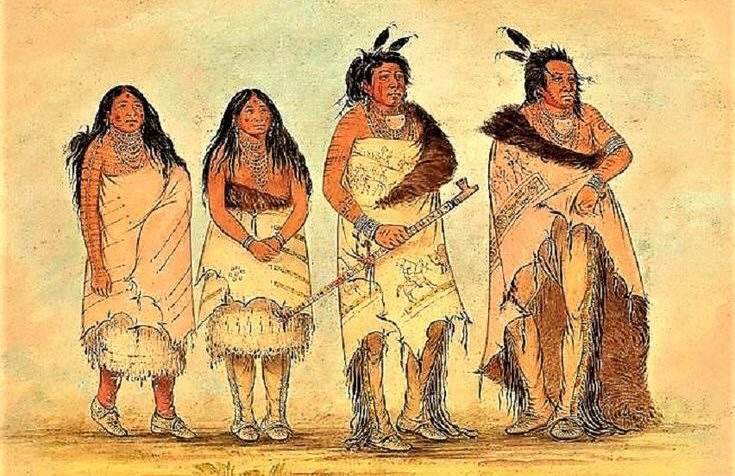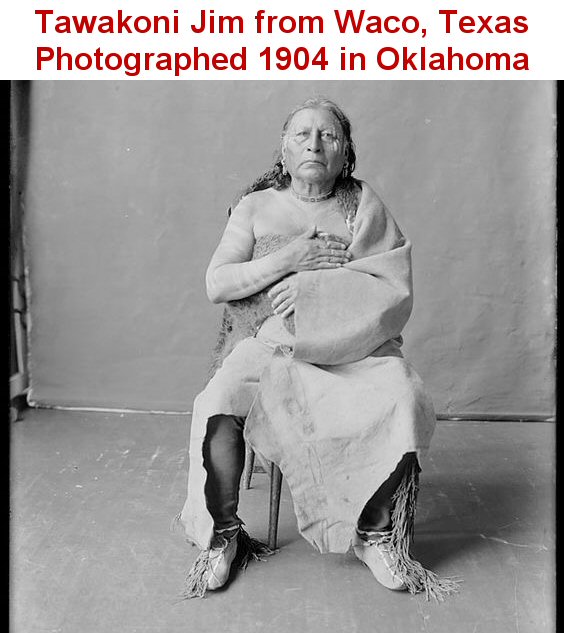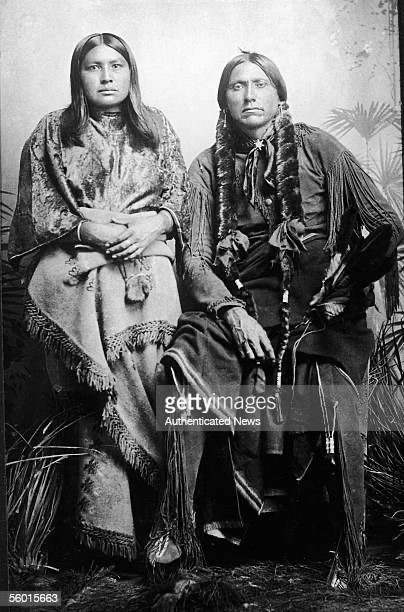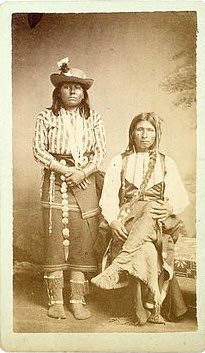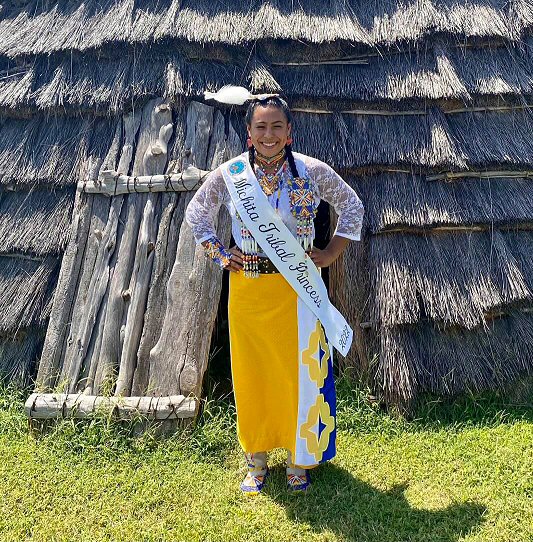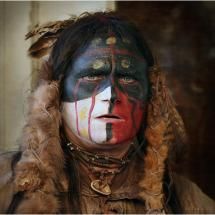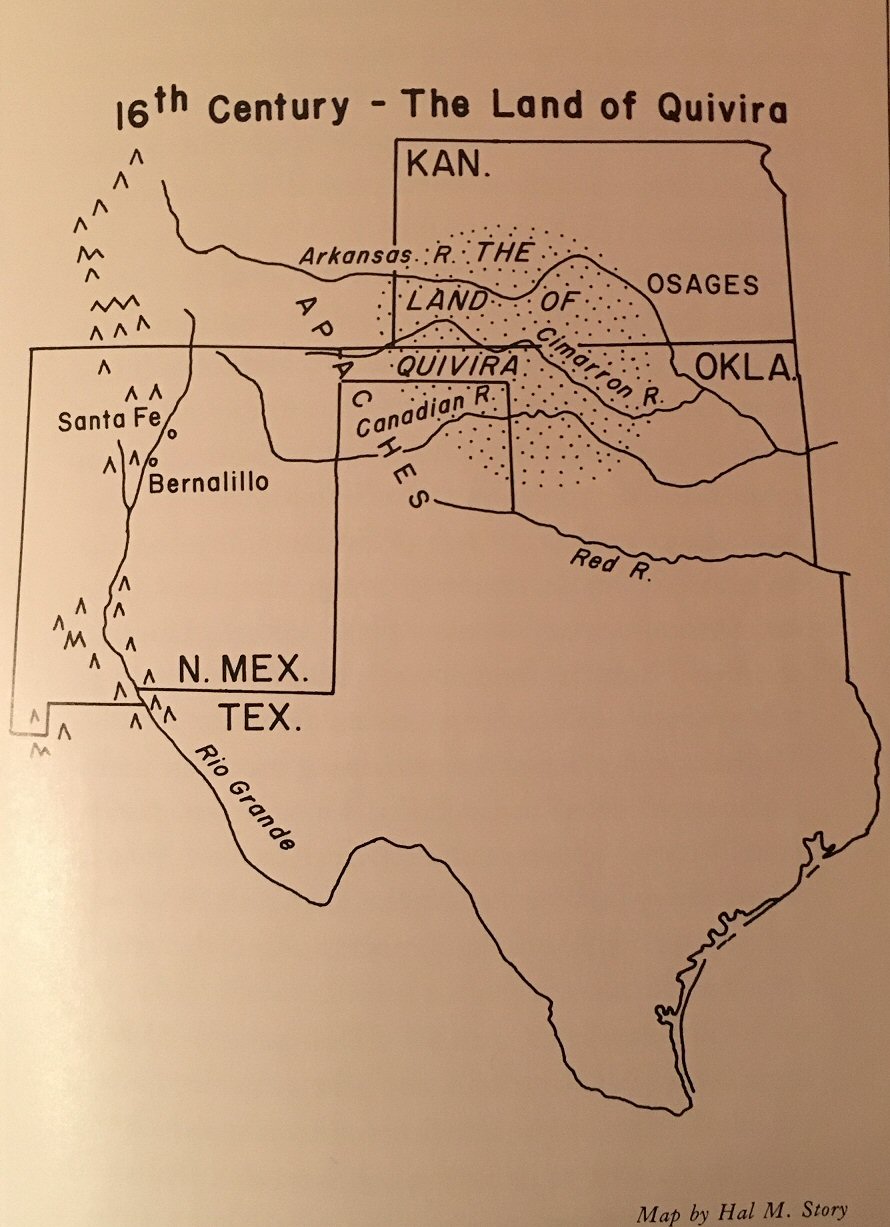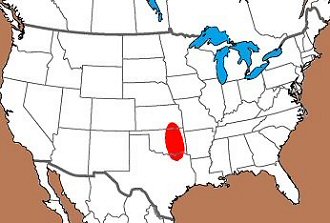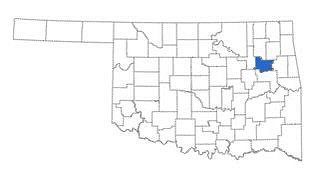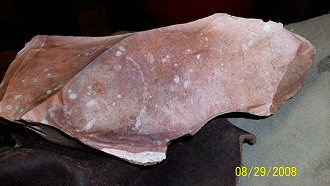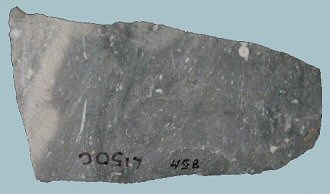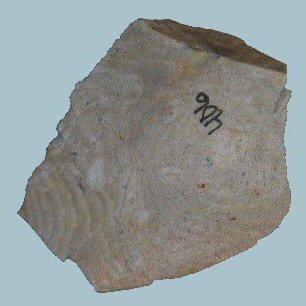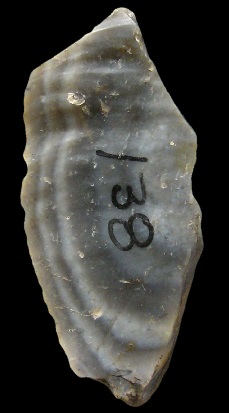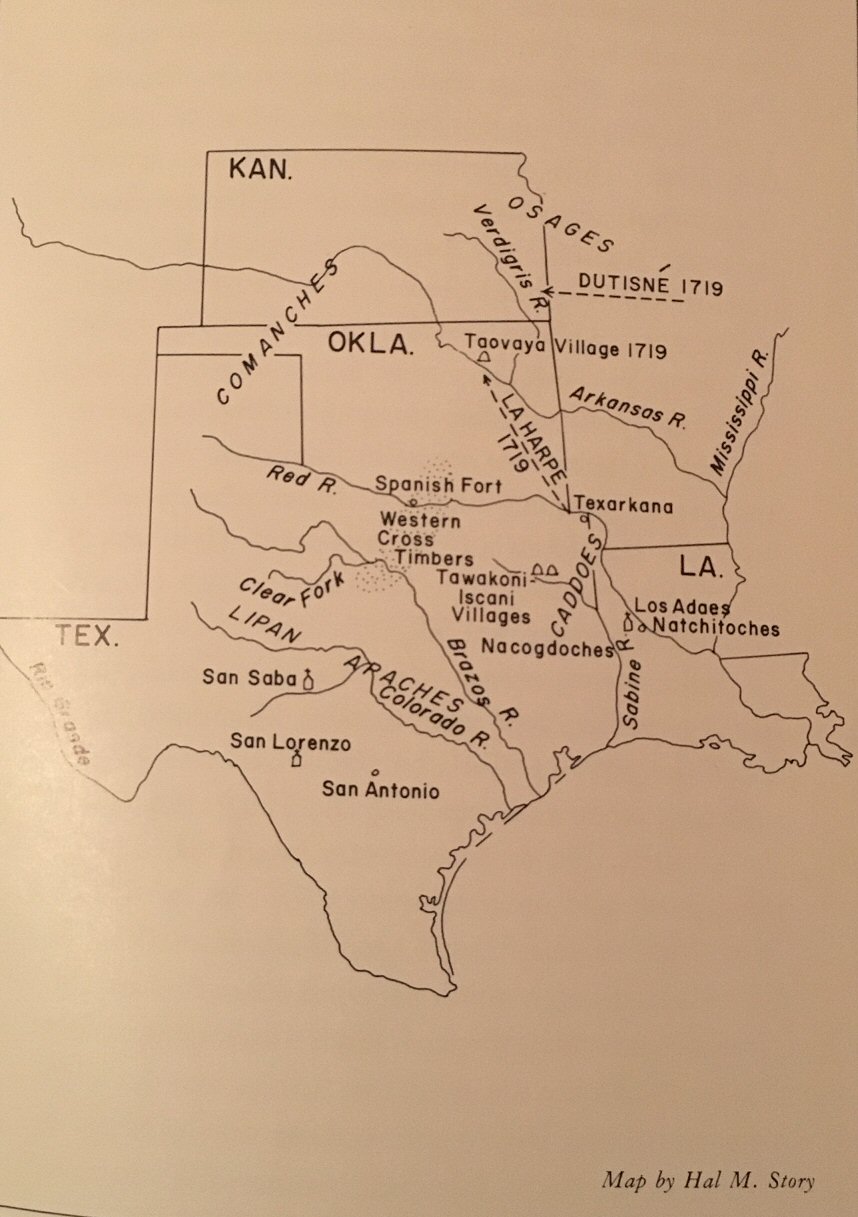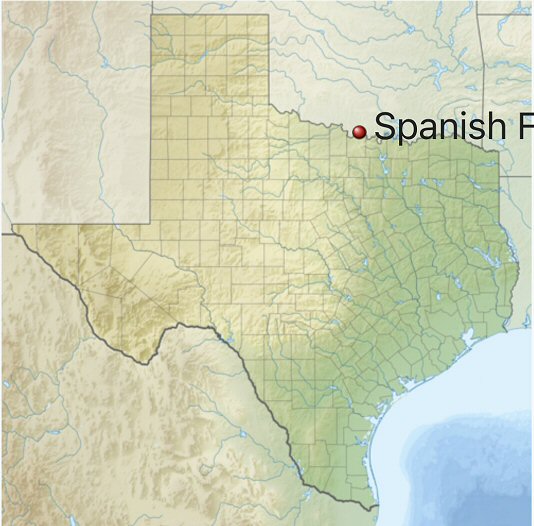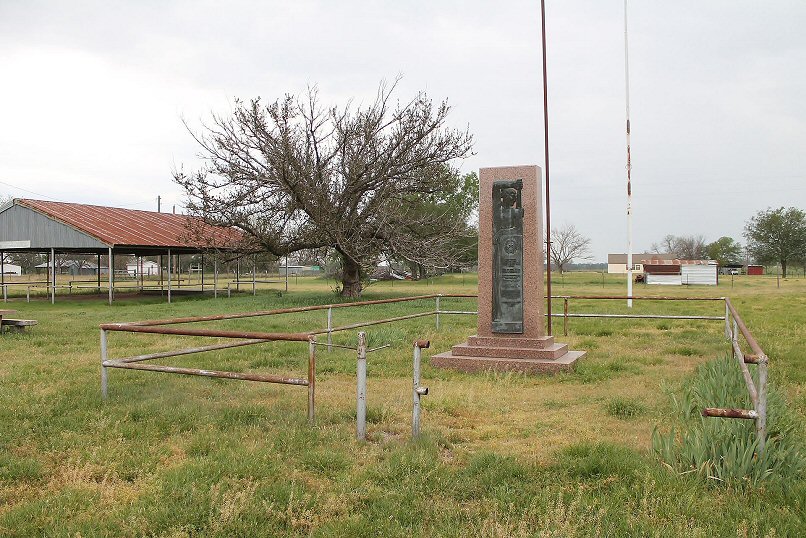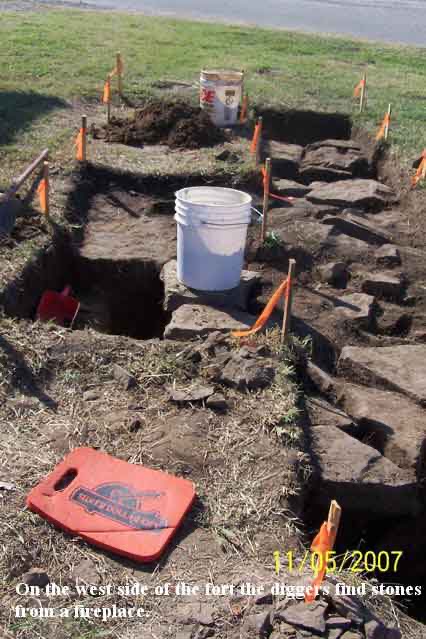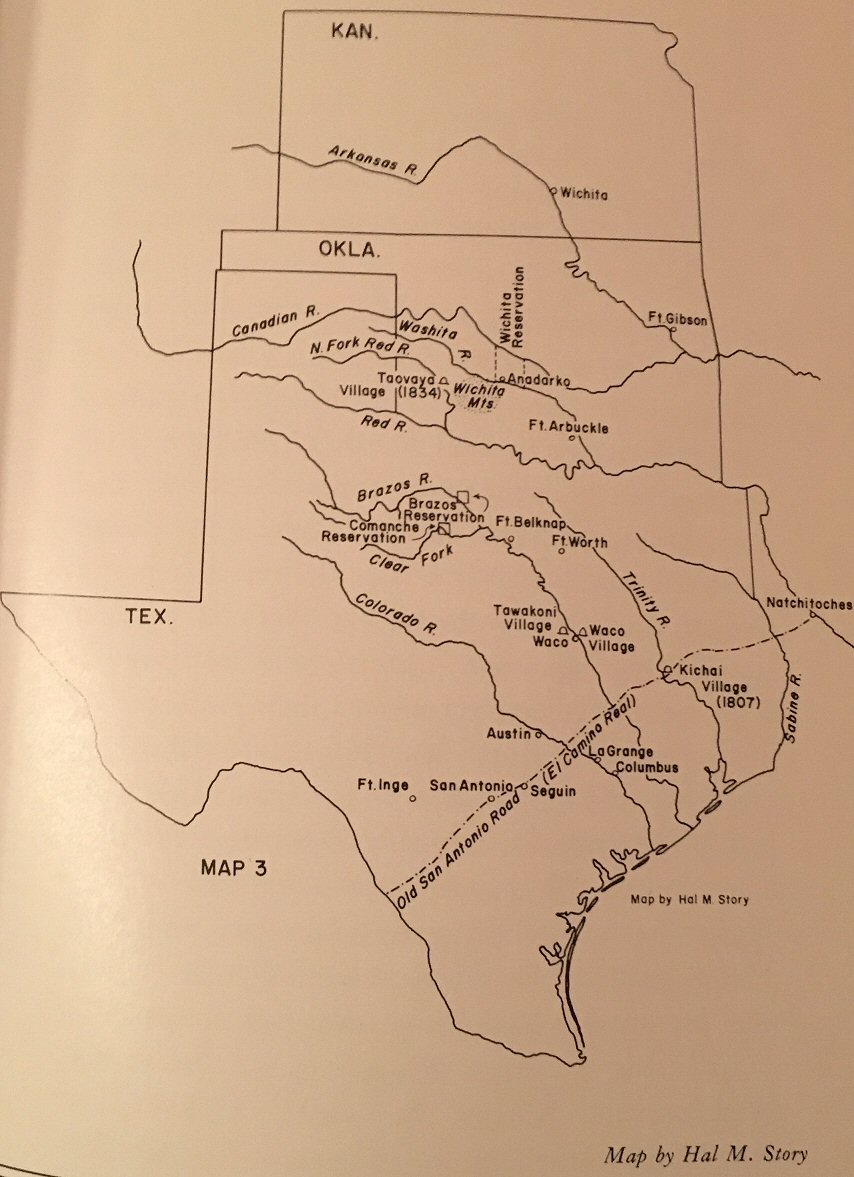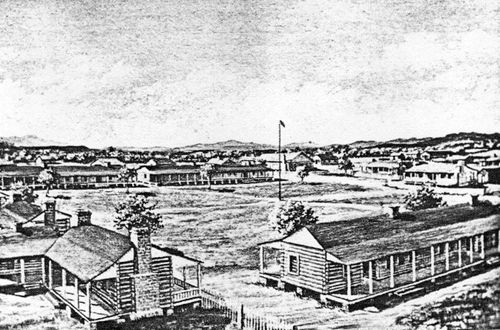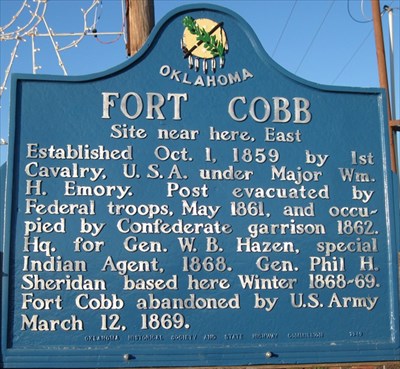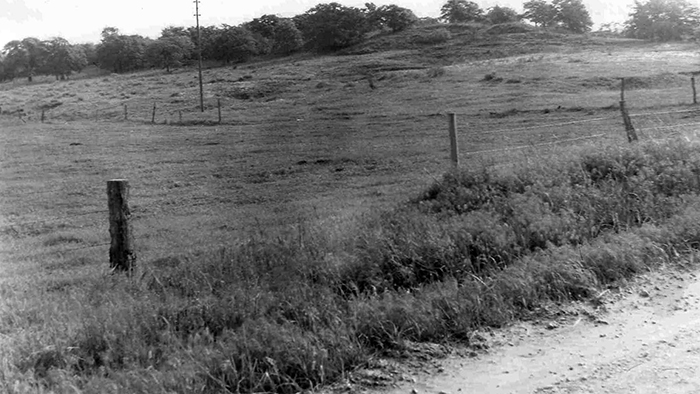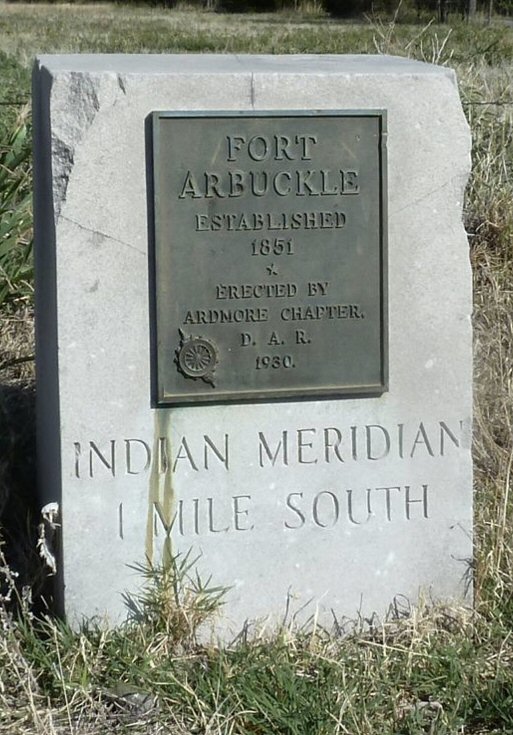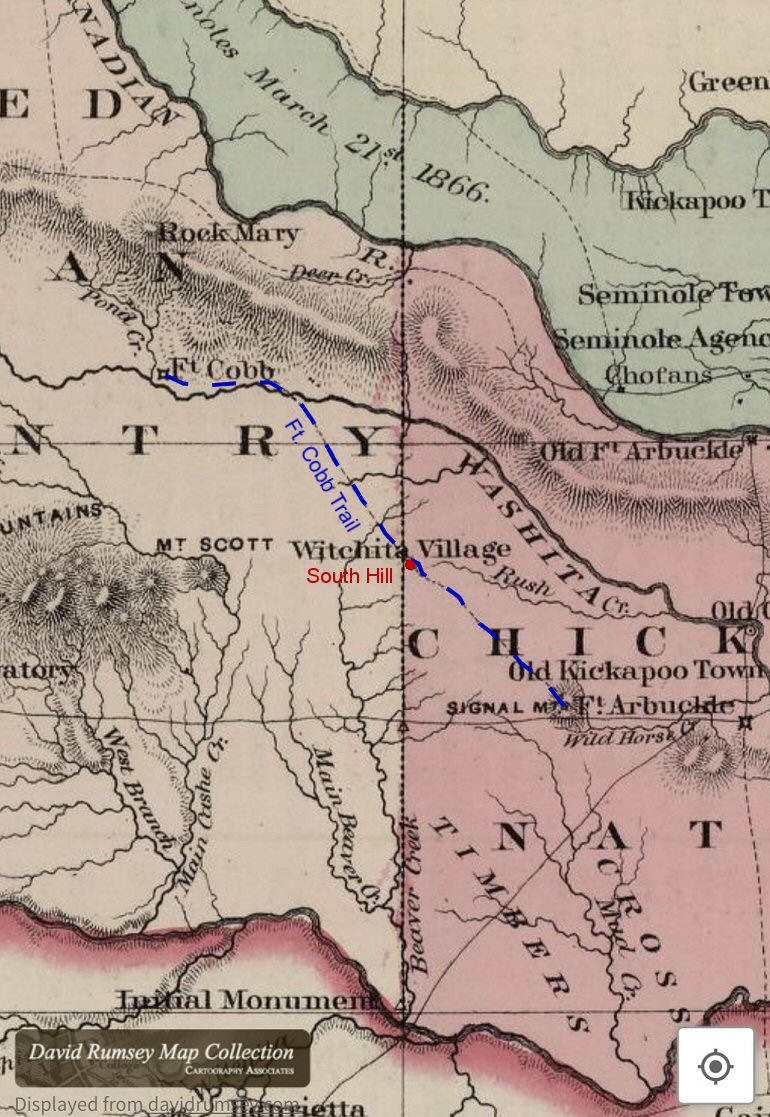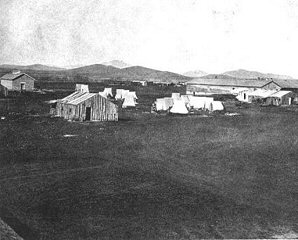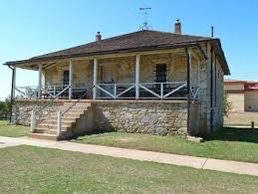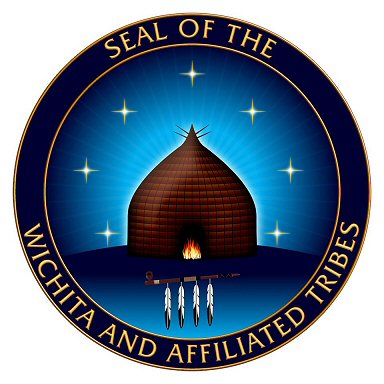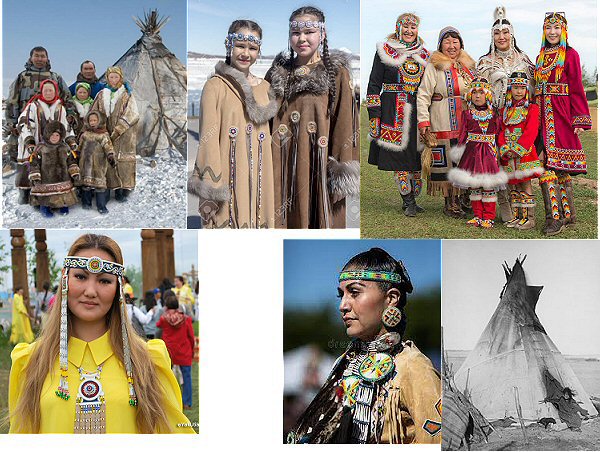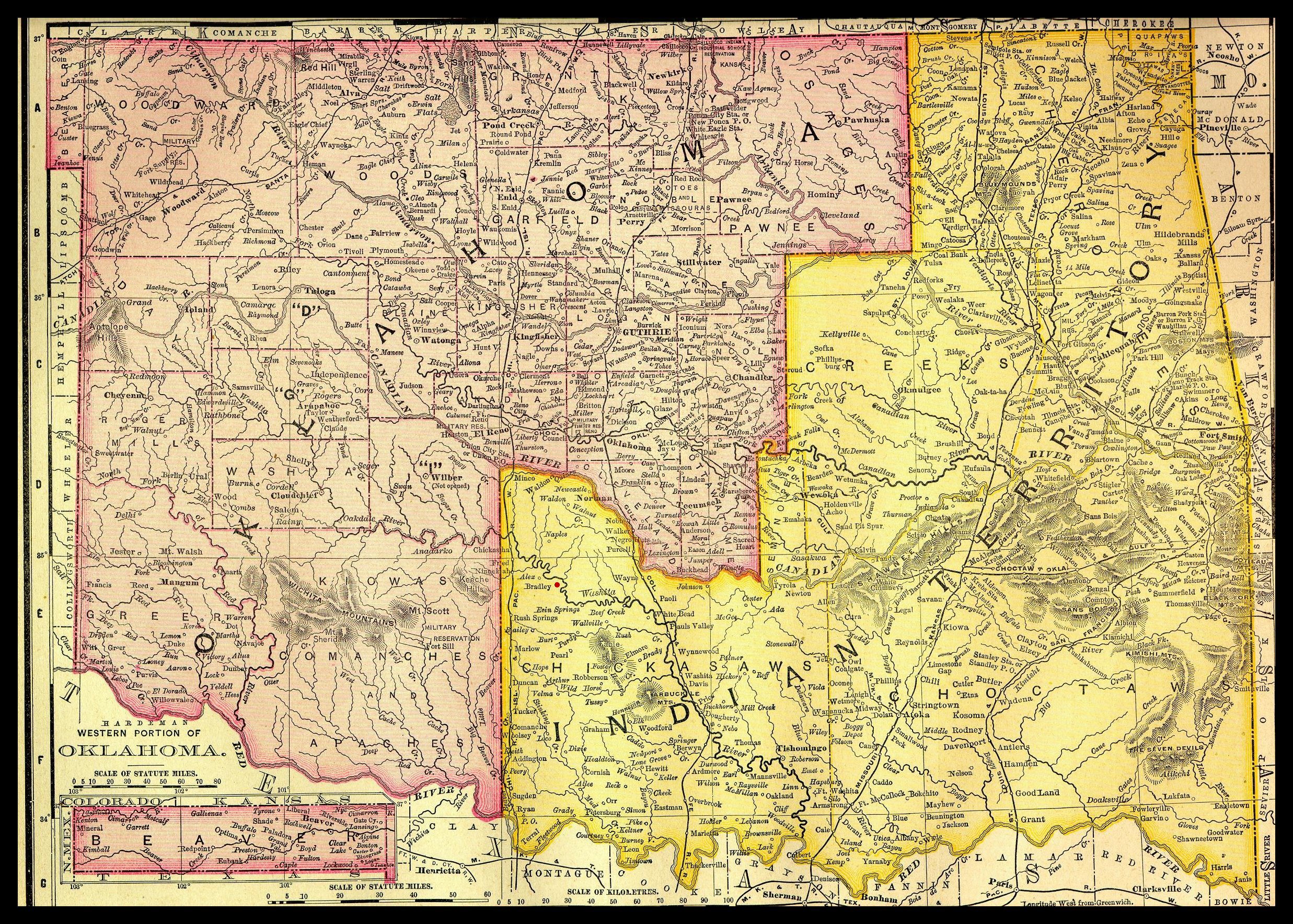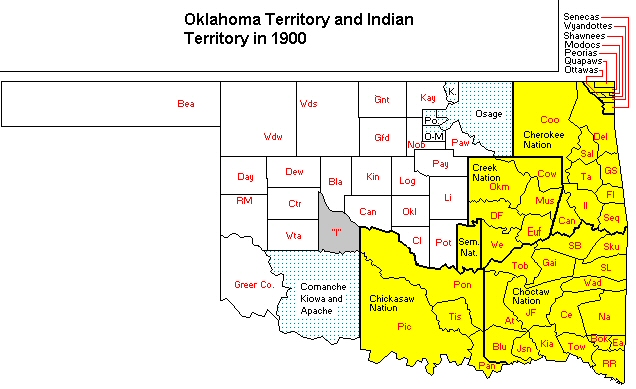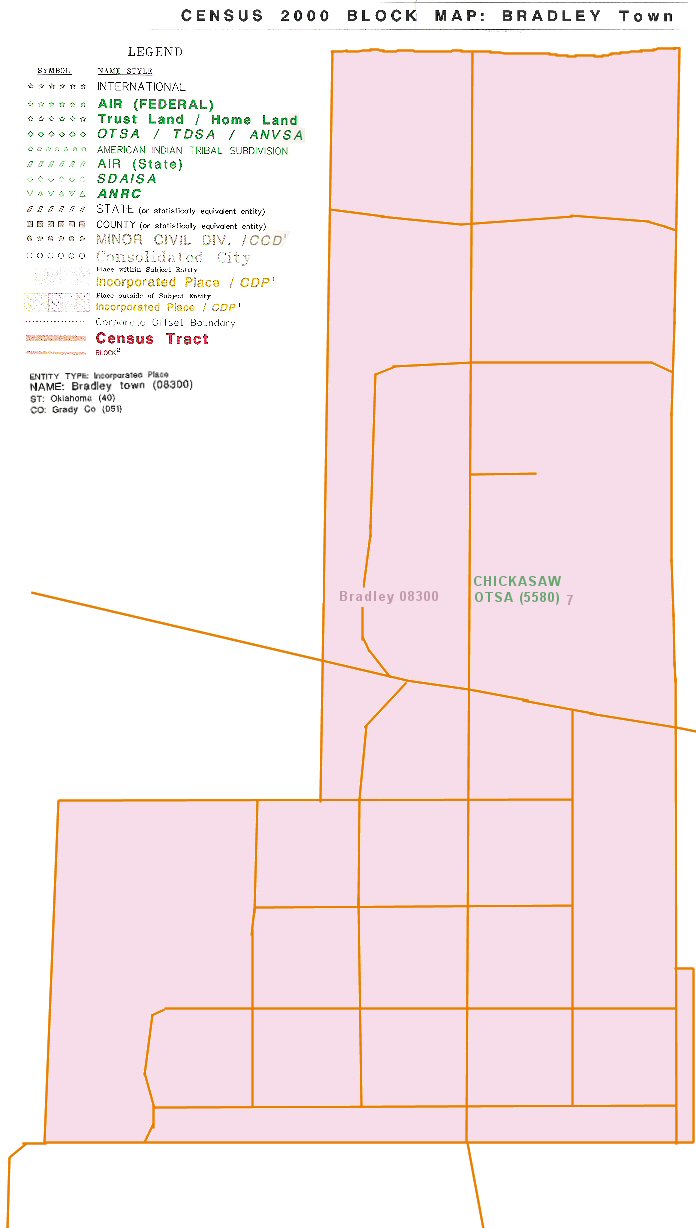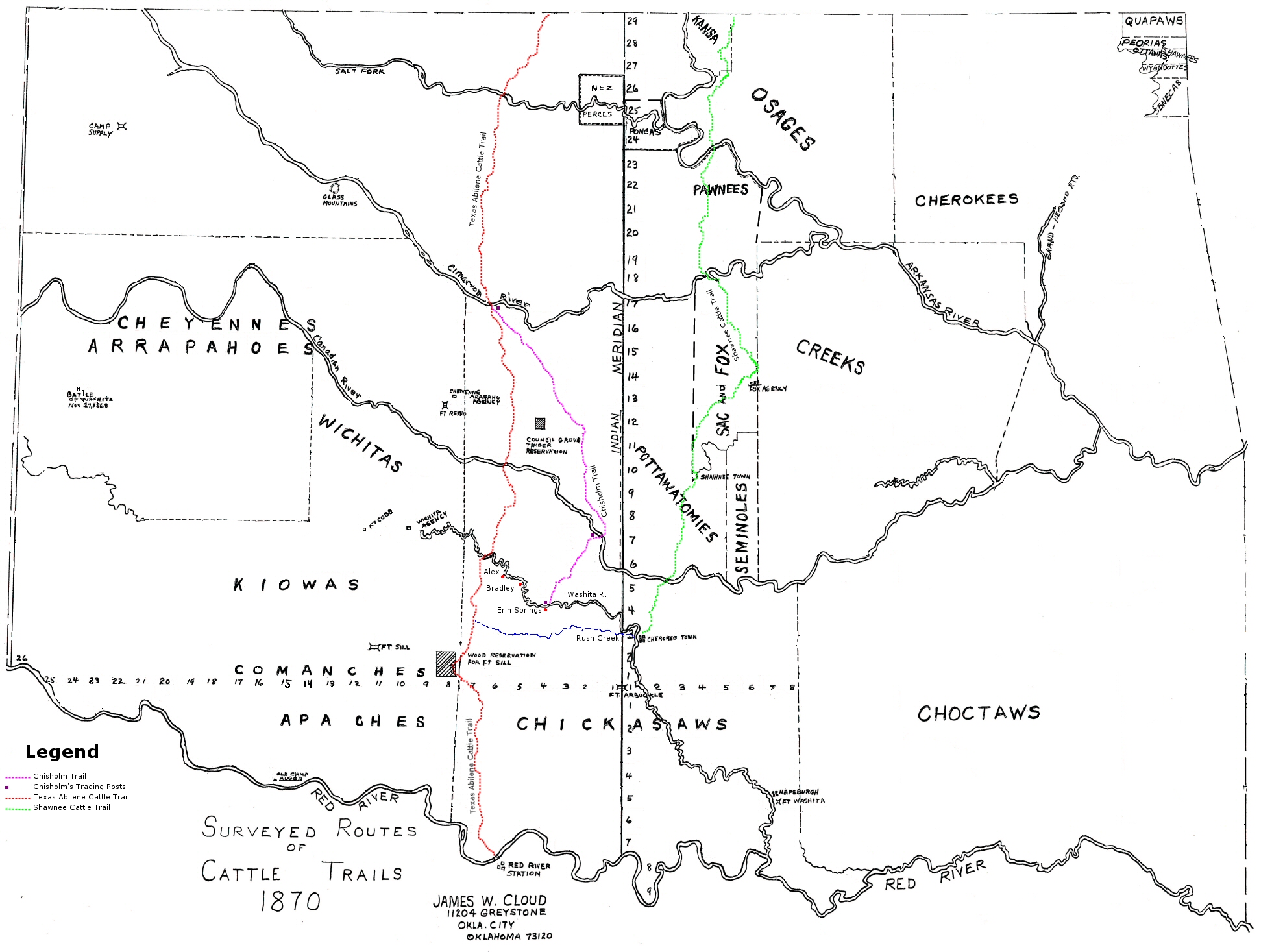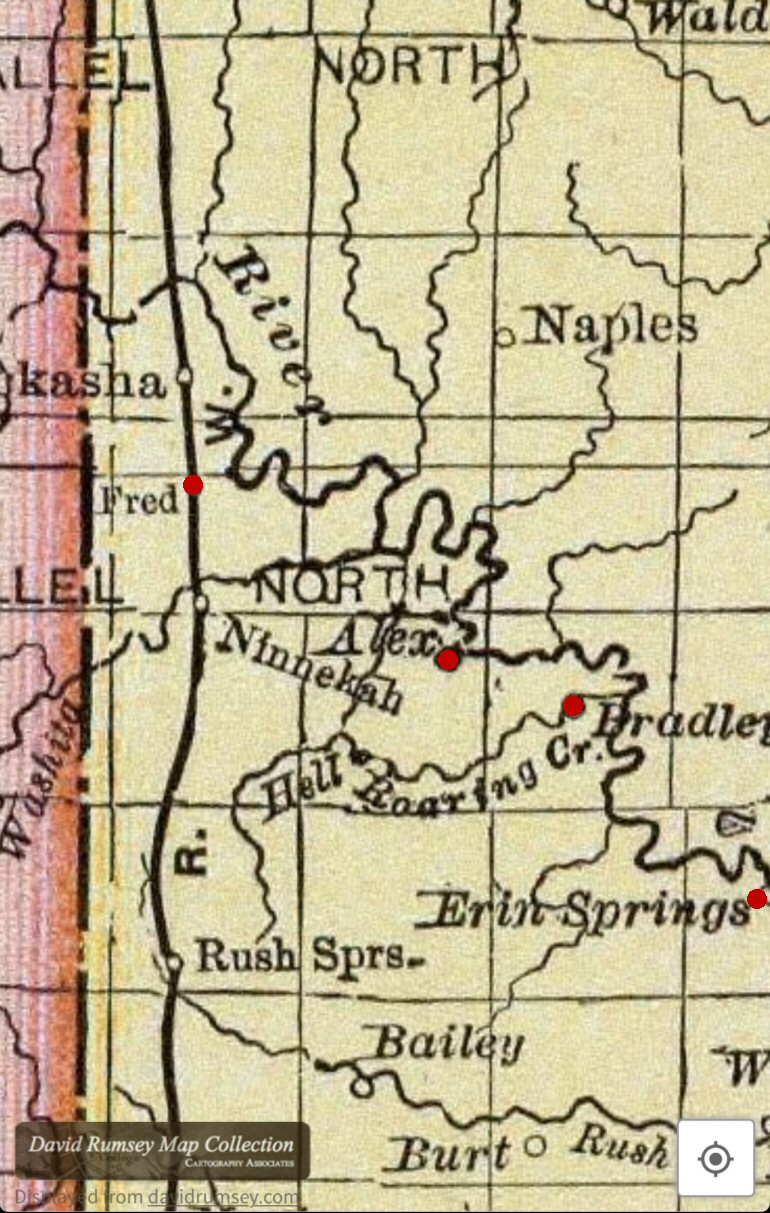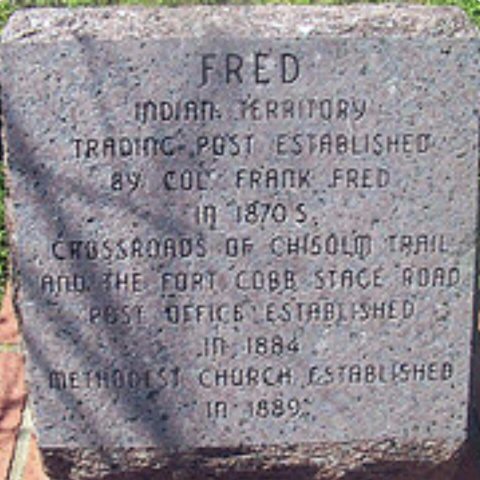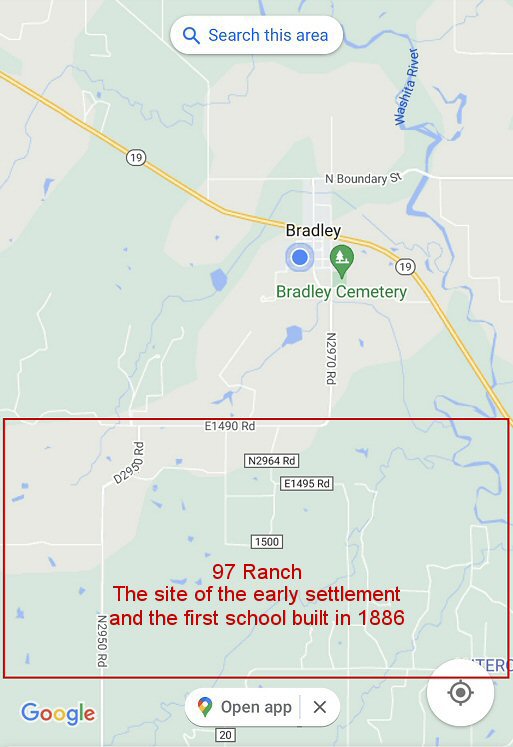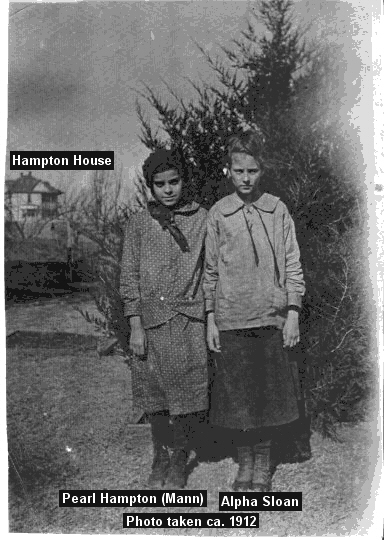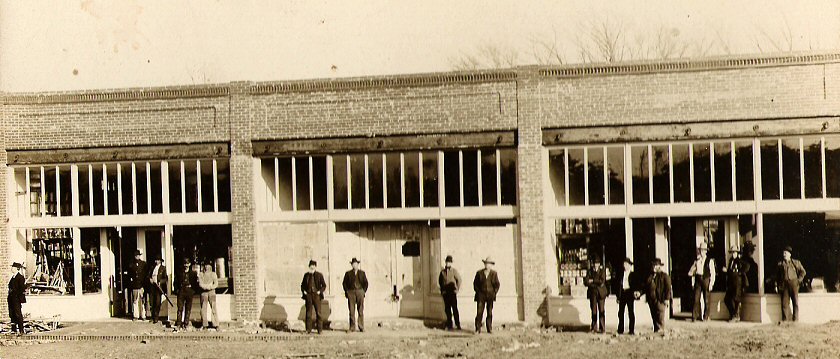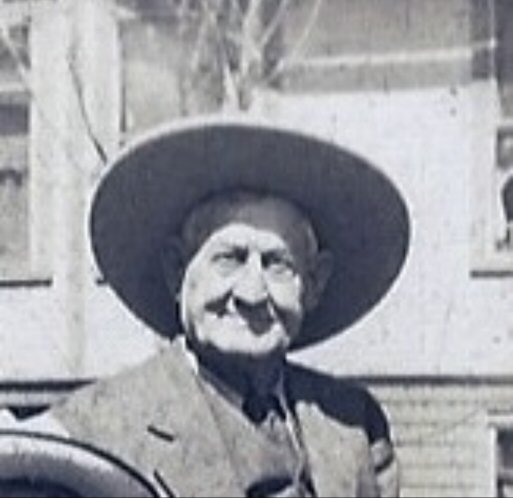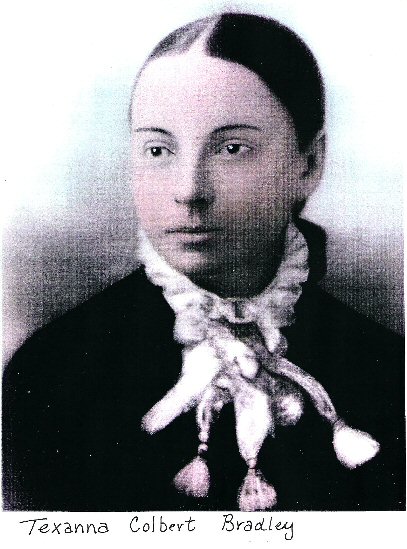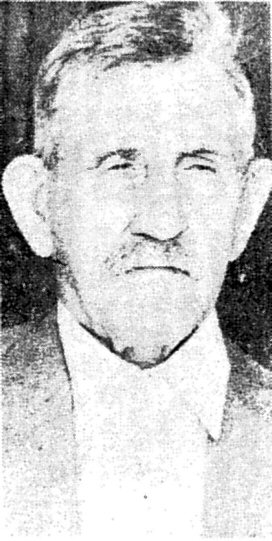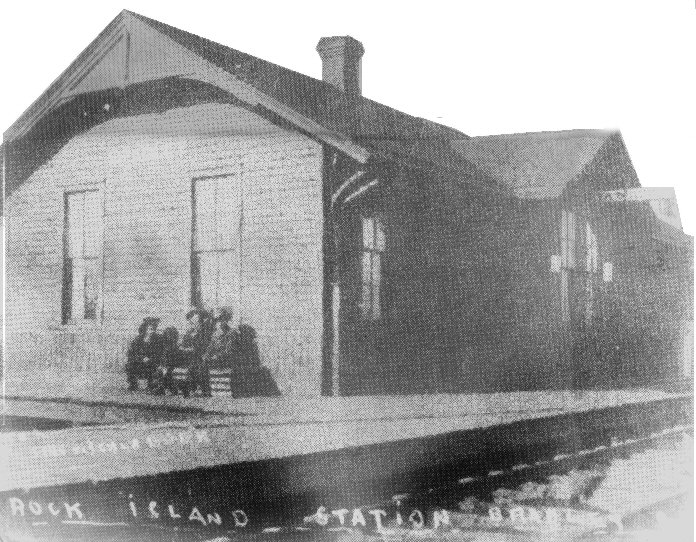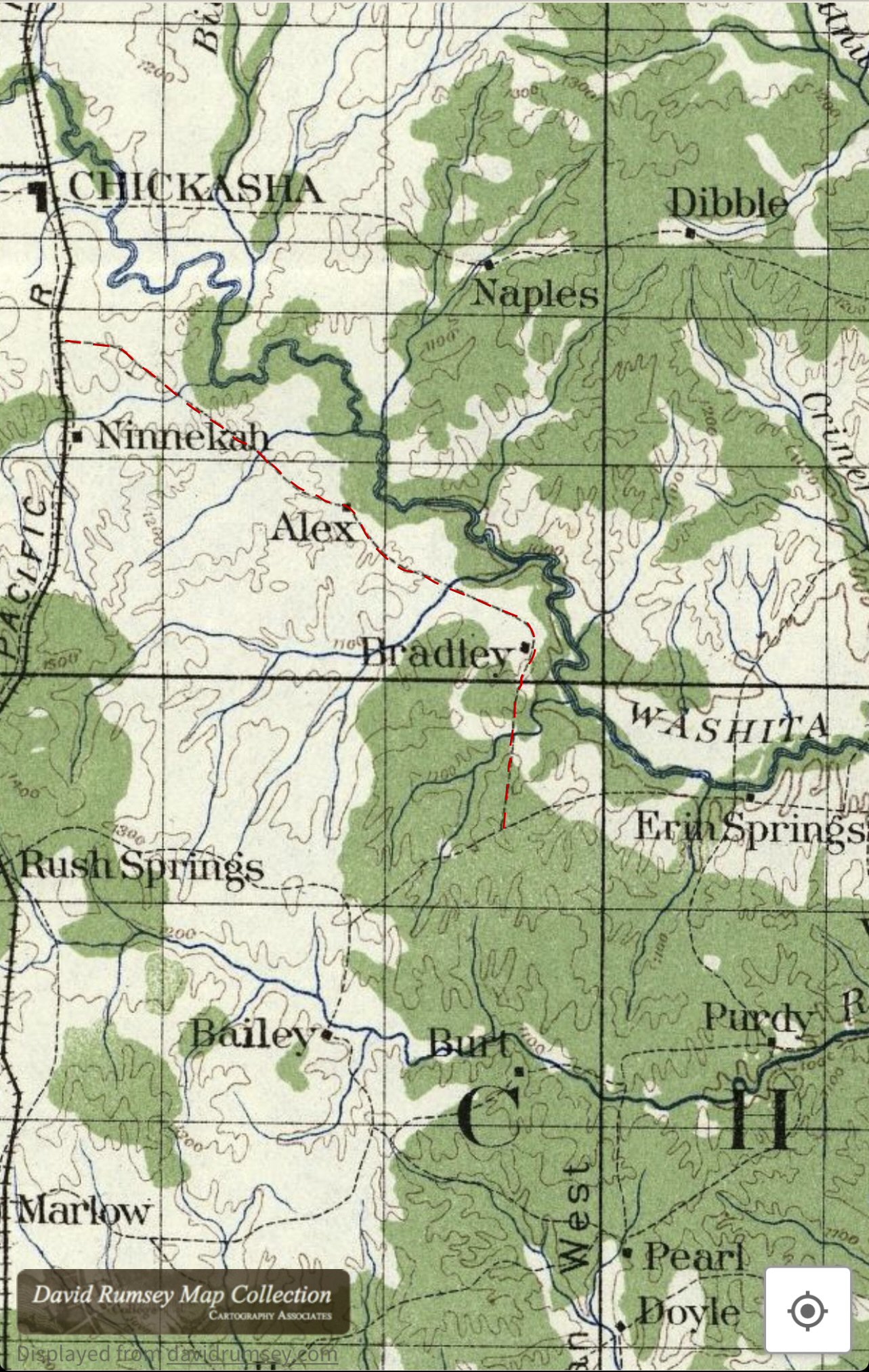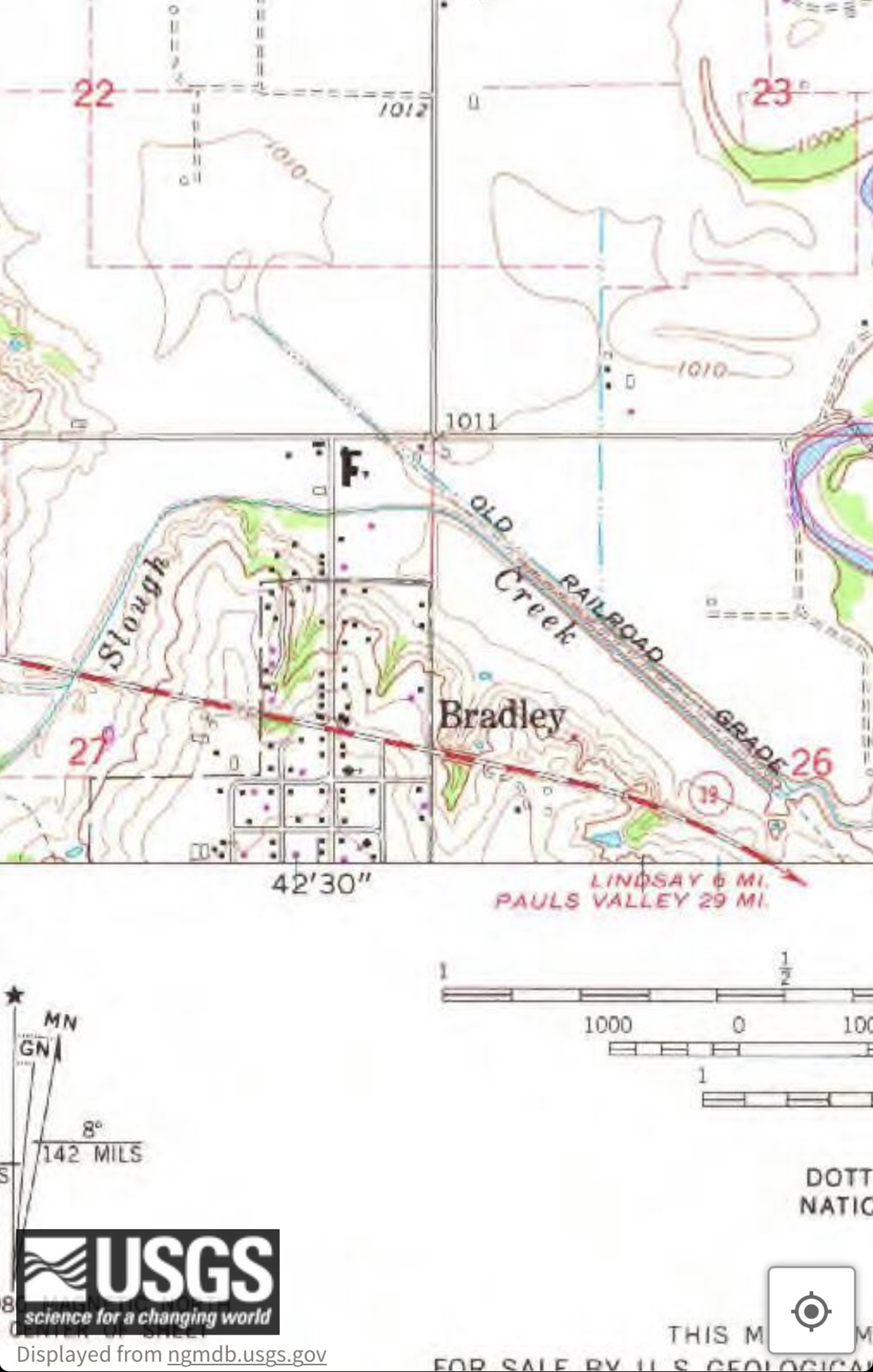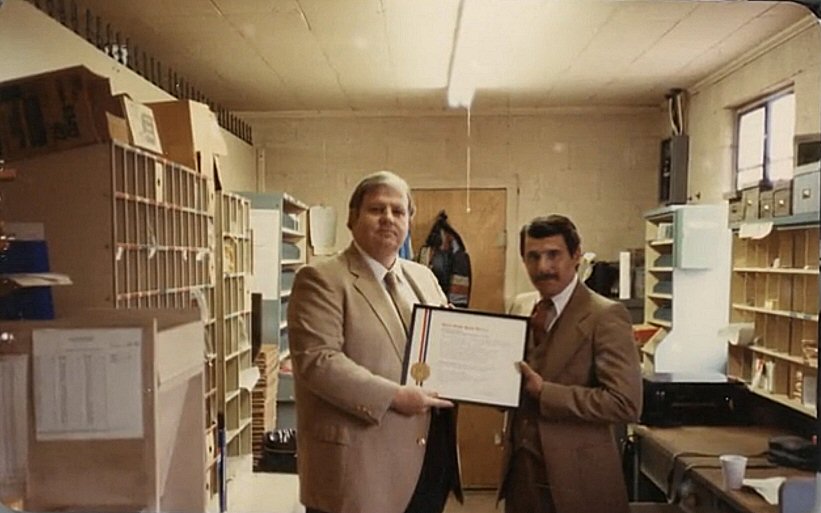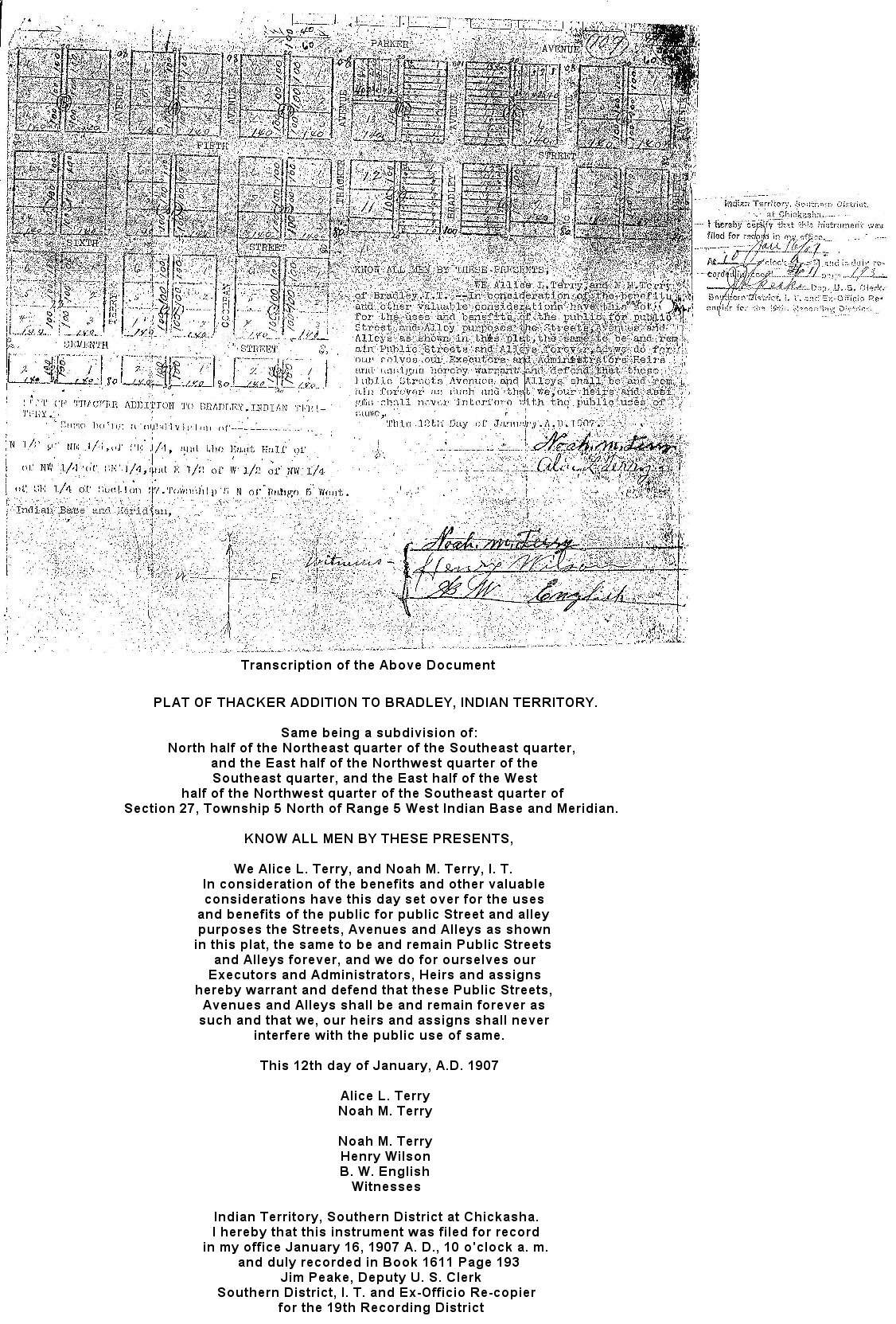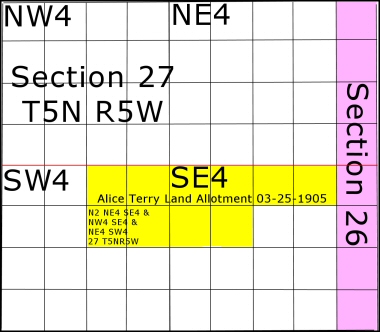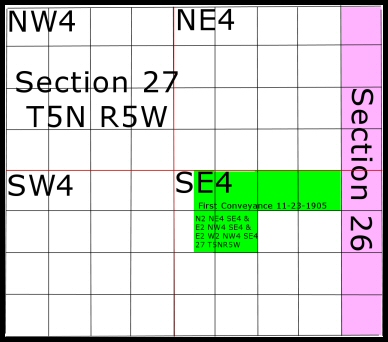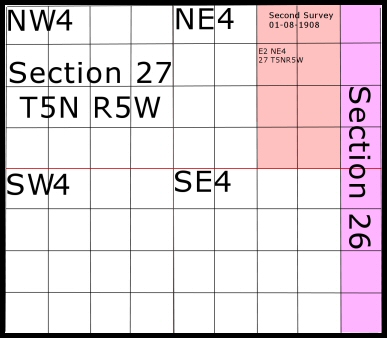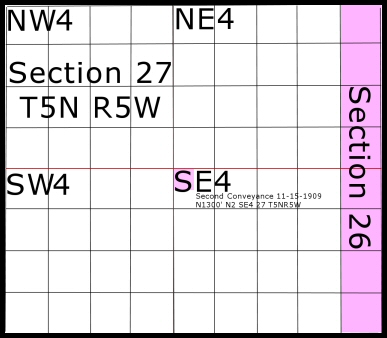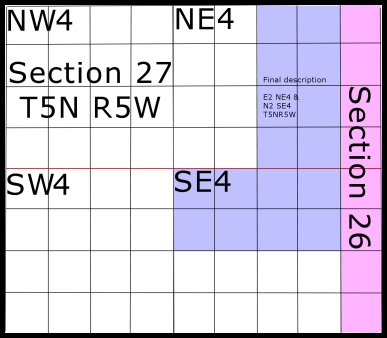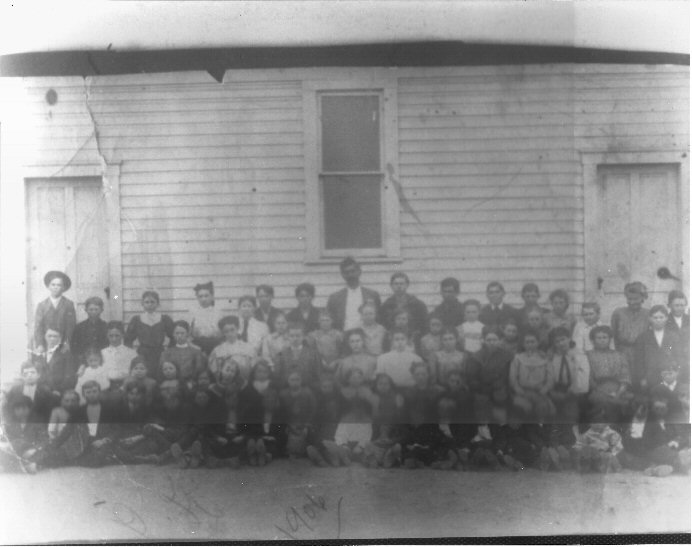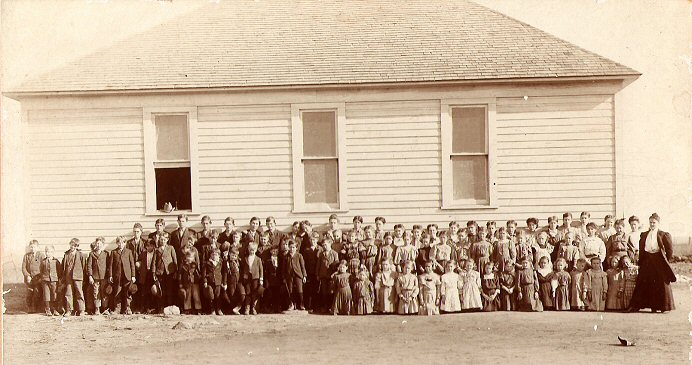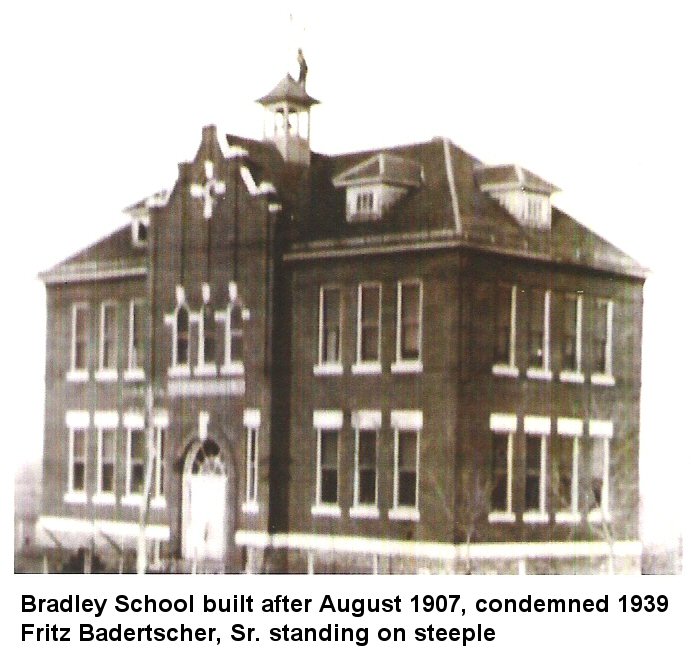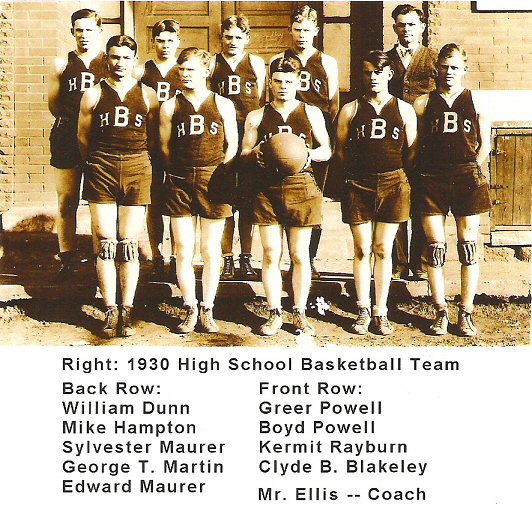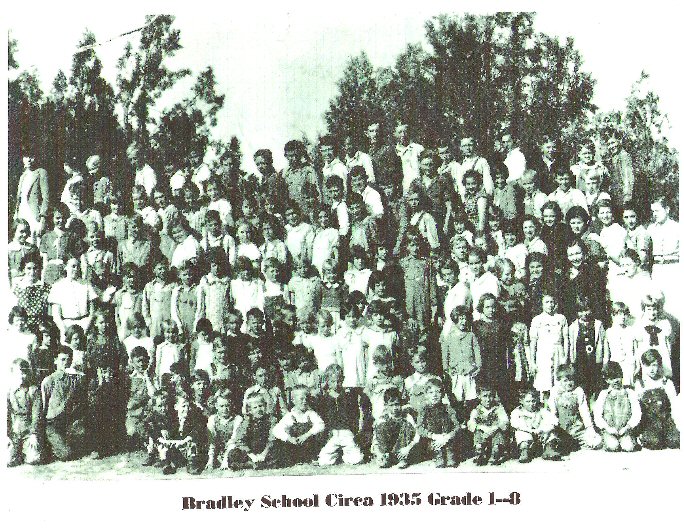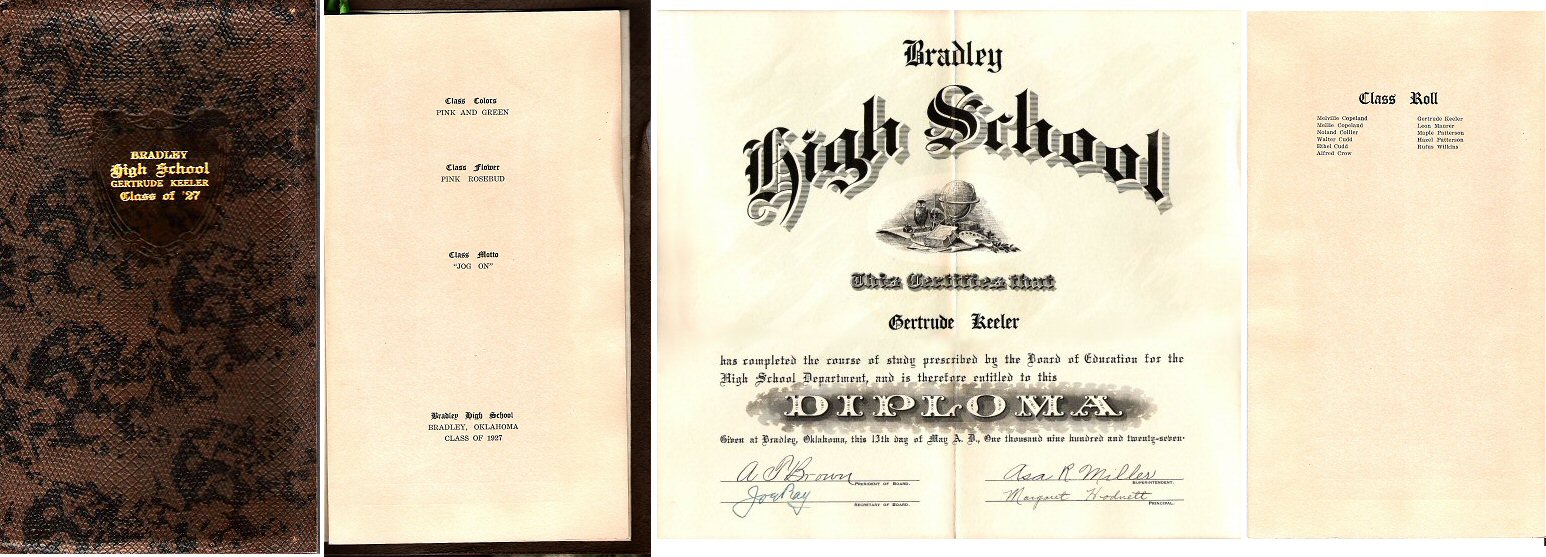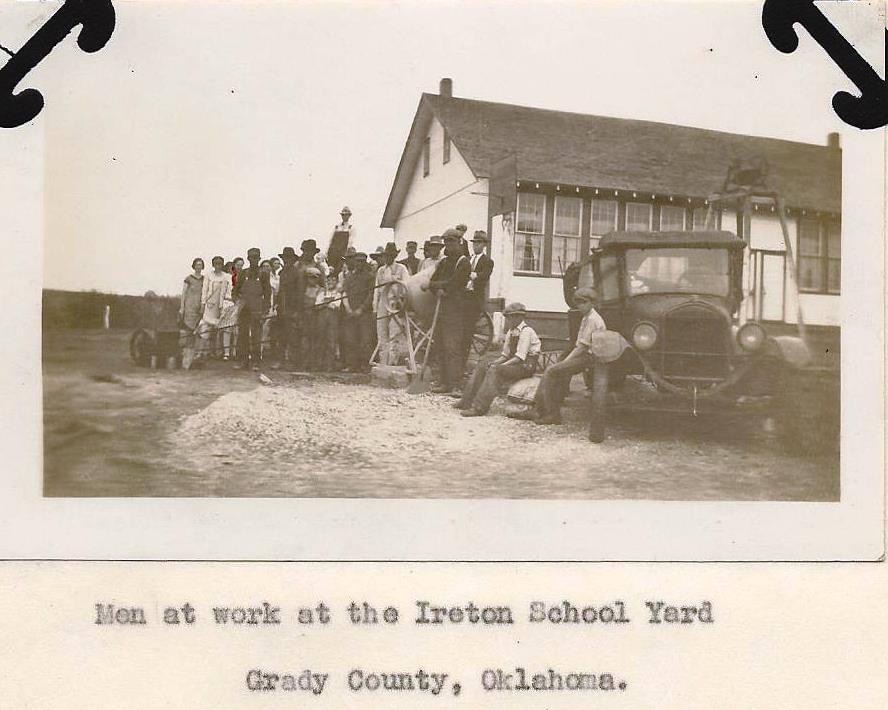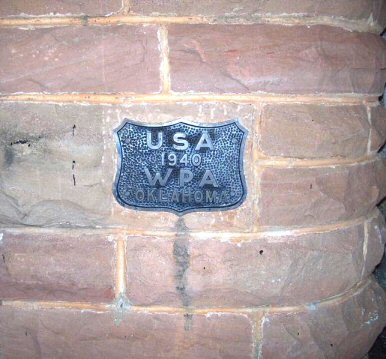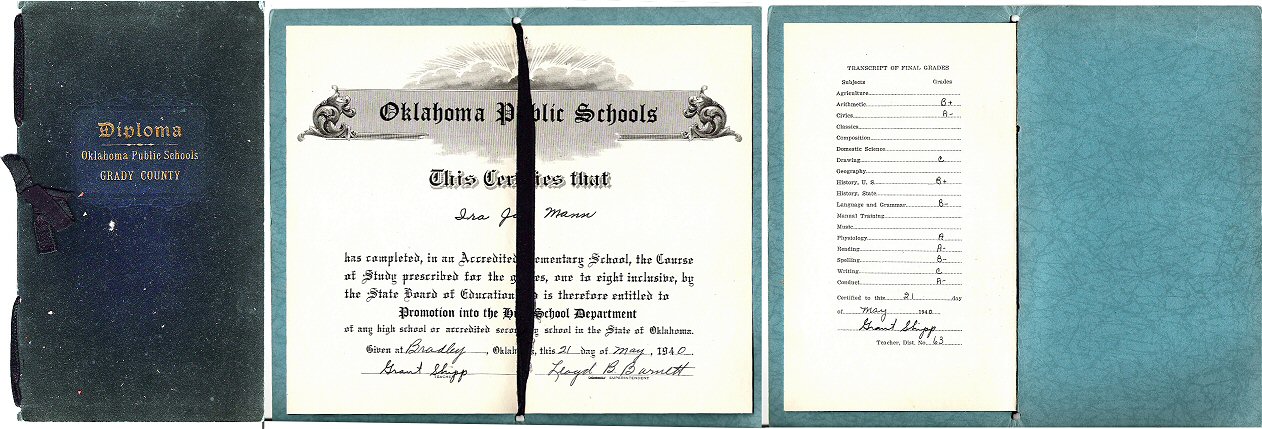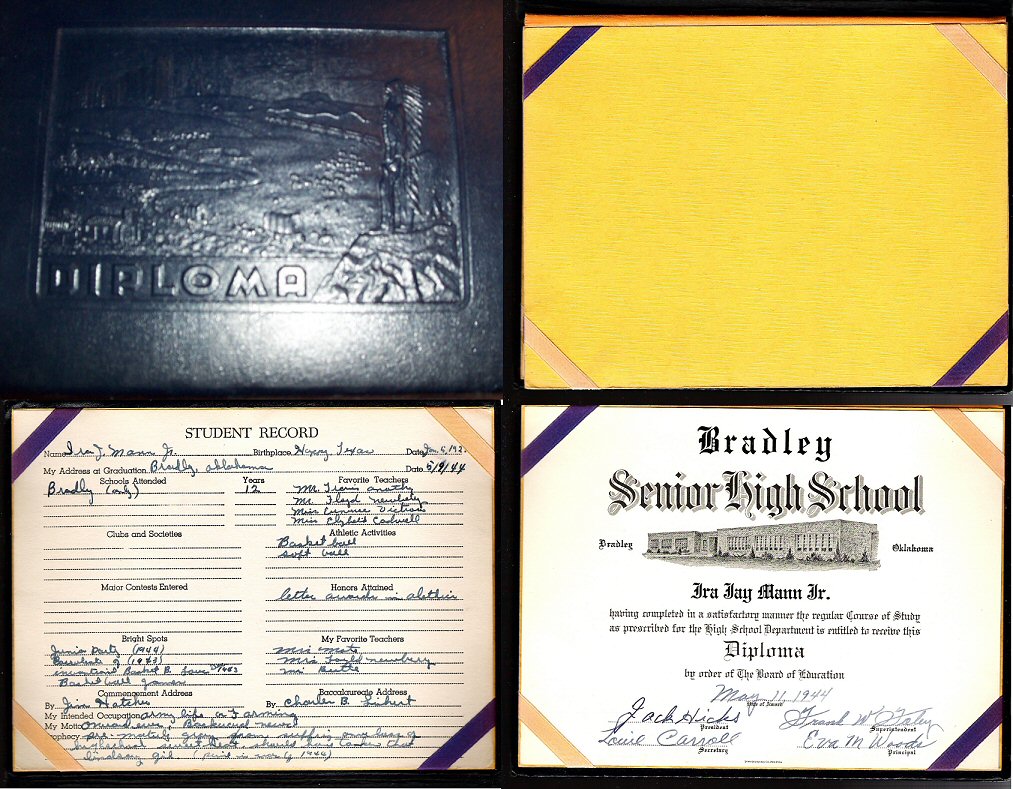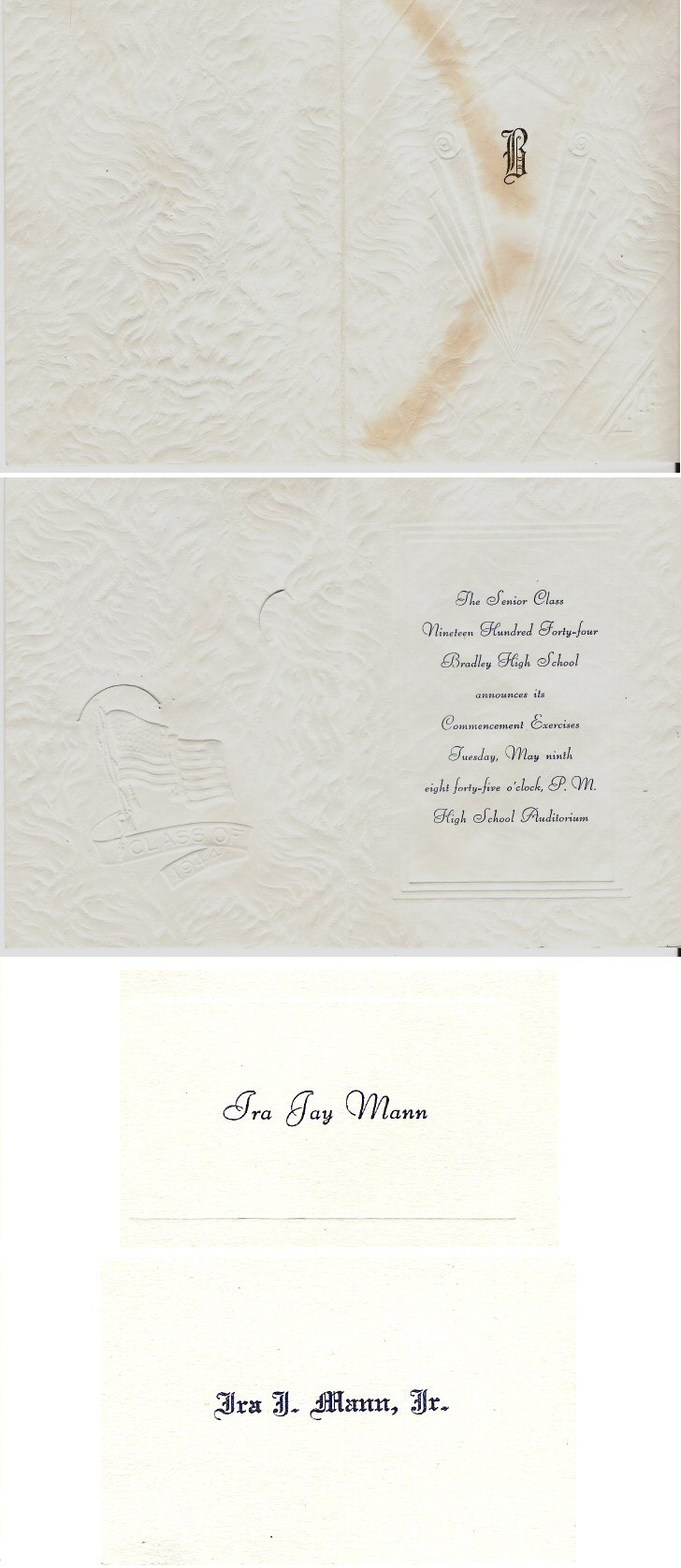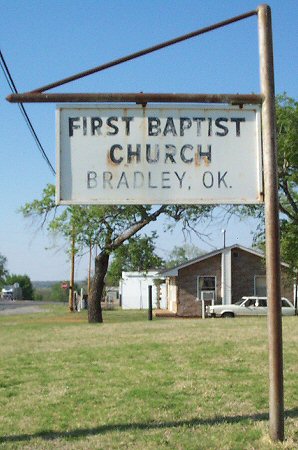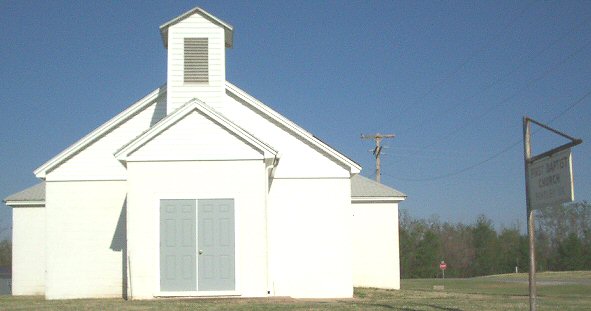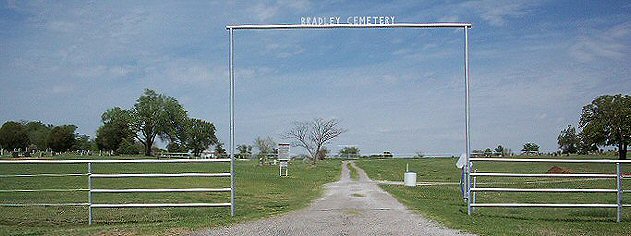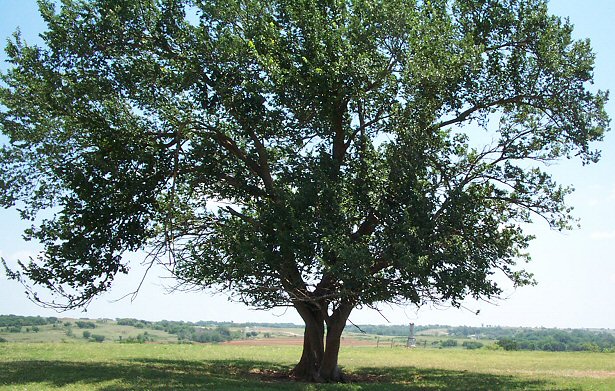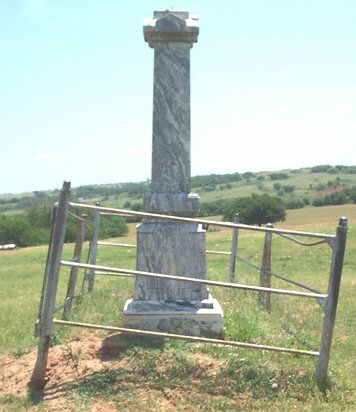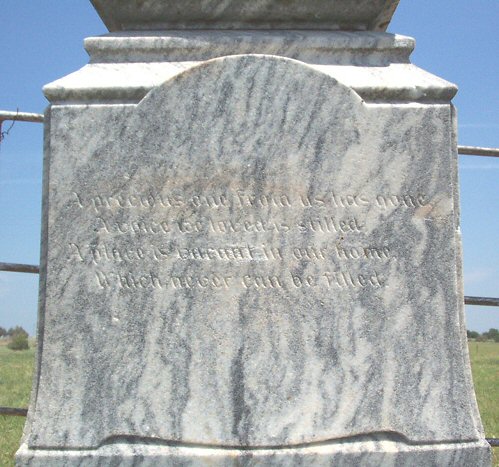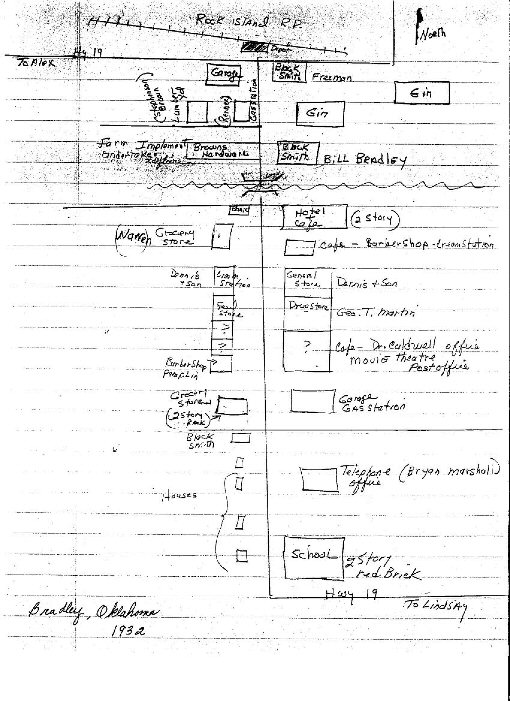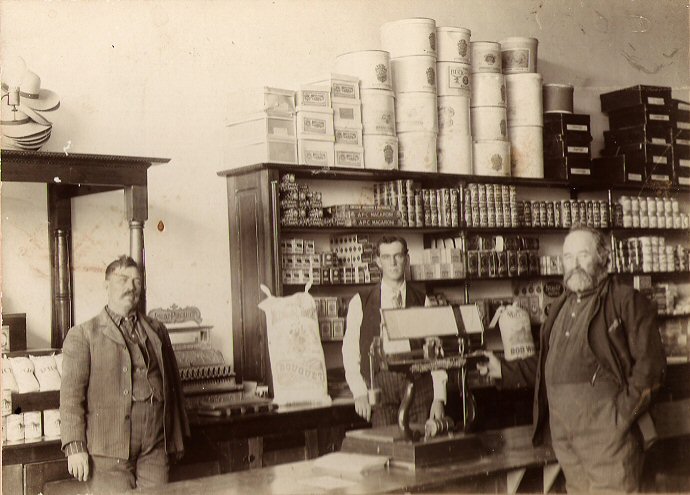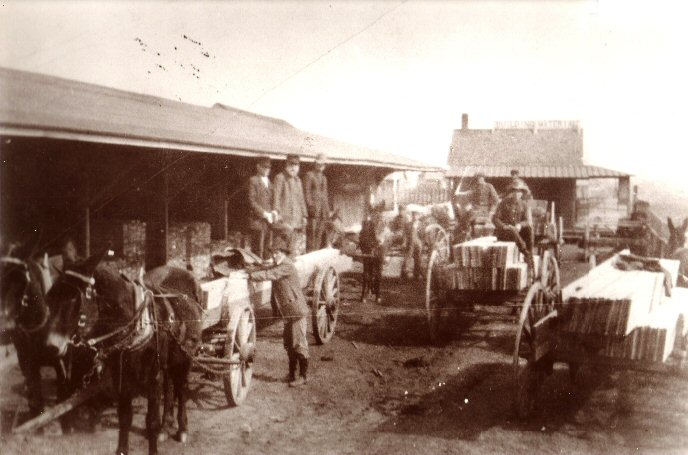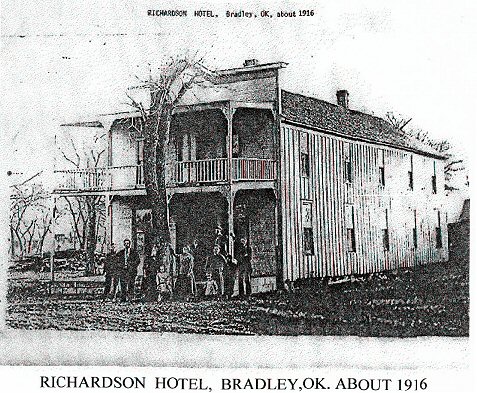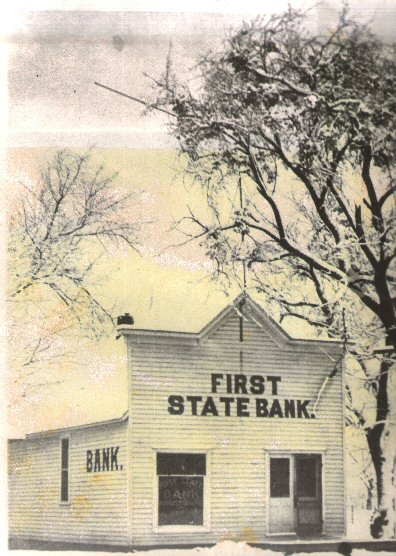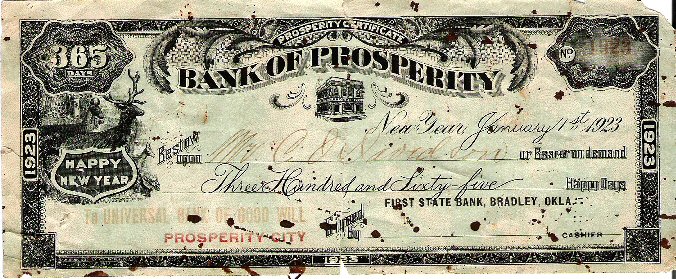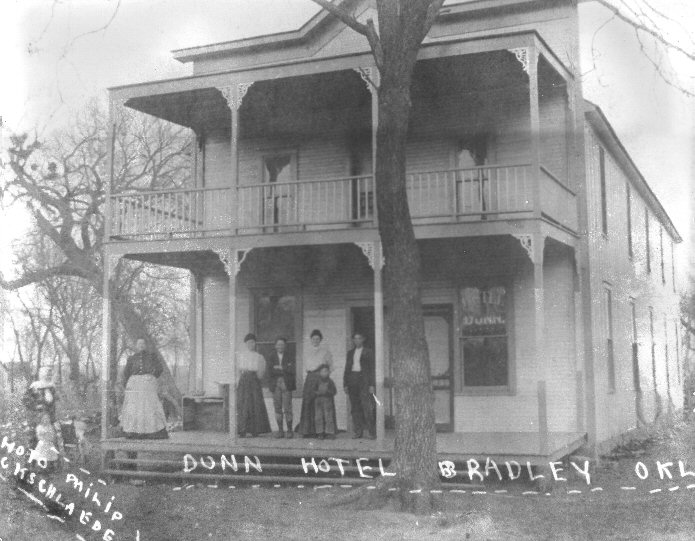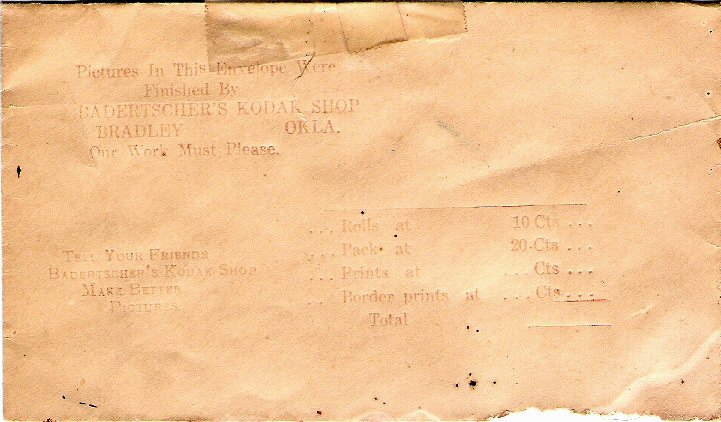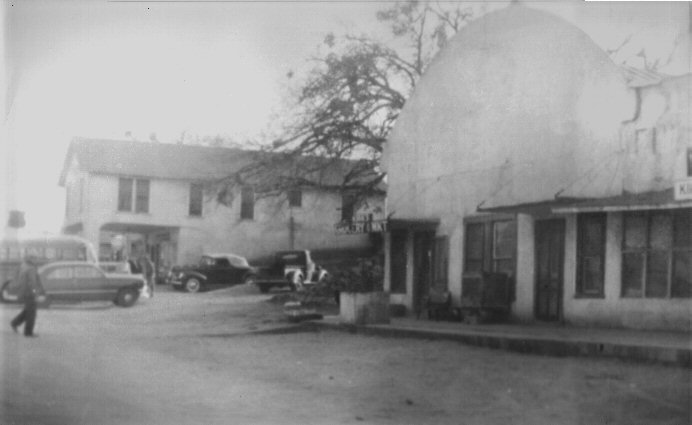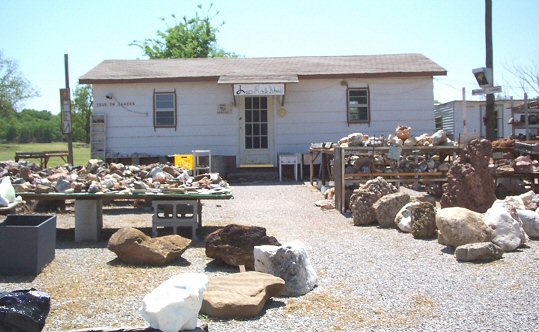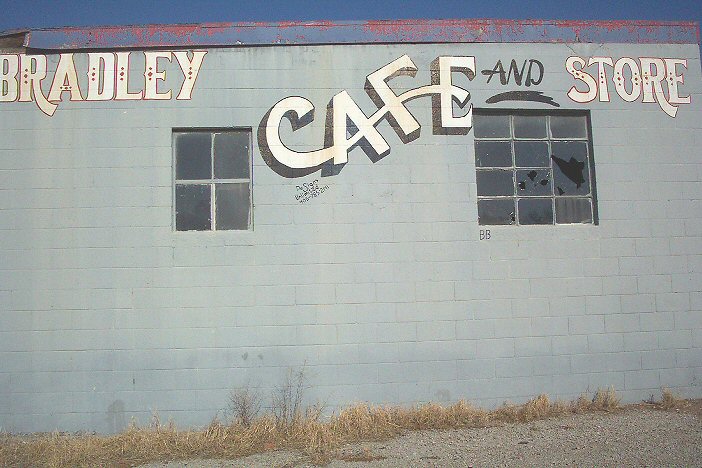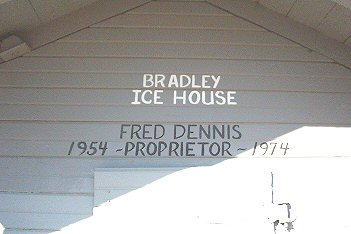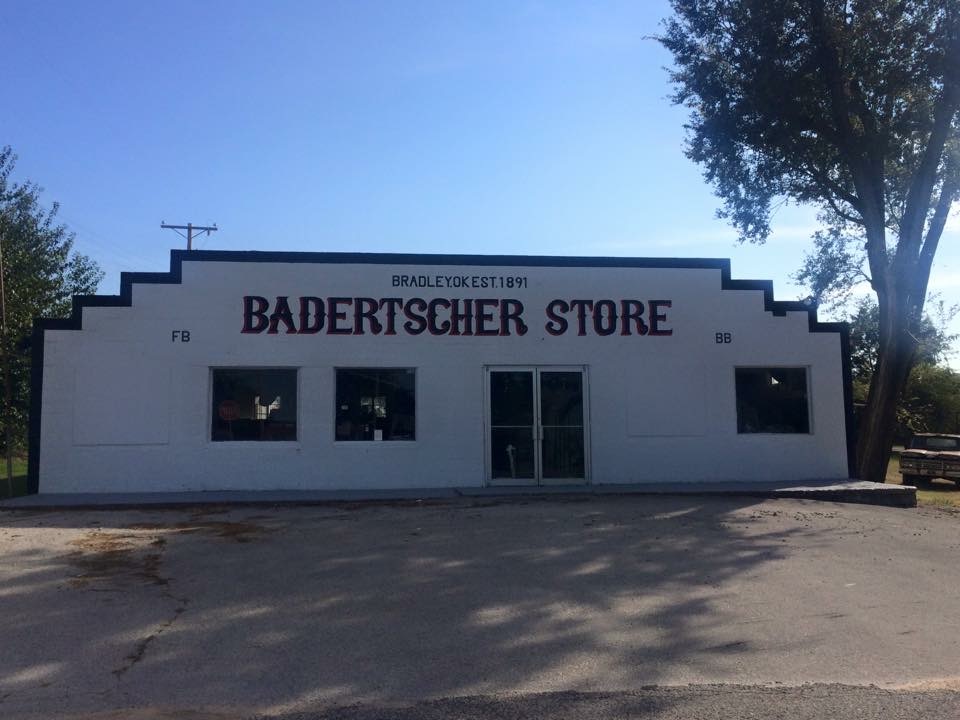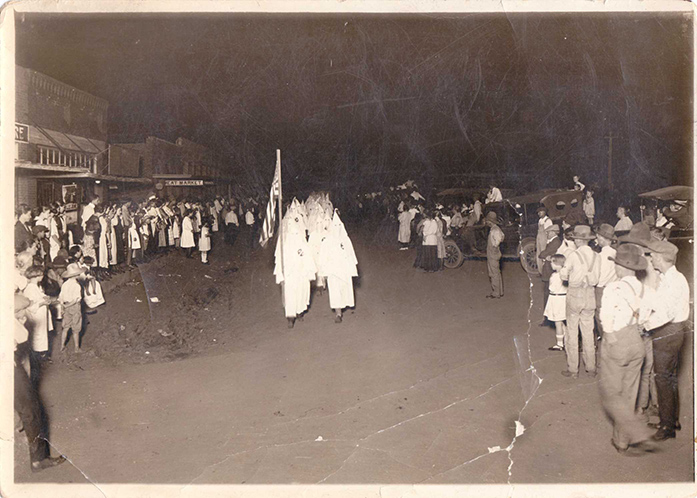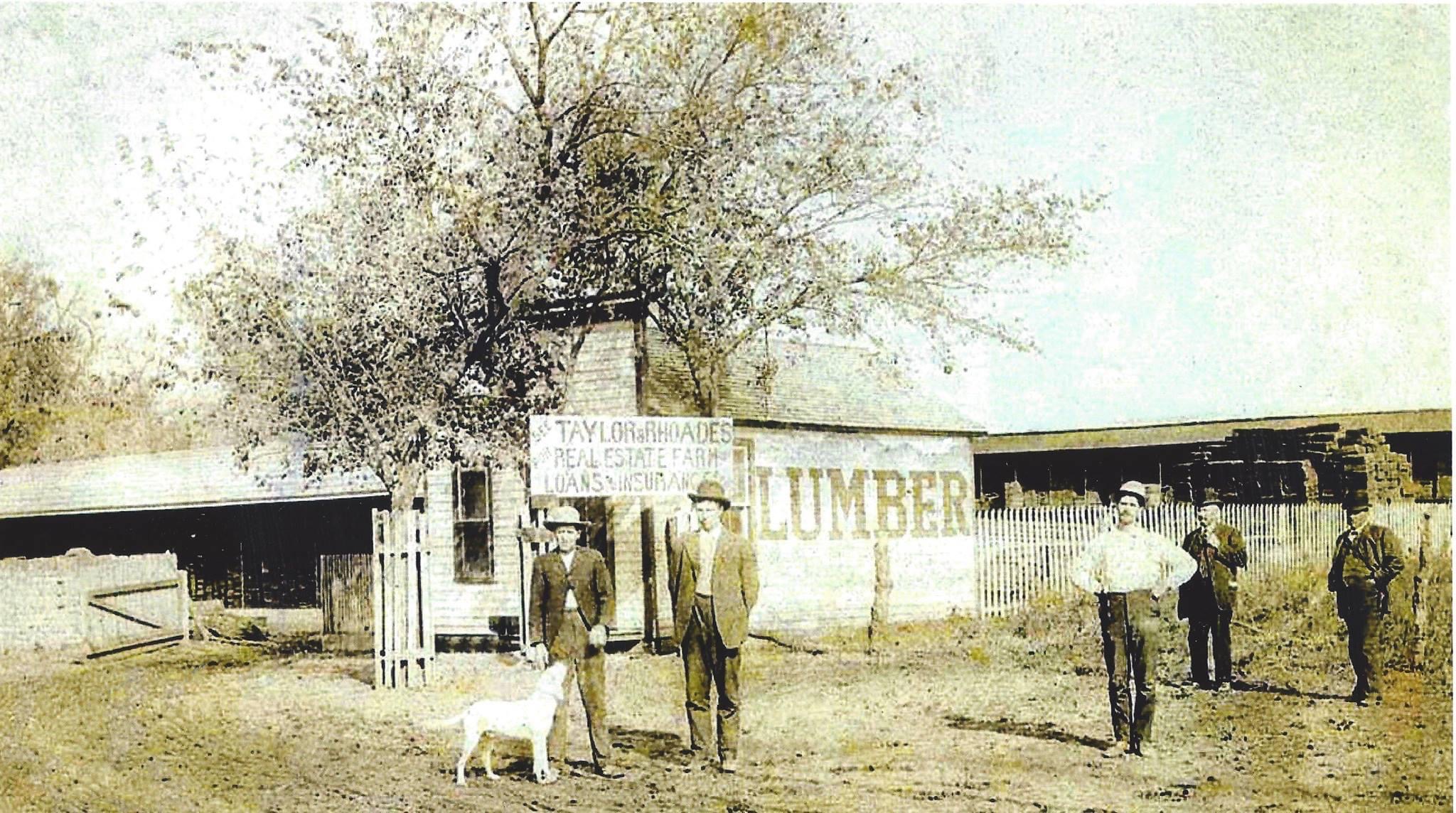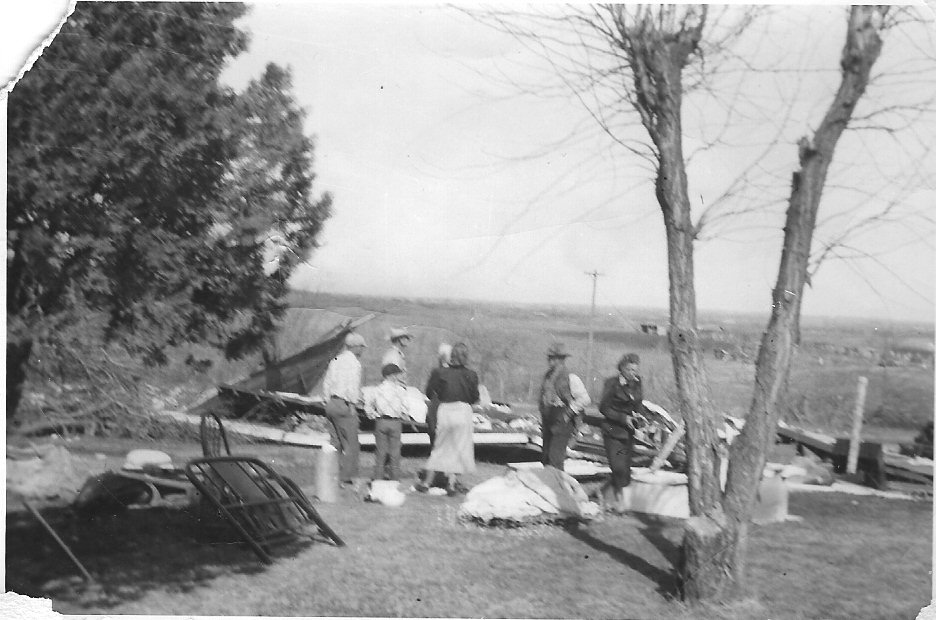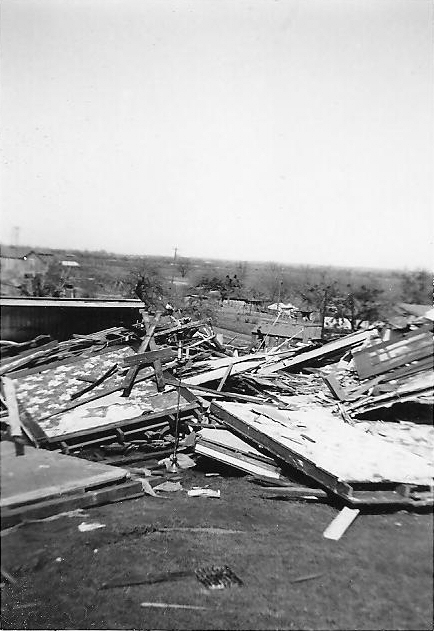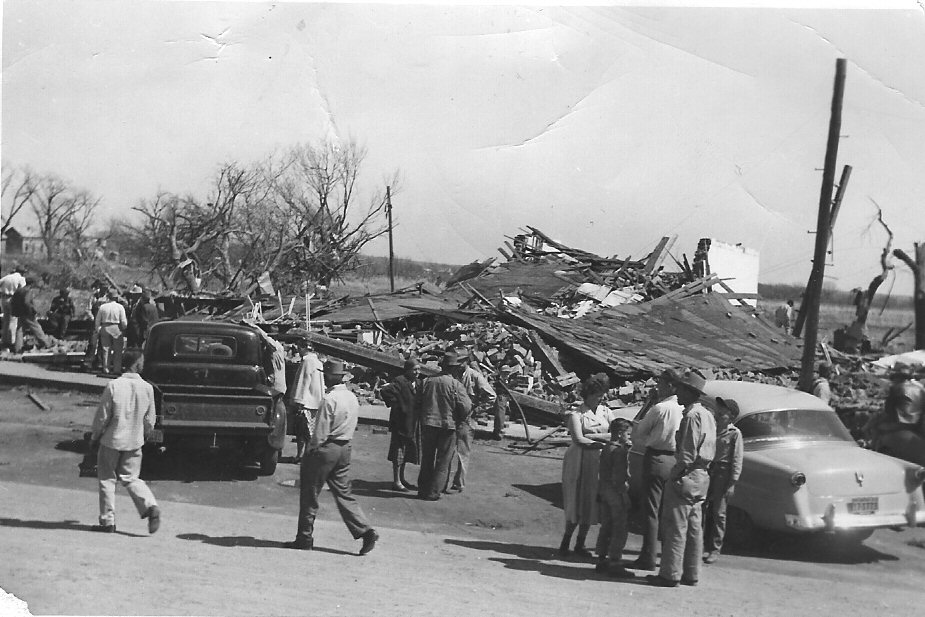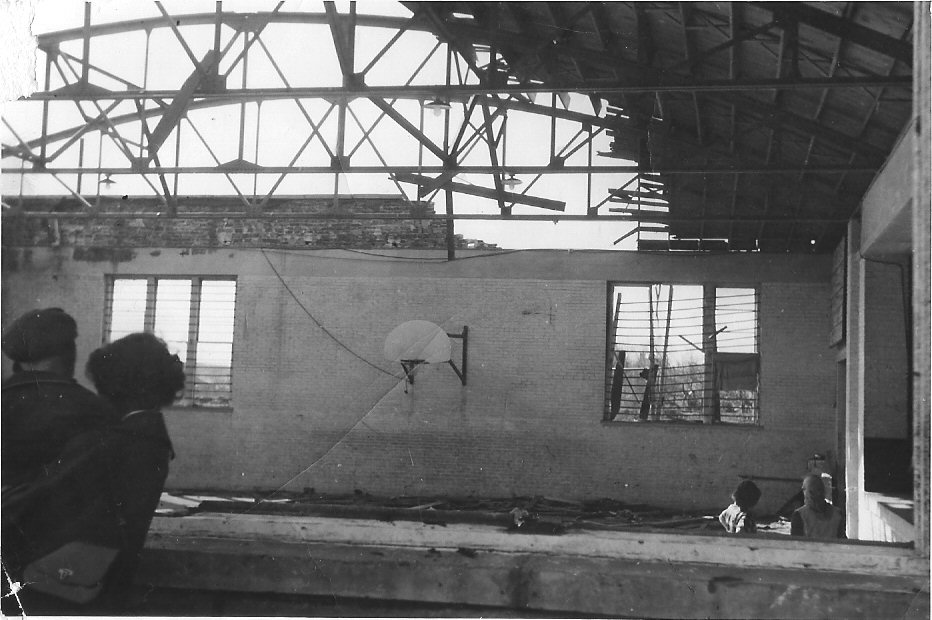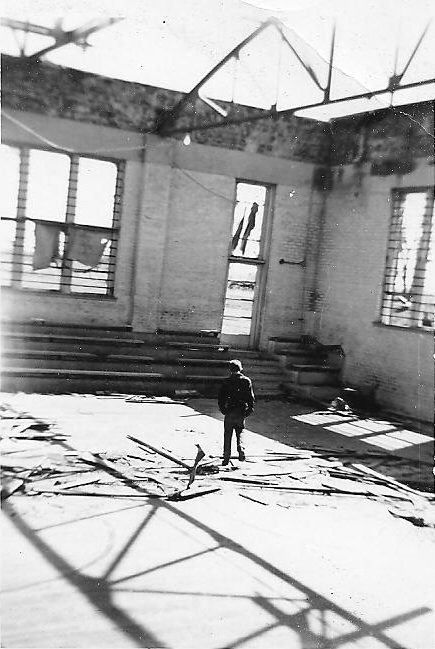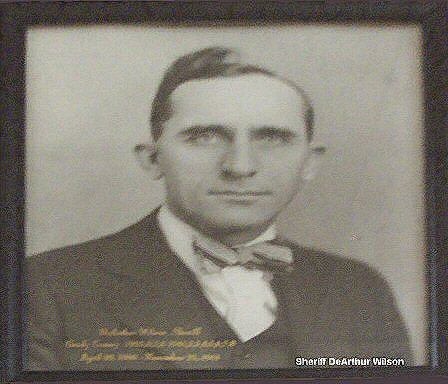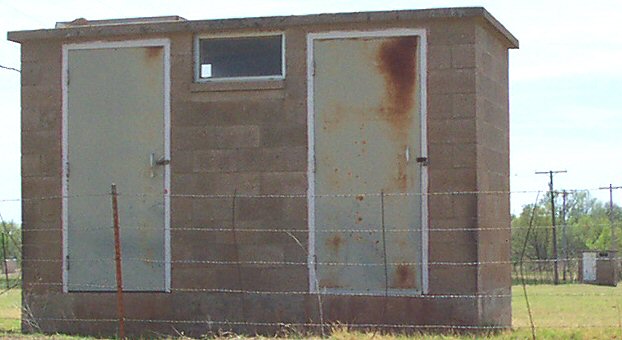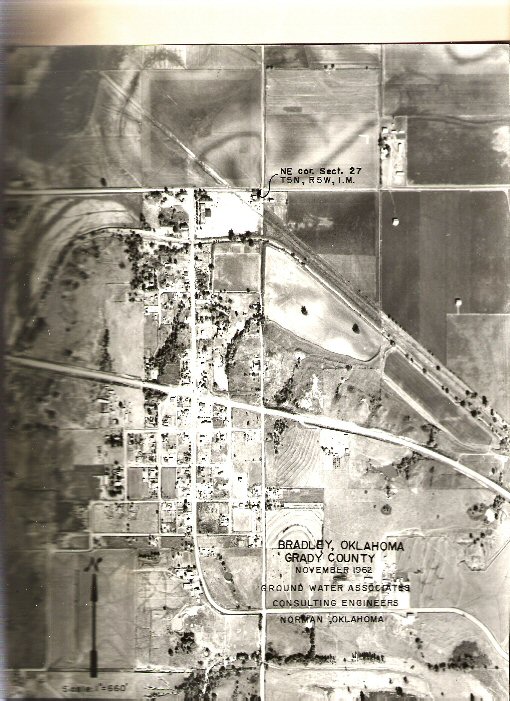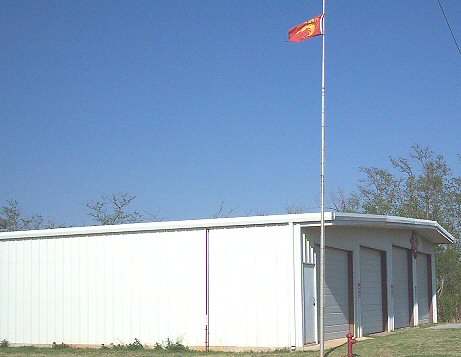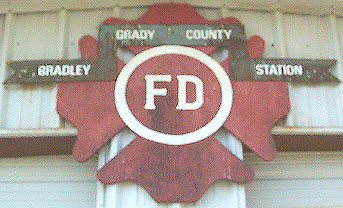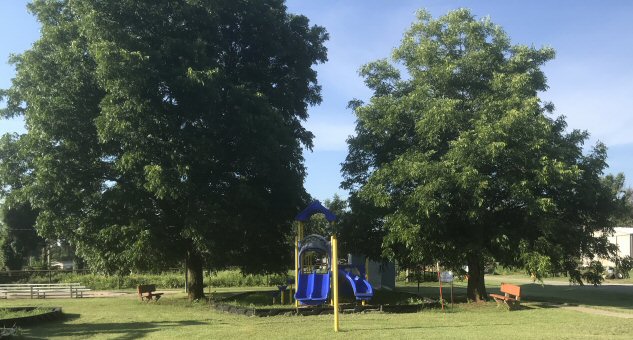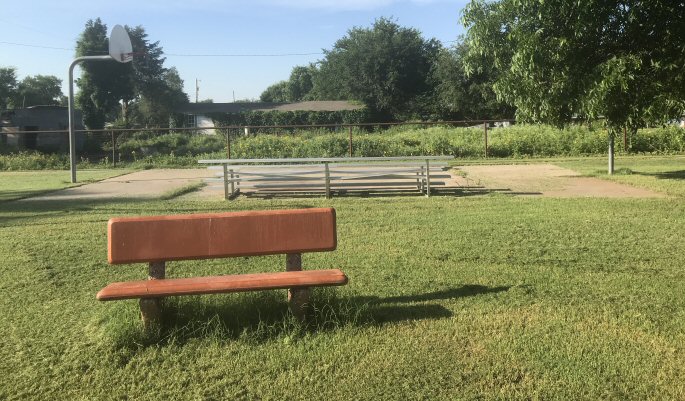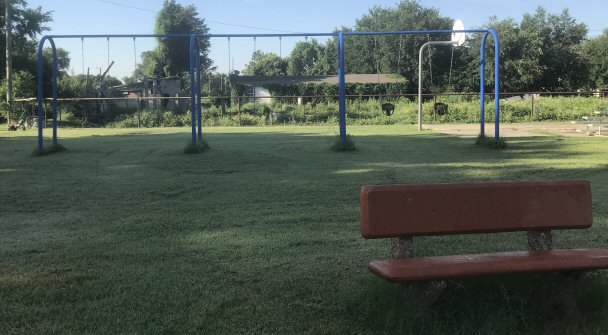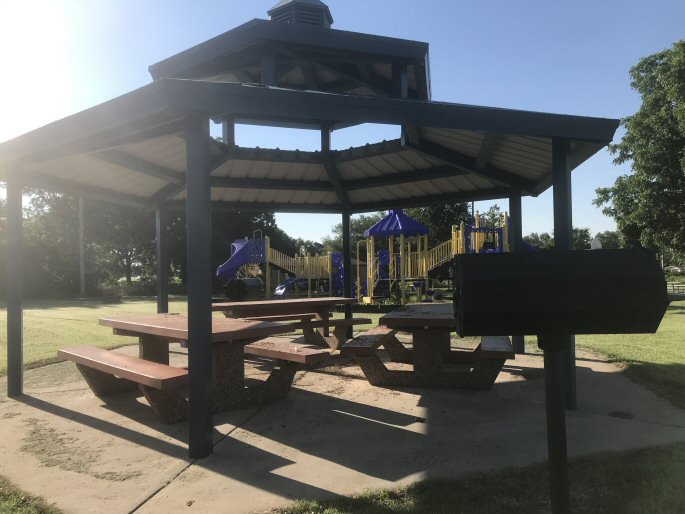|
History of the Town of Bradley
Our history is our identity, both as individual residents and as a town.
The town's history is currently under research. What is written here is a work in progress that will change as new discoveries are made.
Please do not plagiarize my work!!! It is not in the public domain. Your Works Cited page should credit Vera Baker and this page. Anything less is theft and a lack of academic integrity.
X Close
The Pleistocene Epoch lasted from 2 million to 12,000 years BC. Half the world was covered in ice. Ust'-Ishim is the term given to the 45,000 year old remains of one of the early modern humans to inhabit western Siberia. The fossil is notable in that it had intact DNA which permitted the complete sequencing of its genome. It is one of the oldest modern human genomes to be decoded. Their predecessors interbred with Neanderthals 86,000 years ago. The Neanderthal DNA in Ust'-Ishim man occurs in clusters indicating that he lived in the immediate aftermath of the genetic interchange. Ust'-Ishim humans lived from 270,000-45,000 years ago between the first wave of anatomically modern humans that migrated out of Africa and the divergence of that population into distinct populations in different parts of Asia. DNA evidence confirms that Siberians came to America in 3 waves. The Jōmon culture, ancestors of the Ainu people, first arose in Japan as early as 16,000 years ago when the island was still connected to the mainland. The Jōmon people formed from Terminal Upper-Paleolithic groups of Northern Eurasia/Siberia, as well as from east Asian related people which merged in Hokkaido. The Ainu are descended from the Jōmon. Some Ainu have a more European-like appearance because of dominant Northern Eurasian genetics while the majority look more East Asian. Native Americans lack European physical characteristics because they are directly descended from the Jomon. The Jōmon were among the first people to make fired pottery. Caddo pottery on the right still looks strikingly similar to Jōmon pottery on the left. The Jōmon were also seafarers who built boats out of sewn planks of wood. They would later make hide boats. Upper Plains Native American tribes traveled using bull boats which were round boats made of buffalo hide stretched on a sapling frame. Other tribes made birch bark canoes. Reed boats were made in South America. Eskimos and Canadian tribes even had wooden sail boats called umiak.
First Migration They hugged the coastline from Japan to Alaska and traveled down the coast on the American side of the ocean. Anthropologists have nicknamed this route the "Kelp Highway". The voyagers had plenty of fresh water from ice melt; they hunted seals and birds, and they caught fish and shellfish. Several varieties of kelp are also edible. Driftwood was used to make fires. They settled along the coastline of Washington, Oregon, California, Mexico and South America. They populated the Pacific Islands to include Easter Island and went on to colonize Australia which was later populated by other groups.
Yup'ik, Inuit and Inupiat Cuisine
Kelp, Walrus, Seals, Pacific Salmon, Herring, Halibut, Flounder, Trout, Burbot, Char, Alaska Blackfish, Freshwater Whitefish, Shellfish, Crabs, Beluga Whale, Moose, Caribou/elk, Berries I believe they traveled inland and camped along major river systems. They would only have to walk from one river to the next. It is plausible that the Jomon people could have traveled into the Snake River from the Washington coast and move inland. It's a short distance from a Snake tributary to a tributary of the Missouri River that runs into the Mississippi. The Arkansas and Canadian Rivers also join the Mississippi. There are numerous rivers that flow into the ocean. They would have traveled along the Atlantic and Gulf coastline. I can see the Jomon people traveling all over America, Canada, Mexico and South America by boat and their descendants would continue to do so. I believe the river system is how corn, beans, squash, peppers and tobacco spread from Mexico upward to various regions of the United States and became staples of agricultural tribes. At some point, migration stopped because tomatoes didn't leave Mexico until they were discovered by the Spanish after AD 1500. The Meadowcroft Rock shelter in Pennsylvania is the oldest continually inhabited site in North America dating back to 16,000 years. It overlooks Cross Creek, a tributary of the Ohio River. Travelers stayed a week or two and moved on, but it was a well used pit stop along the Ohio River. Charred seeds of erect knotweed were found in the shelter. Permanent dwellings of a nearby village were round sapling framed houses covered with bark or grass mats. The Topper, Charles and Big Pine Tree sites in South Carolina date back to about 15,000 years ago. The inhabitants became the Hopewell Culture who would later become the Osage tribe. The Osage tribe dominated the entire Midwest from Ohio to Oklahoma. Page-Ladsen flake tools in Florida date to 14,500 years ago. Artifacts and coprolites from Paisley Cave in Oregon also date to 14,500 years ago. Evidence of baskets, rope, plant fibers, wooden artifacts and animal bones were found in the cave. Pollen and other plant minerals extracted from the coprolites suggest that people came to the site in the spring and early summer. The skull of a 15-16 year old girl was found in an underwater cave in Mexico's Yucitan Peninsula dating to 13,000 years ago. The divers who discovered her, named her Naia after a Greek water nymph. Her skull is long and high with a pronounced forehead, but her DNA linked her to Native Americans. Arlington Springs Man was discovered on Santa Rosa Island during a time when the Channel Islands were a single large island. The finding dates to 13,000 years ago. Scientists also discovered the skeleton of a Pygmy Mammoth on the northeast coast of Santa Rosa Island. It was about 50 years old when it died of natural causes and is an example of island dwarfism. The sea was 150 feet lower than today. Arlington Man's presence on an island at such an early date demonstrates that the earliest Paleo-Americans had watercraft capable of crossing the Santa Barbara Channel, and lends credence as well to a coastal migration theory for the peopling of the Americas. Luzia woman was found in the Vermelha Cave in Lagoa Santa, Brazil. She dates from about 11,500 years ago. There has been a lot of speculation as to how she might have looked. However, DNA sequencing proves that she was a Native American ancestor.
Second Migration A simultaneous mass migration of people left modern day northeastern Siberia. They reached the Bering Land Bridge and crossed over to the Americas 15,000 years ago. It was long believed that they walked across the ice, but there was a break between the Cordilleran and Laurentide ice sheets wide enough for humans and animals to traverse on snow. Contrary to popular belief, they didn't walk; they traveled on dog sleds. The Nenets Laika (left) is one of the oldest dog breeds, surviving from the Paleolithic era to the present day almost unchanged. They were bred for herding reindeer. The Yakutian Laika (middle) is another ancient breed developed by native Yakuts for hunting, herding and hauling game. Evidence of this breed can be found in archeological remains dating back to 12,500 years ago. White Yakutian Laikas were used to develop the Samoyed in the 1930s. The Chukotka Sled Dog (right) was bred by the Chukchi people for transporting whales and other marine mammals on sea ice and across the tundra where the wind prevents snow accumulation. They were later transported to Alaska where they became the progenitor of the Siberian Husky. Dogs in America were isolated for the next 9,000 years until Spanish contact. Contrary to what was previously believed, dogs are not descended from wolves. They left their homes following elk herds to greener pastures. Elk arrived in North America from Siberia at the end of the last Ice Age, after the onset of a warming trend 14,700 years ago, and had to wait in Alaska for the Ice Free Corridor to melt. Humans in central Alaska hunted elk around 13,300 years ago, which also marks the first known appearance of elk in the lower 48 states. In the absence of snow and ice, they walked and their dogs walked beside them pulling travois. This practice would continue long after the re-introduction of the horse. This group of Siberian Paleo-Indians might have overcome the earlier Jomon inhabitants or interbred with them. They populated the middle Americas during a time when Beringia connected the two continents. Overland travel would have stopped after sea levels rose. The only known pre-Clovis burial is near Wilsall, Montana at the Anzick site dated to 13,500 BC. The grave is that of a one and a half year old boy with 115 stone, elk antler and bone funeral offerings all covered with red ochre. All seven tribes from Montana submitted DNA samples. This boy's mitochondrial DNA is directly linked to people of Siberia, Central and South America. His Y-chromosome analysis determined that he has one of the major founding lineages of the Americas. Bone analysis determined that he was anemic when he died. The most well known Clovis finding is Kennewick Man, an 8,500 year old skeleton found on the shore of the Columbia River in Kennewick, Washington. The local Colville tribe refers to him as the Ancient One. He has the same skull shape as Naia that resembles those of the Jomon. However, DNA links him closer to the Colville, Ojibwa and Algonquin people.
Third Migration The Yakutian horse is used primarily for its meat, which is considered a delicacy by locals due to a plentiful fat layer. Their milk is also utilized, mostly for making Kunis. Despite their small stature, the Yakut is valued for its riding capabilities. Horse meat is a hypoallergenic lean protein because it only eats grass and has only one stomach. It is high in iron. It is not prohibited by Islamic dietary laws (Halal). Horse meat is considered a delicacy in the steppe regions of Mongolia, Russia, Kazakhistan and Chechnya where it is consumed canned and dry. Veronese stew is Austro-Hungarian. It became an Italian dish when Veneto was part of the Austrian Empire. The only way horse meat was widely available in the States was as canned dog food and it is no longer acceptable. The Mexican horse was hunted to extinction by the Siberians who recognized it as a food source. However, it could not be tamed or ridden. Native Americans would not ride a horse until Spanish arrival.
Yakutian Cuisine
Stroganina (frozen shaved freshwater Whitefish; may also be prepared with foal meat and liver) Indigirka (frozen cubed freshwater Whitefish seasoned with onions, salt, pepper and lime juice) Khaan (blood sausage made from horse blood and cased in horse intestines) Kierchekh (a sweet dish made with cream, berries, milk and honey) Kumis (a fermented alcoholic drink made from mare's milk) Suorat (mare's milk yogurt) Mare's milk, butter and cheese curds Pine sapwood is ground into a flour and then mixed with mare's milk to make a cracker. X Close
X Close
Paleo Indian: Holocene Clovis Period It's hard to believe that Oklahoma was home to some the first humans to colonize North America, but it was. The pre-Clovis Siberian culture arrived in Burnham, Wood County 12,500 years ago. This settlement was the beginning of Plains hunter culture. The climate experienced a warming trend. The soil was marshy clay due to the melted ice. Bone tools were made from the long horned giant bison. Archeologists found chert flakes, chipped-stone tools, a flaked cobble and shells among the bones. They hunted the American Mammut, the smaller North American cousin to the European Wooly Mammoth, with crude spears. Tusks formed the frames for their houses which they covered with tanned hides. Other animals found at the Burnham site include extinct camel, Mexican horses and alligators. Pawpaw and hackberry trees were present. In modern times, those trees are not found closer than 150 miles east. These early humans stayed in the area.
There are 18 Mammut sites in Oklahoma. The Domebo Canyon site located east of Stecker in Caddo County is the site of a Mammut kill dated to 11,200 B. P.
The Siberian descendants are the Clovis people who had developed advanced flint knapping skills. They had better weapons and garments. They traveled by boat or canoe and dispersed across North America during the next 300-500 years.
Clovis humans continued to adapt and develop new technology. Early Clovis points were designed to detach from the shaft to prevent damage. Later Clovis points have a groove cut into them for secure attachment. The points were first identified in Clovis, New Mexico at a site dated between 12,500-12,900 BC. The Aztec Ruins site near Farmington, New Mexico were built by Puebloan people around 1100 AD and remained occupied until 1300. They farmed wild potatoes, popcorn, maize and tepary beans, and they hunted deer and wild turkey. Clovis sites in Texas are extensive; the largest site is Gault in Florence, Texas.
Alibates chert is associated with the Quartermaster Formation. Primary outcroppings are found throughout the Canadian River Valley of Texas, Oklahoma, New Mexico and Colorado. For thousands of years, people came to the red bluffs above the Canadian River in the Texas Panhandle for flint. Demand for the high-quality, rainbow-hued flint is reflected in the distribution of Alibates flint throughout the Great Plains. The Ice Age Clovis culture used Alibates flint for spear points to hunt the Columbian mammoth.
Edwards Plateau chert is associated with the Edwards Limestone Formation found throughout the Edwards Plateau of central Texas. Variations include: 1604 chert, Brushy Creek chert, Fort Hood chert, Georgetown chert, Heiner Lake chert, Owl Creek chert, Pedernales River chert and Root Beet chert. The Clovis period came to an end shortly after 8,000 BC with the extinction of large mammals. Scholars mostly agree that the extinction was caused by a natural disaster and climate change. Mexican wild horses were eaten to extinction, but the long horned bison survived to evolve into the bison we know today.
Sea Salt was available from the Great Salt Plains Lake in Alfalfa County.
The salt is left over from a shallow sea that covered Oklahoma millions of years ago. Animals flocked to the salt which made for excellent hunting.
The ancestors of the Wichita controlled this region for millennia until the Osage pushed them out beginning in 1678. The Osage used the salt to bleach their deer skins and to trade with other tribes. They were firmly in control of the salt plains by 1760. The Osage spent the summer in the Cahokia Mounds of Ohio, Indiana and Illinois and moved to winter camps in Oklahoma, Kansas, Arkansas and Missouri.
The supply of salt is maintained by saline groundwater that flows just a few feet below the surface. When the water evaporates, salt is left on the surface. This also plays a role in the formation of selenite when the water comes into contact with gypsum. President Hoover designated the area as a national wildlife refuge on March 26, 1930. It was designated a natural landmark in 1983. It is most famous for the hourglass selenite crystals and the migratory water fowl that visit the area. A number of salt plains and salt springs exist in Oklahoma due to the varying depth of a layer of Permian age rock salt (halite). Alfalfa, Woods, Harper, Woodward, Blaine, Beckham and Harmon counties all contain salt plains and they were occupied by the Wichita. Jesse Chisholm produced salt in Blaine County that he used to trade with Plains Indians. The springs are in eastern Oklahoma where the Cherokee Nation settled after removal. Bernard Mouille, a Cherokee, created the first salt manufacturing business in Oklahoma in 1815. The Morten salt brand gets its salt from the Great Salt Plains Lake. (Oklahoma Historical Society: Salt and Salt Works) Rock salt (halite) and sodium bicarbonate was also available through trade from Salt Flat, Texas. The Salt Flat basin lies on the southern border of New Mexico and Texas. The Natives had always considered it a public resource. There was a dispute over ownership of the basin in 1877-1878 known as the San Elizario Salt War that was part of the Range Wars fought over grazing and water rights among cattle ranchers.
Sodium bicarbonate (nahcolite) is naturally found in deposits of Eocene-age Green River Formations in Colorado in the Piceance Basin. During high evaporation periods in the basin, sodium bicarbonate was deposited as beds.
The Green River Basin in Wyoming is home to the world's largest supply of Trona ore, the source of sodium carbonate (soda ash). X Close
X Close
Anthropocene Epoch: Archaic Period
The Archaic Period (8500-2000 BC) is associated with a time of drying and warming conditions that contributed to the extinction of the large Pleistocene animals and people became more dependent on smaller game and gathering plants. The Archaic is divided into Early, Middle and Late periods associated with changes in technology and subsistence. Information is scarce for the Early and Middle Archaic on the Southern Plains. Bison were scarce due to poor range conditions. Ferndale Bog in Atoka County formed over thousands of years as sphagnum moss growing in the vicinity of a spring on a sandstone ridge of the Ouachita Mountains decayed and was replaced by new generations of peat. Sediment cores taken from the bog reveal 12,000 years of climate change in southeastern Oklahoma. 10-1/2 feet below today's surface contains pine pollen and white spruce pollen, a tree found today in Canada and the far northern United States indicating that Oklahoma's climate was cooler and moister. As the climate warmed and dried, the environment became dominated mostly by tall grasses. During the period of 9,000-5,400 BC, a lack of pollen indicates a drought that turned parts of Oklahoma into a desert. The oak, pine and hickory forests we see today only developed 1,000 years ago.
Early Archaic: Plains Village Culture The Owl Cave site near Sallisaw Creek in Adair County is of a 70x20 foot cave which sheltered people for over a thousand years. Recovered artifacts included projectile points which may date as early as the Archaic period and pottery which may relate to the Mississippian period. Pottery shards were also found with a design scratched into the clay before firing.
The best documented Early Archaic site dated 6000 BC is the Gore Pit located at 2115 West Gore Boulevard on tribal land in Lawton. The majority of archaeological sites in Comanche County date to the Archaic and Plains Village period. Two sites near Lawton are representative of these periods. Archaeological evidence such as a burial, artifacts, and rock-lined hearths near present Lawton suggests human occupation during the Archaic period. This site, known as the Gore Pit District, is listed in the National Register of Historic Places (NR 80004520). This was an open camp with burned rock ovens, shells, hearths and burials. Artifacts recovered include Folsom atlatl dart points, grinding basins, scrapers, gouges and knives. At Fort Sill an excavated site known as the Pig Farm Crossing indicates the existence of a village during the Plains Village period. (Comanche County History) The above photo is an example found at Ft. McCoy, Wisconsin. (Army MIL)
In the spring of 1968, a partially preserved, semi-flexed human burial was discovered in the pit. There were no associated artifacts. A radiocarbon date obtained from the apatite fraction of the bone resulted in a determination of 7100+350 B. P. (GX2009). The earliest Archaic on the Southern Plains is presently dated around 6000 B. P. However, there is a paucity of dated and documented sites for the preceding 2000 years. Archaic subsistence patterns occur at least 2000 years earlier in areas to the west and east. (The Gore Pit Site: An Archaic Occupation in Southwestern Oklahoma and a Review Of the Archaic Stage in the Southern Plains) The photo above is from an Archaic burial located in east-central Kansas. Burial goods include deer bone, a drill, and aside-notched projectile point/knife. The burial dates to 6160 B. P. (A Middle Archaic Burial from East Central Kansas)
The Asphalt Lake (Adam Hill Tar Pit) on Ft. Sill is a protected tar pit that is still active. It dates to the Permian Age. The tar seeps up from along a fault line beneath the soil. Native Americans used the tar as a glue and salved their horses backs with it. (Army MIL)
Middle Archaic Calf Creek Culture
Calf Creek is a Middle Archaic culture that is identified from Garvin County in central Oklahoma to eastern Oklahoma, northeastern Texas, Arkansas, southeastern Kansas and Missouri. It is marked by the presence of chipped stone tools, darts, scrapers, knives and drills.
The deep, basally notched Calf Creek point is characteristic of this period. Calf Creek materials are documented on high terraces above the Washita River and along Rush Creek.
The tools are principally made of Frisco chert from Pontotoc County that was heat treated. Calf Creek groups often stored quantities of Frisco chert. Caches have been found at some of the sites they repeatedly visited.
Late Archaic
The Late Archaic period is well represented on the Southern Plains. Bison became more abundant after 4500 BC. Sites date from around 2000 BC. Barbed dart points, stem darts and Gary points are found at many camps. Other tools include nutting stones, seed grinding stones, paint rocks, knives, scrapers and a few bone awls and flakers. Nutting stones are used for cracking open hickory nuts, black walnuts and acorns. They are found extensively in Arkansas. Seed grinding stones are also referred to as a mortal and pestle. They were used to grind seeds that were being farmed at this point. Excavations reveal small rock hearths and ovens. This indicates smaller family groups camping together and more dispersed settlements. These sites were repeatedly occupied over long periods. The pinch pot above was made by Puebloan people between AD 900-1,200. It was made in two pieces--a body and a lid. The vessel was used for storing corn and the lid was used as a bowl for eating porridge. It was made by coiling and pinching until they reached the lip. When storing corn, the lid was sealed with pine pitch. The vessel could store five pounds of corn. (agweb.com) X Close
X Close
Woodland Period The Woodland Period ushered in large settlements close to natural resources. Native Americans are beginning to thrive and disperse into family groups living in small houses. Typical features of Woodland sites are rock lined hearths and large rock ovens. Houses were circular structures constructed by leveling the floor and placing wall posts at irregular intervals. Large basin-shaped refuse pits are common. Rapid alluviation and erosion along the river terraces may have destroyed these sites. Plains Woodland sites date from AD 1-900. This period is marked by the introduction of the bow and arrow and pottery. Late Archaic tools such as atlatl dart points, knives and grinding basins continue to be used by Woodland groups. Ground or pecked stone tools including manos, grinding basins, cupstones and abraders are common. Grinding basins have been found along the Washita River near Bradley. Three are in private collections. Hammerstones occur frequently. Bone artifacts usually consist of only awls or beads. Chert tools include unmodified flakes for cutting, scraping and perforating. Scallorn arrow points and grit-tempered cord marked pottery begin to appear. Frisco chert from Pontotoc County is common at Woodland sites in south-central Oklahoma.
Vessels are conical in shape with thick bases and walls with slightly thinned rims. Cord making predominates but some smoothing of rims is characteristic. Temper was finely crushed sandstone. No bone or shell horticultural implements have been documented. Subsistence activities centered around the hunting and gathering of local resources. X Close
X Close
Late Prehistoric Period: Antelope Creek Phase
The Antelope Creek Phase of the Late Prehistoric Period (AD 900-1450) was a convergence of a group of Caddoan speaking people from Oklahoma and a group of Pueblo people from Tesuque, New Mexico that joined together in the Texas and Oklahoma Panhandles. The Pueblo brought Three Sisters agriculture with them. The Caddoan people brought buffalo culture. Together, they were known as the Antelope Creek people.
Antelope Creek people of the Texas and Oklahoma Panhandle Culture lived near the Alibates flint quarry between AD 1200-1450. The Odessa Yates complex was found near Guymon, Oklahoma.
They lived in stone-slabbed, multi room houses on a terrace overlooking the Canadian River. They grew amaranth, corn, beans, squash and sunflowers in depressions which caught the runoff from thunderstorms that caused flooding. It is a desert farming technique that preserves enough moisture for crops to grow and mature. Given the unpredictability of rainfall, a family probably planted small fields in several micro-environments to maximize the possibility that some of their crops would be productive. Their tools were bone-tipped digging sticks and bison scapulas for shovels and hoes. Among the wild foods they gathered were: acorns, hackberries, mesquite, knotweed, persimmons, prickly pear, mallow, cattail, purslane, goosefoot, marsh elder and bulrush.
The Antelope Creek culture of the Panhandle lived in the area from AD 1100-1450. These people were bison hunters in addition to being farmers who grew beans, corn and squash. They traded bison hides and meat to the Puebloans farther west for pottery, obsidian and turquoise. The Antelope Creek people are the only recorded prehistoric culture in Oklahoma using stone slab foundations in the construction of their homes. Packed clay held the sandstone slabs upright. The walls were probably finished with grasses woven into upright limbs and covered with clay. The house that was excavated at the Roy Smith site in Beaver County had a continuous west wall of 70 feet. The arrow points and other stone tools found at Roy Smith were chipped from Alibates flint from the famous Alibates quarry in the Texas Panhandle, about 100 miles from Roy Smith. Excavations also found bison bone farming tools and cord marked pottery.
Scale shell mussels were gathered for their shells that were used for tempering pottery, making tools and for use as jewelry. The shells were also burned to ash for making lye.
The availability of bison varied from year to year. Food was cooked in pottery vessels that were made locally and with those that were brought from the Alibates and Yates Complexes. Trade increased dramatically after 1350. The Antelope Creek people migrated to Kansas and Oklahoma to become the Pawnee of Nebraska and the Wichita of Quivira, bringing Three Sisters agriculture with them. The Antelope Creek complex and the Buried City was in ruins when Coronado explored the region in 1541. The Quivira site in Kansas bordering Oklahoma is where the northern band of Wichita lived on the Tallgrass Prairie near the Great Salt Lake and in Kay County where they gathered chert. The remains of several settlements have been found along the Little Arkansas River. They bordered their relatives, the Pawnee who mostly lived in Nebraska and northern Kansas. They also bordered the Plains Apache who would eventually push them south. Their beehive shaped grass houses were surrounded by fields of squash, beans and corn. Coronado was searching for a city of gold and to the Native Americans, I'm sure it was a city of golden corn and abundance. Archeologists who studied the Walnut River site in Kansas found glazed pottery, obsidian, turquoise, pendants and shell beads from the Pueblo of New Mexico as well as, engraved Caddo pottery from northeastern Texas. X Close
X Close
Mixed Grass Prairie The western edge of the Tallgrass Prairie includes Pauls Valley, Rush Creek and the Cross Timbers where the eastern band of Wichita bordered their eventual enemies, the Osage who traveled to their lands in Oklahoma every year for winter. Osage summer lands included Cahokia Mounds in Ohio, Indiana and Illinois. They dominated the Midwest. Every place west of Maysville including eastern Grady County is in the Central Mixed Grass Prairie. That places the western band of Wichita (Washita River Phase) who camped near Bradley in a different botanical zone than the eastern band of Wichita (Paoli Phase) in Garvin county. The southern band of Wichita was in Texas sandwiched between the Comanche in the west and their relatives, the Caddo in the east. They became known as the Waco and Tawokani.
The native grasses of the Bradley area are: Prairie Dropseed (Sprobolus heterolepis) is a drought tolerant bunch grass. The seeds were ground to make flour. Little Barley (Hordeum pusillum) is classified as a cereal grain. The seeds were parched, roasted and boiled. They are nutritious and starchy. 100 grams of little barley constitutes 24 percent of carbohydrates, 22 percent of protein and 5 percent of fiber. However, it is known to be a mild allergenic. Large plots were required to produce adequate harvests due to the grain's small size. Harvested in June. (Little Barley) Buffalo grass (Bouteloua dactyloides), the sod of which was used to make sod houses. Blue Grama Grass (Bouteloua gracilis) is a larval host to the Garita skipperling, Green skipper, Pahaska skipper, Rhesus skipper, Simius roadside skipper and the Uncas skipper butterflies. Side Oats Grama (Bouteloua curtipendula) is the state grass of Texas. It is a good forage grass for livestock. It is a larval hot of the Veined Ctenucha moth. Hairy Grama (Bouteloua hirsuta) is a short prairie grass with a limited range in Oklahoma. It has longer hairs than Blue Grama. It is a larval host of the Orange Giant skipper butterfly. Little Bluestem (Andropogon scoparius) is a larval host to the Cobweb skipper, Common wood nymph, Crossline skipper, Dakota skipper, Dusted skipper, Indian skipper, Leonard's skipper var. Pawnee, Ottoe skipper and Swarthy skipper butterflies.
Big Bluestem (Andropogon gerardii) is a very tall grass that was used by the Wichita to build their houses. It is a larval host to the Arogos skipper, Byssus skipper and Delaware skipper butterflies.
Silver Bluestem or Beardgrass (Andropogon saccharoides) grows in limestone areas. The stems were used for toothpicks. Switchgrass (Panicum virgatum) is a habitat for pheasant, quail, grouse, wild turkey and song birds. It is a larval host for the Pink Streak moth and the Hobomok skipper butterfly. It is excellent for controlling soil erosion, but it was destroyed by farmers because it makes horses, sheep and goats sick. It is being replanted for ethanol production. Indian grass (Sorghastrum nutans) is the official state grass of Oklahoma. It re-grows with renewed vitality after fires, so controlled burns are used to renew the grass for buffalo. It is a larval host of the Pepper-and-Salt skipper butterfly.
Western Wheatgrass (Agropyron smithii) is a sod-forming grass that chokes out other grasses. It is used for erosion control. It makes up a high percentage of bison diet and is heavily grazed by prairie dogs. It is a good forage grass for cattle. It is unharmed by fire. Prairie Junegrass (Koeleria macrantha) is fire resistant and can protect homes from wildfire. It is mixed with adobe or waddle and daub for its adhesive qualities and strength. The leaves can be woven together to make brooms or brushes. Long stalks can be strung together and used for cleaning pots. The seed can be ground and used for porridge or made into a flour. It is a dietary staple for all classes of livestock and deer in the spring. It is classified as a severe allergen in humans with a grass allergy. River Cane (Arundinaria gigantea) is a species of bamboo that grows at the edge of water. It is used to make pipe stems, blowguns, arrows, spears, flutes, torches, candles, fish traps, sleeping mats and house walls. The stems are used to make baskets. Wild or False Indigo (Baptisia bracteata) is pollinated by bumblebees. It is a larval host of the Wild Indigo Duskywing and Hoary Edge skipper butterflies. The plant is poisonous to herbivores. X Close
X Close
Medicinal Plants I looked up all of the state's medicinal plants and picked out the ones that are around Bradley. One thing they all have in common is their flowers are either yellow, pink or purple so keep that in mind when you're out foraging. Yarrow (Achillea millefolium) is also mostly medicinal, but the leaves can be brewed and drank as a tea. It has an aniseed-like flavor. The scent of the flowers is similar to chamomile. The raw leaves have a mild laxative effect. The stem was chewed for toothaches. An infusion of the flowers was used for earaches. The raw flowers were used to heal cuts and abrasions. A tea made from the flowers was used to reduce pain and aid sleep. Yarrow is a companion plant in the garden that attracts beneficial insects and repels some pests.
Northern White Cedar (Thuja occidentalis) leaves were boiled as a tea for headaches, pneumonia, fever and rheumatism.
Broomweed (Amphiachyris dracunculoides) flowers were boiled and used as a poultice to treat eczema and skin rashes.
Wild Lettuce (Lactuca canadensis) is also mostly medicinal, but the young leaves can be cooked and eaten. The leaves are long and finely serrated with tiny hairs. The common name for this variety is Sow Thistle, Milk Thistle or Compass Plant. All mature wild lettuce contains lactucarium which is the milky sap that flows through the stem and roots of the plant. The lactucarium is dried and used medicinally as a pain killer.
Great Lettuce (Lactuca virosa) is the variety that has reddish-purple veins in its leaves and purple stems. It is native to central Oklahoma and Texas. Leaves of all varieties emerge from the ground radially and a stem later grows up from the center.
All varieties turn white before the wind blows the hair-like petals away with their seeds.
Showy Goldenrod (Solidago speciosa var pallida) grows in western Oklahoma. Golden Torch Goldenrod is an unidentified species of goldenrod found in the Wichita Mountains. Its range is southwestern Oklahoma. The Ouachita variety grows in the Ouachita mountains near Arkansas. Other varieties found in the state are: Stiff, Sweet, Anise scented, Fireworks, Canada, Tall and Blue stem. It is very much an adaptive and abundant plant in the state. The plant's roots and leaves contain compounds that have anti-inflammatory and antiseptic properties, making it a valuable plant for traditional medicine.
Yellow Coneflower (Echinacea paradoxa) seeds were used to cure rattlesnake bites and as a painkiller for toothaches, sore throats, coughs and other ailments; the seeds have a numbing property. Was this the inspiration for Vick's sore throat spray?
Butterfly Weed (Asclepias tuberosa) aka Pleurisy Root was used to treat lung ailments such as: coughs, swelling of the lining of the lungs (pleuritis), swelling of the air sacs in the lungs (pneumonitis), swelling of the airways (bronchitis), pulmonary edema and influenza. It loosens phlegm and helps drain excess fluid in the lungs.
Winged Sumac (Rhus copallinum), Smooth Sumac (Rhus glabra), Prairie Sumac (Rhus lanceolata) and Staghorn Sumac (Rhus typhina) berry tea was drunk for its ascorbic acid content to relieve scurvy. It even has a lemony taste. Dock (Rumex crispus) is mostly medicinal, but the young leaves can be eaten fresh in moderation. Soak them in lye water and rinse before eating. The young green leaves were used to treat wounds. The root was harvested in the fall when the seeds turn red. The root pulp was used topically for arthritis and internally for constipation. However, it can irritate the lining of the stomach and intestines, making GI conditions worse.
Wild Bergamot (Monarda fistulosa) aka, Beebalm or Lemon Bergamot is a relative of horsemint. It was used in sweat lodges to cure colds. A decoction of boiled leaves was used as a cure for eruptions on the face (pox or cysts?). The Cherokee made a warm poultice of the plant to relieve a headache.
Purple Echinacea (Echinacea angustifolia) aka, Black Sampson and Prairie Purple Coneflower is a dietary supplement for the common cold and other infections, based on the idea that it might stimulate the immune system to more effectively fight infection. Echinacea preparations have been promoted for topical use (application to the skin) for wounds and skin problems. The roots, leaves and flowering tops are medicinal.
Horsemint (Monarda punctata) aka, Lemon Beebalm or Spotted Beebalm is high in thymol, which has antimicrobial, antifungal and antiseptic properties and was used historically to treat ringworm and hookworm infections. When crushed, the leaves emit an oregano-like scent. The leaves and flowers can be brewed into a mild tea that is said to promote relaxation.
Wild Geranium (Geranium maculatum) aka Cranesbill Geranium was used to relieve a sore mouth, as a laxative, as an antiseptic, and as an emetic.
Pink Evening Primrose (Oenothera speciosa) or Mexican Primrose seed tea was drunk to combat obesity by balancing cholesterol. The oil from the seeds is rich in fatty acids. It should not be consumed by those with a bleeding disorder. Blazing Star (Liatris spicata) attracts many pollinators and is deer resistant. The root is used to treat swelling and arthritis.
Common Milkweed (Asclepias syriaca) inner bark was used for fiber. Milkweed seeds are attached to a fluff inside the pod. The pink flowers attract pollinators. The young shoots, young leaves, flower buds and immature fruits can be eaten raw.
Western Ironweed (Vernonia baldwinii) was used to treat bleeding disorders. A tea made from the leaves was used to relieve pain from childbirth. A tea made from the root was used to treat stomach ulcers and hemorrhaging.
Purple Poppy Mallow (Callirhoe involucrata) root was dried and burned in sweat lodges to relieve internal pain.
Prairie or Western Spiderwort (Tradescantia occidentalis) was used to treat insect bites and stings; as a tea used to treat cramping, stomach and kidney ailments; and as a blue paint. The other two varieties, Ozark and Ohio Spiderwort grow in the northeastern part of the state.
Broadleaf Plantain (Plantago major) leaf tea was used to treat high blood pressure and reduce blood sugar levels. A poultice made of the leaves was used to treat minor cuts, insect bites and skin rashes.
Prairie Sage (Artemisia ludoviciana) is used universally as a ceremonial plant. The leaves and stem are burned for healing. It also reduces fever when consumed as a tea. Do not confuse Prairie Sage for Sagebrush (Artemisia frigida) that is similar, but does not grow in Oklahoma. Do not substitute California White Sage (Salvia apiana) that is native to southern California and northern Mexico. It is sold commercially by hippies for smudging and is being over harvested to the point it has become endangered in the wild. Clary Sage (Salvia sclarea) is native to the northern Mediterranean Basin, but is being farmed in North Carolina for its essential oil that is widely used in perfumes, aromatherapy and as a flavoring for vermouth. Wild Tobacco (Nicotiana rustica) originated in the rain forest of South America. It is used ceremonially by Native Americans for its high nicotine content (9%) and high levels of carboline alkaloids. Nicotine can be used as an insecticide. The juice of the fresh leaves can be rubbed on the body as an insect repellent. The seeds contain a drying oil that polymerizes after a period of exposure to air at room temperature. Cloth soaked in a drying oil (linseed, tung, poppy seed, perilla or walnut) may spontaneously ignite after a few hours as heat is released during the oxidation process. Drying oils are unsuitable for cooking because they are susceptible to becoming rancid through auto-oxidation. Nicotiana tabacum, native to the Caribbean where it was grown by the Taino people, has replaced rustica because of its low nicotine level (1-3%). X Close
X Close
They had a varied and nutrient rich diet with everything except dairy. They might have collected wild turkey eggs and other game bird eggs. They hunted deer, turkey and rabbits. They hunted buffalo by running them over a cliff until they acquired horses. They also kept domesticated dogs. They caught catfish and gar in the river. These were their local protein sources. We think of Native Americans in general as having a restricted diet of corn, beans, squash and meat because of how they are portrayed by Thanksgiving, but that simply isn't true. Reliance on wild food all but ceased after they developed agriculture. Who wants to farm dropseed, little barley and marsh elder for grain when you can grow wheat and corn? Those prehistoric food ways were abandoned because they were too much work for too little reward and they caused allergic reactions. Sedentary farming and fishing tribes thrived because they welcomed progress. We know that during the Paoli Phase, they stored food in holes they dug out of rock or packed clay in the floor of their homes. The Wichita cooked their food with stoneware pottery and ovens; sealed their storage food in jars with pine pitch or beeswax; they could've pickled watermelon rinds if they had enough salt; they had all of the ingredients for bread and a way to bake it. Indians will tell you that fry bread is a traditional food that existed before the reservation days and now, I believe it. They would have fried it in buffalo fat in a stoneware pot. I think we've made a mistake in assuming that Native Americans only cooked with open flame because we can't conceptualize cooking techniques that existed before cast iron. Stoneware can do anything cast iron can do. Just because archeologists haven't found evidence of cookware doesn't mean it didn't exist. A lot of these early Paoli Phase settlements were washed away by the river. Perhaps we need to expand our knowledge of utilitarian objects and accept that they had more than a single use. A bowl could have been a cook pot and not just a vessel for soup or water. A pot lid could have been used to sauté meat or roast nuts in addition to being used for a plate. If they're farming and eating well by this stage, then we need to advance their cooking techniques and their pallete as well. I've often wondered how Native Americans in dry regions obtained fresh water. There was a fresh water source in Bradley. It was an underground spring-fed stream that ran into Slough Creek. It was located just east of Colbert Street on the south side of the highway a block from the Bradley Post Office. The highway expansion destroyed the stream and plugged the spring in 2023. Did the Wichita settlers walk two miles for fresh water or did they dig wells close to their homes on the river?
I've had to rely on evidence from the Garvin County Archeological Survey, Arkansas paleo history, Pueblo agriculture and existing Oklahoma wild plants to piece together Wichita ethnobotany. Every piece of natural material has deteriorated. Even burials tell us little of their lives before the Washita River phase, as very few of them have been found.
Colorado Wild Potato or Four Corners Potato (Solanum jamesii) is the oldest domesticated crop indigenous to the United States. It was domesticated by Puebloan people in the Escalante Valley of Utah about 11,000 years B. P. where it was used as a source of flour. From there, it spread to the other corner states and west Texas. It may have been present at the Antelope Creek sites. It grows best in dry, sandy soil where other crops would fail. It may not be viable outside of the desert. S. jamesii has twice the amount of protein, zinc and manganese; and 3 times the calcium and iron of the common potato (S. tuberosum). It was discovered in 2017. (Four Corners Potato, Earliest Evidence of Wild Potato) Erect Knotweed (Polygonum erectum) is a plant in the buckwheat family with antioxidant properties. It is a common carrier of powdery mildew, so it is not advisable to have it growing near food crops. It is, however, a green manure that can add nitrogen to the soil. Only the young shoots and leaves were eaten. It takes a year for the wild rough seed to germinate in the summer and fall, and germination is unreliable. The Hopewell culture changed the seed's structure to make it smooth with a reliable germination rate that occurred quickly. It must have been a very important crop. The seed was too hard to break open with primitive stone tools. They may have been soaked in lye water to soften them. Erect Knotweed was one of the first domesticated and cultivated plants in North America. 2,000 year old seeds were discovered in a Hopewell culture grave in Kentucky. (Erect Knotweed)
Cleavers "Stick-Tights" (Galium aparine) mature brown seeds are roasted and ground to make a tea that tastes like coffee. It's also a diuretic.
Chickweed (Stellaria media) can be eaten raw in moderation and cooked. The saponin can cause stomach upset if eaten in excess.
Pony's Foot (Dichondra carolinensis) leaves can be eaten raw in a salad.
Heal-All (Prunella vulgaris) young leaves and stems can be eaten raw in a salad. Blooms and older leaves can be added to a pot of greens or soup. Marsh Elder, aka, Sumpweed (Iva annua) is a relative of sunflower that produces an oily edible seed. The seeds contain 32 percent protein and 45 percent oil. The seeds may have been roasted before consumption. However, like its relative ragweed, sumpweed possesses many objectionable qualities which include being a severe potential allergen and possessing a disagreeable odor. A weak leaf tea was used to relieve menstrual pain and was used to clean a woman after childbirth. Tea from the fresh leaves is less bitter than tea made from the dried leaves. Harvested in October. (Marsh Elder)
Palmer Amaranth (Amaranthus palmeri) seeds contain manganese, magnesium, phosphorus, iron, selenium, pantothenic acid, vitamin B6, folate, protein and fiber. The seeds were toasted and boiled in water or popped like popcorn prior to consumption. The seeds can also be ground into a flour. The Aztecs mixed the popped seeds with honey and/or chocolate to make a candy called Alegria that is still made in Mexico. Seeds are harvested in June-July. The leaves are a rich source of vitamin A, vitamin C, calcium, manganese, magnesium, folate and iron. Young leaves can be eaten raw in a salad after soaking in lye water to remove the oxalic acid. The older leaves are cooked and eaten like spinach. These vitamins and minerals are reduced by cooking to moderate levels. It was cultivated like maize. The plant can be toxic to livestock because of the presence of nitrates in the leaves. Palmer Amaranth has a tendency to absorb excess soil nitrogen and if grown in overly fertilized soils, it can contain excessive levels of nitrates, even for humans. This makes me wonder if the Wichita used amaranth to aid in crop rotation and if they used the dried leaves as a mold inhibiting preservative the way we use sodium nitrate today. Goosefoot (Chenopodium berlandieri) is a rich source of vitamin C, vitamin A, riboflavin, vitamin B6, manganese and calcium. The leaves are prepared and eaten like spinach, but should be consumed in moderation due to high levels of oxalic acid. Soaking the fresh leaves in lye water and rinsing them would have removed the oxalic acid. Quinoa is a closely related species in the same family. The starchy seeds were a primary carbohydrate. The seeds are harvested in September-November when the seed heads turn a magenta color. The seeds should be separated from the chaff by rubbing and soaking. The seeds and chaff should be soaked for 24 hours to remove the saponins. The chaff will float and can be scooped off. The seeds are then cooked into a porridge or ground into flour. Every two cups of grain and chaff yields 1 tablespoon of edible seed. (Goosefoot)Do not throw out the chaff or the soaking water. Goosefoot stems and the chaff can be boiled in the soaking water to make a concentrated soap. Saponin is where soap comes from. It can be used to wash hair, for bathing and washing clothing. It is also toxic to aquatic life and can be used to incapacitate fish and make them easier to catch. Yucca root may have been used the same way--as a soap and fishing aid. Solanine, a highly toxic alkaloid saponin from the nightshade family (Jimson Weed) is another candidate. There is no archeological evidence of fishing nets or traps among the Wichita, but there is evidence of fish consumption. Wild Lettuce (Lactuca canadensis) is also mostly medicinal, but the young leaves can be cooked and eaten. Purslane (Portulaca oleracea) sprawls along the ground and makes a good ground cover between plants to keep weeds at bay. Purslane has a high tolerance for salt and it can remove salt from the soil. It has a positive effect on tomatoes. All parts of purslane can be eaten raw or cooked. The seeds can be eaten raw or used to make flour. Because of its mucilaginous quality, it can be used to thicken soups. It contains oxalic acid and should be soaked in lye water and rinsed before eating.
Purple Poppy Mallow (Callirhoe involucrata) root is sweet and starchy with a pleasant taste somewhat like that of a sweet potato. Cooked leaves have a pleasant flavor with a mucilaginous texture, they are good for thickening soups.
Common Blue Violet (Viola sororia) leaves and flowers can be eaten raw or cooked. The flowers are often candied, used in ice cubes or as a garnish on cakes. They are high in vitamins A and C.
Henbit (Lamium amplexicaule) is a member of the mint family, but it doesn't have minty leaves. The stamens are used to make a tea or jelly.
Red Clover (Trifolium pratense) blooms are added to breads and porridge or made into a tea.
Yellow Honeysuckle (Lonicera flava) stamens and petals can be eaten raw or used to make jelly.
Climbing Prairie Rose (Rosa setigeria) is prized for its rosehips which are a source of vitamin C. The fruit can be eaten raw, made into a tea or used to make jelly.
Eastern Redbud (Cercis canadensis var. texensis 'Oklahoma') is Oklahoma's state tree. Young leaves can be sautéed or used in soups. The flowers can be sprinkled into a salad, used as a garnish or baked into cookies or cakes. They're also used to make jelly.
Spicebush (Lindera benzoin) is a versatile plant. The flowers are used as an herb and the leaves can be eaten raw in a salad. The twigs and bark are used to make a tea. The berries can be eaten raw or dried. The raw green berries are intensely peppery with a citrus note. The ripe red berries taste similar to cinnamon, clove or allspice. Pepperweed (Lepidium virginicum) seeds are a substitute for peppercorn with a spicy mustard-like flavor. The seeds can be eaten dried and ground for a milder flavor. The root can be used like horseradish. The leaves taste similar to radish.
Chili pequin is Central Texas' and Oklahoma's only indigenous pepper. They are called "bird peppers" because they are eaten and spread by wild birds. It has a smoky flavor and an intense heat that hits and subsides quickly. Chili pequins are protected in the Big Bend National Park in Texas. They are extremely rare now in Oklahoma.
Drummond's Onion (Allium drummondii) may have been part of the original chili recipe. It has small edible bulbs that contain a large amount of inulin, a non-reducing sugar that humans cannot digest. They must be cooked for a long period to convert the inulin into digestible sugars. Chronic ingestion of wild garlic reduces iodine uptake by the thyroid gland. It can cause gastroenteritis in young children. Horses have also been poisoned by ingesting wild garlic and some have died. The onion ranges from South Dakota to northeastern Mexico. Canada Onion (Allium canadense var. fraseri) is native to the lower Great Plains from Texas to Kansas. It has round, hollow leaves similar to onion chives with white flowers and has a strong onion odor. It will top set bulbs like a walking onion. It is toxic when eaten in large quantities. The common bulb onion (Allium cepa) was introduced by the Spanish to the West Indies.
Meadow Garlic (Allium canadense var. mobilense) is just a pink flowered variety of Canada onion. Its range covers all of Oklahoma and Texas spreading east to North Carolina. It is reported to have a better flavor than fraseri, but is still toxic in large quantities. Wild onions are often confused for the poisonous Meadow Death Camas (Toxicoscordion venenosum) that does not have an onion odor, but has similar bulbs. Its flowers are yellow and it does not top set bulbs. I personally don't think they look anything alike. I think the confusion is coming from the edible camas (Camassia quamash) found in the pacific northwest that was eaten by Lewis & Clark.
Ramps (Allium triccocum) are what people think of when referring to wild onions, but they are actually a wild leek. They are a spring time delicacy that appear in April around the same time as Morels and are often found in the same terrain.
Mexican Oregano (Lippia graveolens, wild oregano) is native to the southwestern United States with a range from Texas and Mexico down to Nicaragua. It is unrelated to Greek oregano (Origanum vulgare) that found its way into chili after Spanish introduction. Fiddleheads (Bracken fern, Pteridium aquilinum) contain the carcinogenic compound, ptaquiloside that has been shown to leach from the plants into a water supply causing stomach and throat cancer in Wales. Hydrogen cyanide is released by the young fronds of bracken when eaten by mammals or insects making them a potential source of insecticide. Raw fiddleheads and the root contain thiaminase which breaks down thiamine and causes vitamin B1 deficiency in animals. Bracken fiddleheads have been eaten by many cultures throughout history. Soaking them in lye water will neutralize some of the toxins. The remainder of the toxins are destroyed by heat during the cooking process. Bracken rhizomes can be ground into flour to make bread. Green bracken ferns average 25-55 percent potassium. When used as a winter mulch, it reduces the loss of potassium and nitrogen in the soil, and lowers soil pH. It would be a good source of potash as well. Another popular fiddlehead grows from the Ostrich Fern (Matteuccia struthiopteris), but it does not grow in Oklahoma. Great Plains Yucca (Yucca glauca) is also called Soapweed. The seed pods are boiled and used for food. The young flower stalks and unripe fruits can be cooked and eaten. The green leaves are used to pierce meat and knotted to form a loop for hanging and drying. The leaves are soaked in water to soften them and made into mats, rope, cordage and sewing thread. Dried leaves are split, plaited and made into water-carrying head pads. Dried yucca leaves and trunk fibers are used for starting fires. The dried stem is used in conjunction with cedar for starting fire via friction. The roots are peeled and pounded to make soap.
Cattail (Typha latifolia) has a broad leaf and a short, thick seed head. It is found growing near pond and lake water banks. It is cut while young and dried to be used as a drum stick. The Cattail can be eaten year around. The roots are peeled and boiled like a potato. They can also be pounded and dried to make a flour. The young shoots, peeled stems and leaf bases can be eaten raw or cooked before the plant flowers. The sheath can be removed from the developing seed head which can be boiled and eaten like corn on the cob. The pollen from the mature seed head is used as a seasoning.
Typha angustifolia is the narrow-leafed cattail that grows in shallow brackish water. It has a long, thin seed head. Do not eat any cattail growing in brackish or polluted water; it will have a bitter or spicy taste because it absorbs pollutants. It can remove arsenic from drinking water.
Both varieties can be used for making baskets. The stem fibers are soaked in lye water. The leaf fibers can be used to make clothing. The mature seed head can be dipped into melted fat and used as a candle or torch. The seed fluff is used to start fires and as stuffing for pillows, bedding, diapers, cradleboards and moccasins. The rootstock is mashed into a paste and used to treat sores, wounds, burns, boils and smallpox pustules. The water from boiling the root is taken as a diuretic.
Clammy Ground Cherry (Physalis heterophylla) is a relative of Nightshade and is very toxic when unripe. The ripe berries are golden yellow and grow in a papery husk like its other relative, the tomatillo. Wait until the husk turns tan before harvesting. They have a sweet tropical flavor with a mild tomato-like acidity. The Lanceleaf Ground Cherry (P. angulata), the Small Flower Ground Cherry (P. cinerascens) and the Prairie Ground Cherry (P. hispada) also grows throughout Oklahoma. The Field Ground Cherry (P. mollis) grows in eastern Oklahoma. The Sharp Leaf Ground Cherry (P. acutifolia) grows in Texas, not in Oklahoma. The Gooseberry (P. viscosa) is native to Chile. Pokeweed (Phytolacca americana) ranges across most of North America. The berries are an important food crop for songbirds. Young poke leaves are boiled and rinsed until the water runs clear before they are patted dry and sautéed like spinach. Cooked poke leaves are called poke sallet, often mispronounced "polk salad" because of the song Polk Salad Annie by Tony Joe White that was covered by Elvis Presley. The berries are used to make a dye. It is a culturally important plant in Appalachia and the Deep South. Its common name is derived from an Algonquin word. It is eaten today every spring as part of a traditional Choctaw Wild Onion Dinner that includes wild onions (Allium canadense), pork from the Choctaw Mulefoot hog, scrambled eggs, fry bread, corn husk bread and possum grape dumplings. Allegheny Blackberry (Rubus allegheniensis) is a North American species of highbush blackberry. Its range is from eastern to central North America. They are an important food source for many species of birds. The berries that ripen in July were eaten fresh, cooked in a meat stew or combined with buffalo meat and fat to make pemmican. The canes can be used to make a fiber for cordage. Dewberry or American Raspberry (Rubus strigosus) is a widely distributed North American species of raspberry that produces flowers and fruit in its second year. Magenta tart fruit ripens in summer or early autumn. The canes can be used to make a fiber for cordage.
Hackberry (Celtis occidentalis) was added to porridge and meat dishes as a spice. It can also be dried and ground as a flour. It is one of the few foods that can be foraged in the winter. It primarily grows in northern Oklahoma, but can be found in floodplains and upland forests in the central part of the state. American Black Elderberry (Sanbucus canadenis) ranges from the east coast to the central plains of the United States. The ripe berries need to be cooked and the juice strained of its seeds. The juice can be drunk immediately with honey or made into wine. A tea to treat coughs and sore throat can be made from soaking the flowers in water for 8 hours. The boiled leaves were used by the Iroquois for tooth aches. The fresh leaves were used as an insecticide. The ripe berries and inner bark can be used as a dye.
Golden Currant (Ribes auream Pursh var. aureum) is a yellow currant that turns red and then, almost black when fully ripe.
Spice Currant is what the Golden Currant is called when it's red. Do not confuse them for commercial red currants.
Buffalo Currant is what the Golden Currant is called when it's fully ripe and black. They were dried and used in pemmican. They can also be used to make jelly and pies. Maypops (Passiflora incarnata) are the fruits of the Purple Passion Flower that are eaten fresh when they turn orange. They are self-sterile and pollinated by bees. The flowers attract hummingbirds. Plants propagated by seed should be cold stratified and have a long germination period. They only have a germination rate of 20%. Plants propagated by root are more reliable, but not as healthy. Japanese beetles eat massive amounts of the leaves and some of the flowers. The Passion Flower is a revered part of Cherokee heritage and the Tennessee state flower. It grows in the northeastern part of Oklahoma. Mouse Melon (Melothria scabra) ranges from Venezuela to Oklahoma. They are safe to eat raw when they're light green and taste like cucumber. The plants are drought resistant and pest resistant compared to other cucumbers which they are related to. They are susceptible to downy mildew, powdery mildew and cucumber mosaic virus. Do not eat them if they are turning black or fully black. This is when the oxalic acid is in high concentration. Oxalic acid is responsible for the metallic or tart taste in many edible wild plants. It is a mild laxative, but it can cause liver damage and kidney stones. Possum Grape (Vitis cinerea) is a wild grape with small black berries that is found in the eastern half of the United States. The grapes are traditionally boiled and the juice is strained of its seeds. The juice is then used to make grape dumplings, jelly or wine. The Texas Mustang or Cherokee Grape is a Muscadine. It is also used to make dumplings, jelly and wine by the Caddo and Wichita in Texas. Sand Plum (Prunus angustifolia) is a wild plum that is widespread across the eastern and central United States. They are eaten fresh when they are yellow. Persimmons (Diospyros virginiana). Ground persimmon seeds were used a substitute for coffee during the Civil War. Persimmons should be eaten when they are orange-red and very soft in October-November. Two trees (male and female) are required for fruit and they are slow-maturing. Desert Prickly Pear (Opuntia phaeacantha) is found across the southwestern United States, lower Great Plains and northern Mexico. It has large pads and can grow very tall. The spines and hairs are removed from the fruits and pads by singeing with fire before they are peeled with a knife and eaten. The fruits are eaten raw and can be made into jelly. DO NOT EAT THE SEEDS!!! They cause constipation; the blockage can be bad enough for hospitalization. The pads are usually grilled.
Panhandle Prickly Pear (Opuntia polyacantha) is the small, short variety that ranges from western Canada to Chihuahua in northern Mexico. It is favored by prairie dogs and burned for livestock when they have little else to eat. Black Hickory (Carya texana) nuts are available in the southern Great Plains of Oklahoma and Texas, Arkansas, Missouri and Louisiana. Grady County is just outside of this tree's range, but it is sometimes seen in eastern Garvin County. Black Hickory nuts were found in the Rush Creek zone in the Osage Savannah. Tribes boiled the cracked nuts because the meat was so difficult to remove. They drank the nut milk and used it to make seed cakes. They used the wood to smoke meat and make bows. Black Walnuts (Juglans nigra) were also cracked open using a stone mortar. If the meat was too difficult to get out of the shell, the cracked nuts were boiled and the oil was scooped off the top of the water with a gourd. Pecans (Carya illinoinensis) is a species of hickory with a thinner shell that is native to the southern United States and northern Mexico. Commercial pecan growth began in the 1880s. Pecans are harvested after the first frost in November. Blackjack Acorns (Quercus marilandica). Acorns have to be soaked while raw to leach the tannic acid. Save the water for tanning hides. The leached acrorns are then dried, roasted and ground into a meal that is combined with dropseed, Junegrass seed, honey locust seed or amaranth flour to make a meal cake. Acorns have to be roasted in the hull for storage.
Gambel Acorns (Quercus gambelii) from the Scrub Oak native to the Panhandle. Acorns have to be soaked while raw to leach the tannins. Save the water for tanning hides. They are then dried, roasted and ground into a meal that is combined with corn flour to make a meal cake. Acorns have to be roasted in the hull for storage.
Mesquite (Prosopis velutina). The green beans were fermented to make a type of molasses. The sun dried beans were ground into a sweet flour that was mixed with turkey eggs and used to fry yucca blossoms. This was a practice among the Coahuiltecans of Mexico and Texas that was translated into frying squash blossoms by the Pueblo.
Honey Locust (Gleditsia triacanthos) is a very thorny tree with edible pods. The pulp inside the green pods was used to make a diuretic tea. The pulp inside the brown pods is strongly sweet, crisp and succulent. The brown seeds are rich in tannin, but can be leached and ground into a flour. The wood is rot-resistant and used to make pegs or dowels for building boats, ships, bridges and railroads. Do not confuse the Honey Locust for the Black Locust (Robinia pseudoacacia), the bark and leaves of which is very toxic to horses. However, the flowers are battered, fried and eaten like squash blossoms. The flower petals are used to make jam similar to honeysuckle. Referred to as the False Acacia, its flowers are the source of the renowned Acacia Honey. The young pods and seeds are eaten both raw and boiled. Black Locust wood is extremely hard and highly prized for furniture. It is also highly valued as firewood comparable to anthracite.
Kentucky Coffee Tree (Gymnocladus dioicus) is a rare tree that is classified as vulnerable, but is common in Roger Mills County, Oklahoma where the soil is very calcium rich with limestone deposits. It is associated with known prehistoric village sites in the northeastern part of its range. The tough, leathery seed pods are too difficult for many animals to chew, in addition to being poisonous, and they are too heavy for wind or water dispersal. They were eaten by Mammuts who nicked the seeds with their teeth, fermented them in their stomachs and deposited them with their feces like elephants who can not digest Mongongo nuts. The natives of Rhodesia follow the elephants and pick the nuts out of the dung, clean, dry and crack open the shell. The most expensive coffee in the world, Black Ivory, is collected from Asian elephant dung in Thailand. The fermentation in their gut helps remove the bitterness in the coffee beans. To eat the seeds or cultivate the coffee tree, the seeds have to be scarified and fermented for a week like okra seeds. Utilitarian Plants and Trees Dogbane or Indian Hemp (Apocynum cannabinum) flowers attract pollinators. The inner bark was used to make cordage for weaving bags and cloth. Rattlesnake Master (Eryngium yuccifolium) is a perennial plant native to the tall grass prairie with flowers that attract pollinators. The tough leaves were used to make bags and sandals. When planted from seed, a period of cold-moist stratification is required or start seeds in the freezer. Once planted, it is best left undisturbed and never dug up because it develops a large taproot and other thick, fleshy roots. It can die from root rot.
Northern White Cedar (Thuja occidentalis) was used to make the poles of grass houses and the frames of birch bark canoes by southeastern tribes. Young trees were used to make the poles for the Paoli Phase wattle and daub houses. Long poles were used to make the later grass houses of the Washita River Phase. Massive logs were used to build the Cahokia Woodhenge in western Illinois. Strong branches were used to make bows. The leaves were boiled as a tea for headaches, pneumonia, fever and rheumatism. Eastern Red Cedar (Juniperus virginiana) is a sacred tree to many Native American tribes because it is an oily evergreen that never dies. The leaves are burned to ward off evil spirits. The red heartwood is used to make flutes. Branches were used to mark hunting territories. French traders named Baton Rouge "red stick", Louisiana from the reddish color of these poles. The outer bark was used to make cordage. The aromatic wood was later used to make cedar chests. During the Dust Bowl, they were planted closely together as a wind break. Today, it is commonly used in Oklahoma, Arkansas and Missouri as a Christmas tree instead of pine. It will explode during extreme heat because the oil inside the tree is a terpenoid. Eastern Cottonwood (Populus deltoides) is a sacred tree to the Kiowa tribe. It was used to make dugout canoes because it is buoyant. In the wild, it is commonly found growing near water. The wood splinters easily and is therefore only used to make palettes and plywood. It has a long lifespan, typically living 70-100 years, but can live 200-400 years in ideal conditions. The smooth bark female does not shed and makes a better shade tree. Bois d' Arc or Osage Orange (Maclura pomifera) is used to make bows and was especially prized by the Comanche. Its French name means "bow wood". The distinctive fruit is called a Horse Apple. Contrary to popular belief, it is a poor insect repellant. A yellow dye was made from the wood. The dried wood has a high heat value and burns for a long time. The wood is used to make musical instruments and duck calls because of its dense grain and tonal qualities. It also has thorns on its branches. It was planted close together by early settlers who grew it as a hedge and livestock fence. It was said to be "horse-high, bull-strong and pig-tight". This practice stopped with the invention of barbed wire in 1874. Black Willow (Salix nigra) branches and saplings are used for making wicker baskets, weaving fences and building sweat lodges. X Close
X Close
Three Sisters Agriculture Wild Teosinte (Zea perennis and Z. diploperennis) is the wild grass progenitor of maize. It originated in Jalisco, Mexico. Teosinte grows multiple ears per stalk, but the husk is open. It is a self seeding annual that easily drops its seeds. Cultivated Teosinte (Zea mexicana) is a variety of teosinte that is the closest botanical relative to maize. It grows only one ear per stalk, but there are multiple stalks per plant and the husk is closed around the seeds/kernels. For annual self seeding to occur, the entire ear has to dry and the husk open for the seeds to fall. It still grows wild in Mexico and Guatemala. It was cultivated from crossing wild Zea mays and Eastern Gammagrass (Tripsacum dactyloides) around 9,000 years ago in the Balsas River Valley of south central Mexico. The earliest maize grew only small 1 inch ears. The Olmec and Maya cultivated maize in numerous varieties throughout Mesoamerica. Popcorn (Zea mays var. everta) is a special variety of Flint corn that was popped as early as 4700 BC in Peru. A variety called Navajo Copper is still grown in New Mexico. (Native Seeds) It is believed that beginning about 2500 BC, Maize reached the Pueblo people and spread through much of the Americas along a trade network. It was ground into a meal and cooked as a porridge. Through a process called nixtamalization, it was soaked in lye water, rinsed, dried and ground into a fine flour that was used to make tortillas. Maize and corn has always been attacked by the Corn Earworm and other insects. Attempting to protect maize from these insects and waiting longer to harvest the ears may have been what forced the maize to cling to the cob and become what we know today and big ears of corn. Dent Corn (Zea mays var. indentata) is a variety of corn that is high in soft starch. It is preferred by southern tribes. Through a process called Nixtamalization, it is soaked in lye water, rinsed and eaten as hominy or dried and ground to make grits, cornmeal and masa. It is a long season crop that grows in hot, humid climates. Oaxacan Green Dent is a variety that originated in Mexico that is used ceremonially by the Muscogee/Creek and other tribes. Flint Corn (Zea mays var. indurata) was developed by Native Americans for grinding and is preferred by northern tribes for making cornmeal. Nixtamalization isn't necessary. It contains hard starch that requires stone milling. It has a very low water content that makes it resistant to freezing. It is a short season crop that grows in cool northern climates. Plants grow up to 10 feet. Ears may be short or long depending on the variety. An ancient variety still grown along the Rio Mayo in Sinaloa, Mexico is Onaveño. (Native Seeds) Flint corn is predominantly multicolored, but solid colors of White, Red, Pink, Blue, Lavender, Purple and Black are grown regionally. Some flint corn varieties contain so much pigment, they can be used for dye. Morado Flint is an ancient purple corn grown in Peru that is almost black. It has a soft flour starch that grinds easily. It is used to make a local beverage and also used as a dye. Flour Corn (Zea mays var. amylacea) was used to make a fine, delicate flour similar to masa. It has a soft starchy kernel with a thin pericarp. It is widely grown in hot dry climates in the Southwestern and upper Southeastern United States. Flour corn can be steamed and eaten in the milk stage like sweet corn. Native Americans make steamed tamales with it. Developed and still grown at Tesuque Pueblo, New Mexico. White flour corn spread across the southeast and is known by many names among the tribes who grew it. (Native Seeds) Royal Incan Kculli purple/black is a 3,000 year old variety that is frequently found in Aztec and Inca graves. Pod Corn (Zea mays var. tunicata), caused by a mutation of the Tunicate locus. Because of its bizarre appearance, pod corn has had a religious significance to certain Native American tribes.
Later Corn Developments Seneca Red Stalker Flint husks are used as a dye. Bloody Butcher Dent is a variety that is used for fresh roasting, cornmeal and sour mash whiskey. It was developed in Virginia in the 1840s. Yellow Dent was developed in 1846 by James L. Reid who crossed a red corn variety known as Johnny Hopkins with varieties of flint corn and flour corn. It is used commercially for cornmeal flour, corn chips, corn tortillas, taco shells, whiskey, ethanol and to fatten livestock. It is also used to make corn syrup. Sweet Corn (Zea mays saccharata) is the result of a naturally occurring recessive mutation in the genes which control the conversion of sugar to starch inside of the corn kernel. Sweet corn is picked and eaten when it is immature--the "milk" stage. It does not store well; it must be canned or frozen. Iroquois tribes grew the first recorded sweet corn for European settlers in 1779. The ears of Iroquois corn are very long.
Open pollinated heirloom varieties from the region have shorter ears, Stowell's Evergreen (1848) and Country Gentleman (1890) have shorter ears. In 1933, the Golden Cross Bantam hybrid was developed as the first wilt resistant sweet corn. Illini Xtra Sweet was released in the 1980s followed by Everlasting Heritage and Kandy Korn. Tepary Bean (Phaseolus acutifolius and latifolius) is a very heat and drought-tolerant wild legume native to the Southwestern United States and Mexico. Beans provide the amino acids required to balance maize for complete protein. Squash provides the remaining vitamins necessary for a balanced diet. This is what led to the practice of 3 Sisters agriculture. The broad-leafed runner Latifolius was domesticated in Northwestern Mexico around 500 BC as part of Three Sisters agriculture. The seed should be scarified and soaked overnight for best germination. It is disease-free except under conditions of high humidity. The beans mature in October, 60-120 days after planting. Common Bean (Phaseolus vulgaris) was domesticated in Mexico and made its way through the Southwest and into the Northern Plains before showing up in the Eastern Woodlands. Beans are not found archeologically until around AD 1350 during the early Washita River Phase. The list of beans is too numerous to mention. Beans can range in color from white, yellow, brown, tan and black. They vary in size, but tend to be small. The narrow-leafed, bush Acutifolius variety is speckled blue and white, speckled cream or speckled two-tone brown. Nest Egg Gourd or Hard Shell Squash (Curcurbita pepo var. ovifera) is the archaic ancestor of all squash and pumpkins that originated in Mexico. It was an early domesticated crop in North America. The white seeds were eaten. The fruit was dried and used for fishing net floats or scoops. The egg shaped squash were harvested in August. They are still used today for nesting hens and for crafts. (Squash Pepo) Silver Edge Pumpkin (Curcurbita argyrosperma) is a winter squash that was cultivated in Jalisco, Mexico from the wild Curcurbita sororia primarily for its seeds which contain an edible oil. They were eaten medicinally to expel tapeworms. The flowers, stems, shoots and unripe fruits are consumed as vegetables. Mesilla (Curcurbita moschata) is the OG pumpkin that was developed in Mexico. It is very heat and drought tolerant with better resistance to the squash vine borer. Creole is another name for this pumpkin when it is grown in Louisiana. The Wichita dehydrated strips of pumpkin and stored the strips in woven mats. They inserted the strips between the woven leaves. The Seminole pumpkin is another moschata variety that was grown in Florida. It can be acorn shaped or long necked. Canned pumpkin is made from Butternut squash, a variety of moschata that was and still is grown in much of North America. Wild Sunflower (Helianthus anomalus) is a widely branched annual plant with many flower heads. It is the forgotten "fourth sister" of Native American agriculture that was used as a companion plant to promote the growth and survival of the other three sisters. It can extract toxic metals from the soil and the flowers draw grasshoppers away from crops. The sap was used as a hair dressing. It was domesticated by southeastern tribes into a large plant with a single seed head and cultivated for its edible oily seeds that were eaten the same way we eat them today. (Sunflower)
Spanish Introduction
While Coronado was in Kansas, Hernando de Soto's expedition was in the southeast among the inhabitants of Louisiana, Arkansas, Mississippi, Alabama, Georgia, Florida, South Carolina, North Carolina and Tennessee. The Spanish brought Barb (Mustang) horses and metal tools with them that allowed the Natives to expand their territory and increase trade. Coronado introduced Churro sheep to the Southwestern tribes. De Soto introduced the Mulefoot Hog to the Choctaw. It is known today as the Choctaw Hog and it is endangered. Other hogs escaped and became feral. De Soto introduced the Ossabaw Island hog and the Marsh Tacky horse to South Carolina. He introduced the Cracker horse to Florida.
Spanish explorers introduced new foods from Asia, Africa, Europe, South America and Mexico to the tribes they encountered on their expeditions before returning to Spain and beginning the Columbian Exchange. Cultivated seeds were rapidly traded to neighboring tribes.
The Peruvian potato (Solanum tuberosum) originated in Peru where it was domesticated more than 10,000 years ago. The tubers are allowed to be imperfect; the different varieties are endless. This potato was taken to Europe where the different shapes and colors were grown in different regions where they became naturalized as the varieties we know today.
Xonacatl Onion was cultivated by the Aztecs of Mexico. It was discovered by Cortés who took it back to Spain where the onion was cultivated to become the Spanish onion. Thomas Jefferson planted onions at Monticello. He favored the white Spanish onion but also planted the brown Madiera onion from Portugal and Egyptian walking onions. (A Brief History of Onions)
Citron melon (Citrullus caffer, aka Citrullus lanatus var. citroides) is bitter with yellowish white flesh. It was used for cattle feed; the flesh and rinds were pickled for human consumption. It emerged in Africa 4,000 years ago where it grows wild. Travelers in the Kalahari desert rely on them for their high water content. They were stored to be eaten during dry seasons. People and animals could survive on citron melons for six weeks. They have become an invasive species in western Mexico. Egusi melon (Citrullus lanatus mucosospermus) was grown for its edible seeds. The seeds are rich in protein and oil. They are also dried and ground to be used as a soup thickener. These melons are tiny and are sometimes referred to as a gourd.
The Rio Grande watermelon was grown for its large red edible seeds. They still grow wild in the Rio Grande Valley. (Native Seeds) Sweet Desert Watermelon (Citrillus lanatus var. vulgaris) emerged in Ethiopia and Sudan around 2,000 years ago by genetic mutation. It had red flesh with small seeds and grew in an oblong shape with bold stripes. (Origin of the Desert Watermelon) The Georgia Rattlesnake variety that was selectively bred for large size and introduced in 1866 is as close as we can get to the original. (Georgia Rattlesnake Watermelon)
Miguel is a red-fleshed flavorless watermelon that was cultivated in Rio San Miguel Pueblo, New Mexico for its oily seeds. The oil is high in linoleic acid and omega 3, 6, and 9 fatty acids. It is used today in cosmetics. Watermelon seed oil is very moisturizing, has a very light texture and a stable shelf life. It quickly absorbs into the skin creating a protective barrier, balances oily skin, adds shine to flat, dry hair, prevents hair breakage and split ends, and promotes scalp health. (Native Seeds) The Mayo was later developed to taste sweet, have a thinner rind and be easier to open. (Native Seeds)
The Casaba melon (Cucumis melo var. cassaba) was developed in Santo Domingo Pueblo, New Mexico for sweetness. (Native Seeds)
Wild or Navajo Peach (Prunus persica) is a deciduous tree first domesticated and cultivated in Zhejiang province of Eastern China. It was brought to the Americas in the 16th century by the Spanish. By 1580, peaches were being grown in Latin America and were cultivated by the Incas in Argentina. The Spanish gave seeds to the Navajo in New Mexico where the peach became naturalized and abundant as a crop. A peach tree is only productive for 15 years, so new trees have to be planted every 10 years. They grow best in sandy, well drained soil.
The wild peach or peach bush of Texas (Prunus sect. Prunocerasus texana) is actually a wild sand plum that looks like a peach. It is being mistaken for a wild peach in Oklahoma as well.
The Spanish introduced sacramental Peru Trigo wheat to Mexico in 1524.
White Sonora wheat was introduced to northern Sonora, California by Magdalena Missionaries in 1640. It is a beardless, soft spring wheat. It was grown by the Pima and Yuma tribes after 1820. The exportation of Sonora wheat flour is credited with the prevention of starvation among both Union and Confederate soldiers during the Civil War. The flour gave rise to the oversize tortillas used for burritos. The berries are used in stews and for brewing beer.
European Introduction Mullein (Verbascum thapsus) was introduced to America by English colonists in the 1600s who taught Native Americans how to utilize it as a medicinal plant. The leaves were dried and smoked to treat respiratory problems. The dried and powdered root was used to make a tea or used as a poultice to treat skin infections. It has an antiseptic quality. The seeds are toxic. They contain a chemical called rotenone which is a paralytic poison to fish. New England tribes may have used the ground seeds as a fishing aid after colonization. (Practical Self Reliance)
Prickly Lettuce (Lactuca serriola) is not native to Oklahoma. It was brought to the U.S. from North Africa during the slave trade and naturalized. It was used as a substitute for opium. This variety has dark green leaves and is covered with sharp spines and hairs. This is the one all the hippies are looking for. Common Vetch (Vicia sativa) is native to North Africa, but has been naturalized in Oklahoma. It was not used by the Wichita. It is still a useful drought-resistant plant and I believe they would have used it if it had been available. It was eaten by Neolithic Eastern Europeans. It is in the legume family and is high in protein. Sown densely, it is grown as a green manure crop, horse fodder and for fattening cattle. Cattle can get colic if they eat too much. To fix nitrogen, it can be sown sparingly with cereal crops that are strong enough to support its tendrils. The leaves and tendrils should be sautéed before eating. Giant Vetch is grown for its seed pods that are boiled for 2 hours or pressure cooked for 20 minutes and eaten like peas. Lamb's Quarter (Chenopodium album), a closely related cousin from India that has been naturalized in the South. It can be cultivated and eaten exactly like Goosefoot. However, Lamb's Quarter has an extra useful feature. It collects salt from the soil and deposits it on the leaves giving them a powdery white appearance. The salt sits on the plant tissue. To harvest the salt, collect the leaves with the white substance and dry them. They are then burned and the ash is used as a seasoning. The leaves could also be soaked in water and the water boiled down to concentrate the salt. Lamb's Quarter has green/white seed heads. The seeds can be eaten raw or roasted, or they can be dried and ground. The fresh leaves can be used as a topical anti-inflammatory for skin conditions and insect bites. (Practical Self Reliance)
Serpent or Cherokee Purple Garlic (Allium sativum ophioscorodon) is what most people think of as wild garlic. It is a hard neck, purple striped variety indigenous to Central Asia that has become naturalized in Oklahoma, but no one knows how it was established or when. It is toxic when consumed in large quantities. The juice is antifungal and used as an insect repellant. It may be sold as a garden ornamental. Siberian Red is a close cousin that is marketed as culinary garlic. Solo Garlic is a single bulb that was developed by a specific planting practice in Yunnan Province. Striped Corn (Zea mays var. japonica), Japan mid-1800s. It was brought to America from Japan. It has green variegated leaves of pink, white and yellow stripes with purple tassels. The cobs are dark burgundy that can be dried and ground into cornmeal or used for decoration. Waxy or Glutinous Corn (Zea mays var. ceratina), China 1909. The active chemical, amylopectin is a waxy starch used as an adhesive. Amylomaize (Zea mays var. ?) is a hybrid developed by Robert P. Bear in the 1940s. The active chemical is amylose, the source of cornstarch.
Styrian Pumpkin (Curcurbita pepo var. Styriaca) is the commercial variety grown for its green seeds (pepitas) that are pressed for oil and roasted. The Styrian was discovered as a natural mutation of the field pumpkin in Austria in 1934.
Turkey Red winter wheat is grown in Oklahoma. It originated in Turkey, and was grown in the bread baskets of Europe for centuries. It arrived in Kansas and Oklahoma with Ukrainian and Crimean Mennonite farmers fleeing Czar Nicholas II in 1873. Wheat flour ended the Native American reliance on bean and corn flour for making tortillas and bread. X Close
X Close
This is a new section on recipes. Some will be ancient and some are post-European contact or modern. Some are indigenous to Oklahoma or to the Wichita people. Others were brought to Oklahoma during the Great Removal. Many of the modern Native American recipes were developed during the early reservation period with rations given to them by the Army. These dishes are still consumed today. Indigenous cuisine also has a gourmet side thanks to some Native American and foraging chefs who focus on wild food. Some of the modern recipes were copied from the Forager Chef, but I kept them basic and only included local ingredients that the Wichita would have had access to. The Wichita were sedentary farmers and traders who lived on the Washita River for a thousand years. They were comfortable where they were even before Spanish arrival brought the horse. There had to have been an abundance of wild food and fresh water in the area around Bradley. What we don't know is how they prepared it. That requires a bit of imagination. As much as I want to know how they survived, I can't rule out their desire to expand their knowledge and progress.
Seasonings & Sweeteners Edible Flowers Teas Fruit Nuts and Oil Mushrooms Wild Greens Vegetables Porridge and Soup Seed Cake Ash Cake Corn Bread Wheat Bread Meat
Nixtamalization and De-oxalization
Salt lakes and plains were formed during the Pleistocene Epoch. They are the remnants of seas that did not entirely dry up when the climate changed. Humans traversing across these plains from Siberia would have recognized the importance of the minerals left behind and utilized them. These minerals would later become a source of trade among Native Americans and would become a source of wealth for later settlers. As far back as time immemorial, whoever controlled the salt trade, amassed great power and wealth. Plains Indian battles were fought over these resources before Anglo encroachment.
No one knows how the effects of lye, sodium carbonate and sodium bicarbonate were discovered in America. The best guess is that it was discovered by accident while heating water with rocks. Lye was used to soften the hard exterior of teosinte to make it edible. Wild greens contain oxalic acid (calcium oxalate), the chemical responsible for a tart metallic taste in raw dock leaves and mouse melons. Eating raw greens can cause stomach cramps and diarrhea. Using it as a laxative will decrease potassium in the body. Too much oxalic acid in the diet can lead to kidney stones and kidney failure because the oxalic acid binds with calcium and forms crystals. Prolonged skin contact can also be dangerous. The way to neutralize oxalic acid in food is to soak it in lye water.
There are five ways of creating lye in a natural setting:
1) Burn kelp or saltwort (plants that were grown in a sodium-rich environment) and soak the white ashes in water. Let stand for 12 hours. Bring to a boil briefly and stir vigorously. Strain through a coffee filter. Boil the filtered clear liquid, stirring occasionally until the water has evaporated and only a fine white powder remains. This is called soda ash (sodium carbonate). The other word for soda ash is washing soda. Do not use the washing soda sold in the laundry section of Walmart; it may not be food safe. Native Americans had access to sodium carbonate from Green River, Wyoming through trade.
2) Burn chasima bush, juniper wood or oak wood. Collect only the white ashes.
3) Burn scale shell mussel shells and soak the ashes in water; the ashes are a source of lime. Let stand for 12 hours. Bring to a boil briefly and stir vigorously. Strain through a coffee filter. Boil the filtered clear liquid, stirring occasionally until the water has evaporated and only a fine white powder remains. This is called slaked lime or pickling lime (calcium hydroxide). There were a lot of mussel shells discovered at prehistoric Native campsites near water, particularly the Meadowcroft Rock Shelter where this method was first discovered in use with erect knotweed. Mussel shells would have been used by the Wichita.
4) Aztecs used limestone and Mayans used potash for nixtamalization of maize into hominy and masa flour. This was probably discovered when they used limestone rocks to heat water in a stone pot of teosinte before they discovered stoneware pottery. They would have continued the practice when teosinte developed into maize. Nixtamalization releases niacin from the maize, increases the level of minerals and destroys 90% of the microtoxins produced by molds that effect maize.
5) Bake sodium bicarbonate (baking soda) at 450 degrees F to create sodium carbonate. Native Americans had access to soda ash from Green Basin, Colorado and to baking soda from Salt Flat, Texas through trade.
Rapid nixtamalization for cornbread: Mix the ashes with boiling water in a pot. Strain the ashes through a sieve into cornmeal and mix.
Slow nixtamalization for hominy and masa harina: Mix the ashes with boiling water in a pot. Strain the ashes through a sieve into a large pot of boiling water. Add dent corn and boil until the corn is soft. Turn off heat and soak corn for 12 hours. Strain corn and rinse. Hominy can be eaten as-is, ground to a paste and dried to produce flour, seasoned and dried for corn nuts or dried and ground into grits.
Mix the ashes well with water in a pot. Let stand for 12 hours. Bring to a boil briefly and stir vigorously. Strain through a coffee filter. Boil the filtered clear liquid, stirring occasionally until the water has evaporated and only a fine white powder remains. This is called potash (potassium hydroxide).
Honey and Beeswax--Honey is a natural sweetener and it's antimicrobial. Beeswax would've been used to seal clay jars for food storage. Bees usually make their hives in oak trees. Modern beekeepers torch their hives with an oxalic vaporizer and I find that interesting because so many plants that were eaten as greens contain oxalic acid. Bees feed on the following native Oklahoma flowers: Milkweed (Asclepias sp.), White Prairie Aster (Symphyotrichum falcatum), Blue Wood Aster (S. cordifolium), American Star Thistle (Centaurea americana), Partridge Pea (Chamaecrista fasciculata), Lanceleaf Tickseed (Coreopsis lanceolata), Golden Coreopsis (C. tinctoria), Purple Prairie Flower (Dalea purpurea), Coneflower (Echinacea sp.), Indian Blanket (Gaillardia pulchella), Rose Verbena (Glandularia canadensis), Leadplant (Amorpha canescens), Sunflower (Heleanthus angustifolius), Maximilian Sunflower (H. maximiliani), Coral Honeysuckle (Lonicera sempervirens), Beebalm (Monarda fistulosa), Prairie Iris (Nemastylis geminiflora), Rock Pink (Phemeranthus calycinus), Fogfruit (Phyla nodiflora), Mountain Mint (Pycanthemum tenuifolium), Mexican Hat (Ratibida columnifera), Giant Brown Eyed Susan (Rudbeckia maxima), Compassplant (Silphium laciniatum), Goldenrod (Solidago sp.) and Ohio Spiderwort (Tradescantia ohiensis).
Brown Honey Locust pulp (sweetener), Honey (sweetener), Mesquite bean (sweetener and starch), Juniper Berry (spice), Pepperweed seed (spicy mustard flavor), Green Spicebush Berry (citrusy pepper flavor), Red Spicebush Berry (allspice flavor), Hackberry (flavor enhancer for meat dishes), Cattail pollen (flavor enhancer), Salt (fermenting pickles), Sumac Berry (ascorbic acid), Bergamot (herb), Horsemint (herb), Mexican Oregano (herb)
Cane sugar, molasses, brown sugar, sorghum syrup, birch syrup, maple syrup and agave syrup are all post-contact items. In Oklahoma, they would have been rare luxuries even through trade with distant tribes. Salt was also a precious resource that was used sparingly.
Henbit, Honeysuckle, Redbud, Common Blue Violet, Wild Rosehips, Red Clover, Dead Nettle, Elderberry, Yucca flowers, Squash blossoms, Black Locust flowers.
Teas may be regarded as medicinal, but they were consumed often for their health benefits.
Sumac, Cleavers, Coffee Bean, Echinacea, Elderberry, Yarrow, Horsemint
Cleavers Coffee
Cleavers are called "Stick-Tights" in Oklahoma and they are in the coffee family. The seeds that stick to your clothing in the summer can be roasted and turned into a coffee alternative. Wait for the plant to dry out and pick the seeds when they are dark brown. Cut the stems and put them in a bag to shake the seeds off. Remove the stems and repeat.
Roast the seeds on a baking tray in a 320F oven for an hour, stirring them every 10 minutes to make sure they get evenly roasted. They will turn a dark shade of gray.
Grind them in a mortar and pestle or coffee grinder.
Add 1 tablespoon of ground cleavers to a reusable tea ball. Place the ball in a coffee mug.
Pour boiling water over the ball and let it steep until it is the color of tea. Remove the ball and enjoy a hot drink that tastes like coffee.
Coffee Bean Espresso
The Kentucky Coffee Bean contains a poisonous alkaloid called Cystisine and must be roasted for a long time to make it save for consumption. The bean must be scarified and fermented in water for a week to remove the bean from the outer shell. Lye may help to soften the shell. The bean will begin to sprout when it is soft enough to remove.
Remove the bean from the shell and dry out the beans. Discard the shell.
Roast the beans in the oven at 300F for at least 2 hours and up to 3 hours to neutralize the toxin. The beans must be roasted to be edible. A 2 hour roast results in a chocolaty, fruity flavor. A 3 hour roast results in a rich, earthy flavor like a strong black coffee.
Grind the roasted beans to a powder using a mortar and pestle or a coffee grinder. It will result in a fine powder that will be like mud if mixed with water.
Make the coffee just as you would espresso.
Native Americans ate fresh and dried fruit. Gelatin, jelly and pies are a European invention. There is no evidence of Native Americans consuming wine, but I can't rule out the possibility because they had all the ingredients and vessels to make and store it.
Allegheny Blackberry, Dewberry, Beauty Berry (jam only because they have to be cooked), Black Elderberry, Mulberry, Hackberry, Juneberry, Possum Grape, Muscadine (Texas), Golden Currant, Ground Cherry, Maypop, Sand Plum, Persimmon, Pawpaw (far northeastern OK), Prickly Pear, Mayo Watermelon, Sweet Desert Watermelon, Casaba Melon.
Fruit Gelatin or Jello
Choose bones that contain a lot of collagen. Turkey, chicken or pig feet are best. Other bones like neck, tail, legs and fish are best for making soup stock. Those bones are roasted to remove the proteins. Soup stocks are not clear enough or have a neutral flavor suitable for fruit gelatin.
You will need 2-1/2 pounds of feet and a large stock pot.
Add the feet to the pot. Cover with cold water and bring the water to a boil. Blanch the feet in hot water while skimming off the proteins and impurities. Remove the feet and rinse. Discard the water.
Add the feet back to the pot and cover with cold water. Adding too much water can dilute the gelatin and make it less concentrated. Add 1-2 cups of fresh sumac berries. The sumac berries will provide the ascorbic acid necessary to dissolve the collagen.
Simmer the feet up to 4 hours or until they are soft. Skimming the surface may be necessary until the water is clear.
Remove the feet and discard them or feed them to the dogs/hogs. Strain the water through a coffee filter. In a primitive setting, you can let the water sit until it cools and the gelatin sets. Any impurities will settle to the bottom of the pot allowing the gelatin to be removed and transferred to another pot and reheated.
Make a sumac berry tea with 1-2 cups of sumac berries to an equal amount of water. Boil until the water is tart. Remove the berries.
Two pounds of any fresh fruit. Macerate fruit with a 1/2 cup to 1 cup of natural sweetener (any kind) or cane sugar. Adjust to taste. Add enough of the sumac berry tea to act as an antioxidant, the same as you would lemon juice. Cook the juice out of the berries while mashing them. You want the berries as smooth as possible. You can cheat and put them in a blender, if you want.
Simmer the gelatin. Pour the berry juice into the gelatin. Use a stick blender to thoroughly combine (more cheating). Pour the gelatin into a mold and allow it to set in the fridge. A primitive alternative is to set the mold in a cellar or cold running stream for 12 hours.
Un-mold or cut our serving size pieces and eat it like you would Jello. There may be a slight chicken flavor, but it's primitive.
Primitive Wine
The skin of fruit will capture wild yeast from the air. Adding yeast is not necessary for fermentation. Fruit lying on the ground will naturally ferment. This is a great use of damaged or over-ripe fruit.
One pound of fresh fruit in a large bowl. Mash the fruit and strain the juice into a clean bowl. Put the fruit skins in a piece of cheesecloth and immerse in the juice. Place a piece of cheesecloth over the bowl. Allow the juice to sit for 1-2 weeks in a cellar for the initial fermentation. This is when the wild yeast on the skins will feed off the natural sugars in the juice. Stir the juice daily to keep the skins wet.
If the sugar converts to alcohol, there will not be any mold or harmful bacteria floating on top of the juice. Melt sugar with water and reduce at a simmer to a syrup so it dissolves easily in the juice. A dry wine has a low sugar content. Sweeten the juice to taste and pour into bottles. Cork the bottles and place in a cool cellar for a few months for longer fermentation.
Grape Dumplings
Hickory nuts and black walnuts were and still are difficult to remove from the shell. They were cracked open and the nuts were boiled out of the shell. The shells fell to the bottom while the nutmeat floated to the top where it was scooped off with the oil. Then, the oil was collected. Pecans are abundant around Bradley; we don't have hickory trees. Pecans are easy to shell and very oily. The oil is cold pressed, but it can also be boiled out and the meat used in cakes. Other oils were pressed from plant seeds.
Hickory nuts, Black Walnuts, Pecan, Kentucky Coffee Bean, Silver Edge Pumpkin seeds, Sunflower seeds, Marsh Elder seeds, Egusi Melon seeds, Miguel Watermelon seeds.
Morel, White Puff Ball, Sulpher Shelf, Wood Ears, Lion's Mane, Indigo Milky Cap, Shaggy Mane, Oyster, Hen of the Woods, Chantrell, Reishi (medicinal), Turkey Tail (medicinal).
Wild greens can not be dehydrated, but they can be fermented like kimchi. They must be eaten while fresh and in season. The only way to preserve them is to cook and freeze them like spinach. Every green containing oxalic acid would have been soaked or boiled in lye water. Wild lettuce is cooked by pouring hot grease on the lettuce. Wilted lettuce cooked with hot bacon grease is common fare in Appalachia. We boil poke weed until the water runs clear to get all the toxins out and then, sauté the pokeweed in bacon grease after boiling it. I wonder when the knowledge of de-oxilization was lost and if our Native ancestors cooked their greens in nut oil or animal fat for flavor and to make it safe to eat.
Young leaves safe to eat raw in moderation: Amaranth, Purslane, Chickweed, Pony's Foot, Heal-All, Common Blue Violet and Usnea (far northern OK).
Boiled: Fiddleheads, Pokeweed, Dock
Wilted with hot grease: Wild Lettuce, Goosefoot & Lamb's Quarters, Wild Onion leaves and scapes, Wild Garlic leaves and scapes
Sauté: Dandelion, Wood Sorrel, Cleavers, Chickweed, Prairie Spiderwort, Prunella vulgaris (Heal-All), Pony's Foot, Common Milkweed young shoots and leaves.
Steamed: Stinging Nettle, Purple Dead Nettle. Use the same as you would spinach.
Amaranth and Mushrooms
½ lb fresh young amaranth leaves washed and dried
Purslane and Sweet Corn Salad
2 cups purslane + extra sprigs for garnish
Rinse and dry the purslane. Remove leaves from stems. Discard the stems.
Purslane and Lamb's Quarter Salad
4 oz Lamb's quarters and tender stems small, whole clusters or leaves
are ok
Fiddleheads
Fiddleheads must be blanched in boiling water for 2 minutes before eating. Lay them on a towel and allow to cool and dry before eating in a salad or pickling.
Fiddlehead Salad
8 oz fiddleheads with stems
Pickled Fiddleheads
1 quart mason jar--wide mouth
Poke Sallet
Pick young poke leaves. Boil the leaves and change the water until the water is clear.
Peel a turnip. Cut into 1/2 cubes. Boil until tender.
Squeeze the leaves to remove as much water as possible. Lay the leaves on a kitchen towel to remove more water.
Cut three strips of bacon into dice size pieces. Cook the bacon until crisp and remove from the grease. Retain as much grease in the pan as possible.
Sauté cooked leaves with bacon grease. Turnip greens may be cooked with the poke leaves. Mixed greens are usually poke, turnip, mustard, and collard. Add bacon and cooked turnips. Toss to combine and let the flavors marry.
Often eaten with scrambled eggs.
Wilted Wild Lettuce Salad
½ cup Wild Onion or onion chive flower heads
Dandelion Salad
1 tablespoon sunflower oil
Steamed Nettles
1 4 quart pot with steamer basket
Optional:
Cooked nettles can be used the same as cook spinach in recipes. Try them in a quiche or omelet.
Stinging Nettle Pesto
8 oz fresh young nettles
Green Cakes
Dandelion and Wild Lettuce Kimchi
This is one of those non-indigenous, but possible dishes that the Wichita had the ingredients and equipment to make, but didn't think of it. This is a Korean food tradition adapted to wild American cuisine. Capsaicin is a natural preservative with antioxidant and antimicrobial properties. It kills 75% of bacteria, thereby protecting food from viruses and pathogens. Chili pequins were used to preserve meat and can be used in this dish. The only other pepper that might have been available to the Wichita would have been the Peter Pepper of east Texas/west Louisiana. The Dutch Cayenne is a mild red chili that can substitute for the Korean chili. Use red bell peppers and paprika for a no heat version, but keep a close eye on it.
Greens
Flint corn, Sweet corn, Ramps, Ground Cherry, Silver Edge Pumpkin stems and shoots, Mesilla Pumpkin & Butternut, Common & Giant Vetch, Prickly Pear Cactus leaves, Mouse Melon, Black Locust pods and seeds, Citron Melon rind (pickled), Hard Shell Squash seeds, Rio Grande Watermelon seed, Jerusalem Artichoke, Arrowroot tuber, Cattail rhizome, Purple Poppy Mallow root.
Cattail Rhizome Salad
4 oz cattail rhizomes
Cereal grains are seeds that were toasted and boiled thick like oats or they could be added to meal cakes. Erect Knotweed, a cousin of buckwheat, was soaked in lye water to remove the tough outer husk. It may have been ground into a meal and boiled. Beans were boiled and eaten just as they are today as a thin or thick soup, or added to cornbread. Green and vegetable soups might also have been enjoyed.
Erect Knotweed & Buckwheat, Little Barley seeds, Prairie Junegrass seeds, Amaranth seeds, Goosefoot & Lamb's Quarter seeds, Hominy Grits, Teparies & Beans, Purslane seeds and leaves (thickener), Egusi Melon seeds (thickener).
Tepary Beans and Dock
¼ cup lard
Wood Sorrel Soup
2 bulbs of Wild garlic, minced
Seed cake was a primitive energy bar made by combining seed meal with whole roasted seeds, nuts and dried fruit. Nut oil, brown honey locust pulp or honey was used as a binder. It was dried on hot rocks.
Ground meals: Erect Knotweed (Buckwheat is a substitute), Acorn, Dropseed, Amaranth, Prairie Junegrass, Honey Locust, Piñion Pine. Almond meal and Tiger nut meal may be used as substitutes.
Whole roasted seeds: Marsh Elder, Goosefoot (Lamb's Quarter or Quinoa may substitute), Chia, Dock, Amaranth, Pine, Sunflower, Egusi, Rio Grande and Miguel watermelon seeds, Silver Edge Pumpkin seeds.
Nuts: Hickory nuts, Black Walnuts, Pecans.
Dried Fruit & Berries: Blackberry, Dewberry, Elderberry, Mulberry, Hackberry, Juneberry, Possum Grape, Prickly Pear
Ash cake was a primitive bread made with a starchy flour and cooked on hot ash in a stone lined oven.
White Corn flour, Mesquite bean flour, Peru Trigo wheat flour.
The kind of bread eaten by prehistoric Native Americans was not the wheat-based loaf bread we eat today. Their idea of bread was made from corn and surprisingly, these traditions are still alive. Bread can be made from flint, dent and flour corn. The difference is in the firmness of the starch in the three types and the region in which they are grown.
Flint corn is a short season crop grown in cool northern climates. The starch inside the kernel is hard and it is tough to mill; stone milling is required. It is prepared with culinary lye. This corn variety would have been grown in Maine, New Hampshire, Vermont, Massachusetts, Rhode Island, Connecticut, New Jersey, Delaware, New York and Pennsylvania, Michigan, Wisconsin, Minnesota, Iowa, Nebraska, the Dakotas, Montana, Washington and Oregon.
Flour corn has a high starch content and soft pericarp that mills very easily into a delicate masa flour that does not require nixtamalization. It is grown in hot, dry upper Southeastern, Southwestern and Desert climates. This corn variety would have been grown in Ohio, Indiana, Illinois, Kansas, Maryland, Virginias, N. Carolina, Tennessee, Kentucky, Arkansas, Missouri, Oklahoma, Texas, Colorado, Utah, New Mexico, Arizona, Utah, Nevada, Idaho and California.
Dent corn is a long season crop grown in hot, humid southern climates. It has a soft starch that mills easily; it lends itself well to steel rolling. It requires nixtamalization. This variety would have been grown in South Carolina, Georgia, Florida, Alabama, Mississippi, Louisiana and East Texas.
Indigenous flint corn: Northern Otto, Cotton Indian Corn, Red Lake, Rainbow and Yellow Creole, Hopi Blue, Painted Mountain (modern cultivar), Cherokee Glass Gem (modern cultivar).
Indigenous dent corn: Cherokee White Eagle, Muskogee/Creek Hickory Cane, Oaxacan Green.
Indigenous flour corn: Cherokee White, Mandan Red Clay, Abenaki Rose, Hopi Pink, Hopi Turquoise and Incan Purple.
The Hopi make a grayish-blue bread called piki. It is made with culinary ash from burning the Chamisa bush (Ericameria nauseosa), a shrub in the sunflower family. The E. nauseosa var. graveolens grows in Oklahoma. The ashes contain a high mineral content which increases the nutritional value of the corn. Navajo burned juniper for making blue corn bread. Other tribes used hardwood ash from a nut tree (oak, hickory, pecan). Two cups of boiling water is added to 3 tablespoons of water in a bowl. The ash water is then strained through a sieve into the cornmeal. I call this rapid nixtamalization.
Piki is thinner than phylo. It is cooked on a piki stone that is hand selected to last a lifetime inside of a piki house. Young Hopi girls are expected to find, make and season a piki stone before they are married. The stone is seasoned with pumpkin seed oil, watermelon seed oil or animal fat.
Hopi Piki Bread
3 Tablespoons Chamisa Ash 1/2 cup Cold water 6 cups Finely ground blue cornmeal 8 cups Boiling water 6-8 cups Cold water
Mix chamisa ash with 1/2 cup of cold water and set aside.
Put cornmeal in a piki bowl, push 1/3 of the meal to the back of the bowl.
Pour 4 cups of boiling water into the 2/3 of cornmeal and stir until well combined. Add the remaining boiling water and stir until moist and stiff.
Gradually strain ash water though cheesecloth into the dough just until it turns blue.
When dough has cooled enough to touch, knead until smooth. Add the dry meal gradually. Set dough aside.
Build a fire under the piki stone and allow it to heat up.
Gradually knead cold water into the dough until it is a thin, smooth batter. Add more water during the cooking process if necessary.
Wipe hot stone clean and oil it with bone marrow or cooked brains. Repeat as necessary during the cooking process.
Scoop a small amount of batter from the bowl with fingers and spread tissue paper thin across the stone from left to right, eliminating any lumps. Dip fingers into batter again to cool them and scoop out more batter. Continue to spread and layer batter across the stone until it is completely covered.
When the piki is done, it will separate from the stone. Gently lift it away and place it on the piki tray. The first piece should be fed to the fire.
Spread more batter onto the stone and let cook. Make 6 or 7 layers. Remove all the layers and and place them back onto the stone to soften. Fold two ends of the piki 1/4 of the way toward the center, then gently roll it away from you. Place it back on the piki tray. If it tears while folding and rolling, simply return it to the batter to dissolve and reuse. Repeat the process until all batter is used.
Corn Tortillas
2 cups Corn flour or masa from Dent corn 1-1/2 cups Hot water 1 teaspoon Salt
In a large mixing bowl, briefly whisk together corn flour and salt. Gradually add 1-1/2 cups of hot water. Stir the mixture with a wooden spoon until an evenly mixed dough begins to form. Use your hands to knead the dough for 2-3 minutes in the mixing bowl until it is smooth and forms a cohesive ball. The dough's texture should feel springy and firm, similar to Play-Doh.
Cover the dough with a damp kitchen towel and let it rest for 10 minutes.
Use a spoon or a medium ice cream scoop to portion the dough into golf ball size, then use your hands to roll the ball until it is nice and round.
Place the ball between two pieces of plastic in a tortilla press. Gently press the dough until it forms a 4-5 inch tortilla. Alternatively, it can be pressed in a gallon size plastic bag with a rolling pin. Or, it can be patted back and forth in the hands which is the traditional method.
Cook on a flat, hot rock or cast iron griddle. Cook the tortilla for 40-60 seconds per side. If the second side bubbles, you've made them right.
Transfer the cooked tortilla to a warmer or a bowl wrapped in a kitchen towel so they do not dry out. Repeat with the remaining tortillas.
Banaha Bread (Choctaw recipe)
10-20 Corn husks 2 cups Flint or Dent cornmeal (not masa) 1 teaspoon Baking soda 1 teaspoon Salt 1-1/2 cups Hot water 1/2 cup Tepary or Black Beans, cooked (optional)* Other additions are hickory nuts, black walnuts, cowpeas (not black eyed peas), diced cooked sweet potatoes or butternut squash and hetok.
Hetok is a Choctaw spice made by burning dry bean hulls, dry pea pods or hickory wood into ash. Used in small amounts, it adds a bitter, but pleasant flavor dimension to traditional corn dishes.
Soak corn husks in water overnight to soften. Cut two of the husks into thin strips for tying.
Mix cornmeal with baking soda and salt in a medium size bowl. Pour in hot water. Add black beans and stir.
Take a 2 ounce piece of cornmeal and roll it into an oblong shape. Place it onto the center of a husk and wrap each end over the cornmeal. Tie the ends in place. Flatten the cornmeal packet slightly so the bread doesn't get hard.
Fill an enameled Dutch oven with water. Place the packets in the water. Cover and boil for 40 minutes.
Remove packets with tongs and place on a wire rack to cool. When cool to the touch, unwrap the husk to reveal the banaha bread.
If banaha was to be taken on a trip, it was not boiled. Rather, the packets were placed near the fire until the dough inside was fully dry. They were then threaded on a string and hung over the fire to aid drying further. They were carried into the field around the traveler's neck. When the destination was reached, the dried banaha packages were boiled in water until soft and eaten.
*Beans varied by region.
Indigenous beans: Iroquois Cornfield, Cherokee Cornfield, Cherokee Greasy Grits, Cherokee Trail of Tears, Turkey Craw, Scarlet Runner, Seminole Bush, Dixie Speckled Butterpea, Calico Traveler Lima Bean, Alabama Blackeyed Butter Bean, Hopi Yellow Lima Bean, Black Turtle Bean.
Sweet Hopi Dumplings
3 Tablespoons Culinary ash 1/4 cup Boiling water 1-1/2 cups Blue cornmeal 3/4 cups Boiling water 1 teaspoon Raw agave 10 dried Corn husks, soaked overnight
Soak corn husks in water overnight to soften. Cut two of the husks into thin strips for tying.
Mix the culinary ash with 1/4 cup of boiling water in a glass condiment dish and set aside.
Mix the blue cornmeal and agave together in a bowl. Add 3/4 cups boiling water to the cornmeal and stir until it is thick. It is important that the water be boiling hot or the cornmeal will not cook and thicken up.
Pour the ash water through a fine mesh strainer and discard the ash. Add the water to the cornmeal and stir. The cornmeal will change color and it should be about the thickness of cake batter. If it is too thin, add more cornmeal.
Spoon the cornmeal mixture into corn husks and wrap them. Wrap the sides and then, fold over the ends. Tie a strand of husk around each end to secure it.
Bring a large pot of water to a boil. Submerge the dumplings in the boiling water for 12-15 minutes until they have plumped up and become solid.
Serve them hot with a side of chili sauce for dipping.
Tamales (Choctaw-Apache)
Tamales are not Hispanic; they are in fact Native American. The Spanish altered the recipe using their own spices. Tamales were invented in Natchitoches by the Choctaw-Apache tribe. Any combination of dent corn flour and meat can be used to make tamales.
Before Spanish arrival, tamales would have been made with dried, pounded and boiled deer meat. The Spanish introduced the Mulefoot hog to the Choctaw. It is currently referred to as the Choctaw hog. Tamales have since been made with minced pork or sausage. After the Spanish learned to make them, they used beef. Mexicans took this a step further and made them with birria (braised meat).
Cayenne pepper is also not a traditional spice. The only pepper indigenous to Louisiana is the Peter Pepper and it is very rare. Its Scoville rating is 10,000-23,000 making it spicier than a jalapeno but not as hot as a cayenne.
Wild garlic and onions are often confused for one another. The Drummond's onion or wild garlic is sought after for its small white bulbs that grow in pairs. They are reminiscent of a large spring onion. Treat them like boiling onions because that's the only thing you can do with them. They have to be boiled for a very long time to be edible. Harvest them when the scapes are falling over. Dig up a cluster of garlic. Cut the scapes off and put them in the ground where you dug up the cluster. Wild garlic is perennial. If you can't get it, grow multiplier onions.
Wild onions are the Canada onion. You don't need to dig this one. They have top set bulbils that you can pick when the skins turn purple. A good substitute if you can't find them is the Egyptian Walking Onion. Both are perennial.
Original Deer Version
Muskogee/Creek Hickory Cane dent corn (called Tanchi Tohbi by the Choctaw)
To start the meal-making process, put 2 cups of dried corn kernels in a wooden mortar with half a cup of water. Grind it with a stone pestle until half of the kernels are fine cornmeal.
Remove the broken corn from the mortar. Place a flat basket on top of the mortar and run the broken corn through a sifter basket held above the flat basket. The cornmeal will fall through the sifter basket into the flat basket. The bigger pieces get caught in the sifter basket. These can be ground again and re-sifted or used for grits.
1-1/2 Tablespoons Culinary ash 1/4 cup Boiling water 1-1/2 cups Dent cornmeal 3/4 cups Boiling water 1 pound Deer meat, thinly sliced 1 Peter Pepper, roasted, de-seeded and minced 1 Bunch of Wild Garlic (Drummond's onion) 1 Handful of Wild Onions (Allium canadense) Salt to taste 4 cups Boiling water for steaming 30 dried Corn husks
Hang thin strips of deer meat high over a smoking fire of hickory. Use green or wet soaked wood over hot coals. Smoke meat until fully dehydrated. Pound deer jerky into fibers so that it looks like shredded meat.
Soak corn husks in water overnight to soften. Shake well to get rid of excess water and pat them dry with a towel.
Roast pepper over hot coals. When pepper has blistered, place it in a clay pot with a lid to steam. After the pepper has cooled to the touch, remove the skin. Cut it open and remove the seeds and pith. Chop the pepper and mince to a paste with the back of a knife. Use as many peppers as you want to your personal taste.
Add the onions, garlic, pounded jerky and pepper to a clay pot. Add water to almost the top of the pot. Put the lid on the pot and place the pot on hot coals. Cook for 1-2 hours. Lift lid, stir and check for seasoning. Add salt to taste. You've essentially made deer chili. Gradually add white cornmeal and stir until filling is the consistency of runny oatmeal. Remove from heat and set aside while you make the masa.
Mix the culinary ash with 1/4 cup of boiling water in a glass condiment dish and set aside.
Add 3/4 cups boiling water to the cornmeal and stir until it is thick. It is important that the water be boiling hot or the cornmeal will not cook and thicken up.
Pour the ash water through a fine mesh strainer and discard the ash. Add the water to the cornmeal and stir. The cornmeal should be thicker than pancake batter. If it is too thin, add more cornmeal.
To assemble, lay a corn husk out flat. Place masa inside the middle of the corn husk about 1/4-1/2 inch thick. You should be able to hold it up to the light and almost see through it. Leave the outer edges uncovered 1 inch on each side. Place 3 tablespoons of filling in the center of the masa and roll the masa up inside the husk, tucking one side of the husk slightly under the masa. Fold the bottom upward.
You need a clay pot that is just wide enough that the tamales can almost stand up and tall enough to stack two or more layers. Put a small clay pot about the size of a 15 ounce tamale can in the center. Stack the tamales at a 45 degree angle against the center pot with the open end pointing up toward the lid. You want them to look like teepee poles or an A-frame.
Place this pot on hot coals and pour 4 cups of boiling water into the bottom of the pot, not over the tamales. Steam the tamales for 1 hour.
Remove pot from heat and remove lid. Allow the steam to escape. Remove tamales and place them on a willow rack to cool. When cool enough to handle, remove wrapper and enjoy.
Pork Version
1-1/2 cups Masa flour 1 teaspoon Baking soda 1 pound Choctaw hog sausage or minced pork 1 6 cloves of Domestic Garlic, minced 1 small Spanish onion, minced Salt and Cayenne pepper to taste 4 cups Boiling water for steaming 30 dried Corn husks
Soak corn husks overnight. Shake well to get rid of excess water and pat them dry with a towel.
Use a Dutch oven and cast iron pots for this version. You'll still be cooking with fire and hot coals.
In a Dutch oven over hot coals, sauté the pork. Add onions and cook until translucent. Add garlic and cook until fragrant. Add salt and cayenne pepper to taste. Add two cups of water and bring to a boil. Put lid on oven and put the oven on a trivet. Simmer until reduced.
Mix the cornmeal and baking powder in a large bowl. Add the water and mix. Masa must be a bit thicker than pancake batter. Add small amounts of additional water and corn meal to achieve the right consistency.
To assemble, lay a corn husk out flat. Place masa inside the middle of the corn husk about 1/4-1/2 inch thick. You should be able to hold it up to the light and almost see through it. Leave the outer edges uncovered 1 inch on each side. Place 3 tablespoons of filling in the center of the masa and roll the masa up inside the husk, tucking one side of the husk slightly under the masa. Fold the bottom upward.
You need a pot that is just wide enough that the tamales can almost stand up and tall enough to stack two or more layers. Put a 15 ounce tamale can in the center. Stack the tamales at a 45 degree angle against the center pot with the open end pointing up toward the lid. You want them to look like teepee poles or an A-frame.
Place this pot on hot coals and pour 4 cups of boiling water into the bottom of the pot, not over the tamales. Steam the tamales for 1 hour.
Remove pot from heat and remove lid. Allow the steam to escape. Remove tamales and place them on a rack to cool. When cool enough to handle, remove wrapper and enjoy.
Hopi Mutton Version
6 cups Blue cornmeal 2 Tablespoons Baking powder 3 cups Water 3 teaspoons Oil 60-80 dried Corn husks
1 pound Mutton or lamb, 1/2" cubed 1 garlic clove, minced 1/2 medium size Onion, minced 1 teaspoon Coriander, ground Red chili powder Salt 1 cup course White cornmeal
Soak corn husks overnight. Shake well to get rid of excess water and pat them dry with a towel.
To make the filling, combine meat, garlic, onion and coriander in a large pot. Add water to cover and bring to a simmer. Cook until tender, about 2 to 2-1/2 hours. Add chili powder and salt to taste. Gradually add white cornmeal and stir until filling is the consistency of runny oatmeal. Remove from heat and set aside while you make the masa.
Mix the cornmeal and baking powder in a large bowl. Add the water and oil, and mix. Masa must be a bit thicker than pancake batter. Add small amounts of additional water and blue corn meal to achieve the right consistency.
To assemble, lay a corn husk out flat. Place masa inside the middle of the corn husk about 1/4-1/2 inch thick. You should be able to hold it up to the light and almost see through it. Leave the outer edges uncovered 1 inch on each side. Place 3 tablespoons of filling in the center of the masa and roll the masa up inside the husk, tucking one side of the husk slightly under the masa. Fold the bottom upward.
Place tamale in a second corn husk and repeat with another tamale in the opposite direction of the first. Fold and tie with small strips of corn husks.
Place tamales in boiling water for 60-90 minutes.
Remove tamales and place them on a rack to cool. When cool enough to handle, remove wrapper and enjoy.
Mexican Version
6 pounds of beef brisket, goat, lamb, mutton or chicken, cubed 1 Onion 6 cloves Garlic 3 teaspoons Salt 6 Peppercorns 8 dried Ancho chilies 1 Tablespoon Cumin seeds 1 cup Sunflower oil Water to cover
4 pounds Masa harina for tamales 1 pound Lard 6 teaspoons Salt 1 teaspoon Baking soda 2 cups Broth from filling
3 pounds Corn husks Hot water to cover
Soak corn husks overnight. Shake well to get rid of excess water and pat them dry with a towel.
Cut the meat into cubes and put into a large pot with the onion, garlic, salt and peppercorns. Cover the meat with water and bring to a boil. Lower the flame to a simmer and cook until tender, about 3 hours.
Set the meat aside to cool in the broth. Strain, reserving the broth, and chop the meat with the garlic roughly.
Cover chilies and cumin seeds with water and bring to a boil. Let them stand until the chilies are soft and water cools. When they are cool enough to handle, slit them open and remove seeds and pith. Using a molcajeté or a blender, grind them and the cumin seeds into a paste.
Sauté chili paste in oil for about 3 minutes while stirring constantly. Add meat and garlic, continuing to cook for the flavors to meld. Add a 1/2 cup of the broth and let the mixture cook for about 10 minutes over a medium flame. Filling should not be watery. Add salt to taste.
Whip and beat lard in a large bowl until it is light and fluffy. This is traditionally done with the hands for large batches, but a beater can be used for small batches.
Mix masa, salt and baking soda. Cut in the lard and crumble in the hands like your making a pie crust. You want a sandy texture. Add broth one cup at a time. Beat for 10 minutes or until a 1/2 teaspoon of the masa floats in a cup of cold water. If it floats, the tamales will be tender and light. If it doesn't float, beat more broth into the mixture. Beat until fluffy and semi-shiny. Masa should be a stiff consistency but spreadable.
Using a tablespoon or a knife, spread a thin coating of the masa over the broadest part of the husk, allowing for turning down about 2 inches at the pointed top. Spread the masa approximately 3 inches wide and 3-1/2 inches long.
Spoon some meat filing down the middle of the dough (about a tablespoon). Fold the sides of the husk together firmly. Fold up the empty 2 inch section of the husk, forming a tightly closed bottom and leaving the top open.
Fill the bottom of a large soup pot or a tamale steamer with 1 inch of water and bring to a boil.
If using a pot, put a molcajeté, bowl or ball of aluminum foil at the bottom of the pot ad fill in with leftover corn husks.
Stack the tamales upright, with the folded part down at the bottom. Pack firmly but not tightly. Cover the top of the steamer with a dishcloth or cover the pot with a tight fitting lid.
Cook tamales for about 1-3 hours over a medium flame. Keep water in a teapot simmering so that you can refill the pot when necessary. If you use a tamale steamer, you should not have to add any water.
Tamales are done when you open the husk and the masa peels away easily from the husk and the tamale is completely smooth.
Hot Water Cornbread
1 cup Finely ground white flint cornmeal 1/2 teaspoon Salt 1/2 cup + 2-4 Tablespoons Boiling water 2 Tablespoons Lard, melted
In a medium bowl, whisk together cornmeal and salt.
Heat water in a kettle to boiling. Stir in 1/2 cup of boiling water to form a soft dough that can hold its shape. Start adding the remaining water by the tablespoon while stirring. Be sure to stir after each addition of water to see where you're at. It's so easy to add too much water so be careful or you'll have to start over.
Once you have a soft dough, stir in melted lard. Let dough rest for about 5-10 minutes.
Meanwhile, add about a 1/4 inch of frying oil to a cast iron skillet and heat to about 375F.
When the oil is hot, shape the cornmeal mixture into patties about 1/2 inch thick and place into the hot oil. Let them fry for about 2-3 minutes or until the underside is golden brown. Flip and brown the other side.
Remove from oil using a slotted spoon and place on a wire rack on a cookie sheet to drain.
Colonials in New England baked hot water cornbread on a hearth or in an oven.
Southern Corn Pone is hot water cornbread made with the addition buttermilk. It was invented in the 1800s. Other additions during this period were baking powder, eggs and bacon grease. It was baked in a cast iron skillet.
Slaves invented hoecakes. White Southerners call them Johnny cakes.
Yellow Dent corn was introduced in 1846. It is not traditional. The steal roller mill replaced stone mills in the early 20th century and degraded the quality of cornmeal. Heat from the steal rollers compromised the corn's natural sweetness and flavor. To compensate, wheat flour and sugar were added to cornbread recipes.
Pueblo women also baked wheat bread in a stone-lined pit. It was a hole dug in the ground about a foot wide and a foot deep with a vent on the side. The floor was plastered with clay that was re-plastered after each use. To use the cooking pit, they built a fire using cedar or piñon wood. They let the fire burn for several hours, and then removed the wood and ash. Then, they quickly placed the bread on a layer of damp cornhusks. To keep heat inside the cooking pit during baking, they placed a flat stone on the top.
Trigo wheat was introduced by the Spanish who taught the Pueblo how to make a Horno, a beehive shaped oven constructed with adobe, sandstone or lava. The floor is constructed by laying two layers of brick on the ground in a circle. A 1x1 foot doorway is left open at the bottom, as is a small vent hear the top. The inside floor and outside of the oven is covered with layers of adobe plaster. With annual re-plastering, hornos last for years. They are passed on for generations in Pueblo families.
Pueblo Oven Bread
25 lb bag of All Purpose or Trigo flour 1 lb of lard 3 handfuls of salt 1 gallon of warm water 2 packages of Active dry yeast
Pour flour into a #10 galvanized tub. Use your hands and press lard into flour like your making biscuits. Add salt and mix well.
In a large bowl, pour one gallon of warm water. Add two packages of yeast. Make sure all the yeast is dissolved in the water.
Pour yeast water into the flour and mix well by hand for 10 minutes.
Rub lard on top of the dough. Place parchment paper on top of the dough. Cover with cloth and allow to rise overnight.
Remove a one pound portion of dough and knead it on an un-floured countertop into the shape of a ball.
Rub lard all over the dough ball so it will not stick to the pan.
Place dough into a deep dish pie pan. Prick loaves with a fork to prevent air pockets.
Dough can also be shaped into decorative loaves. Flowers are popular. Press the dough into an oblong shape. Use a knife to score it down the center lengthwise. Put 4 score marks on each side for a total of 8 sections. Use the edge of your hand and pull the dough together from one long end to the other. The sections should come together and form a flower. Prick with a fork.
Small 2 ounce balls are used to make another type of flower loaf. Place 8 dough balls around the edge of the pie pan and one in the center. Prick each ball with a fork.
Allow them to rise again.
Start a fire in the Horno oven while the dough is rising. When the fire has burned down, remove the hot coals and ashes. Mop the fire bricks with wet cotton tee shirts to cool them.
Test the temperature of the oven by tossing in dry corn husks. If they burn, the oven is too hot. Continue tossing in corn husks until the husks don't burn. They will turn a little brown, but will remain mostly yellow.
Place the pans of dough on the fire bricks with a long wooden paddle like you do pizza.
Place the door over the opening. Cover the door with a wool blanket, but leave a small gap at the top of the door.
Bake for an hour and 15 minutes or until golden.
Remove hot pans of bread from the Horno.
Remove bread from the pans and put them into the #10 tub.
Yields 13 loaves.
Modern Oven Bread
1 package Active dry yeast 1/4 cup 115F water 1/2 cup Shortening 1/4 cup Honey 1/2 teaspoon Salt 1 cup 120F water 4 cups All purpose flour
Dissolve yeast in a 1/4 cup of warm water. Mix and set aside.
Mix shortening, honey and salt in a large bowl. Add 1 cup of very warm water and stir well. When the mixture cools to room temperature, add the yeast water and mix well.
Add the flour, one cup at a time, stirring well after each cup.
Knead dough on a floured surface until it is smooth (about 15 minutes).
Place dough in a large bowl; cover with a cloth and put in a warm place until it doubles in size.
Remove dough from the bowl and knead again. Divide dough into two equal parts. Shape each into loaves or rounds. Place the loaves on a well-greased cookie sheet. Cover with a cloth and allow to rise in a warm place.
Preheat oven to 400 degrees.
Place a pan on the bottom rack and pour in water. Place loaves on the center rack and bake until lightly browned (about an hour).
Yields 2 loaves.
Fry Bread
According to Navajo tradition, fry bread was created in 1864 using the flour, sugar, salt and lard that was given to them by the U.S. Army when the Navajo, who lived in Arizona, were forced to make the 300-mile journey known as the "Long Walk" to New Mexico onto land that could not support their traditional staples of 3 Sisters agriculture. To prevent starvation, the government gave them the ingredients to make a simple bread.
2 cups All Purpose flour 1 cup Cold water 2 teaspoons Baking powder 1 teaspoon Salt Lard for frying
Combine dry ingredients in a large bowl. Add water and blend thoroughly. Spoon out dough and roll into ping pong size balls.
Stretch each ball into a circle 1/8 inch thick. Poke a hole in the center. Drop into hot lard and cook until golden, turning once. Drain on paper towel. Eat plain or with honey or butter.
Indian Taco
Pinto beans 1 Fresh tomato, chopped 1 White onion, chopped Iceberg lettuce, shredded Shredded cheddar Picante sauce Fry bread
Put a piece of fry bread on a large plate. Spoon beans on bread. Top with lettuce, tomatoes and onions. Garnish with shredded cheese and Picante sauce.
Meat: Dried, Baked, Braised, Grilled and BBQ
Pemmican
This is a preservation technique that would have been a village project after a spring hunt. Do not add a sweetener to pemmican; this is a common mistake. The only sweetener suitable because of its antimicrobial properties is honey and only a small amount is necessary. Too much moisture and the pemmican will not dry out. Too much fruit and varieties that do not completely dry (cranberries for instance) will create too much moisture. Currants are the universal fruit of choice. Fruit needs to dry to a powder. If using prickly pears, do not use the seeds. A small amount of salt will counter the sweetness of the honey and help dehydrate the pemmican for optimum preservation.
5 pounds of Buffalo, dried 1 pound Buffalo or beef suet 1/2 cup of Dried golden currants, whole or powdered 1/4 cup of Black Walnuts, roasted and chopped 1 tsp. Raw honey 1 tsp. Salt
Melt the suet and remove from heat. Add honey and salt; stir until thoroughly dissolved. Pound dried meat into a powder. Add the dried meat to the fat and stir. Add blackberries and walnuts, and stir to combine. Press mixture onto a cookie sheet to about 1/4 inch thick. Make score marks for later cutting. Let the pemmican harden. Break apart at the score marks. Dehydrate the bars of pemmican until they are crisp and crumbly. There should be very little moisture in pemmican. It is intended to last through the heat of summer and be safe for travel. Chili was the first prepared dish in the Americas. It was made with Mexican horsemeat, prehistoric camel meat (a gazelle-like cousin to the modern camel that was more like a deer), mammut, long horned bison and alligator. Chili con carne literally means "chili pepper with meat". Texans are pretty adamant that it is a Texas dish and it very well could be if one considers that Oklahoma was once a part of Texas. Chili was invented by Clovis humans in Oklahoma. Horse meat jerky was pounded with fat and dried chili pequin peppers. The paste was then added to enough water in a stoneware pot to make a soup and boiled over hot coals. Chili pequin was used to preserve meat and gave the dish its name. Bricks of chili were stored in underground caches and carried on journeys.
Beginning in 1850, chuck wagon cooks in Texas traveled with bricks of chili based on this prehistoric recipe. They pounded together dried beef, beef fat, chili pequins, Mexican oregano, salt and black pepper. It is said that trail cooks planted chili pequin seeds, oregano and onions in mesquite patches to protect them from foraging cattle to use on future trail drives. They learned the recipe and the tradition from the Mexicans who lived in South Texas. It had been common knowledge to the Indians and Aztecs for a millennia.
Brick Chili
This is a preservation technique that would have been a village project after a fall hunt. The bricks were stored through winter and would have been a food source through late spring. Suet is a type fat found around the loins and kidneys that has a high melt point and a high smoke point. Suet begins to melt and can go rancid at 90 degrees F; it liquefies at 112F and begins to smoke at 400F.
5 pounds of Deer or buffalo, dehydrated 4 Wild Garlic bulbs, finely chopped 4-5 Chili pequins or Peter peppers 1 pound of Suet (rendered buffalo fat)* *Pork lard isn't hard enough at room temperature to work for this technique.
Parboil chili peppers. Pequins do not need to be skinned. Skin the peter peppers. Mash peppers into a paste. Melt the suet. Add the garlic to the suet and cook for an hour. Wild garlic has be cooked at least 4 hours to make it digestible. Pound dried meat into a powder. Add the dried meat to the fat and cook until the meat stands apart. Cook slowly until tender, about 3 hours. Add pepper paste and stir to combine. Continue simmering for 15 minutes. Pour mixture into square or rectangular molds. Cover molds and store in an underground cache or cold stream.
Braised Chili Stew
Fresh Meat chunks or Brick Chili pequins (optional if not using brick) Fat (optional if not using brick) Wild Garlic (optional if not using brick) Wild Onions Mexican Oregano Water
Add fresh meat chunks or brick to a pot. Add wild garlic and onions. Add enough water to cover meat. Bring stew to a boil and cook for one hour. Simmer covered for three hours. Add Mexican oregano during the last 15 minutes.
Chili with Beans
Chili with beans is an Oklahoma Cherokee tradition that appeared in an Afton Community cookbook in 1919. It would have been made with canned Indian commodities and home grown produce. Cumin and chili powder are additions credited to the Chili Queens of San Antonio, Texas.
1 (16 oz) can of Chunk beef or 1 pound of ground chuck, browned and fat drained 1 can of Red kidney beans or 1 cup of cooked Trail of Tears or Black Turtle beans 1 can Tomato sauce 1 can Crushed tomatoes 1 Tbsp. Tomato paste 1 Yellow Onion, chopped 2 cloves Garlic, minced 1 tsp. Cumin 2-1/2 Tbsp. Chili Powder Cayenne powder or Jalapeno pepper, to taste, chopped (optional) Tomato juice, beef broth or water Shredded cheese Fry bread or crackers
Dump can of beef chunks into a French oven or crock pot. Break up chunks. Alternatively, brown ground chuck, drain fat and add it to the pot. Add spices and combine with meat. Add beans, tomato sauce, crushed tomatoes, onions and jalapeno if using. Stir to combine. Pour in tomato juice, beef broth or water to cover. Stir in tomato paste. Bring to a boil. Cover and simmer until cooked through. Serve with fry bread or crackers. Top with shredded cheese.
Dried Meat and Corn Soup
Dried meat or canned meat Dried flint corn or canned corn/hominy Water or Beef broth Fry bread
There is literally nothing to this dish. Pieces of dried meat and dried flint corn were boiled in water or beef broth. The post-reservation alternative still cooked and served at pow wows is made with canned meat and canned corn. It is eaten with fry bread. X Close
X Close
National Register Properties in Oklahoma Oklahoma's National Register Handbook The most obscure part of the town's history is that it was home to a prehistoric Native American camp and burial ground that is the only one of its kind in Grady County. The Jewett site first came to the attention of the Oklahoma Archeological Survey on February 14, 1979 when property owners Robert and Helen Jewett reported that an irrigation pipeline excavation had uncovered human bone and some prehistoric artifacts. Survey archeologists examined the site and determined that it appeared to be quite extensive. Though the site had been disturbed by both the pipeline and an earlier railroad bed and road surface, the Jewett site represents the remains of an important Wichita Village of the Paoli and Washita River phases. Since the site still appeared to be largely intact, archeologists decided to nominate the Jewett site to the National Register of Historic Places. It is the largest dispersed settlement in the state of Oklahoma. Current farms were built on top of the original Wichita farms. Locals have found grinding bowls buried 3-4 feet deep along the river bank. That tells me the river bank was lower than it is today and it has meandered to swallow part of the settlement where they harvested their grain. Every time it rains or the river floods its banks, we find artifacts. There's no telling what has fallen into the river and that brings me to another peculiarity. During times of drought, the Washita River completely dries up. In 1992, the Jewett family notified the Archeological Survey that an oil well pad was going to be constructed on a portion of the site. The oil company agreed to allow archeologists to monitor the bulldozing of the northeast corner of the site. This disturbance revealed (and largely destroyed) features including burials, pits and two trash or refuse deposits. Salvage excavations were undertaken and the materials recovered have helped expand our understanding of the lives of the people who lived along the Washita River in the period from A.D. 1250-1450. There were four human burials recovered from a nearby site. They had been buried under the doorway of a house. They were buried sitting and facing north with a bowl between their legs. This is a traditional burial practice of the Pueblo, Caddo and Wichita. These burials were subject to Oklahoma's laws regarding unmarked graves known as the Burial Desecration Act. The Wichita and Affiliated Tribes allowed archeologists to study the recovered bones to learn as much as possible about the lives of the people who lived at the Jewett site. The skeletal material was poorly preserved both because of the age of the burials and the destruction at the site by the bulldozer. The human remains were returned to the Wichita for re-burial. The dig site is cataloged as Jewett Site 79001995, also known as, 34-GD-81. The artifacts are housed in the Oklahoma History Museum. (Oklahoma Archeology) Another site was discovered across the highway from the Jewett site some time around March 31, 2023 during the highway expansion. They found evidence of a Paoli phase house, pottery shards and carbon from a fire. Locals have found arrowheads, stone tools, buffalo skulls and grinding stones.
Archaeologists have divided the Southern Plains villagers into variants based on differences found of their material possessions. The Redbud Plains variant includes the Paoli, Washita River, Custer, and Turkey Creek phases of western Oklahoma. Some of the easternmost sites of the Southern Plains villagers show an almost unbroken record of occupation for thousands of years and thus it appears that the culture developed from people who had long lived in the area. This is what archeologists have learned from the Jewett site. Before and after the introduction of the horse, Plains tribes traveled on rivers in dugout canoes made of cottonwood or red cedar trees. The red cedar and cottonwood are both sacred to the Kiowa. In their creation story, "a fat woman got stuck in a cottonwood log as they were emerging onto the earth and that's why they are a small tribe". I believe this is a reference to a cottonwood canoe. The Kiowa originated at the mouth of the Yellowstone River and moved to the southern plains before they had horses. Apache tribes traded between the Wichita and the Tesuque Pueblo where many garden crops were developed. Coincidentally, the word Tesuque is a Spanish corruption of Tesugeh Oweengeh, meaning the "village of the narrow place of the cottonwood trees." The Wichita in Central Oklahoma around the Washita and Canadian Rivers were insulated from European contact and did not engage in battle with other tribes. Therefore, little is known about them. Most of the information found on Wikipedia is written about the tribes that settled on the Arkansas River, Brazos River and Red River because those were major trade centers. The Jewett site near the Washita River is just now being excavated and studied extensively. This band of Wichita had stayed at this location since around 900 AD. The Wichita are cousins with the Pawnee tribe in Kansas and Nebraska who the Wichita still visit with annually. Some of the earliest remains of the Southern Plains Villagers may be in the Paoli phase, located around the town of Paoli in Garvin County. Radiocarbon dates for Paoli sites are from AD 900 until about 1250. Paoli village sites developed in place from earlier hunter-gatherer settlements. Paoli Phase homes were made of waddle and daub with grass thatch roofs indicating a sedentary lifestyle. The Paoli phase evolved into the Washita River phase from 1250 to 1450. This is when cultivating and gardening would have become more prominent. The Wichita lived in villages of up to ten houses typically built on terraces overlooking rivers. The climate warmed during the Washita River Phase and they built their homes using forked red cedar poles (Juniperus virginiana) and Big Bluestem grass (Andropogon gerardii), a structure that the Wichita are known for today. Big Bluestem has been eradicated from the area by the invasive Johnson grass that was brought to the South from North Africa to be used as livestock fodder during the Trans Atlantic Slave Trade. It was later planted in Oklahoma after the Dust Bowl to prevent soil erosion. Johnson grass has choked out nearly all of the Native grasses that the Wichita ancestors relied on for food. They only lived in small tepees during the winter when they hunted buffalo. The above photo was taken in Kansas in 1904. In 1601, Juan de Oñate visited the site he called Etzanoa and recorded the inhabitants as being the Rayados, meaning "striped" for the lines the Wichita tattooed on their faces and bodies.
They called themselves, Kitikiti'sh, meaning "raccoon-eyed people" for the way the men painted their eyes and faces, not because they were painted black. There is no mention in any Spanish historical record of the Wichita painting their eyes or their faces black. The Spanish described them as having lines tattooed on their faces and bodies. Not a single Catlin painting from the early 18th century depicts a Wichita with black around their eyes; they're are always wearing red ochre. Their Pawnee cousins also painted their faces with red ochre. Men painted their eyes, faces and arms while the women painted circles on their cheeks and forehead. Wichita women tattooed their faces and bodies with lines, circles and triangles. What the Spanish described might have been strictly ceremonial, but their description of a people they knew nothing about stuck with a people who know nothing of their ancient past. So much knowledge has been lost to antiquity, the Wichita have to rely on archeology to learn about their own people. The black paint men wear today might not be as accurate as they thought. The clothing worn by the Wichita from AD 900 to the 1870s didn't amount to much. It was either made of plant cordage or animal hide. The breechcloth was a short rectangular piece of animal hide secured with a belt that was worn by both men and women. In the summer, the men wore a wrap around apron and moccasins. In the winter, they wore a wrap around apron, leggings, moccasins and a buffalo robe. The women wore a wrap around skirt and moccasins in the summer; they were either topless or tied the skirt over one shoulder to make a dress. In the winter, they wore a wrap around skirt, leggings and a buffalo robe. The only tailored pieces of clothing were leggings and moccasins. They did not wear shirts until 1870 when they were relocated to Ft. Sill. The army gave them cotton shirts and wool blankets that they wrapped around their waists. The bottom row is what the Wichita look like today in their dance regalia which is a far cry from tradition. As with every other Native tribe, their culture has become Anglicized and commercialized. The last native Wichita speaker, Doris Jean Lamar-McLemore, died in 2016 at Anadarko, Oklahoma. The language is considered functionally extinct. However, there are efforts to revitalize the language through the Wichita Documentation Project at the University of Colorado.
Quivira was an important trade center for Plains Indians due to the abundance of Florence Chert that was highly prized for making arrowheads. Florence Chert is associated with the Florence Limestone Member of the Barneston Formation, Permian Group in the Flint Hills stretching from eastern Kansas through eastern Oklahoma (Projectile Points). The Flint Hills are also known as the Bluestem Hills or Osage Hills.
Florence A is found in Kay County, Oklahoma.
Florence A or Kay County Chert is yellow and gray. The yellow turns to a pinkish red color when heated. Florence B, C and D are found in Kansas.
Florence B was found mainly in sites east of Wichita, Kansas. It is grey with white spots and streaks of algal fossils. It may take on a reddish-pink hue after heat treatment.
Florence C is the most common variant in Kansas. It is a blue-grey color that is not changed by heat treatment.
Florence D is mainly north of the Kansas River. It is blue-grey with dark blue banding in the outer areas of the nodules. Heat treatment has little to no effect on the color. (Arrowhead Forums) After contact with French explorers, Bernard de la Harpe and Claude Charles du Tisne in 1719, they organized into four confederacies: Waco, Keechi, Tawakoni and the Guichita or Wichita Proper from the Quivira village. By 1720, the Taovayas band of the Wichita were under pressure from the Plains Apache to the west, the Comanche to the south and the Osage to the east. In 1724, the Quivira village moved to the Deer Creek and Bryson Paddock sites in Newkirk, Oklahoma to escape smallpox. The French negotiated a peace between the Wichita and the Comanche in 1746. The Waco band moved to inhabit the area around Waco, Texas on the Brazos River. In 1758, the Quivira village moved to the Red River Valley on the border between Texas and Oklahoma where they became major allies and trade partners of the Comanche. Trade and intermarriage with the Pueblo was also common. The north half of the village was at Petersburg, Oklahoma and the southern half was at Spanish Fort, Texas that had been abandoned by the French. The village was a lively trade center where Comanche brought Apache slaves, horses and mules to trade for French packs of powder, lead balls, knives and textiles and for Taovaya-grown food and tobacco. They traded buffalo hides and jerky to the French in exchange for glass beads and metal tools. In 1758, the San Saba mission was attacked by the Comanche, Tonkawa, Yojuane, Bidai and Hasinai tribes. It was the only mission in Texas to be destroyed by Native Americans. The Spanish and their Apache allies attacked the Wichita village, but they were defeated in the Battle of the Twin Villages. Traces of the village remaining on the Oklahoma side of the border are now called the Longest archeological site west of Marietta. There was a smallpox epidemic from 1777-1778 that killed about one-third of the tribe around the Texas border. After 1836, all of the related tribes were lumped together and dubbed "Wichita". Their principal village in the 1830s was in the Wichita Mountains near Lawton.
In 1859, the military forced the Tawakoni, Taovayas and Waco out of their reservation on the Brazos River in Texas and moved them to Ft. Cobb, Oklahoma. During the Civil War, the Wichita allied with the Union side. They moved to Kansas with Major Emory, where they established a village at the site of present-day Wichita, Kansas.
The military on an expedition from Ft. Arbuckle noted a Wichita village east of Bradley along the Ft. Cobb Trail that they called South Hill. It was marked on a map in 1866. In 1867, the Wichitas in Kansas were relocated back to Ft. Cobb. The inhabitants of South Hill were also forced by the military to relocate to Ft. Cobb.
All of the Wichita were forced to relocate to Ft. Sill in 1871. On June 4, 1891, the Wichita signed an agreement with the Cherokee Commission for individual allotments.
This is the Wichita tribal seal. The similarities in dress and customs between Siberians and Native Americans are striking. X Close
X Close
Indian Territory Article Two Reference, Treaty of Dancing Rabbit Creek
The area of Bradley was home to the Wichita Nation before the Great Removal, known as the Trail of Tears, relocated the tribes. The Indian Removal Act was signed into law by President Andrew Jackson on May 28, 1830. The Choctaw Nation was the first to sign a treaty agreeing to removal. This was the Treaty of Dancing Rabbit Creek on September 27, 1830 in which Choctaws in Mississippi ceded land east of the river in exchange for payment and land in the West. However, Article XIV contained a provision that allowed some Choctaws to remain in Mississippi. "Each Choctaw head of a family being desirous to remain and become a citizen of the States, shall be permitted to do so, by signifying his intention to the Agent within six months from the ratification of this Treaty, and he or she shall thereupon be entitled to a reservation of one section of six hundred and forty acres of land, to be bounded by sectional lines of survey; in like manner shall be entitled to one half that quantity for each unmarried child which is living with him over ten years of age; and a quarter section to such child as may be under 10 years of age, to adjoin the location of the parent. If they reside upon said lands intending to become citizens of the States for five years after the ratification of this Treaty, in that case a grant in fee simple shall issue; said reservation shall include the present improvement of the head of the family, or a portion of it. Persons who claim under this article shall not lose the privilege of a Choctaw citizen, but if they ever remove are not to be entitled to any portion of the Choctaw annuity." From 1832 until 1905 the Choctaw, Cherokee, Creek, Chickasaw, and Seminole nations arrived in Indian Territory under such conditions as voluntary removal, forced removal on the Trail of Tears, and assigned allotment. Article Two of the Treaty of Dancing Rabbit Creek was reiterated by President John Tyler on March 23, 1842. This reference should be the first page of each resident's abstract.
Bradley had become home to the Choctaw and Chickasaw Nations. The Chickasaws were first combined with the Choctaw Nation and their area in the western part of the nation was called the Chickasaw District. It consisted of Panola, Wichita, Caddo, and Perry counties.
Although originally the western boundary of the Choctaw Nation extended to the 100th Meridian, virtually no Chickasaws lived west of the Cross Timbers due to continual raiding by Southern Plains tribes. The United States eventually leased the area between the 100th and 98th meridians for use by the Plains tribes. The area was referred to as the "Leased District". The division of the Choctaw Nation was ratified by the Choctaw-Chickasaw Treaty of 1854.
The passage of the Kansas-Nebraska Act in 1854 led to renewed white settlement in these territories, and the immigrant tribes located there were soon under pressure to move on. The Chickasaw constitution establishing the nation as separate from the Choctaws, was signed August 30, 1856, in the new capitol of Tishomingo. The nation consisted of five divisions; Tishomingo County, Pontotoc County, Pickens County, and Ponola County. Law enforcement was by the Chickasaw Lighthorsemen, although non-Indians fell under the jurisdiction of the Federal court at Fort Smith. Bradley was located in Pickens County, Chickasaw Nation. Bradley is still part of Chickasaw territory. It is designated as an Oklahoma Tribal Statistical Area (Chickasaw OTSA 5580) by the U. S. Census Bureau. The Texas Rangers on the Wichita Expedition of 1858-1859 forced the Comanche, from Texas into Rush Springs, Oklahoma. The Battle of the Wichita Village took place on October 1, 1858 when Capt. Earl Van Corn attacked a ban of Comanche who were returning from a friendly council with officers at Ft. Arbuckle. In 1859, Superintendent of Indian Affairs Elias Rector founded a new agency in southwest Oklahoma called the Wichita Agency. The office was located near Pond Creek (later Cobb Creek) near present Anadarko in Caddo County. On October 1, 1859, Maj. William H. Emory, commander at Forts Washita and Arbuckle, established Fort Cobb nearby. It was named for Secretary of the Treasury, Howell Cobb. The United States Army blazed a trail from Ft. Arbuckle in Garvin County to Ft. Cobb, the newest military outpost at the edge of the western frontier in Indian Territory. Called the Fort Cobb Trail, it was the first military route through the heart of Oklahoma's south-central Washita Valley. The old trail became home to the early-day villages of Purdy (Chickasaw Campsite No 9), Erin Springs, Pikes Peak, South Hill (Bradley), Ireton and Alex (Stories from the Road). The post's primary purpose was to protect them from raids by the Apache, Kiowa and Cheyenne. Realizing his command would be isolated if Arkansas and Texas seceded before the start of the Civil War, Emory evacuated his troops north to Fort Leavenworth, Kansas. Texas Confederates seized Ft. Cobb, but they soon left and the fort remained vacant for most of the war. The Army and the Wichita moved back into Oklahoma in 1867. Fort Cobb was reoccupied by U.S. Army troops in 1868. That winter, soldiers commanded by Gen. Philip H. Sheridan arrived there as part of his campaign to force the remaining hostile tribes onto reservations. In early 1869, Ft. Sill was established and Ft. Cobb was no longer needed. It was abandoned on March 12, 1869. Today, only a few trenches mark the site (Oklahoma History).
The Civil War (1861-1865) created an excuse for the federal government to take away much of the lands from the Five Civilized Tribes through treaties for the purpose of moving other Indian peoples in neighboring states to the emerging Indian Territory. Under the provisions of the Homestead Act of 1862, a legal settler could claim 160 acres of public land, and those who lived on and improved the claim for five years could receive title. During the Civil War, the Wichita sided with the Union. Nine Civil War battles were fought in Oklahoma, including the only landlocked naval battle in history. Following the Civil War, the United States forced the Five Civilized Tribes into the Ft. Smith Treaty on September 13, 1865. Under this new treaty, the Chickasaws and Choctaws ceded the "Leased District" to the United States.
As provided in treaties between the U.S. government and the Choctaw and Chickasaw nations in 1866, Indian land east of the 98th meridian was surveyed according to the public land survey system of the U.S. General Land Office. After 1866 that portion of the Indian Meridian between the Cimarron and Canadian rivers became the eastern border of the unoccupied public domain called the Oklahoma District. Thus, it became one of the boundary lines from which thousands made the Land Run of 1889 into the Unassigned Lands.
In 1867, many of the tribes living in Kansas and Nebraska (Otoe, Kaw/Kansa, Ponca, Pottawatomie, Shawnee, Sac & Fox, and Nez Perce) received new reservations by the Omnibus Treaty while the Plains Tribes (Kiowa, Comanche, Plains Apache, Cheyenne, and Arapaho) accepted reservations by the Medicine Lodge Treaty.
The Indian Meridian and Indian Base Line is located approximately twelve miles west of the 97th meridian. Established in 1785 and first applied to the Northwest Territory, this system of land survey used a mathematically determined method to divide the public domain into standard units called "sections." In Oklahoma, the survey into standard units was accomplished in 1870 by E. N. Darling and Theodore H. Barrett. James W. Cloud also surveyed cattle trails through Oklahoma the same year.
According to the 1871 Report of the Commissioner of the General Land Office, an Initial Point was arbitrarily selected about one mile south of Ft. Arbuckle (7.4 miles west of present Davis and 1 mile south of Hwy. 7 in Garvin County). From Initial Point, a north-south line called the Indian Meridian and an east-west line called the Indian Base Line were surveyed across all of present Oklahoma except No Man's Land (the Panhandle). Then the land was surveyed from Initial Point by drawing township lines running north and south and range lines running east and west. There are twenty-nine townships north and nine south of the Base Line, and there are twenty-seven ranges east and twenty-six west of the Indian Meridian. Their intersections form a grid of blocks six miles square. Within each block are thirty-six one-mile-square blocks called "sections." Using these lines, all land in Oklahoma (except the Panhandle) is surveyed from Initial Point, using Indian Meridian and Indian Base Line as determining factors. Initial Point
The Pawnee were given a reservation in 1881 and the Iowa received a reservation in 1883.
The General Allotment (Dawes) Act of 1887 called for Indian reservations to be broken up through allotment. Each man, woman, and child of the tribe received 160 acres of land. This allotment process continued almost until statehood. Any "surplus" land remaining was purchased from those tribes and put on the block for sale to settlers. The Anglo settlement of Oklahoma amounted to an invasion of Indian lands. Prior to the first land opening in 1889, the common pattern in westward expansion was for Congress to create a relatively large territory by legislative act and to cut it into smaller segments as settlement progressed toward the west. By contrast, Oklahoma began small and expanded into the present day state.
The area inhabited by the Five Civilized Tribes was dissolved in 1887 by agreement with the Dawes Commission. This agreement included the accompanying Dawes Roll which became the final database of census information on members of the Five Civilized Tribes. Individuals had to apply for roll numbers and were issued cards, known today as CDIB (Certificate of Degree of Indian Blood) cards. Descendants of those who did not apply for roll numbers would have difficulty in proving their Indian heritage. Following the Dawes Act, the Chickasaws became citizens of the United States and their non-allotted lands were opened for settlement by non-Indians.
Oklahoma Territory was originally referred to as the Unassigned Lands, and at the time of the Land Run of 1889 it was officially known as the Oklahoma District and popularly referred to as the "Oklahoma Lands." The first popular usage of the term "Unassigned Lands" started in 1879 when mixed-blood Cherokee Elias C. Boudinot (member of the Ridge Party who removed the Cherokee from Georgia to Oklahoma) published an article in the Chicago Times describing lands in the central part of the Indian Territory that could, and in his opinion, should be settled by white people. The boundaries of his so-called "Unassigned Lands" had been established externally through a series of treaties with Indian tribes.
From 1879 to 1888 a series of highly publicized Boomer raids led by adventurers, David L. Payne and William Couch, broke the quiet of the Unassigned Lands. Typically, the Boomers eluded cavalry units and staked their claims to land at sites such as the future towns of Oklahoma City and Stillwater, but each time, they were arrested and escorted out of the territory. In large part due to that constant promotion, compounded by the lobbying power of the Santa Fe Railway Company, Congress opened the Unassigned Lands to non-Indian settlement on April 22, 1889. Illegal claimants were initially called "moonshiners," because they entered the area "by the light of the moon." Sooners or moonshiners hid out in brush or ravines, then suddenly appeared to stake a claim after the run started, giving them clear advantage over law-abiding settlers who made the run from the borders. So-called "legal sooners" had permission to enter before the designated time but nonetheless had the same unfair advantage. Legal sooners included employees of the government (deputy marshals, revenue agents, mail carriers, land officials), railroad company employees (trackmen, section hands, brakemen) or those with special permits (Indian agents, teamsters, traders).
When Oklahoma Territory was created by the Oklahoma Organic Act of May 2, 1890, No Man's Land (the Panhandle) was tacked on to become Beaver County. It also carried a provision that adjoining Indian reservation lands were to be added to the territory if and when the reservations were dissolved through the process of allotting the lands. Unlike the first race, they were required to buy the land at $1.25 per acre after filing on it.
The Osage were given a reservation for jurisdictional purposes in 1893. The last people to receive a reservation were Goyaaté (Geronimo) and his fellow Chiricahua prisoners of war at Ft. Sill in 1894.
The pattern of allotment and annexation of surplus lands and disposal by land runs continued through 1895.
The Kiowa-Comanche-Apache and Wichita-Caddo reservations were allotted in 1901 and the surplus disposed of by lottery, the last "surplus" to be available to non-Indian settlers. Allotments in Bradley began in 1903. After the Otoe, Ponca, Missouri, and Kaw (Kansa) reservations were dissolved in 1905, the lands were added to the territory.
When the Comanche Nation sold the Big Pasture in 1906, it was by auction. The Osage Nation retained its reservation status until allotment in 1906 (Oklahoma Historical Society). X Close
X Close
Chisholm Trail Bradley was settled as a cow town between the Texas Abilene and Chisholm Trails along present-day Highway 19. U.S. Highway 81 now marks the exact location of the Texas Abilene Trail through Oklahoma. Jesse Chisholm's Silver City trading post, a school and a pioneer burial ground was located two miles north of Tuttle. There is a boulder and a metal plaque in front of the American Legion building marking the site. He had another post at Council Grove on the North Canadian River and a third on the south side of the Cimarron River.
In 1836, Jesse Chisholm married Eliza Edwards and established three trading posts in Indian Territory between the Washita and Cimarron Rivers. In the early 1840s, most cattle were driven up the Shawnee Trail which was previously used by Indian hunting and raiding parties.
By 1853, cattle were being driven into parts of Missouri, where farmers began blocking herds and turning them back because the Texas longhorns carried ticks that caused Texas or Spanish Fever in other types of cattle. In 1859, laws were passed preventing the cattle from being driven through those areas. Violence, vigilante groups, and cattle rustling caused further problems for the drivers.
The legislature passed a law in 1867 that eased the quarantine restricting Texas cattle from entering the state, but only west of "the first guide meridian west from the sixth principal meridian" -- which runs about a mile west of Ellsworth, Kansas. That opened an alternative route for the cattlemen to take their herds north into Kansas. Cattle drives resumed along a well-traveled military supply route that ran from Ft. Gibson to Ft. Leavenworth.
The Texas Abilene Trail was a cattle trail leading from Texas to Abilene, Kansas. It began at Red River Station, crossed the Red River a little east of Henrietta, Texas, and continued north across Indian Territory to Abilene, Kansas. The cattle were driven to the depot of the Kansas-Pacific Railroad where they were shipped to slaughterhouses in Chicago for consumption in the East. The first herds were probably driven over it in 1866, though it was not named until Abilene was established in 1867. In 1867, Joseph G. McCoy built stockyards in Abilene, Kansas. He encouraged Texas cattlemen to drive their herds to his stockyards and promised to reimburse farmers and ranchers for any losses incurred during the cattle drive. It is named for Jesse Chisholm who used a portion of this military supply route to haul freight and a few cattle he had accepted in trade from Kansas to his trading posts on the Cimarron, North Canadian, and Washita Rivers. He had built several trading posts in western Oklahoma before the Civil War. Chisholm's Trail however is not the same trail as the one used for the Texas Longhorns. It was a different small trail that merged with the cattle trail.
In 1867, Col. O.W. Wheeler and his two partners, Wilson and Hicks, arrived at Fort Arbuckle with a herd of 2,400 longhorns they had acquired in Texas. William "Buffalo Bill" Mathewson was at Fort Arbuckle when the herd arrived. He agreed to show the cattlemen the way to a trading post on the Canadian River, operated by Jesse Chisholm. From there, the herd could follow wagon tracks left by Chisholm's freight wagons, all the way to a Wichita village on the Arkansas River in Kansas. The herd went from there to Abilene following a trail Joseph G. McCoy had hired surveyors to mark. As word spread that there was now a relatively safe route to a dependable market, other cattle herds were turned to follow the same route Col. Wheeler's herd used. The Chisholm Trail was born. In 1868, Chickasaw Montford T. Johnson, with Jesse Chisholm's help, secured an agreement with the Plains tribes to establish a ranch on the western edge of the Territory.
His ranch, although often threatened, was never raided. He and his family remained the only permanent white residents of the area until the settlement of Oklahoma. Jesse Chisholm died of food poisoning after eating rancid bear meat at Left Hand Spring near Geary, Oklahoma on March 4, 1868. Afterward, the Texas Abilene Cattle Trail became known as the Chisholm Trail and by many other names. Ironically, he never drove cattle on the trail named for him. Three years later, Fort Arbuckle was abandoned and the troops were transferred to Fort Sill. The importance of cattle drives began to diminish in 1870 with the arrival of the Missouri-Kansas-Texas Railroad in Texas. Barbed wire was invented in 1874 and was in wide scale use within a decade (The Chisholm Trail). Barbed wire and the Land Run of 1889 ended the cattle drive era and ushered in a new era of settlement and westward expansion.
Fred was a trading post established by Col. Frank Fred in the 1870s on the crossroads of the Chisholm Trail and the Fort Cobb Trail. A post office and a Methodist church were both established in 1889. There is a stone marker on Highway 81 about 3 miles east of Chickasha. One of the old buildings still stands. There is a grave yard nearby and there are traces of the old stage coach stand (Exploring Oklahoma History). X Close
X Close
97 Ranch: The Early Settlement When residents think of the original town, we refer to the pre-statehood settlement called the 97 Ranch two miles south of town. The area was unoccupied when Winter, Texanna, Buddie and Mattie arrived. It was established as the 97 Ranch by Winter Bradley when he came to the area in 1880. His brother William and wife Mary arrived in 1886. They built the first school house on the ranch. Between Winter, William and Buddie, they had 18 children. Indian allottees arrived to claim their allotments from 1887-1905. Each Indian allotment was roughly 160 acres or less, and each homestead was on allotment land. The settlements were spread out over several hundred acres. Therefore, the early settlement would have covered a one to two mile radius or more. Allottees could also choose where they wanted their allotment to be. According to J Mann, Frances Harkins stated during a conversation he had with her in 1936 that her grandfather, Thomas Leflore, came to Oklahoma in 1834 on the Trail of Tears. He and his family had been relocated to Caddo, Indian Territory that had been established for the Choctaw Nation. Julius C. Hampton and his wife Frances Harkins-Hampton, both half Choctaw and half Chickasaw, had been offered an allotment in Caddo, IT, but chose the Washita River bottom land and top land as their allotment instead. They moved to the Bradley area in a covered wagon in 1903. Allottees were rich in land, mineral rights, and later oil royalties. They could mortgage the land and acquire enough money to open businesses, or even build the beginnings of a town. Shortly after his arrival in 1903, J. C. Hampton built three brick buildings that became the beginning of the business district just south of Slough Creek. That is how the original townsite was created. That business district (the townsite) stopped where Highway 19 is today. X Close
X Close
The Bradley Brothers: Our Founders
Winter Payne Bradley
Bradley was part of Indian Territory and white people were not allowed here unless they were members of a tribe, worked for the federal government, or for the railroad. Winter Bradley arrived here in late October or early November 1880. His brother, William, arrived in 1886. Both brothers worked for the railroad, which made them legal "sooners" to Indian Territory. Winter Payne Bradley was born in Fauquier County near Warrentown, Virginia on January 8, 1856. During the Civil War, as a small boy, he carried
canteens of water to the wounded on a battlefield near his home in
Virginia. It was in Atoka, 1879 that he married Miss Maude Hubbard. She passed away a few months later. No children were born to this union. In 1880, the railway company transferred Winter to Colbert Station, OK as an agent and telegraph operator. There, on October 18, 1880, he married Texanna Colbert, a daughter of B. F. Colbert. As a result of this marriage, Winter became a legal member of the Chickasaw Nation. They then moved to Bradley where he established the 97 Ranch on South Hill; it was one of the largest ranches in this part of the state. Five children were born to this union; they are listed below under Texanna. Texanna died in Bradley on July 16, 1892. In 1893 he married Matilda Bessette, of near Erin Springs (Pikes Peak?), and by this marriage there were two children, Blanche and Florence. Matilda passed away in October 1895 at Bradley. Winter applied for a marriage license to wed Nancy 'Nannie' E. Walthall (Luther) in Berwyn, Pickens Co., Chickasaw Nation, IT, on August 6, 1897. This area was later known as the Ireton Community. They were parents of a son and daughter, both of whom died in infancy. Perry was born Nov. 11, 1897; died Nov. 19, 1899. The daughter's name is unknown. Nancy died in November 1948, in California. In addition to his own children, Mr. Bradley reared two step-children, Mrs. Eunice Maurer of Bradley, who died in 1920 and Roy Bradley of Los Angeles, California. Winter Bradley was a member of the Baptist Church in Lindsay when he died in December of 1949 in the Pikes Peak Community while living with his daughter, Clara Davis (Foch). He was buried in the Bradley Cemetery. Surviving Mr. Bradley are two sons, Frank of Oklahoma City, and Ernest of Kress, TX; four daughters, Mrs. Clara Davis (Foch), Lindsay; Mrs. Nelle Vaughan, Northfield TX; Mrs. Blanche Ball, San Antonio TX; and Mrs. Florence Beall, Alexandria VA. Also 28 grandchildren, 35 great-grandchildren, and one great-great-grandchild.
Texanna Colbert Bradley Texanna
Colbert, a full-blood Chickasaw, was the daughter of Georgia Ann
McCarthy and Benjamin Franklin Colbert, founder of Colbert Station,
Oklahoma. She was born 1859 in Indian Territory. Texanna died
in Bradley on July 16, 1892 and was buried on land that was owned by
Charles T. and Nell Williams. That land was purchased in 1913 to
ensure its continued use as a cemetery. (Descendants
of James Logan Colbert)
Colbert's Ferry Site, located three miles southeast of Colbert, is listed on Oklahoma's Register of National Places as 72001057.
William Sidney "Uncle Bill" Bradley William. S. Bradley was born in Fauquier County, Virginia on March 22, 1853 to Presley G. Bradley and Frances A. (Burgess) Bradley, both of whom were born in Virginia. Presley was born in 1819 and Frances was born in 1816.
William married Mary Ann Burgess (maternal cousin?) in Virginia between 1876-1877. Mary was born June 8, 1851 in Fauquier County, Virginia and died on October 25, 1932 in Bradley. Children born to this union are:
Pearl Amber (Bradley) Crow (1879-1932) She was born in either Texas or Colbert and died in Bradley.
William Herbert "Bill" Bradley (1883-1950) He was born in either Texas or Colbert and died in Chickasha. He married Lola Beatrice Lamb (1891-1961) in 1924 in Chickasha. Their daughters, Lola Doloris (Bradley) Standridge (1925-2018) and Gloria Beatrice (Bradley) Hamilton (1930-2013) were born and died in Chickasha.
In 1877, he moved with his mother, Frances to Texas where he was a buffalo hunter, artesian water well driller, and a brakeman on the Texas Pacific Railroad. They moved again to Colbert, Oklahoma where Frances died on June 17, 1882.
In 1886, William moved with his family to Bradley where he lived on his brother's 97 Ranch on South Hill. Soon after moving to the community he opened a blacksmith shop. During the early days he farmed and raised stock with his brother. He sold his first bale of cotton to W. V. "Red" Alexander, the man for whom the town of Alex was named.
William died in Bradley in 1941 at the age of 88. He was affectionately known as Uncle Bill by local residents.
William and Winter had an older brother named James Taylor Bradley who was born December 1847 in Fauquier County, Virginia and died on March 20, 1912 in Sebastopol, California.
James married Alma Espey in 1886 in California. Alma was born in Healdsburg, California in July 1857 and died on April 15, 1934 in Sonoma County, California. Her father's birthplace was Tennessee and her mother's birthplace was Virginia. They moved to California at an unknown date.
James and Alma moved to Oklahoma where a son, Donald Clifford Bradley was born at an unknown location in 1894. He died on April 14, 1941 in Tacoma, Washington. He married Florine Marie and they had one child, Kenneth E. Bradley.
James and Alma also had a daughter who was born in February 1898 in either Oklahoma or California. They were living in California at the time of her death on November 30, 1908. The three of them are buried together in the Sebastopol Memorial Lawn Cemetery. X Close
X Close
Rock Island Railroad
What is now the Rock Island system first came under discussion in June, 1845, at a meeting of civic leaders at Rock Island, Illinois. Conscious of the increasing migration to the West, these men felt a railroad should be built from La Salle, Illinois to Rock Island, to provide an overland link between the Mississippi and Illinois Rivers. Visits were made to Springfield, the Illinois capitol, and a charter was drawn up.
An Act of Congress, approved March 2, 1887, granted the charter the right to cross Indian Territory and pass through Texas to Galveston. The charter also approved another line from Liberal - again across Indian territory - to Texas and New Mexico Territory to El Paso. On March 19, 1887 a contract was signed between the Union Pacific and the Chicago, Kansas and Nebraska Railway Company for joint use of the U.P. tracks between Kansas City and North Topeka for a period of 999 years. Construction of the line south from Herington moved rapidly through fall of 1887 and in December the first train pulled into Caldwell, "the last outpost of the white man's country" and gateway to the Indian domains of Oklahoma. The Railroad reached Pond Creek on July 15, 1888. In 1888, this company had surveyed a line from El Reno, extending eastward via Yukon to the present site of Oklahoma City. The survey followed roughly along the old Texas Abilene Trail. The Choctaw Coal and Railway Company had completed a line from Wister to McAlester in 1890. El Reno was reached early in 1890 and from there the track stretched on, reaching Minco on February 14, 1890 where construction, for the time being, came to an end.
Then on June
10, 1891, through various consolidations, the lines in Kansas,
Nebraska and Colorado all were brought into the Rock Island System,
a total of 1,476 miles of new railroad line. In 1892, building was
resumed on the line from Minco and the Texas state line
was reached before year's end. Construction also had been started
westward from Omaha, through Lincoln, for a connection with the
Colorado line at Jansen. The Chicago, Rock Island and Texas Railway
Company had been chartered in Texas in 1892, and laid track
northward from Fort Worth to meet, at the Red River, with the line
that had been built down from Minco. Controversy developed over the right
of way and this line was not finished until February, 1892.
In July of 1907, Winter Bradley, Charles Goode, and T. D. Wagner received a steel bridge that was donated by the Rock Island Railroad to place over Slough Creek. This bridge made it easier for people to cross the creek and get to the railroad. That bridge was replaced several years ago. They also procured funds to build the bridge northeast of town over the Washita River. That bridge is still in use and is one of the best maintained old bridges in the state (Bridges).
World War I had begun and at noon, December 28, 1917, the United States Government took over the railroads. They were turned back to their owners on February 28, 1920.
The Rock Island Railroad ran between Ball's warehouse and Old Highway 19 at the end of the north side of town. The train ran once per day from Lindsay to Chickasha. The west to southeast line was the Chicago, Rock Island, and Pacific (C. R. I. & P) Railroad. The line extending eastward from Chickasha was the Oklahoma City, Ada, and Atoka. The Oklahoma City-Ada-Atoka Railway (OCAA) was formed with tracks from Oklahoma City to Atoka via Shawnee and Ada, that was not included in the 1923 reorganization of the Missouri-Kansas-Texas Railroad. The OCAA was originally owned by interests associated with the Oklahoma Railway, but was sold to the Muskogee Company (which also controlled the Midland Valley Railroad and the Kansas, Oklahoma and Gulf Railway) in 1929.
In October, 1929, the memorable crash of the stock market took place and the Great Depression began. Railroad industry in general continued at fair level through 1930 but the following year the economic collapse began to take its toll. Added to the company woes was the great drought that had begun in late 1931 and resulted in the well known "dust bowl". The drought had a devastating effect on the railroad. On June 7, 1933, the Rock Island, for the second time in its history, passed into receivership. The general economic depression and repeated crop failures had combined to weaken the system financially. Then, in late 1941, the nation again went to war. Five years of progressive planning had brought the property, physically and competitively, to the point where it could accept its burden of wartime traffic.
The railroad in Bradley went out in
1942 and the tracks were scrapped for metal to aid the war effort. The bell from
the condemned school behind the café was also scrapped. The ubiquitous passenger service inspired the title
of the 1946 Academy-Award-winning Johnny Mercer tune "On the Atchison, Topeka
and the Santa Fe."
X Close
Post Office: How Bradley Got Its Name
"Greetings from Bradley, Okla"
The middle photo is of Ken Belden receiving a postal service award inside the post office that was in the back of Bob's store. The above post card was found in the late Clifford Ball's papers. It is an example of cards produced for local communities featuring landscape scenes. The card is from the 1930s and could have been mailed for one cent.
Before 1891, the Post Office Department had no written policies about post office names. The first official reference to the naming of post offices by the Post Office Department occurred in 1891. On February 18 of that year, Postmaster General Miscellaneous Order 87 alerted the clerks to use the spelling of post office names published in the bulletins of the United States Board on Geographic Names. On April 14, 1892, Postmaster General Miscellaneous Order 48 directed the Fourth Assistant Postmaster General not to establish any post office whose proposed name differed from that of the town or village in which it was to be located (NARA).
Winter, his brother William, Al Easly, and Jim Bearl applied for a post office on July 10, 1891 under the name of the Bradley Townsite Company. It was at this time that the decision was made to name the town Bradley. The conflict over which brother named the town arises from George Shirk's book, "Oklahoma Place Names" which states that Winter Payne Bradley named the town. However, this information conflicts with William's own testimony given during an interview that was published by the Chickasha Daily Express in 1907 and reprinted in 1993. According to this article, it was both brothers together who named the town, not just one or the other (Naming of Bradley).
The first post office was in George Martin's drug store. Around 1935, it was moved next door south into J. C. Hampton's grocery store. This building was blown away by the tornado in 1953. It was then moved into the bank building on top of the hill by the present highway. Fritz Badertscher purchased the bank and converted it into a grocery store with the post office in the back. It had old letter-combination boxes. Bob closed his store in January 1995 and a temporary post office was built across the street from his sheep pasture. We now have a new post office directly across from Hwy. 19. The Postal Department donated the post office boxes to the Grady County Historical Society in July 1995. It is now located in the Grady County Museum.
Postmasters:
Jim Bearl July 10, 1891-April 4, 1907
Noah M. Terry April 4, 1907-February 19, 1909
William E. Hitchcock February 19, 1909-January 23, 1913
William B. Richardson January 23, 1913-April 25, 1917
John A. Deweese April 25, 1917-April 13, 1920
Fritz E. Badertscher April 13, 1920; Retired July 31, 1967
Mary Schoolfield: 1935-1995; Retired 1995
Charles Mitchusson July 31, 1967; Retired May 29, 1991
Kenneth Ray Belden: May 29, 1991 - 1995; Retired 2000
Todd McCullough: 1995
Donna Mercer: 1995 - 2005; Retired 2005
Angela Millsap: 2005 - 2008
Rita Socall: 2008-Present X Close
X Close
The Original Bradley Townsite
For many years, the original townsite was rumored to have been located approximately two miles south of the present town. This is where residents have confused the location of the early settlement on South Hill for the original townsite.
The Water Board's Groundwater Agreement and Utility Easement states, "Block A of the original Bradley Townsite located in Section 27." This description also includes the right of way of the C. R. I. & P Railway (Rock Island Railroad) in Section 26, which is north of the present town, not south.
An Anadarko Petroleum GPS map also places the "Bradley Townsite" in Section 27. The water system map places all four of the town's wells in the northeast and northwest quarters of Section 26. A very small portion of Block A in the north half of town is in fact located in Section 26 and so is the cemetery. Colbert Street is the Section dividing line. A ten acre-wide strip of Bradley east of Colbert Street from N. Boundary Line Road south to the cemetery intersection is in Section 26. The remainder of the town is in Section 27. Bradley is cut into north and south halves by State Highway 19. However, when the town was first surveyed the highway did not exist. It was graded in 1959 and there was nothing there at the time. Unfortunately, they graded through and destroyed an ancient Wichita camp.
The original townsite was established in 1903 on allotment land that had been donated by Charles and Ada Goode. The town was known as the Bradley Townsite Company when it had the streets surveyed on January 12, 1907. The original townsite is designated with lettered blocks A through Q and with numbered blocks 1 through 9. Blocks 10 through 34 are known as Thacker Addition, which was added in 1907 and 1909. The town also had a corporate seal at the time, which leads one to believe that the town was incorporated under that name.
The town was legally incorporated by the County Commissioners as the Town of Bradley on November 21, 1938 and held its first legal election on December 5th of that year (Articles of Incorporation). The Bradley Townsite Company was still in existence as of December 11, 1939 when land for the present school was acquired.
A civil township is a local government that is subordinate to a county. Township functions are generally overseen by a governing board and a clerk or treasurer. Township officers frequently include a justice of the peace, constable, road commissioner, assessor and surveyor. Townships may run local libraries, senior citizen services, youth services, disability services, emergency assistance and funeral services (Wikipedia).
In 1891, Winter Bradley, William Bradley, Al Easley, and Jim Bearl appointed themselves trustees of the Bradley Townsite Company when they applied for a post office.
December 16, 1903: T. D. Wagner, Trustee of Bradley, I.T. T. D. Wagner Trustee 1903
July 1907: Winter Bradley, Charles Goode and T. D. Wagner were trustees of the Bradley Townsite Company.
July 30, 1907: The county commissioners established election precincts in all of its townships. Bradley was named the Congressional Township 5 north, range 5 west and the school house behind the café was designated as the voting place. Election Precincts 1907
January 06, 1908 County Commissioner Appointments: B. W. English, Trustee; C. A. Julianson, Treasurer, C. B. Clark, Clerk; A. Marshal of Ireton and M. T. Sims of Naples, Justices of the Peace. 1908 Appointments
On March 24, 1911, S. B. 193 established the election date as the first Tuesday in April for all cities and towns, and that officers would serve two year terms. Board of Trustees towns are to be separated into no less than three and no more than five wards. The President of the Board of Trustees and the Town Clerk shall make all arrangements for holding the elections, which shall include the printing of ballots and other supplies (Session Laws 1911).
Oklahoma recognized civil townships until 1913. A civil township is not the same as a Board of Trustees government. On May 13, 1913, H. B. 159 and 165 abolished the board of directors of a township and conferred the powers upon the county commissioner and the county treasurer (Session Laws 1913). On August 5, 1913, Oklahoma voters passed the Oklahoma Township Amendment, also known as State Question 58. This allowed the creation or abolishment of townships on a county by county basis. All civil townships were abolished by a vote of the people by 1930.
On April 01, 1919, H. B. 171 amended Section 7 of H. B. 505 to exclude the following counties: Kay, McIntosh, Garfield, Caddo, Custer, Washita, Blaine, Beckham, Kingfisher, Grant, Logan, Ottawa, Woods, Alfalfa, Payne, Cimarron, Major, Canadian, Noble, Woodward, Comanche, Ellis, LeFlore, Pawnee, Cotton, Dewey, Beaver, Harper and Kiowa (Session Laws 1919). I believe this was done because there were multiple towns with the same name in different counties. There were 357 duplicate towns and they couldn't all have a post office. The most popular names were Lincoln, Liberty and Cimarron (Source: Wikipedia, "List of Oklahoma Townships").
August 5, 1924: Tom Dennis, Trustee; Fred Badertscher, Clerk; T. L. Sinclair, Treasurer; A. L. Tinker, Justice of the Peace; E. N. McClure, Constable. 1924 Election
July 30, 1928: Dave Roberts, Trustee; Patterson, Clerk; Fred Badertscher, Treasurer. 1928 Election
July 26, 1932: L. M. McCarty, Trustee; Patterson, Clerk; Fred Badertscher, Treasurer; W. G. Marshall, Justice of the Peace. 1932 Election
December 05, 1938: A. A. Perry, Mayor; George T. Martin, Trustee; R. Bryan Marshall, Clerk. 1938 Incorporation
April 01, 1941: A. A. Perry, Mayor; George T. Martin, Trustee; R. Bryan Marshall, Clerk.
April 06, 1943: A. A. Perry, Mayor; George T. Martin, Trustee; R. Bryan Marshall, Clerk.
April 03, 1945: A. A. Perry, Mayor; George T. Martin, Trustee; R. Bryan Marshall, Clerk.
April 01, 1947: Frank Foley, Mayor, A. A. Perry, Trustee; H. L. Dennis, Trustee; Cora Badertscher (Mrs. Fritz E. Badertscher), Clerk. 1947 Election, 1948 Ordinances
April 05, 1949: A. A. Perry, Mayor; Louie Carroll, Trustee; Frank Foley, Trustee; Cora Badertscher (Mrs. Fritz E. Badertscher), Clerk. 1949 Election
April 03, 1951: A. A. Perry, Mayor; Frank Foley, Trustee; H. L. Dennis, Trustee; Cora Badertscher (Mrs. Fritz E. Badertscher), Clerk.
April 07, 1953: A. A. Perry, Mayor; Frank Foley, Trustee; Fritz E. Badertscher Jr., Trustee; Cecil J. Lane, Clerk. 1953 Election, Gas Line Easements
April 05, 1955: A. A. Perry, Mayor; Frank Foley, Trustee; H. L. Dennis, Trustee; Cora Badertscher, , Clerk.
April 01, 1957: A. A. Perry, Mayor; Frank Foley, Trustee; H. L. Dennis, Trustee; Cora Badertscher, , Clerk.
April 07, 1959: A. A. Perry, Mayor; Frank Foley, Trustee; H. L. Dennis, Trustee; Cora Badertscher, , Clerk.
April 04, 1961: A. A. Perry, Mayor; Frank Foley, Trustee; H. L. Dennis, Trustee; Cora Badertscher, , Clerk. 1961 Election
April 02, 1963: A. A. Perry, Mayor; Frank Foley, Trustee; H. L. Dennis, Trustee; Cora Badertscher, , Clerk. 1963 Election
April 06, 1965: A. A. Perry, Mayor; Frank Foley, Trustee; H. L. Dennis, Trustee; Cora Badertscher, Clerk. 1965 Election, Vacate Property
April 04, 1967: Fred Dennis, Mayor; Frank Foley, Trustee; Carl Edmond Stephenson, Trustee; Fritz E. Badertscher Jr., Clerk 1967 Trustees
1969-1993: Fred Dennis, Mayor; Frank Foley, Trustee; Carl Edmond Stephenson, Trustee; Fritz E. Badertscher Jr., Clerk
April 04, 1995: Carl Stephenson, Mayor; Bob Badertscher, Clerk. (Fred and Fritz resigned and Bob replaced Fritz--date unknown.) 1995 Trustees
After November 11, 1996: Carl Stephenson retired and Bob Badertscher became the sole remaining member.
April 1, 1997: Robert Pinnick, Mayor; Barry Stapp, Trustee; Nataline Harrington, Clerk
Trash Contract October 1, 1997-2004
April 6, 1999: Robert Pinnick, Mayor; Barry Stapp, Trustee; Nataline Harrington, Clerk
April 3, 2001: Robert Pinnick, Mayor; Barry Stapp, Trustee; Nataline Harrington, Clerk
April 3, 2003: Robert Pinnick, Mayor; Barry Stapp, Trustee; Nataline Harrington, Clerk
Trash Contract July 20, 2004-2008
August 2004: Barry Stapp resigned and was replaced by Donna Thornburg.
Between August 2004 and April 2005, the town lost the school during a closed bid auction and Donna blamed Robert. She circulated a citizens petition for resignation and forced Robert to resign. She assumed the mayor position and held it illegally until she was forced to resign in 2023.
April 5, 2005: Donna Thornburg, Mayor; Larry Morris, Trustee; Nataline Harrington, Trustee; Charlene Brown, Clerk
April 3, 2007: Donna Thornburg, Mayor; Larry Morris, Trustee; Nataline Harrington, Trustee; Charlene Brown, Clerk
April 7, 2009: Donna Thornburg, Mayor; Miranda Beverly, Trustee; Darin Johnston, Trustee; Charlene Brown, Clerk
Trash Contract July 1, 2009-2014
April 5, 2011: Donna Thornburg, Mayor; Miranda Beverly, Trustee; Darin Johnston, Trustee; Charlene Brown, Clerk
April 5, 2013: Donna Thornburg, Mayor; Bob Badertscher, Trustee; Darin Johnston, Trustee; Charlene Brown, Clerk
April 5, 2015: Donna Thornburg, Mayor; Dean Beverly, Trustee; Darin Johnston, Trustee; Charlene Brown, Clerk, Trash Contract
April 5, 2017: Donna Thornburg, Mayor; Dean Beverly, Trustee; Darin Johnston, Trustee; Charlene Brown, Clerk
April 5, 2019: Donna Thornburg, Mayor; Dean Beverly, Trustee; Darin Johnston, Trustee; Charlene Brown, Clerk
April 6, 2021: Donna Thornburg, Mayor; Kathy Fitzpatrick, Trustee; Vacant, Trustee; Anita Fowler, Clerk (Dean Beverly, Darin Johnston and Charlene Brown resigned after the election)
September 27, 2021: Donna Thornburg, Mayor; Kathy Fitzpatrick, Trustee; Dean Beverly, Trustee; Anita Fowler, Clerk (Anita resigned on May 10, 2022 and Kathy assumed the clerk duties.)
April 04, 2023: Kristy Craig, Mayor; Kathy Fitzpatrick, Trustee; Dean Beverly, Trustee; Jamie Beverly, Clerk (Kathy resigned on May 05, 2023.)
July 11, 2023: Kristy Craig, Mayor, Dean Socall, Trustee, Dean Beverly, Trustee; Jamie Beverly, Clerk (Kristy and Jamie resigned on March 12, 2024)
April 09, 2024: Earl Cox, Mayor; Dean Socall, Trustee, Dean Beverly, Trustee; Rita Socall, Clerk (Rita resigned on April 21 and they appointed Rachel Snyder as Town Clerk. Dean Socall resigned on August 09, 2024)
August 29, 2024: Earl Cox, Mayor; Zanna Shipman, Trustee, Dean Beverly, Trustee; Rachel Snyder, Clerk X Close
X Close
Thacker Addition: The Legacy of Alice and Noah Terry
March 23, 1905, 110 acres was allotted to Alice L. Terry, a ¼ blood Choctaw woman. This acreage was the:
On November 23, 1905, Mrs. Terry petitioned to the Department of the Interior for the right to convey her allotment. Her petition was granted and Bradley was first surveyed on January 12, 1907 when Alice L. and Noah M. Terry deeded their Indian allotment land to the town for use as streets and alley ways; each plat was surveyed at 100 x 140 feet. The legal description of the land they conveyed to the town was the:
The town had the Original Townsite surveyed on January 8, 1908. This land was the:
Then on November 15, 1909, Alice and Noah deeded more land to the town:
These conveyances are called Thacker Addition. It may have been named after John R. Thacker, born 1908; died 1909. This is the only Thacker grave in our cemetery. No other information is known.
The current legal description for the town is:
On January 10, 1910, Alice sold lots 2, 3, and 4 of Block 26, Thacker Addition to Mrs. S. A. James of Dibble, Oklahoma, retaining lot 1 as her homestead. There was apparently some confusion as to the identity of the signature on this document and it was confirmed to be Alice's signature on October 9, 1912. Alice's homestead has been demolished by the current owners.
This is how the residential portion of the Town of Bradley was created and the first pages of each resident's abstract from Thacker Addition should reflect this land donation from Alice and Noah Terry. The Bradley brothers may have given the town its name in 1891, but Alice and Noah deserve higher honors because it was they who donated their allotment land so the town could expand. Had it not been for Alice and Noah, Bradley might have become a ghost town and would not exist today. X Close
X Close
Bradley School
The first school was a crude one room building made by lashing logs together. It was built on the Bradley brothers' 97 Ranch. If you know the area, that's where the Hines and Keelers lived and where the Barringtons live now. That school was erected ca. 1886 and taught its first classes by subscription in 1887. It was also used as a church and meeting hall. There is no known photo of this building. It burned down in 1905.
In 1906, a new school was built on the 97 Ranch with donations from the community. This second school was struck by a tornado in 1907.
In July of 1907, L. C. Alchison circulated a petition to raise funds for a new school. State aid was received and a new two-story brick school was built behind the present Bradley Cafe. The Bradley School District #63 was established December 9, 1907. As of October 09, 1917, Fred Badertscher was the clerk of the Board of School District #63. The school was first accredited for 16 units in 1921-22, being rated one of the best in the county and state according to enrollment and expenditure of funds. In 1939 the two story building was condemned. Ireton School (District #55) was located near the Bradley Townsite four miles east and one mile north of Alex. Ireton also began as a subscription school. It was built December 21, 1907. This school building burned in 1924 and the children attended class in a rented circus tent until a new building could be constructed. The school closed in 1942 with the students transferring to Bradley or Alex.
"Patrons of the Ireton School District signed petitions of annexation. According to the terms of the petition, the residents on the east side of the district will be annexed to the Bradley district. The residents on the west side of the district will be annexed to the Alex district. Fifty to sixty grade and high school children will attend Bradley and Alex next year." (Petitions Ask for Annexation, Chickasha Daily Express; February 11, 1942)
The photo above is of the second school taken in 1929-1930 showing the patrons working on the school.
On November 09, 1939, land for the present Bradley school was sold to the Board of Education of the Town of Bradley by Myrtle E. and Rufus H. Perdue for $10.00. Land Acquisition The Works Progress Administration (renamed during 1939 as the Work Projects Administration; WPA) was the largest New Deal agency, employing millions to carry out public works projects, including the construction of public buildings and roads, and operated large arts, drama, media, and literacy projects. It fed children and redistributed food, clothing, and housing. Almost every community in the United States had a park, bridge or school constructed by the agency, which especially benefited rural and Western populations. Created by order of President Franklin D. Roosevelt, the WPA was funded by Congress with passage of the Emergency Relief Appropriation Act of 1935. Headed by Harry Hopkins, the WPA provided jobs and income to the unemployed during the Great Depression in the United States. Between 1935 and 1943, the WPA provided almost eight million jobs.
Many women were employed, but they were few compared to men. About 15% of the household heads on relief were women. The WPA was consistent with the strong belief of the time that husbands and wives should not both be working (because the second person working would take one job away from a breadwinner.) A study of 2,000 women workers in Philadelphia showed that 90% were married, but wives were reported as living with their husbands in only 18 percent of the cases. "All of these 2,000 women," it was reported, "were responsible for one to five additional people in the household." In rural Missouri 60% of the WPA-employed women were without husbands. Most of the women worked with sewing projects, where they were taught to use sewing machines and made clothing, bedding, and supplies for hospitals, orphanages, and adoption centers.
The WPA was the largest employer in the country. Hourly wages were the prevailing wages in each area; the rules said workers could not work more than 30 hours a week, but many projects included months in the field, with workers eating and sleeping on worksites. Before 1940, there was some training involved to teach new skills and the project's original legislation had a strong emphasis on training. The goal of the WPA was to employ most of the unemployed people on relief until the economy recovered. During 1940, the WPA changed policy and began vocational educational training of the unemployed to make them available for factory jobs. Unemployment ended with the beginning of war production for World War II, so Congress terminated the WPA in late 1943 (WPA).
The story of those efforts in this state is told in a newly published book, "Leaning on a Legacy: The WPA in Oklahoma” by Marjorie Burton. The book is a comprehensive picture of what the federal government did in Oklahoma to relieve the suffering of the Great Depression. In 1940, the WPA approved a budget of $48,367 for Bradley to build a new one-story school with ten class rooms, an auditorium-gymnasium with dressing rooms, and offices. It was built with rough hewn sandstone blocks from the Wichita Mountains near Medicine Park. The men of the community, J.C. Hampton among them, drove flatbed trucks to Medicine Park and hauled the large rock to Alex where it was shaped and then transported to Bradley. The school was literally built by the hands of our forefathers. It now qualifies as a historic landmark because of these stones. The school met all the requirements of a four year credited high school.
"The school opened on September 1, 1941 with four school buses. Enrollment was 85 in high school and 165 in grade school.
Superintendent: Floyd Newberry Principal: Howard W. Quattlebaum First & Second Grades: Miss Elsie Goss Third & Fourth Grades: Miss Hilda Miller Fifth & Sixth Grades: Miss. Mary Hall Seventh-Twelfth Grades were high school English & Home Ec: Mrs. Lillie Newberry Commerce: Miss Dovie Noble Music & History: Mr. Lewis Mote" (School to Start at Bradley Soon, The Lindsay News, August 22, 1941)
By 1948, Grady County was struggling with attendance and the Bradley school district was struggling to retain teachers. "Grady County lost 12 rural one-room schools as a result of House Bill 35. The bill requires that a school be closed if it does not have an average daily attendance of 13 pupils. During the year, the two-room school of Vaughn voted to annex to Alex. Three schools in the county transferred all of its students to other schools leaving 38 one and two-room schools and 16 high schools in operation. Due to salary conditions in other states and to the retirement of teachers from the profession, a problem confronts county superintendent Mr. Owensby finding competent teachers in the county. Only one school opened late due to the lack of a teacher. All the high schools opened as scheduled, but Bradley still has two vacancies." (Bradley Still Has Vacancies, Chickasha Daily Express; January 4, 1948)
"Redecorating, repairing, rebuilding and new equipment are in the plans for Bradley school for the coming year, according to William Nunn, superintendent. Mr. Nunn said plans are complete for redecorating the entire school building, repairing and rebuilding the shop building and adding equipment to both the shop and home economics departments. Just this last year, Bradley school built a new teacherage at a cost of around $5,000, now being occupied by Principal and Mrs. Lee Freeze. The school also added $750 in new shop equipment and installed 48 new lockers. The teacherage was built because of the shortage of housing in Bradley. The lots cost $200, dirt filling cost another $413 and the cost of the teacherage itself was $4,351.74. Among $300 worth of new items of home economics department equipment were two new sewing machines. The school has also purchased a new school bus and plan to buy two new 36 passenger buses this year." (Bradley Plans School Repair Project in '56, Chickasha Daily Express; January 15, 1956)
"Class work will begin at Bradley School one week later than previously scheduled due to farm work and it was necessary to hire a math teacher due to a last minute cancellation." (Opening Postpones at Bradley School, The Lindsay News, September 1, 1961)
"The Bradley School Board, meeting in a special session Wednesday night, decided to ask voters of the district for an additional 10 mill tax levy during the next year in order that the school may continue to operate without state aid. State aid has not yet been denied the small Grady County school district, but with school attendance at an all-time low, board officials want to be prepared in case it is. Schools must maintain an average daily attendance [ADA] of at least 40 pupils in high school in order to receive state aid. An auditor of the state department of education checked records at the school Tuesday and established the Bradley ADA at 40.33, precariously close to the cut-off point. 'We simply could not operate next year without state aid,' Superintendent B. E. Robinson said. 'However, if our people vote this extra 10 mill levy, then we feel we can remain open without help from the state'. The 10 mill levy would increase school taxes in the Bradley district to 40 mills. The district asks for a 5 mill building levy, a 5 mill emergency levy and the 20 mill regular school operating fund levy in addition to the proposed 10 mill extra levy. This tax was authorized by a new state law passed last year permitting individual school districts to vote up to 15 mills for local school support. The tax increase will be decided upon by district voters at the regular school election set for Tuesday, March 22. Bradley voters will also pick a new school board member at the election. Paul Johnson, whose term expires this year, will not seek re-election. Bob Badertscher has filed for election to fill the post being vacated by Johnson. No other candidate had filed as of Thursday." (Bradley School Asks Extra Millage. 10-Mill Levy Is Needed to Remain Open, The Lindsay News; March 11, 1966)
"Five school districts in the three-county Lindsay area will hold school board and tax levy elections Tuesday, March 22, and in one district the school's fate depends upon the outcome of the election. School board members will be chosen in the Alex, Hughes, Maysville and Lindsay districts. Each of the four districts will also vote on two tax levies as they do each other. At Bradley, there is no race for the school board, but a 10 mill operating fund levy, in addition to the district's normal 20 mill constitutionally levied operating fund and the two 5 mill levies. School officials have pointed out that with present student attendance at an all-time low, there is a possibility that the district will be refused state aid next year. 'There is no way for us to continue operation of the school without state aid unless we approve this 10 mill increase in taxes,' Superintendent B. E. Robinson said. An auditor from the state department of education recently checked the records of the Bradley school and established its average daily attendance (ADA) rate at 40.33. The minimum ADA a school can maintain and still receive state aid is 40. Bob Badertscher has been elected to the Bradley board of education without opposition." (Five School Elections Tuesday Bradley vote will decide School's Fate, The Lindsay News; March 18, 1966)
"Bradley voters approved by more than two-to-one a 10 mill local support levy that will ensure their school operation for at least one more year. The Bradley vote was 63-25 for the local support levy, 65-20 for the emergency 5 mill levy, 65-18 for the 5 mill building fund levy. At Bradley, the 10 mill levy will be used to operate the small Grady county school next year in the event its average daily attendance drops below the minimum 40 students and state aid is withheld." (Bradley Votes 10 Mill Tax Hike; Incumbents at Alex, Hughes Are Re-Elected, The Lindsay News; March 25, 1966)
Oklahoma tax rates are set as mills with one mill equaling $1 in taxes per $1,000 in taxable value.
"Patrons of the Bradley school district will vote in a special annexation election Tuesday, April 16. This is also the date of the State Question 453. The election was called by Grady County School Superintendent Bob Holman, following the filing of a petition that was circulated in the school district by a group of Bradley residents proposing the annexation of the district to Alex. In the regular school election on March 26, Bradley school electors voted to continue their grade school, but to discontinue the high school. Millage for the support of the grade school was approved at the election. The polls for the annexation will be in the Bradley school gym, and open from 2 to 6 pm. School electors will have an opportunity to vote for or against a proposition annexing the entire Bradley school district No. 63 to the Alex school district No. 56. Electors eligible to vote in this election must be residents of the school district and registered with their county election board. If the annexation election carries, the Bradley schools will be discontinued and the board of education dissolved. Both the elementary and high school students will attend the Alex school. The Alex buses will be serving the students in the area which is now the Bradley district. Patrons of the Bradley district who desire to keep the elementary school at Bradley and others who wish to send high school students to other schools are opposing the election." (Bradley School Patrons to Hold Annexation Election, The Lindsay News; April 12, 1968)
Classes 1-12 were held at the school until Bradley lost its high school in 1968. The school continued to operate through the 8th grade until 1989.
We were the Bradley Dragons; our colors were blue and gold, and the school's mascot was a blue and gold Chinese dragon.
The original dragon was drawn in the 1930s by Leroy Guest. We had a top-ranking basketball team and a track & field team.
The high school also wrote the Bradley Dragon Newsletter, the front cover of which was drawn and colored by the younger children. Newsletter 1, Newsletter 2, Newsletter 3
It was annexed by the Town of Alex on May 11, 1990. Alex built a new cafeteria onto the school and taught Head Start there. School Annexation
Classes were discontinued in 1997 and Alex offered to give the building back to the town for the sum of $1. The town voted to accept the school, but the former mayor went against the town's wishes and would not accept the school because Alex refused to include the mineral rights with the transaction. He was under the impression that the town could not afford to pay the insurance and maintenance on the school without revenue from the mineral rights. A proposal was made to declare the school as a historic landmark to qualify for a historic preservation grant, but the mayor refused the offer because he did not wish to deal with a grant. He resigned on October 22, 2004 after a petition was circulated demanding his resignation. Later that year, the school's former janitor circulated a petition to save the school, then purchased it from the City of Alex for the sum of $525. He then distributed all the trophies to various unknown alumni, gave away the old sport uniforms and stripped the building of all its appliances. Afterward, he sold the building to an unknown individual who we were told was a wine and spice manufacturer for the sum of $50,000 because the Alumni Association made him mad.
On October 31, 2010, the school was burned down by an arsonist. An Alex firefighter removed the WPA sign from the building. The destruction was so massive, it looked as though a bomb had been dropped on it. We lost our precious school and all we have to show for it are the graduation photos in the Community Building that lined the hallway. Everything else is gone. All that remains is charred stone and rubble. The building is currently owned by Earl and Pat Cox.
The Bradley Alumni Association holds annual reunions from the 1-3 of October in Lindsay. Old Timer's Group and School Reunion
This website's layout is blue and gold in remembrance of our school.
Del Jones compiled a history book of the school that was self published after 2009 by Cable Printing. Only one hard copy exists. It was scanned with permission of the current owner by Vera Baker and posted on February 09, 2024. Some of the photos that appear in his book were stolen from this website and re-published without permission and without a citation. The Chronicles of Bradley, Oklahoma Thru 1968 X Close
X Close
Baptist Church The first church in Bradley was organized June 30, 1888 by J. B. Duncan and A. J. Marshall under the rules of the Jacksboro Association. When the church was first organized, meetings were held in the first log school building in South Hill. When the second school was destroyed in 1907, a Community Church Building was built in town on the site of the present community building. The church was first affiliated with the Chickasaw Baptist Association in 1904. Sometime later, the church changed its affiliation to the Missionary Baptist Churches of Oklahoma. On April 2, 1947, pastor John B. Shelton led the church to vote to reunite with the Chickasaw Baptist Association, Baptist General Convention of Oklahoma and the Southern Baptist Convention. In 1951, the church voted to purchase land belonging to G. T. Martin to construct a new building for the Baptists because they were still sharing the community building with the Methodists. On July 6, 1952, the congregation moved into the new building. In August 1952 the first Vacation Bible School was held and continues to be held annually in June.
In 1955, the church purchased land from Sid Worden across the street south to furnish a parsonage for its pastors. In 1961, the church purchased a house owned by the Skelly Oil Company and moved it from Velma-Alma to its present location. In 1965, the Church purchased two lots east of the building to provide educational space and a kitchen and dining area. At this time, the Methodists were still using the present community building. An anniversary celebration was held on June 25, 1965 (77th Anniversary).
On October 8, 1975, the old Methodist Church and community building was torn down. The bell was removed and placed in the new church. A new kitchen was completed in the church in 1983 and on June 26, 1988, the church celebrated its 100th anniversary. Cora Badertscher, who was ill at the time, was presented a certificate in her home for being the oldest living member of the church since 1915. The church still holds weekly services. The old Methodist Church was eventually rebuilt and used for a Pentecostal Holiness Church until November 11, 1996 when the town purchased it for use as a Community Building.
Former pastors include:
E. A. Vincent (1907) Charles Richmon John B. Shelton T. H. Richardson Billy J. Baxter Frank Vogt Sam G. Scott Cletis Lee X Close
X Close
Bradley Cemetery
Contrary to popular belief, the land for the cemetery was not donated by William or Winter Bradley; nor was it donated by Capt. J. B. Terry. There is also no proof that Texanna Bradley was buried elsewhere, exhumed and re-interred in the Bradley Cemetery. These myths are perpetuated on Find A Grave by Rebecca Grundmeyer which proves that one can't believe everything posted on that site. The land acquisition also did not occur in 1905. These are the rumors that have surrounded the cemetery for many years. The date, 1905, and the legendary donation of land is in reference to the land donation by Alice and Noah Terry to the Bradley Townsite Company. However, this donation did not include the land for the cemetery; it only comprised Section 27 (Thacker Addition) and the cemetery is in Section 26. It is located across the street east of the town's legal corporate boundary.
From 1904 until 1912, we see an increase in the number of burials, most especially in 1904-1905 with six burials in each year and in 1907-1908 with eight burials in each of those years. There were a total of 47 burials in the town during this eight year time span. This sequence of deaths points to an epidemic, possibly smallpox, typhoid, or scarlet fever. We know that smallpox decimated Native populations. There is also evidence of an epidemic that moved through this area and that people were possibly migrating to escape it, but died anyway in Tussy, Garvin / Carter County. Those people were buried beneath unmarked graves in the Drippings Springs Cemetery.
Until a bill was passed by Congress, the Indian Nations were not obligated to bury Anglos in their cemeteries. Those few buried there would have been legal members of the tribe. Judging from the dates on the legal documents, all of the graves in the east half of the cemetery with a death date before April 14, 1915 should be those of tribal members. The Five Civilized Tribes determine membership by descendency, marriage, and adoption. Therefore, it is logical that those individuals would've been buried in a Chickasaw cemetery. Remember that Texanna (Colbert) Bradley was full-blood Chickasaw and that Perry Bradley (d. 1899) was Winter's son by Nancy Walthall (also Chickasaw). There is also a Russell Callaway grave dated 1899 and Alice Hampton Look Around (1901-Choctaw / Chickasaw, who married a Menominee man).
The first cemetery transaction occurred on April 5, 1913 when the Trustees of the Bradley Cemetery purchased 5 acres from Charles T. Williams and his wife, Nell Williams, for the sum of $100. There were graves on this land at the time it was purchased, so it is assumed the land was purchased to ensure its continued use as a cemetery. This land is described as:
This plat is the east half of the cemetery. It is rumored that Winter Bradley donated the money to purchase the land, but there is no proof of this. We also don't know who the trustees were of the Bradley Cemetery. As for a donation of land, it was not simply donated out of kindness. The Chickasaw Nation was forced to give it up by an Act of Congress because the adjacent east half was already being used as a cemetery. This Congressional Act was 28 Stat L 77-96, approved June 30, 1913:
This second 5 acres on the west side of the cemetery was "donated" by the Chickasaw Nation on April 14, 1915. This totals 10 acres that is reflected in the county plat description, which shows that the two tracts of land were joined. The 1913 document proves the existence of a Chickasaw cemetery before the allotment land was donated to the town. The land for this cemetery was purchased only two years before the Act was adopted. Since there were no trustees presiding over the cemetery, it was conveyed to the county commissioners. What happened to the trustees who purchased the land in 1913?
An association was first formed in 1994 because it could be done then without any legal fees except for the filing fee at the courthouse. A non-profit corporation was established on August 13, 1997 after the oil well began to receive revenue. Then, the cemetery land was deeded from the county commissioners to the Bradley Cemetery Association on October 10, 1997. The revenue from the oil well is invested in cds in the hope that the interest will pay for maintenance in perpetuity. The cemetery was not incorporated sooner because there were no funds available to maintain it. Thus it was allowed to remain in trust by the county until after the oil well was drilled.
The cemetery was historically maintained by conducting an annual burn every Spring rather than mow it. There were originally several wooden headstones that were burned during the first fire. The names of these graves appear on the cemetery list, but their locations are unknown. There are also many graves that are marked with small concrete stones, sometimes with a single letter, but are otherwise unidentified. X Close
X Close
Colbert Grave
The historic landmark, known locally as "Rising Grave", is that of Martin "Buddie" Colbert, a half-brother of Texanna Colbert. He was the son of Benjamin Franklin Colbert and Martha A. McKinney. He was born in Colbert, Panola Co., Chickasaw Nation, IT Feb. 13, 1850. He died October 15, 1899 in Gueda Springs, Kansas at 49 years of age. His obituary in the Purcell Register states that he suffered from rheumatism and had visited Gueda Springs where he died of pneumonia. His body was transported from Kansas and interred on his ranch near Bradley in McClain County (The Purcell Register, Oct. 20, 1899; page 6).
He had moved with his wife, sister Texanna and her husband William to Bradley in 1880.
Martin married Mattie Zora Perry on April 5, 1883. Mattie was born 1864 in Texas. She was the daughter of John F. Perry and Valleuas T. Mattie died June 24, 1938 in Lindsay at 73 years of age. Mattie is enrolled in Pontotoc Co., Chickasaw Nation, IT on the Dawes Chickasaw Roll and appears on Dawes card number 412. She is listed as a resident in the census report in IT, 1900.
Martin 'Buddie' Colbert and Mattie Zora Perry had the following children:
Glayds Colbert Velary Etta (Colbert) Nicholas-Hoyle, 1884-1975 Cora Eugenia (Colbert) Gooch, 1885-1915 Benjamin Franklin Colbert, 1888-1953 Martin Colbert Jr., 1888-1922 Cecil Calvin Colbert, 1890-1971 Tolbert Ray Colbert, 1892-1971 Mamie Marie (Colbert) Maxey, 1895-1981 Luther Earl Colbert, 1898-1969 (Descendants of James Logan Colbert)
The location of the grave is ¼ mile North on CS 2990 passed the 3-way intersection of CS 2990 and CR 1470. It is across from a cattle guard on a hill that is behind a tree. A petroleum marker reads "McClain County". The grave is located just inside the McClain County boundary line north of Grady County. It is on Find A Grave as "The Lone Grave Cemetery". The old community of Colbert was once located in this area.
*Note: The Chickasaw History site says that he died in Colbert, IT which is false. The site also states that he was buried "near Lindsay, McClain County". He was buried just inside the McClain County border near Bradley. Lindsay is in Garvin County. Even though the sources for the information on this website are well documented, this source for Martin Colbert, Southern Indians, is questionable.
We call it "Rising Grave" because the fence leans heavily to the right. When car lights are shone on the grave at night from the cattle guard, it gives the impression that the grave is rising to level itself. For many years, it was a tradition among local teenagers to visit the grave on Halloween night and be scared senseless by their own imagination.
The homestead of Martin Colbert burned down in 1943. "A landmark near Bradley, the Martin Colbert home, was reduced to ashes this week. It contained 12 rooms and when it was built many years ago, it was rated as one of the fine mansions of Indian Territory. It was located two miles east and one mile north of Bradley, a little across the line in McClain County. In early days, Martin Colbert operated a ferry on Red River and played a prominent part in Indian Territory. He was an uncle of Ben Colbert, a well known United States Marshal." (Bradley Landmark Reduced to Ashes, Chickasha Daily Express; March 5, 1943) X Close
X Close
Businesses and Social Life Map of Bradley businesses in 1932
Bank of Bradley and Washita Valley Bank First State Bank of Bradley and First State Bank of Cement
In 1910-1911, there was a sign in front of the Taylor lumber yard that read, "See Taylor-Rhoades for Real Estate Farm Loans and Insurance". The second man from the left is identified as Tilden Taylor. Mr. Taylor served in the Army and assisted in the cleanup after the Galveston hurricane. He lived in Bradley and owned the town's first lumber yard. Later, he moved to Oklahoma City where he was a policeman until he retired.
Located on State Highway 19 between Alex and Lindsay, Bradley was a central location between Chickasha and Pauls Valley, providing goods and services for area families, farmers and ranchers. Downtown Bradley was on the north side of what is now State Highway 19. The original townsite or the business district stopped where North Third Street intersects with Main street. "The moving of houses and gas mains has been in progress in Bradley for the construction work on Highway 19. The city council of Bradley composed of Mayor A. A. Perry, Louie Carroll and Frank Foley, recently supervised the oiling of the street in Bradley." (Houses, Mains Being Moved, Chickasha Daily Express; March 9, 1949) In 1951 the highway was moved to its present route and it split the town in half.
The heart of the economy of this farming community was its rich river bottom farmlands. Broomcorn and cotton were mainstay crops which provided a living for all who were willing to perform the hard work. Broomcorn Jonnies, as they were called, were a dedicated bunch, showing up day after day to try to make a living for their families. Large numbers of transient workers were also needed to complete the force. Some men formed crews and provided these services to area farmers to help harvest their crops. Days were long, work was hard and wages over the years ranged from 20 cents an hour to $1.50 to $1.75 per hour in the late 60s, early 70s. Entire families worked during the summer to help sustain their needs through the winter months until the next harvest season. Also adding to the economy of the area was the oil industry which was booming at the time. During the 30s and early 40s, the WPA also provided employment for some of the local residents.
Some of the businesses located in downtown Bradley at that time were: Joel Dennis store, Bomhak's Cafe, Double A Perry Cafe, Dunn hotel, First State Bank, Warren Grocery and Market, Cream Station, and Beer Joint (later bought by Mac and Bess McCann) ruins of that building are still visible--the old blue stucco two story building north of Third Street, Martin Drug Store, Ralph Renner Service Station, Badertscher Lumber Yard, A. T. Brown Funeral Home/Hardware and Grocery Store, Jake Hogan Garage and Glen Bomhak Service Station, Post Office, Carl Freeman Garage and Blacksmith Shop, Clyde Clapp Blacksmith Shop, two cotton gins (Farmer's Gin and Chickasha Cotton Seed Oil Gin), one elevator, Ben Ball Broomcorn Warehouse, Chickasha Milling Company, McClintock Produce House, Herbert Dennis Cream Station, Williams Store, Kirk's Self Laundry, Barber Shop, Meat Market, Cummings Blacksmith Shop, Burrous Service Station, Dennis General Merchandise Store and E. E. Pamplin Barber Shop, and a boarding house for teachers. Fred Badertscher purchased the First State Bank in 1938 and converted it into a grocery store.
Brian Marshall owned and operated the first telephone switchboard in Bradley providing local and long distance service. "The tornado which wreaked havoc on the town of Bradley last March not only brought about a rejuvenation of the business district and changed the face of the town but also gained citizens the most modern magneto-type telephone exchange in the state. Looking forward to service under this new improved system in 1954, Bradley can recall the 31 days following the devastation that it was without service. But since that time, it has had the advantage of communications through an entire setup of new equipment and cable. Brian Marshall, owner and operator of the exchange for 40 years, boasts of a new switchboard and all new equipment, including 2,800 feet of replaced cable damaged by the storm and 50 new receiver units. Mr. Marshall lived to rebuild his small cottage-type exchange building by taking refuge in a storm cellar. The old structure was demolished. The colorful new house sits prominently on the edge of a bank on Bradley's main street and directly behind it--you guessed it--a well-constructed cement cellar." (Spring Twister Gives Bradley Modern System of Phones, Chickasha Daily Express; January 17, 1954) This house is currently owned by Donna Thornburg.
Bill Bradley had a small mill located on the southwest corner of the school grounds. No charge was made for grinding the grain. He would only ask for a bucket or two of the ground grain and sell it to the public to make money. He also did repair on wagons, etc. The Denco Bus Lines headquartered in Ada had four buses daily (two each way) from Ada to Chickasha which also helped with the growing community's transportation needs.
Bradley also had a movie theater, a skating rink located across from the present school, and dances every Saturday night. The cotton seed house at the gin served as a gathering place for dances and socials. A fight broke out one night at one of the dances at the gin that eventually stopped the dances there. If the cotton seed house was not available, an area family provided their home for the dances. One former Bradley resident reminisced about Medicine Shows that would come through town providing entertainment and of course selling their miracle tonics and wares.
Bradley had a town Marshal/night watchman that made nightly rounds to check businesses and keep an eye on transient workers who lived in tents around town during the harvest season. Some of our town Marshals included: Bill Zeemer, Ben Capps and H. S. Tollison. They were compensated at times by store credit or trade for their work. Bradley also had a Justice of the Peace, W. C. Marshall, who was elected November 8, 1932 and took office on January 19, 1933.
Sunday night (May 28, 1922), five Klansmen marched down the aisle of the Methodist Church in Alex and handed Reverend Taylor a letter containing $10. There were reports that the same events transpired at churches in Bradley and Ireton.
A June 2, 1922 Alex Tribune article described the Klan's visit to Alex: The Ku Klux Klan, 99 strong, paraded in Alex Saturday night (May 27, 1922). This was witnessed by the largest crowd ever in Alex. That Saturday morning everyone was surprised to see signs painted on storefronts and sidewalks announcing that the Klan would march. At the appointed hour the streets were crowded when cars began arriving and parked at the Alta Hotel. Lights went out and Klansmen in white robes got out and paraded two-by-two, circling Main Street twice before getting in their cars and silently leaving town. Not a cheer or loud noise was heard during or after the parade and the crowd disbursed quietly.
We do not know which Klan chapter is shown in the picture. The identities of the bystanders are not known. Several longtime Alex residents have reported that there was an Alex Chapter of the Ku Klux Klan and the focus of their "moral policing" was not African Americans, but was instead white citizens who required moral "redirection." Lindsay did have a Klan chapter and was a Sundown Town until 1968.
Census Statistics
The 1907-1930 census shows the population count for the entire Bradley election precinct known as Bradley Town. The enumeration district included all of the rural farmland surrounding the urban township that was incorporated in 1938. Beginning in 1940, the rural area was counted separately from the township and the total was the statistic for the entire district. Beginning in 1970, only the township was counted. We lost our school to Alex in 1990 and had to change our voting place to the Community Building. The Bradley election precinct was combined with Alex in 2023 because of legislative redistricting and a decrease in population. We now vote at the Baptist Church in Alex.
1907: 1,244 (combined Bradley Town and Bradley Township) 1910: 1,444 1920: 2,612 1930: 1,304 1940: 1,089 (separated into Bradley Town 808 and Bradley Township 281) 1950: 798 (separated into Bradley Town 550 and Bradley Township 248) 1960: 734 (separated into Bradley Town 440 and Bradley Township 294) 1970: 247 (Beginning in 1970, only the Township was counted) 1980: 284 1990: 166 2000: 182 2010: 130 2020: 78 2023: 82-84 2030: ?
Source: U.S. Census Bureau X Close
X Close
Tornado of 1953
Disaster hit the town of Bradley on Friday, March 13, 1953. A killer tornado ripped through the tranquil farming community devastating the town. This tornado was only one of several storms and tornadoes that hit the United States during a three-day period. Friday night, twisters tore through West-Central Texas and Oklahoma, as severe thunderstorms and hail ravaged parts of Illinois, Kentucky, Tennessee and Louisiana. Saturday, one tornado hit Mississippi and two tornadoes cut a 20-mile swath of damage in North-Central Arkansas. More severe storms and tornadoes were forecast Sunday for Kentucky. According to the newspaper article, four tornadoes hit Bradley. It was almost the equivalent of the May 3 tornado that hit the OKC Metro area in 1999.
Damage in the Bradley area was estimated at $300,000. More than six homes and at least four businesses were leveled by the tornado. One of the first buildings hit was the post office and grocery store owned by Fritz Badertscher. One of the last buildings hit was the school. Frank Foley, superintendent estimated the damage in excess of $50,000. The roof was ripped off the gymnasium, while the lunchroom on the East Side of the structure was not touched. The tornado's only victim was Mildred Coon (the newspaper article says it was N. C. Childress, but they got her name wrong), who died in the Lindsay hospital as a result of injuries sustained during the storm.
Bob Miller said that he drove past the Patterson house only moments before the tornado destroyed the home. He related seeing Mr. and Mrs. Patterson standing in the house looking out. The only part of the home that remained standing was the comer that Mr. and Mrs. Patterson took refuge in. Nearly all of the businesses in town closed their doors and left. Many of the homes were destroyed. The old homes still standing are the ones that survived. The tornado nearly wiped the town off the map. The town pulled together to try to rebuild and reclaim their previous lives, but Bradley never recovered from the devastation wrought by the 1953 tornado. X Close
X Close
Old News Stories from the Alex Tribune Sheriff DeArthur Wilson
June 1, 1923: John Dunn, proprietor of the Dunn Hotel, happened to see his former wife on the street of Bradley. He talked to her for a few minutes then emptied a shotgun into her head. The only witness was Sammy, their eight year old son. John went home and started writing a letter to his children. John's father came and got him and they started to Chickasha. They were met at Alex by some deputies who took them to the drug store to wait for the Sheriff. John wrote more on the letter while waiting. His father was a prominent cattleman for thirty years. Her parents were Deweese/Bodly of Lindsay. John's letter urged his children not to drink or gamble. "What I have done today should be a lesson to other women who flirt with other men." Fifty hours later, he was sent to prison for life. In his late 60s, he died in Bradley after being out of prison a few years.
In 1923 Doyle Looney was killed in an exchange of gunfire by Sheriff DeArthur Wilson in front of the Warren Grocery and Market for stealing a bottle of whiskey. (He was later mistaken for Doyle Denney by someone who transcribed the Alex Tribune articles that I found on microfiche at the Chickasha library.)
August 17, 1923: The First Bank of Bradley was robbed Saturday afternoon. The robber locked the employees and customers in the vault and escaped by automobile with $1,278. Edward F. Dilons, 21, of Blanchard was arrested in Bradley, but broke from the law and ran to Chickasha where he was shot. His injury was not serious.
August 22, 1924: A Bradley man killed a broomcorn worker. J. A. Roberts of Bradley waived his preliminary hearing and was released on $5,000 bond in connection with the killing of M. N. Holland. Holland and his brother were working for Roberts, but were not doing their job. They cursed Roberts and ran him from the field with a broomcorn knife. Roberts returned with an automatic shotgun and there was a scuffle. One man was killed and the other was slightly injured.
April 24, 1925: Bradley was hit by a tornado. There was a lot of damage.
October 23, 1925: Truman Brown's store was robbed and $600 was taken.
June 14, 1951: Jack Hogan drowned in the rain swollen Washita River while attempting to swim across the raging currents to transport a cable needed on the other side for repair of service. His body was never recovered.
The old Alex Tribune newspapers are hosted on the Alex History site. They currently have the years from 1907-1920. The newspaper went out of business in 1948. X Close
X Close
Water Department
February 9, 1951, the Foss Reservoir Master Conservancy District was granted water surface rights in the Washita River Stream System for 30,000 acre-feet for Grady County.
On January 25, 1967, the Town Board of Trustees, Fred Dennis and Carl Stephenson petitioned to the County Commissioners to create the Grady County Rural Water District #3, consenting to the inclusion of the Town of Bradley into the Rural Water District. Petition
Two water wells were drilled on Carl and Lee Stephenson's property. The Oklahoma State Board of health approved the water from those wells and the petition was accepted by the county in 1967. However, it was misnamed and on April 30, 1968, the water system was incorporated as the Bradley Water Company. Incorporation
A permit was granted by the Oklahoma Water Resources Board with priority for 36,900 acre-feet to the Foss Reservoir on July 25, 1968.
On December 6, 1968, the trustees applied for an $84,000 FHA loan to lay water lines. The papers were processed and funds were paid to the Bradley Water Co, Inc.
On October 2, 1969, the Foss Reservoir filed an appeal requesting 66,900 acre-feet. That appeal was granted.
The Bradley Water Company was established December 16, 1969 with work provided by Reece contractors. Nine fire hydrants were provided by the system for greater fire protection. Water System
The grant of water rights to the Foss Reservoir placed the Oklahoma Water Resources board in a position of inequity and they filed an appeal on November 5, 1971. This appeal was granted and priority rights were transferred to the Oklahoma Water Resources Board. On August 18, 1972, the Fort Cobb Reservoir Master Conservancy District filed an appeal to determine water surface rights. Rights were granted to the Fort Cobb Reservoir for 29,400 acre-feet and the court found that the Oklahoma Water Resources Board was erroneous in its claim of water rights. Reservoir
On August 13, 1976, a flood zone map was drawn by the Department of Housing and Urban Development and it erroneously included inside the corporate limits, the property west of Cochran that had been abandoned by the town on August 02, 1965.
By 1997, two of the town's water wells ceased to function and the town had to apply for a grant from the Oklahoma Water Resources Board to drill two more wells and replace the pumps in the existing wells. This grant could not be approved unless the water department merged with the county. The Bradley Water Company held a meeting on April 23, 1997 and agreed to change the name of the corporation back to Rural Water District #3.
The merger was approved by a vote of the people on June 1, 1997 and the water department now bears its former title. Merger Bradley does not have its own sewer system; each home has its own septic tank. The town also has a weekly trash service.
On December 27, 2005, Truman Brown applied for a permit from DEQ to upgrade the water lines and loop system. Something went wrong and the project didn't fix the problems though the engineer stated the project was complete. Water Line Grant X Close
X Close
Volunteer Fire Department
In 1985, the Bradley Volunteer Fire Department was opened under the guidance of the Grady County Fire Service. In 1989, Alan Havens purchased an old 1969 fire truck from the City of Lindsay. Emergency medical attention for the area was provided by the First Responders which was established at the same time. A grant was approved for a permanent building for the fire department in 1992. The grant also helped to furnish equipment and gear. Until that time, the town's fire truck was kept in a barn near the location of the present building. On March 6, 2002, Bradley received a new tanker truck that was purchased with money from ASCOG. The fire department has since been taken over by the county. X Close
X Close
Community Building
The present community building was purchased by the town from the Full Gospel Evangelical Church for $2,000 on November 11, 1996. Carl Stephenson was the Chairman at the time. According to J Mann, Carl was faced with much resistance from the town elders over the building's purchase because they did not want to spend any money. However, we had lost the school which was the site for the town's meetings and elections, and we needed a new public facility.
This was Carl's last official act as Chairman before contracting Parkinson's Disease in 1997. He served as Chairman for about 30 years and much of what the town has today, we owe to Carl and his late wife, Lee.
The decision was made on November 3, 1998 to have a cooperative agreement with Rural Water District #3 for the use of the office for water department business and files. The building is also used for water board meetings. The Volunteer Fire Department, being a part of our community, also has use of the community building with no need of written documentation.
On March 19, 1999, the town received a REAP grant from ASCOG for the sum of $25,000 to remodel the church into the present community building. Rick Utzig was the contractor for this project. X Close
X Close
Town Park
Original design The skate board and volleyball net ideas were dismissed
Since losing the school to Alex in 1990, the town has suffered for lack of family recreation. A town meeting was held on May 24 where the idea was placed before the other board members. They voted unanimously to purchase land with the town's money. Donna approached Newt Nye on July 3 and he agreed to sell his corner lot for the sum of $3,000. On June 18, 2006, the Town of Bradley held a bake sale at Wal Mart in Lindsay to raise funds for a municipal park.
Several townspeople contributed their time, money and cooking skills to make the bake sale a success. Juanita Havens, Pauline Matheson, Faye Selzer, Nataline Harrington, Lou Hearon, Mary and Donna Thornburg, and Vera Baker baked cakes and cookies all day Thursday. The bake sale earned $460 and Wal Mart contributed $500 of matching funds, bringing the total to $960. The matching funds were used to pay the surveyor and prepare the land for construction. Vera Baker was the grant writer for the project. The grant was mailed to ASCOG on August 3, 2006.
On August 8, 2008, the town authorized ASCOG to submit a request to the Oklahoma Department of Commerce for the release of CDBG funds under Title 24 of the Housing and Community Development Act of 1974. The funds were issued in the Spring of 2009 and the town got its park, which is located on the southeast corner of Thacker and Parker. Juanita decided there would not be a restroom because she didn't want to be responsible for cleaning it. Donna wouldn't go against her and that's why the park doesn't have a restroom. Donna paid her common law husband with grant money to clean the park, thereby keeping some of the grant money in her household. She also kept $400 of the bake sale money in a checking account in Lindsay. She was caught diverting government funds by a state audit in 2021. X Close
X Close
Works Cited
Archeological Survey of the Washita River Basin in Garvin County, Oklahoma by Dr. Richard R. Drass and Valli S. Powell with contribution by Robert L. Brooks, 2023
Descendants of James Logan Colbert
Historical Maps: 1895 State Map
House of Representative News: "New Tanker Truck"
Ira J Mann. School Mascot. Interview conducted April 22, 2006.
National Register Properties in Oklahoma
Oklahoma Archeological Survey Highlighted Sites By County by the Oklahoma Archeological Survey Staff, 2002.
Oklahoma Archeology, "The Jewett Site: A Washita River Phase Village in South-Central Oklahoma," by David F. Morgan and Richard R. Drass with a contribution by Vickie L. Wedel, Vol. 52, No. 2, 2004.
Oklahoma's National Register Handbook
Planning & Research Division of the State Highway Map Archive: Cattle Trail Map
Rootsweb: Township Range Map
Stories from the Road: An Early History of the Heart of the Old Fort Cobb Trail by Teresa Moore
Works Progress/Project Administration
Document Credits Bradley Town Board: Anadarko Petroleum GPS Map, Water System Map and Community Building Purchase.
Census Bureau: 2000 Census Block Map.
Chickasha Public Library: "Bridges", "Naming of Bradley", "Old School", "New School", "School Reunion", "Baptist Church 77th Anniversary", "Old News Stories from the Alex Tribune", "1953 Tornado" and "Water System".
Grady County Courthouse: Treaty of Dancing Rabbit Creek, Town Board Articles of Incorporation, New School Petition & Order of Annexation, Cemetery Land Conveyance, Alice Terry Land Donation, Groundwater Agreement and Utility Easement and Ft. Cobb Master Conservancy Reservoir.
Lindsay Public Library: "Old Timer's Group Reunion" and "Matchbook Memories".
Ira J Mann: Bradley Dragon Newsletters
Oklahoma Secretary of State: Cemetery Association Articles of Incorporation and Water Board Articles of Incorporation.
Lee Stephenson: Hand-drawn map representing Bradley in 1932; drawn by Ira J Mann and Carl Edmond Stephenson.
Photo Credits
Bob Badertscher: Railroad Depot, Lumberyard, 1905-1906 School, 1907 School (2-story), 1908 Survey Map, First State Bank, Dunn Hotel, Renner Gas Station/Garage and Photo Processing Receipt.
Vera Baker: Bradley Baptist Church, Bradley Cemetery, Bradley Community Building, Bradley Post Office, Bradley School Building, Bradley Volunteer Fire Department, Town Park and Buddy Colbert's Grave.
Bradley Town Board: Winter Payne Bradley, Texanna Colbert Bradley, 1907 Survey Map, First State Bank Prosperity Certificate, Blank Check and 1962 Aerial Map.
Curtis Toby: Tornado photos of Toby home and boy standing in school gym.
Grady County Law Enforcement Center: Sheriff DeAurthur Wilson; photo taken by Vera Baker.
Doug A. Lewis: W. C. Marshall, Justice of the Peace was contributed via email.
Ira J and Claudia Mann: Hampton Home, Brick Stores, Hampton Grocery, 1906-1907 School, Class of 1906-1907, Gertrude Keeler's Diploma, Basketball Team, Class of 1930, Class of 1935, Ira J Mann Diplomas and Graduation Announcement and Tornado Damage.
Donna Thornburg: Bradley Dragon bumper sticker.
Acknowledgments
Thanks to Sonny and Eva Mitchusson for contributing a summarized history of the cemetery and for clearing up the matter concerning the oil revenue.
Thanks to former Sheriff Kieran McMullen for pointing out the photo of
DeArthur Wilson. |
||||||
|
Copyright 2005-2025 Vera Baker for Town of Bradley |
